Einführung – Uebersetzung Alina Achenbach
In unserer globalisierten Welt gibt es viele politische Widersprüche: reich - arm, weiß - schwarz, Nord - Süd usw. In den letzten Jahren hat sich dieser Widerspruch auch in der Mobilität immer deutlicher bemerkbar gemacht. Insbesondere in der westlichen Welt hat das Reisen mit dem Aufstieg des Tourismus und der Globalisierung international ausgerichteter Unternehmen, Forschungszentren, Universitäten usw. extreme Formen angenommen.
Die treibende Kraft hinter dieser Internationalisierung, der Neoliberalismus, drückt sich im freien Verkehr von Menschen, Gütern, Dienstleistungen und Informationen aus, abgesehen von uneingeschränkter Mobilität. Wenn wir uns diese Mobilität näher ansehen, ist ihre Dynamik jedoch zumindest nicht eindeutig. Einerseits wird der Zustrom von (Arbeits-) Migranten zurückgehalten, während eine wohl-habende, weit überwiegend „weiße“ Elite immer mehr Freiheiten erhält.
Wie bereits erwähnt, spiegelt sich diese Freiheit beispielsweise in einer globalen Tourismusbranche wider, die von dieser Elite genutzt wird. Dieser Tourismus zerstört die sozialen Strukturen von Orten, die die besondere Aufmerksamkeit von Touristen genießen. Der Tourismus verschmutzt und zerstört Dinge. Der Tourismus zerstört genau das, was ihn anzieht, sagt der niederländische Schriftsteller Ilja Leonard Pfeijffer. Die Globalisierung multinationaler Unternehmen erfordert auch eine extreme Mobilität von Menschen
dert auch eine extreme Mobilität von Menschen und Gütern. Dies gilt auch für die Internationalisierung von Universitäten, die einer Elite von Studierenden eine teilweise ausländische Ausbildung und Berufserfahrung bieten. Auf diese Weise übernehmen sie eine Führungsrolle auf dem internationalen Arbeitsmarkt.
Diese Mobilität steht in starkem Kontrast zu der notwendigen Flucht vor Krieg und Armut von Migranten. Den herzlichen Empfang, den die westlichen Menschen überall erwarten können, gibt es für sie nicht. Keine Infrastruktur, in der sie sich sicher fühlen, keine Steuervorteile, sondern unzählige Gefahren, Nöte und hoffnungslose Zugangskriterien. Ihre Mobilität ist so weit wie möglich eingeschränkt und wird uns im Sinne eines „Empfangs in der Region“ verkauft. Derweil drückt sich die Realität in erniedrigenden Flüchtlingslagern aus. Kurz gesagt, Mobilität ist derzeit eines der deutlichsten Beispiele für Privilegien. Das Poster zeigt jedoch eine der wenigen Ähnlichkeiten zwischen diesen verschiedenen Reisenden, nämlich ihr Gepäck. Der entscheiden-de Unterschied besteht im Inhalt dieser Koffer, Taschen und Ruck-säcke.
W.F.T. van Houtum
9
Introducción - traducción Núria Bofarull | Catalán
Nuestro mundo globalizado está lleno de contradicciones políticas: rico - pobre, blanco - negro, norte - sud, etcetera. En los reciente años hemos asistido al claro incremento de esta contradicción, expresada a través de la movilidad humana. Especialmente en el mundo occidental, viajar ha mutado en formas extremas con el auge del turismo, la globalización de compañías internacionales, centros de investigación, universidades, y un largo etcetera.
La fuerza latente detrás de esta internacionalización, el neoliberalismo, encuentra su expresión en la libre circulación de personas, mercancías, servicios y información, en esencia: una movilidad sin límites. Si estudiamos esta movilidad, sus dinámicas son por lo menos ambiguas. Por un lado, el flujo de trabajadores migrantes se contiene en contraste a la próspera élite -mayormente compuesta por blancos occidentales- que va ganando privilegios y libertades. En ello se refleja, por ejemplo, una industria global de turismo diseñada para esta élite. Es ese turismo el que destruye las estructuras sociales de los lugares que reciben especial atención de los turistas. El turismo contamina y destruye lugares y cosas. El turismo destruye precisamente aquello aquello que lo atrae, en palabras de la escritora holandesa Ilja Leonard Pfeijffer.
La globalización de multinacionales requiere también de una movilidad extrema de personas y bienes. Esto también se aplica a la internacionalización de
de una movilidad extrema de personas y bienes. Esto también se aplica a la internacionalización de universidades que ofrecen a una élite estudiantil parte de su oferta educativa y experiencia laboral en el extranjero. De esta forma se promueve su liderazgo en el mercado económico internacional.
Esta movilidad contrasta fuertemente con la necesidad de aquellos que emigran escapando de la guerra y la pobreza. No hay una bienvenida cálida para ellos, como ocurre con los viajeros occidentales allí donde van. No hay una infraestructura que les de seguridad, ni beneficios fiscales, solo incontables peligros, dificultades y criterios de admisión sin esperanza. Su movilidad se restringe tanto como sea posible y se nos vende en términos de 'recepción en el país'. Mientras que la realidad se expresa en la degradación de los campos de refugiados.
Y es que, en resumen, la movilidad es uno de los más claros ejemplos de privilegio. Este póster muestra una de las pequeñas similitudes entre estos viajeros tan distintos: su equipaje. La gran diferencia está en el contenido de estas maletas, bolsos y mochilas.
W.F.T. van Houtum
10
Introduzione | traduzione Sebastian
Nel nostro mondo globalizzato si possono notare numerosi contrasti politici: ricchi - poveri, bianchi - neri, nord - sud, ecc. Negli ultimi anni, queste contraddizioni si sono espresse sempre più chiaramente anche in termini di mobilità. Soprattutto nel mondo occidentale, gli spostamenti hanno assunto forme estreme con l'aumento del turismo e la globalizzazione delle imprese, dei centri di ricerca, delle università, ecc. a vocazione internazionale.
La forza trainante di questa internazionalizzazione, il neoliberismo, si manifesta nella libera circolazione delle persone, dei beni, dei servizi e delle informazioni, in breve nella mobilità sfrenata. Guardando a questa mobilità, le sue dinamiche sono, a dir poco, a doppio taglio. Da un lato, il flusso di migranti (per motivi di lavoro) viene frenato, mentre a un'élite benestante e in gran parte "dalla pelle bianca" vengono concesse sempre più libertà.
Questa libertà - come già detto - si esprime, tra l'altro, in un'industria turistica globale di cui questa élite approfitta. Questo turismo distrugge le strutture sociali dei luoghi che godono di particolare attenzione da parte dei turisti. Il turismo inquina e distrugge le cose. Il turismo distrugge proprio ciò che lo attrae, afferma la scrittrice olandese Ilja Leonard Pfeijffer.
La globalizzazione delle multinazionali richiede anche un'estrema mobilità di persone e merci. Lo stesso vale per l'internazionalizzazione delle università, che
un'estrema mobilità di persone e merci. Lo stesso vale per l'inter-nazionalizzazione delle università, che offrono all'élite degli studenti una parziale formazione all'estero e un'esperienza lavorativa. In questo modo, gli studenti hanno un vantaggio sul mercato del lavoro internazionale.
Questa mobilità contrasta nettamente con la necessaria fuga dei migranti dalla guerra e dalla povertà. Per loro non c'è un'accoglienza calorosa, come quella che attende gli occidentali ovunque. Non ci sono infrastrutture in cui sentirsi al sicuro, né benefici fiscali, ma innumerevoli pericoli e difficoltà e criteri di ammissione senza prospettive. La loro mobilità è limitata al massimo e ci viene venduta in termini di "accoglienza nella regione". Mentre la realtà si esprime in campi profughi degradanti.
La mobilità, insomma, è attualmente uno degli esempi più evidenti di privilegio. Il manifesto mostra una delle poche somiglianze tra questi viaggiatori molto diversi tra loro, ovvero i loro bagagli. La differenza sostanziale sta nel contenuto di queste valigie, borse e zaini.
W.F.T. van Houtum
11

12
België
Frankrijk
Belgium
France
Poperinge ]
©Henk Deleu | April 2020 grens
/
| border
/
[
DISTANT SUFFERING XXII | i.d. van ongelijkheid
werk #1
kleurenposter A1 [ 59,4 x 84 cm. ]
op 135 gr. MC paper met parafernalia van ‘mobility’
qr-code met link naar de hoofdtekst in het Nederlands, Engels en Duits in deze catalogus
DISTANT SUFFERING XXII | i.d. of inequality
work #1
full colour poster A1 [ 59,4 x 84 cm. ]
on 135 gr. MC paper with parafernalia on ‘mobility’
qr-code linking to the main text in Dutch, English and German in this catalog

13
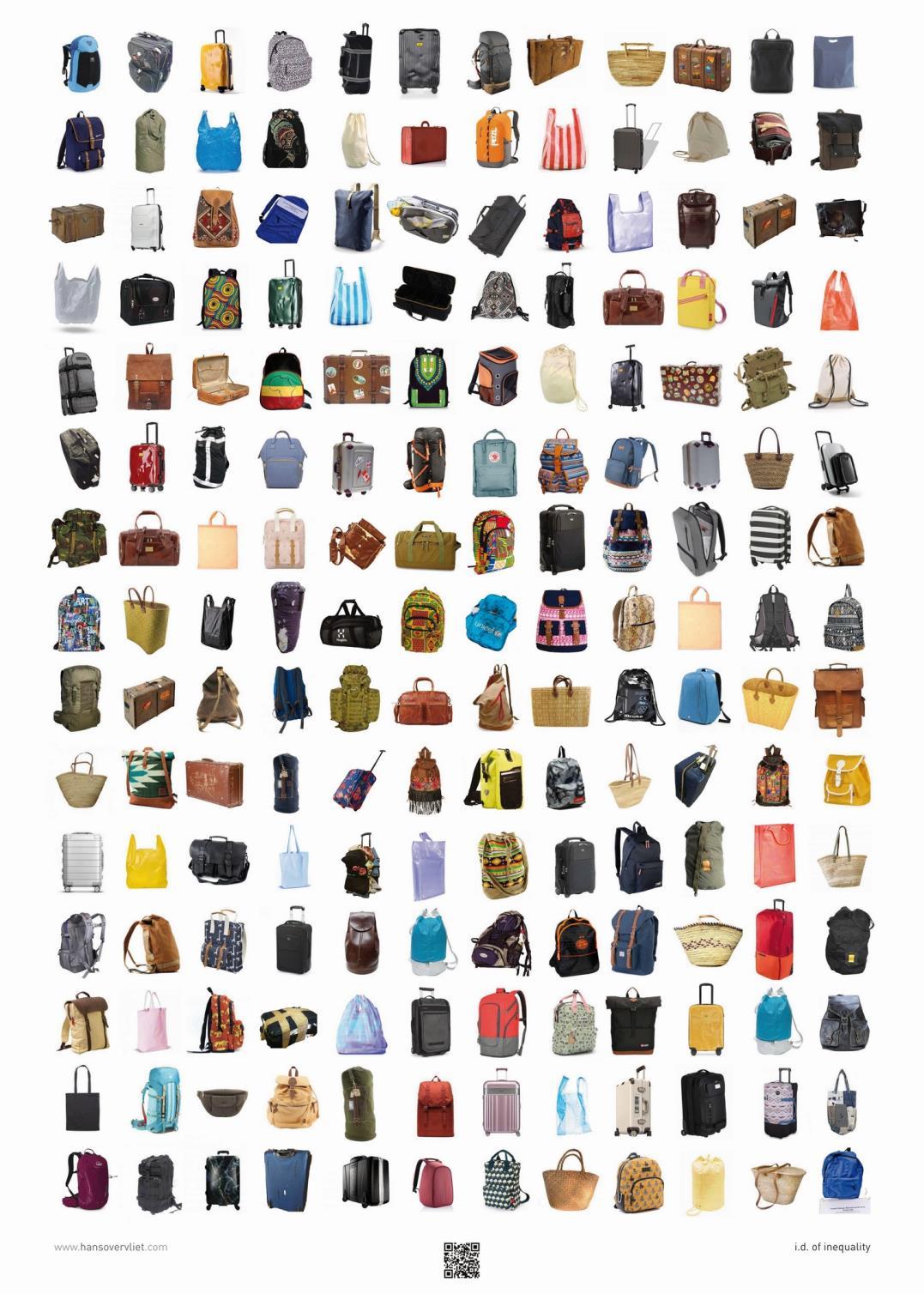
14 Eerste editie | 1 - 50 First edition | 1 - 50
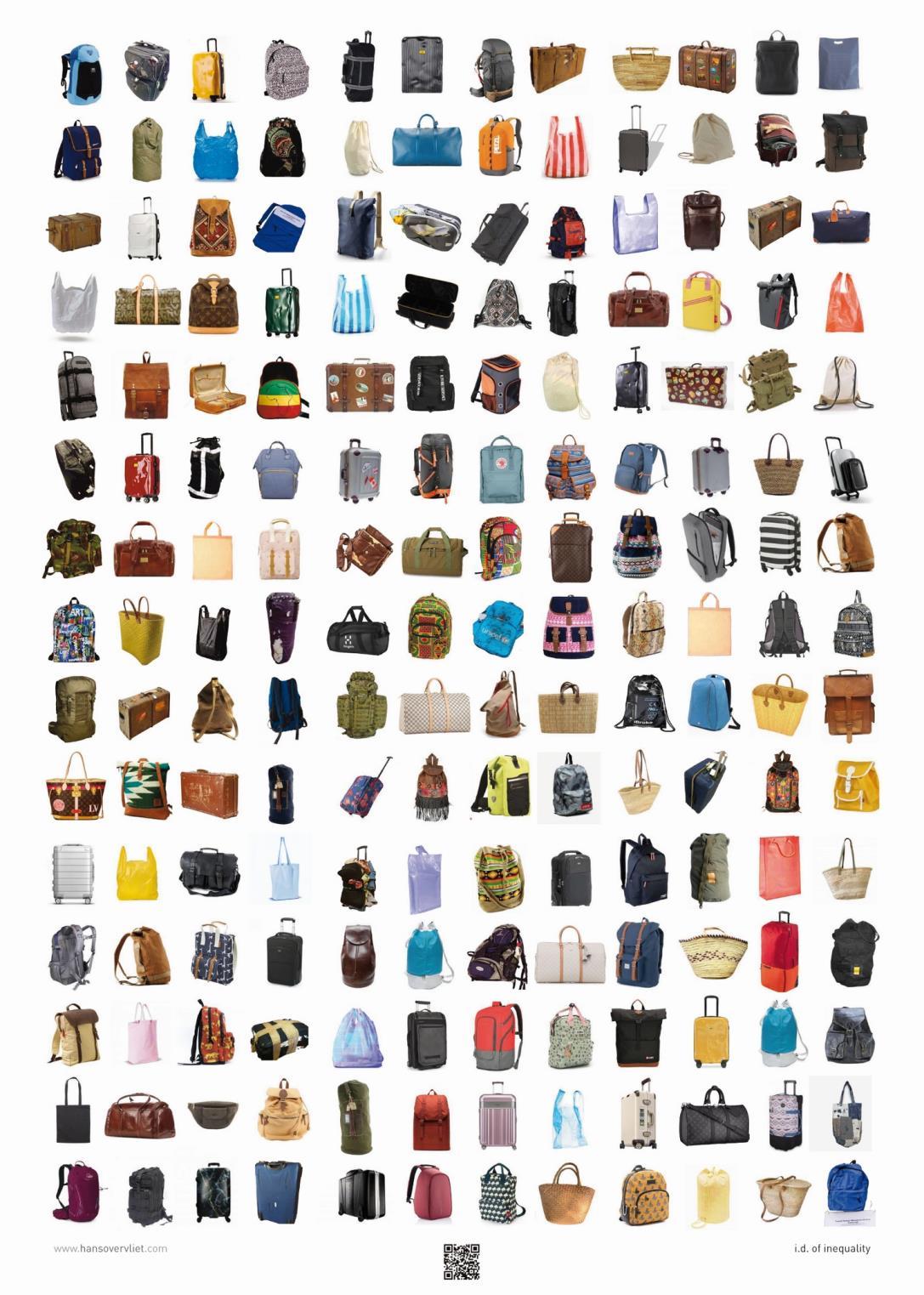
15 Tweede editie | 51 - 100 Second edition

16 Derde editie | 101 - 150 Third edition | 101 - 150
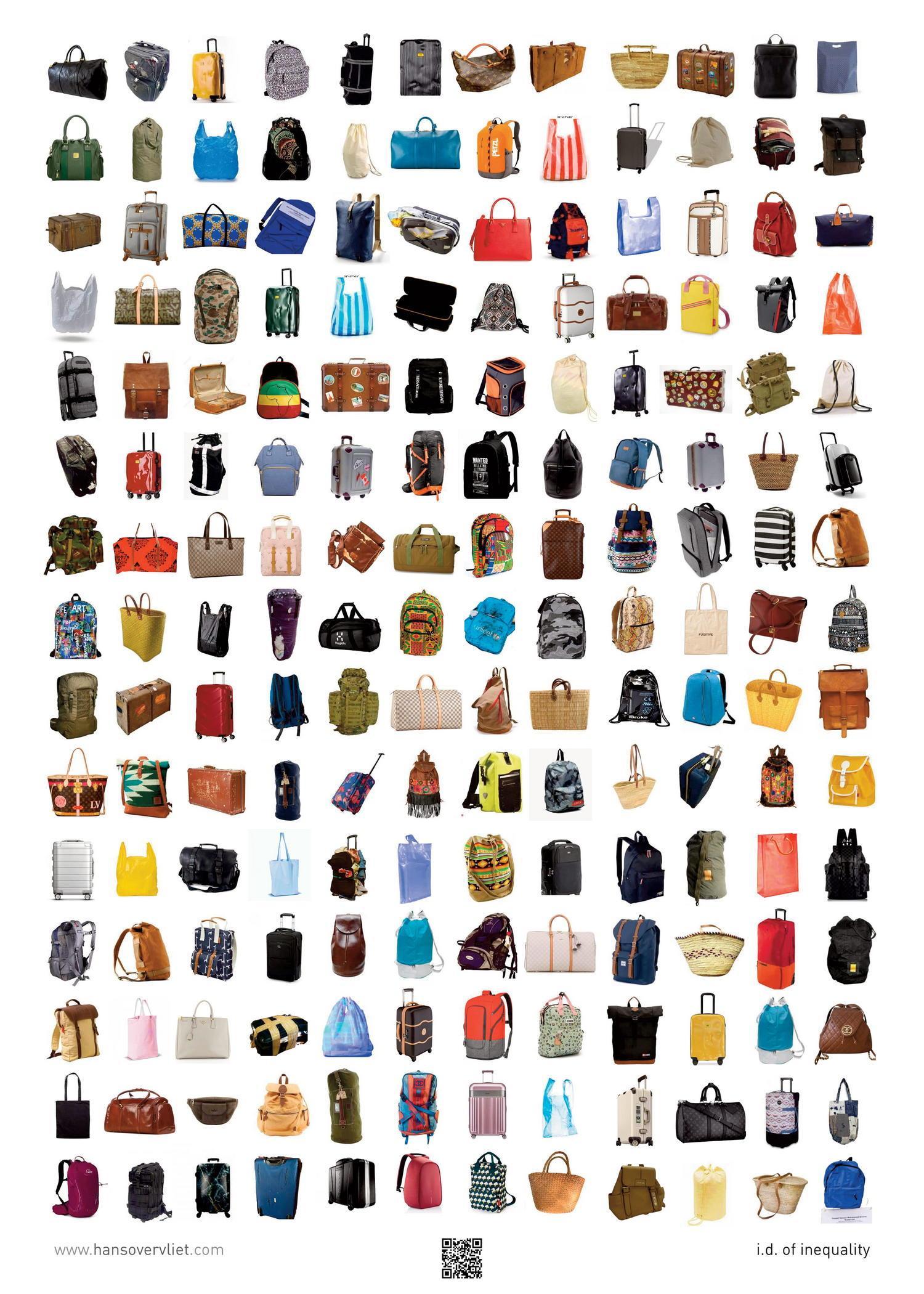
17 Vierde editie | 150 - 175 Fourth edition | 150 - 175
Aanleiding van de vijfde tranche . . .
‘Terwijl het coronapaspoort vrij reizen in het mondiale noorden vergemakkelijkt, zien mensen in het mondiale zuiden hun toegang tot grote delen van de wereld alleen maar verder versperd worden door QR-scanners. “Als je in een arm land woont en wil reizen – bijvoorbeeld om te studeren of familie te bezoeken, wat ieders recht zou moeten zijn – dan is het vaak al ontzettend moeilijk om aan een visum te komen. De invoering van coronapaspoorten maakt dat nog veel moeilijker. Nu moet je namelijk niet alleen aantonen dat je financieel zelfredzaam bent en een reden hebt om het land in te reizen, je moet ook bewijzen dat je gevaccineerd bent met een vaccin dat is goedgekeurd door dat land.
Zelfs vaccins die chemisch identiek zijn aan de vaccins van westerse farmaceuten worden niet goedgekeurd. Het probleem draait om politieke erkenning.” *
Dus zelfs een wereldwijde pandemie draagt bij aan een ongelijkheid in mobiliteit.
Inception of the fifth installment .
‘While the corona passport facilitates free travel in the global north, people in the global south see their access to large parts of the world only further blocked by QR scanners. “If you live in a poor country and want to travel – for example to study or visit family, which should be every-one’s right – it is often very difficult to get a visa. The introduction of corona passports makes that even more difficult. Now you not only have to prove that you are financially self-reliant and have a reason to travel into the country, you also have to prove that you have been vaccinated with a vaccine that has been approved by that country.
Even vaccines that are chemically identical to vaccines from Western pharmaceutical companies are not approved. The problem revolves around political recognition.” *
So even a global pandemic contributes to an inequality in mobility.
* Dr. L.Taylor in de Groene Amsterdammer, 8 november 2021
* Dr. L.Taylor in de Groene Amsterdammer, November 8, 2021
18
. .
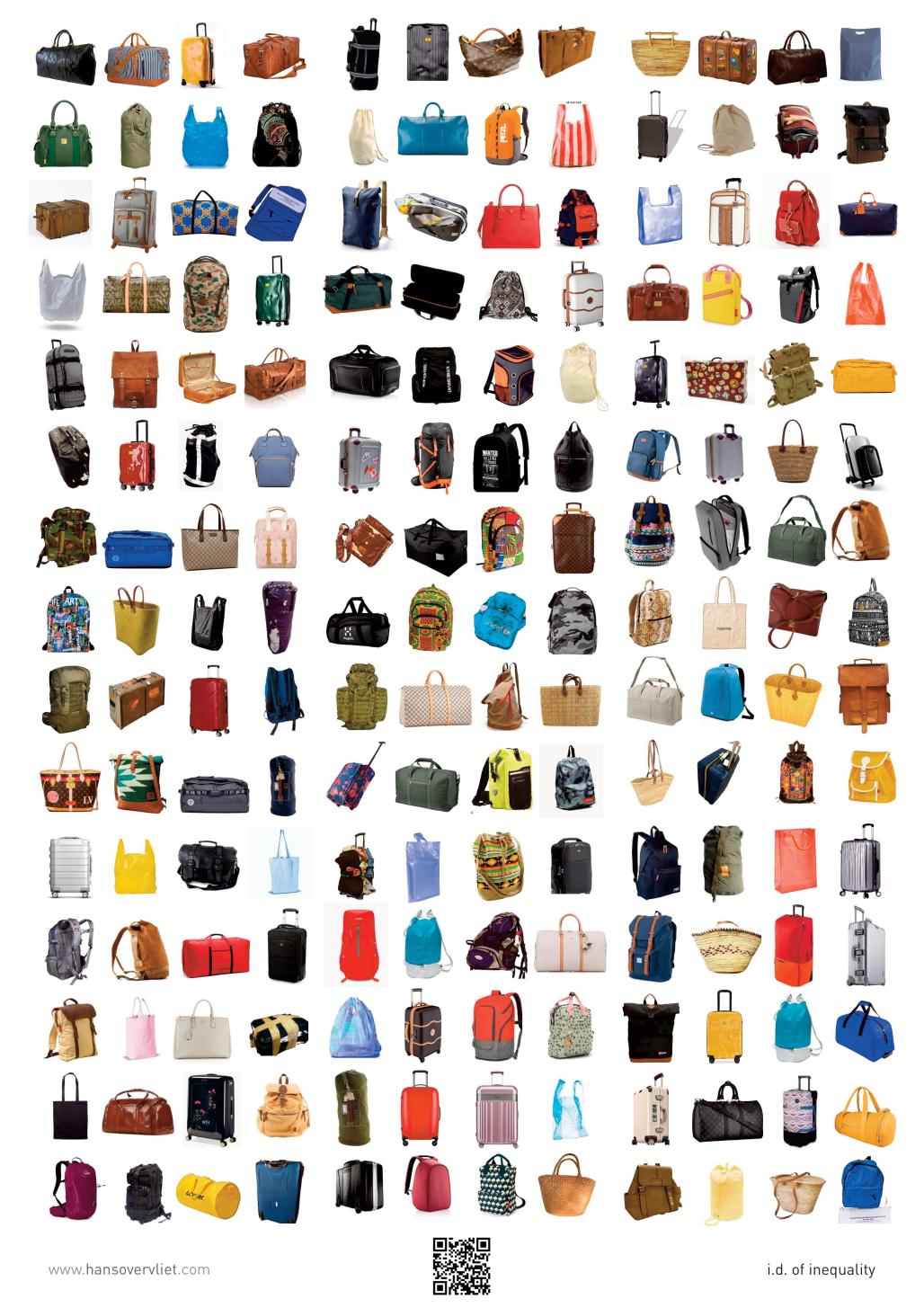
19 Vijfde editie | 175 - 200 Fifth edition | 175 - 200
Aanleiding van de zesde tranche . . .
Núria Bofarull – fotograaf, curatoren goede vriendinintroduceerde het project bij Sebastian van de universiteit van Venetië. Samen met Vensessa.com wordt er in de maand juni een grote manifestatie gehouden tegen het massatoerisme dat Benetië vernietigt en vóór de herbewoning van Venetië. Het getal 49.999 duidt op het onleefbaar lage aantal inwoners van de stad.
Deze editie vond een plek in het onderdeel ‘hedendaagse kunst’. Het wegplakken werd goed gedocumenteerd.
Zie daartoe
Inception of the seventh instalment
Núria Bofarull - photographer, curators close friend -introduced the project to Sebastian at the University of Venice. Together with Vensessa.com, a large manifestation will be held in the month of June against the mass tourism that is destroying Benice and in favour of the reoccupation of Venice. The number 49,999 indicates the city's unlivable low population. This edition found a place in the contemporary art section. The pastingof the posters was well documented. To that end, please see In vista della sesta puntata
Núria Bofarull - fotografa, amica dei curatori - ha presentato il progetto a Sebastian all'Università di Venezia. Insieme a Vensessa.com, nel mese di giugno si terrà una grande manifestazione contro il turismo di massa che sta distruggendo la Benetia e a favore del riallestimento di Venezia. Il numero 49.999 indica la popolazione non vuota della città.
Questa edizione ha trovato posto nella sezione di arte contemporanea. L'incollaggio è stato ben documentato. A tal proposito, si veda
20
. . .
. . .
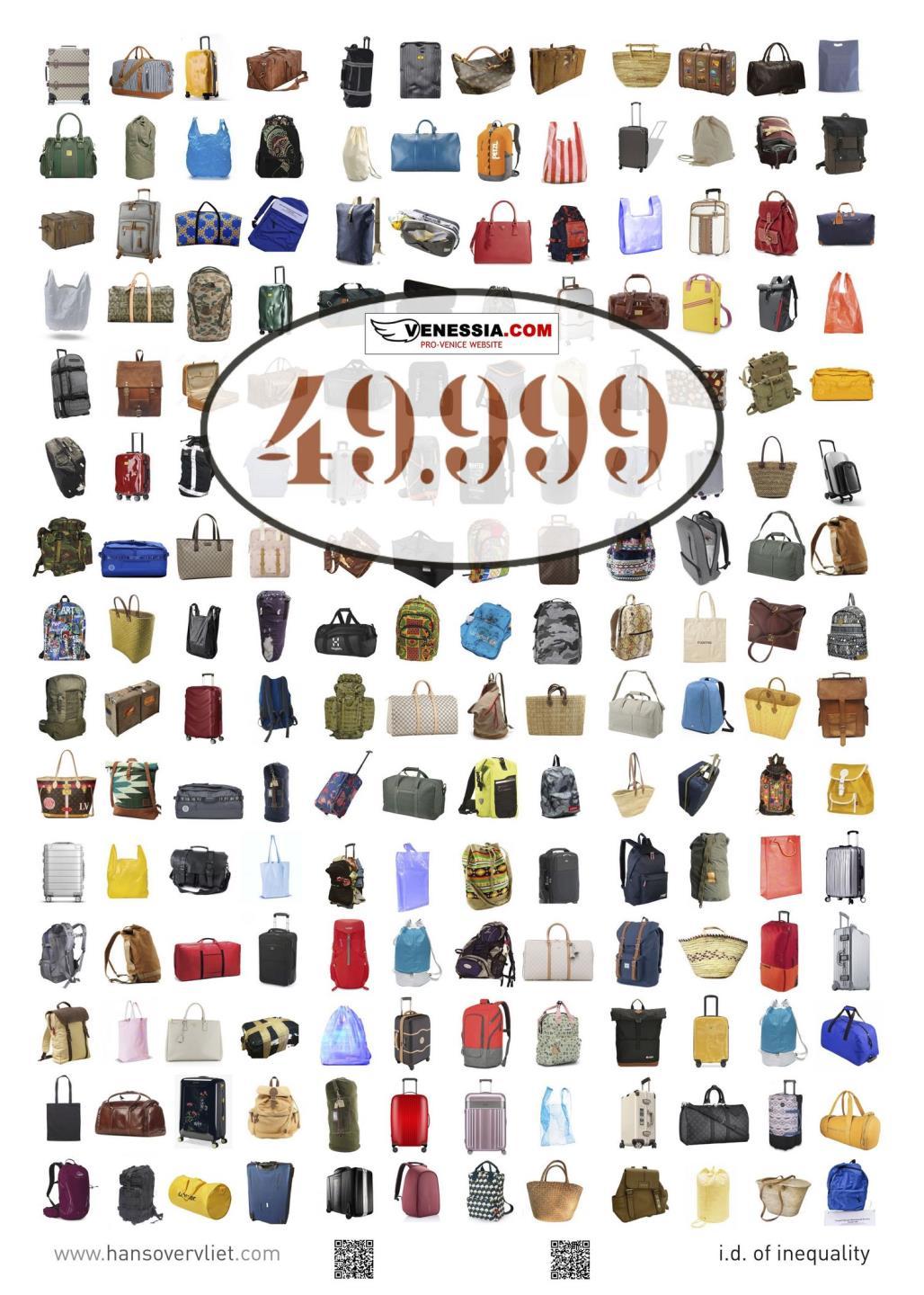
21 Zesde editie | 200 - 225 Sixth edition | 200 - 225
Aanleiding van de zevende tranche . . .
Op de een of andere manier genereerde het voorstel van Núria om de poster onderdeel te maken van een kunstmanifestatie tegen het massatoerisme in Venetië en vóór herbewoning van de stad, energie bij mij en als tegelijkertijd bij anderen.
Vanuit het niets kwamen er mails binnen van collega’s, vrienden, familie en bevriende kunstinstituten dat men weer op reis ging en of het gewenst was dat men een poster zou meenemen en zo een bijdrage te leveren aan het project en haar kwestie.
De vraag of de poster nu in het domein van ‘greentravelling’ is gekomen fascineert ten zeerste . . .
Inception of the seventh instalment . . .
Somehow, Núria's proposal to make the poster part of an art manifestation against mass tourism in Venice and in favour of reoccupying the city, generated energy in me and as at the same time in others.
Out of the blue, emails arrived from colleagues, friends, family and befriended art institutions that again one was travelling and whether it would be desirable for one to bring a poster and by doing so to contribute to the project and its issue.
The question of whether the poster has now entered the realm of 'greentravelling' is deeply fascinating . . .
22

23 Zevende editie | 225 - 275 Seventh edition | 225 - 275
werk #2 - posters in openbare ruimten | work #2 - posters in public spaces
24
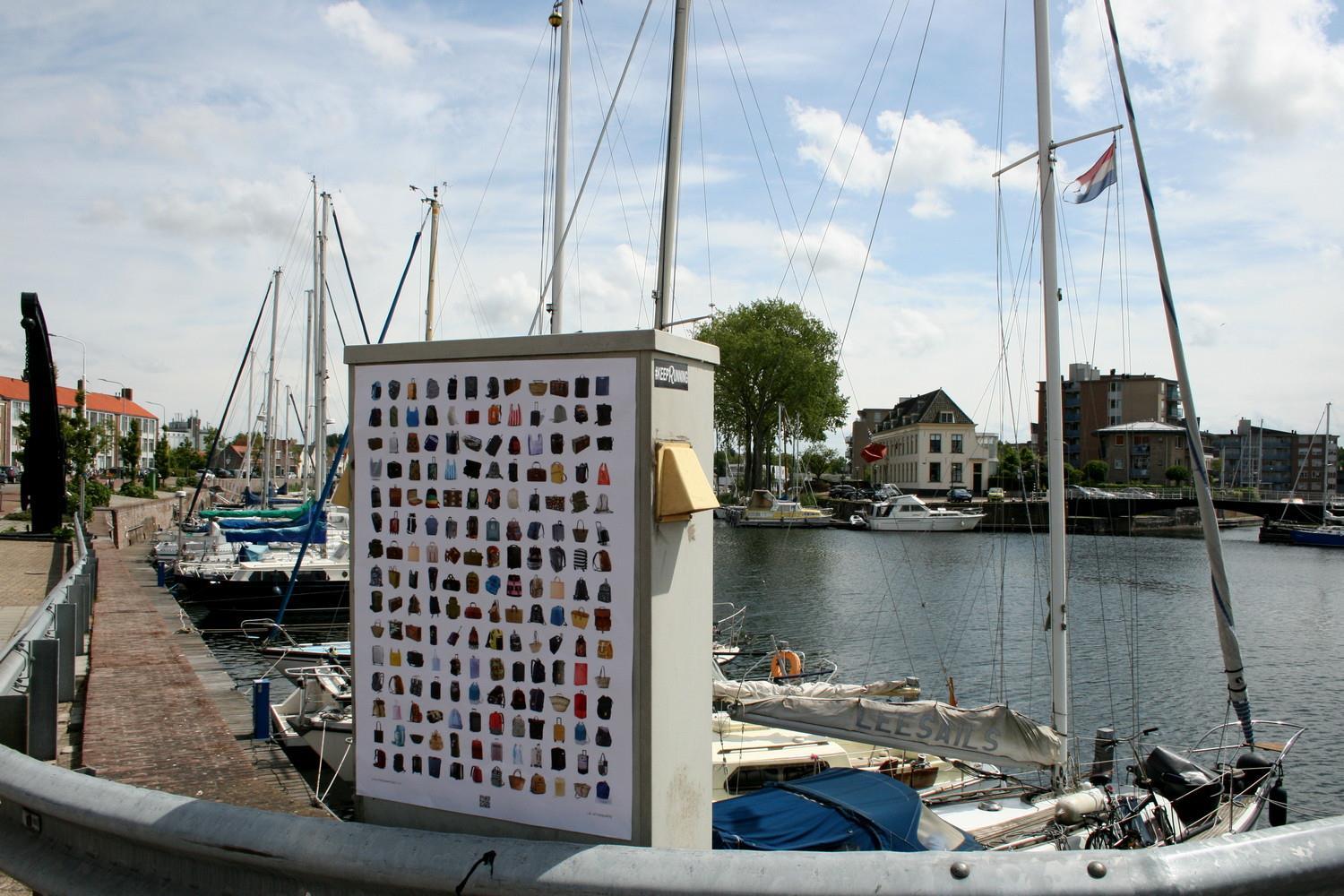
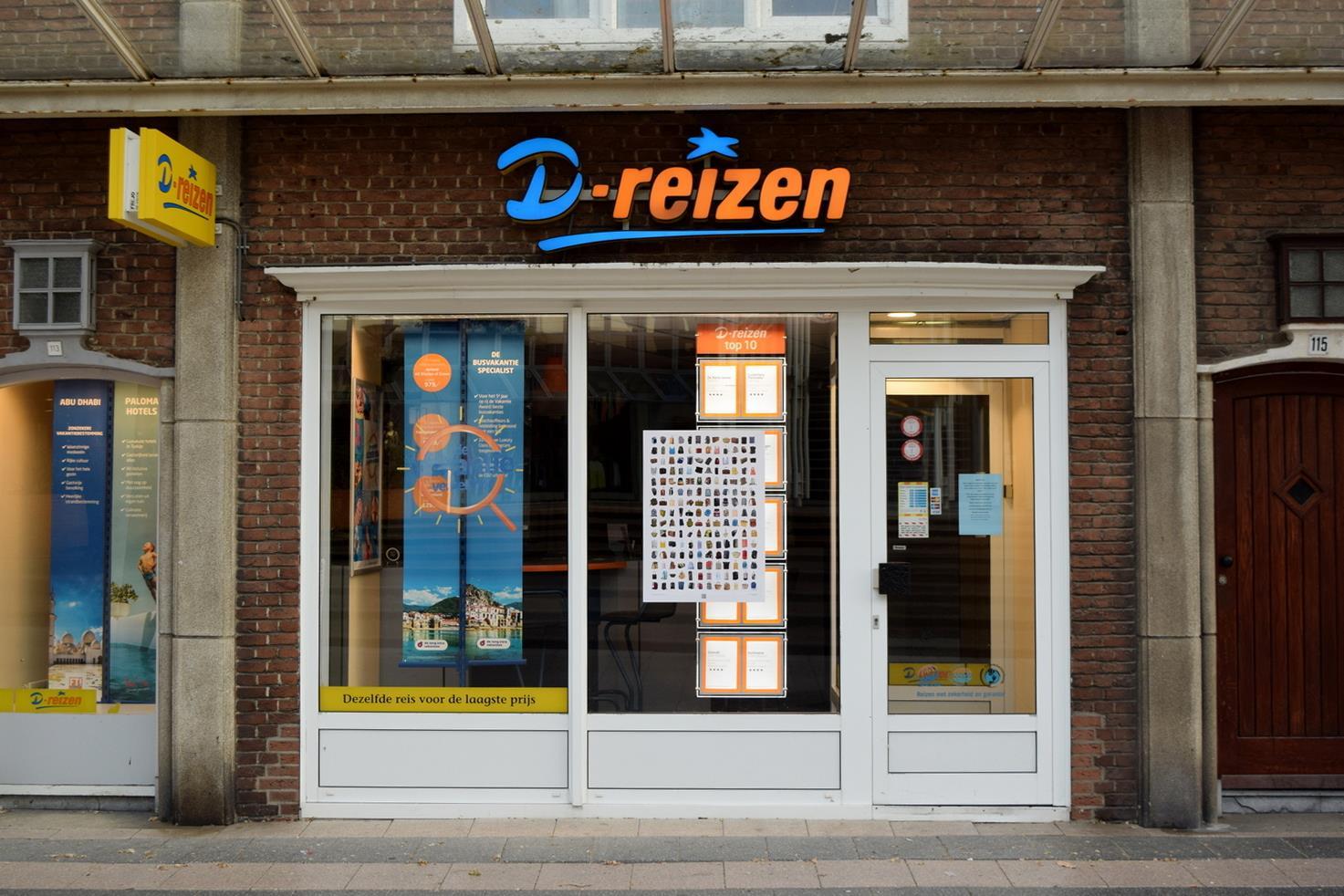
25
VlissingenNL | 20/05/’20 MiddelburgNL | 16/05/’20
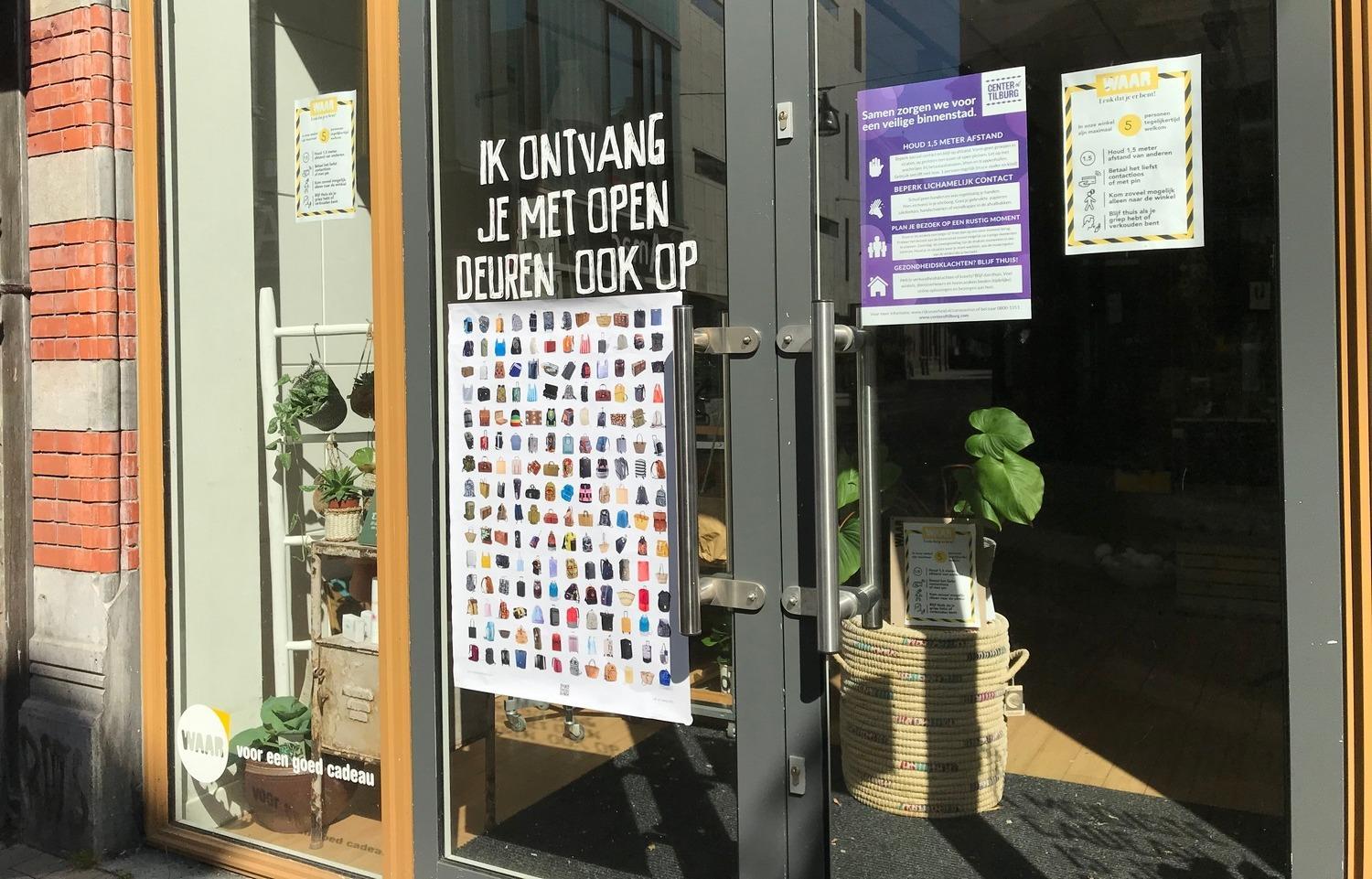

26 TilburgNL
Edinburgh
| 24/05/’20
SCH | 26/05/’20
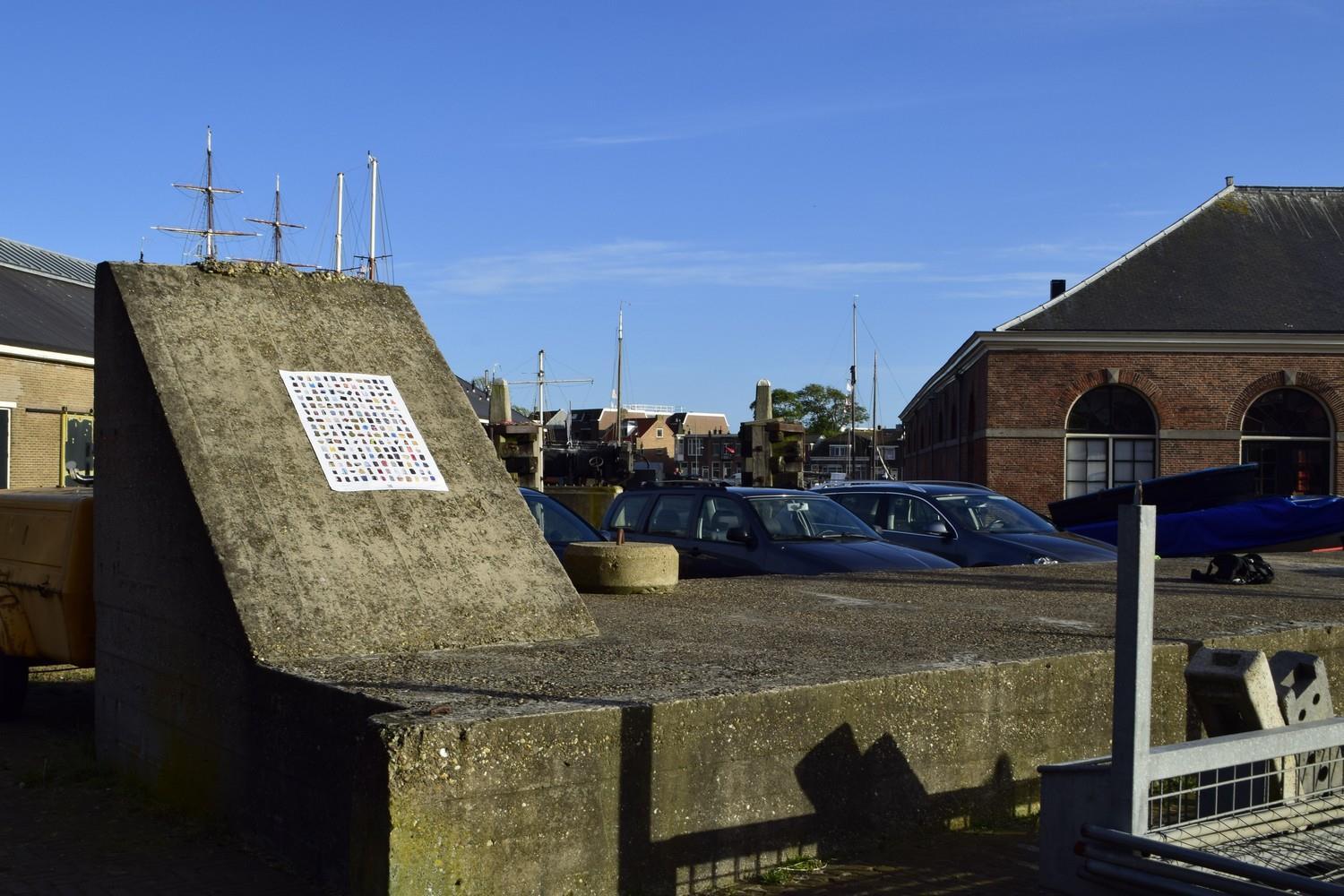
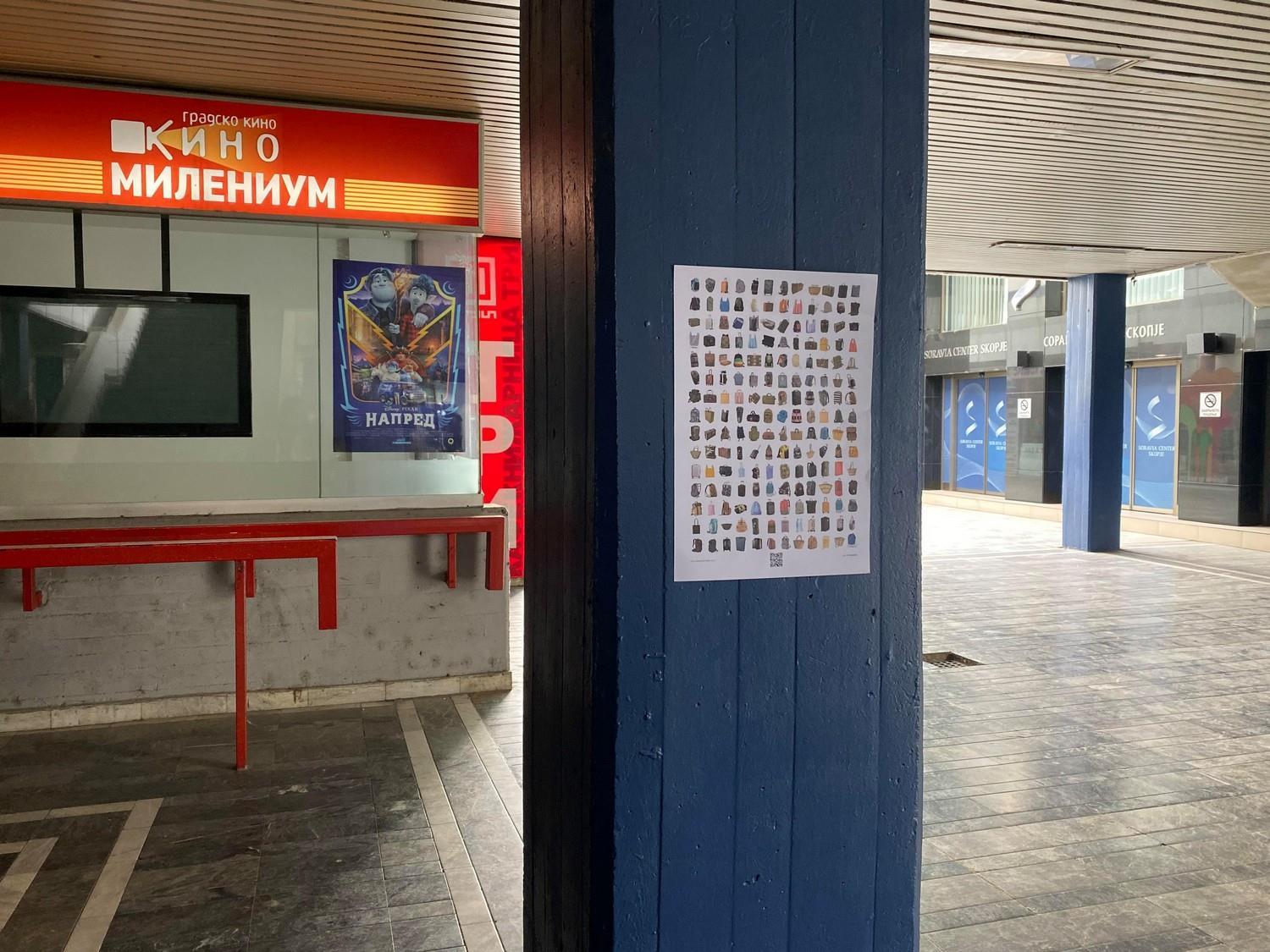
27 Den
NL | 27/05/’20 Skopje
Helder
MK | 01/06/’20


28 WarenburgNL | 31/05/’20 [ txt: Art that you remember ] SchottheideDE | 01/06/’20


29 SchottheideDE | 01/06/’20 SkopjeMK | 01/06/’20 BredaNL | WITTE ROOK | 01/06/’20 OostendeB | 03/06/’20
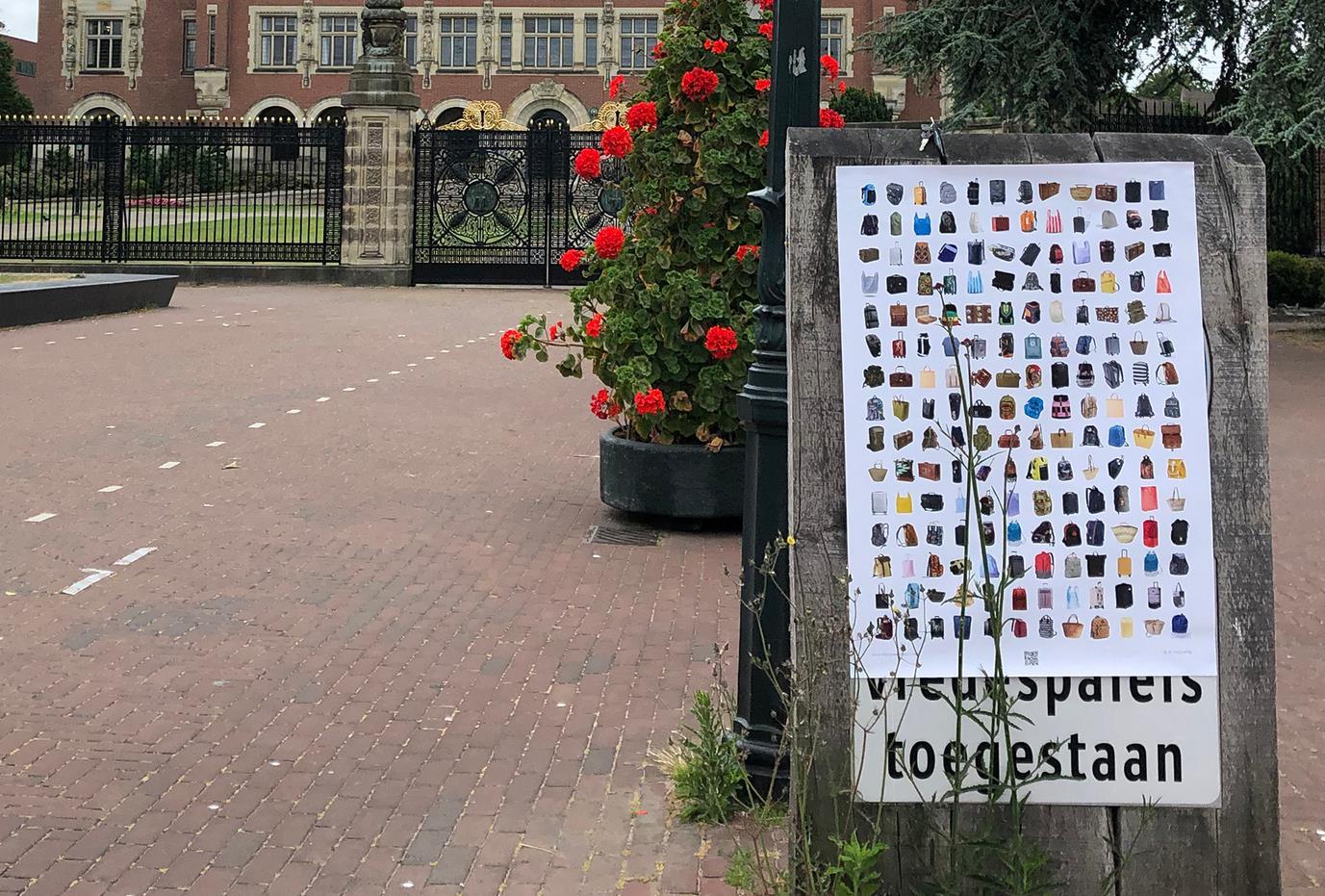
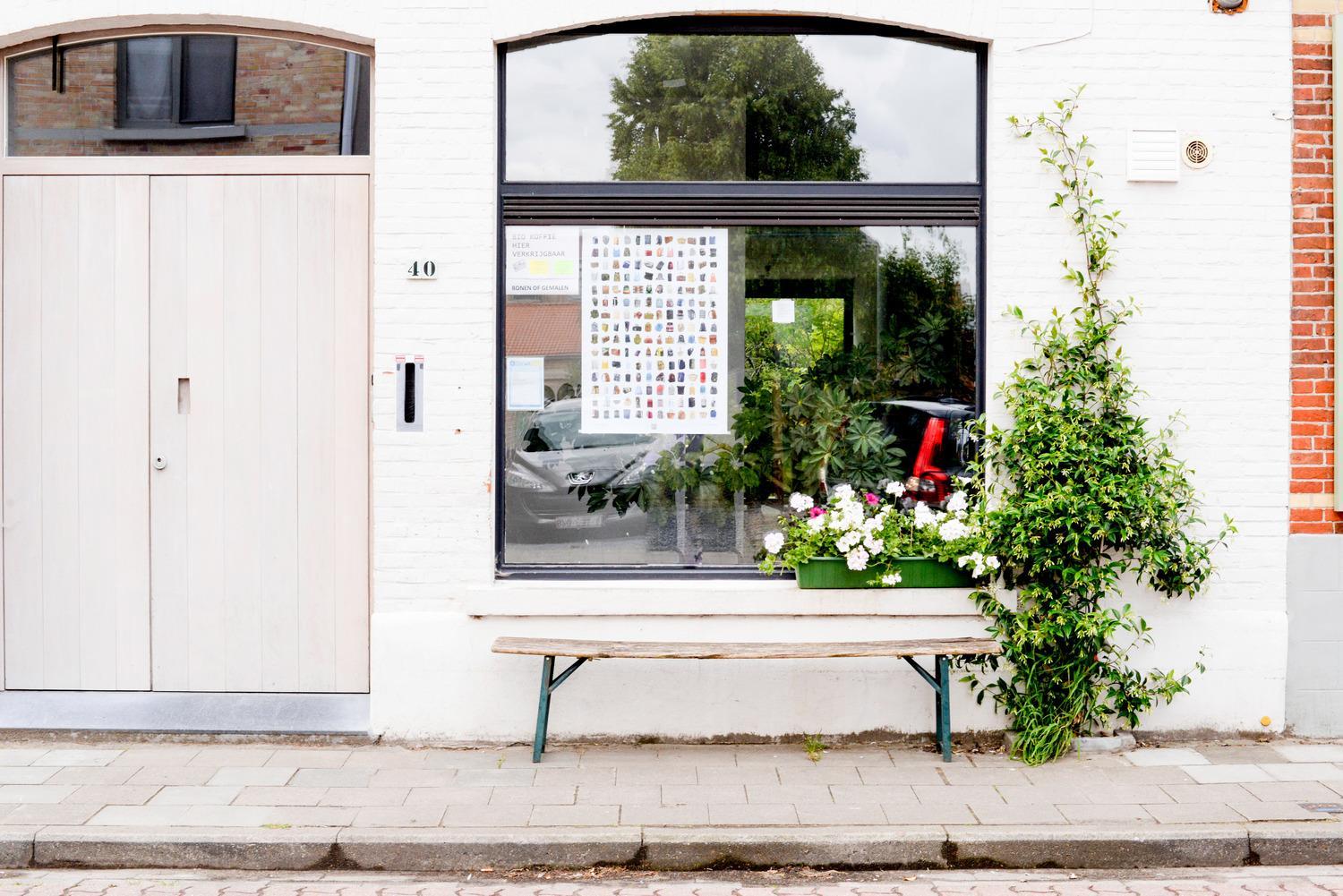
30 Den HaagNL [ The Hague ] | 04/06/’20 Sint KruisB | 08/06/’20


31 SkopjeMK | 24/05/’20 MiddelburgNL | 08/06/’20
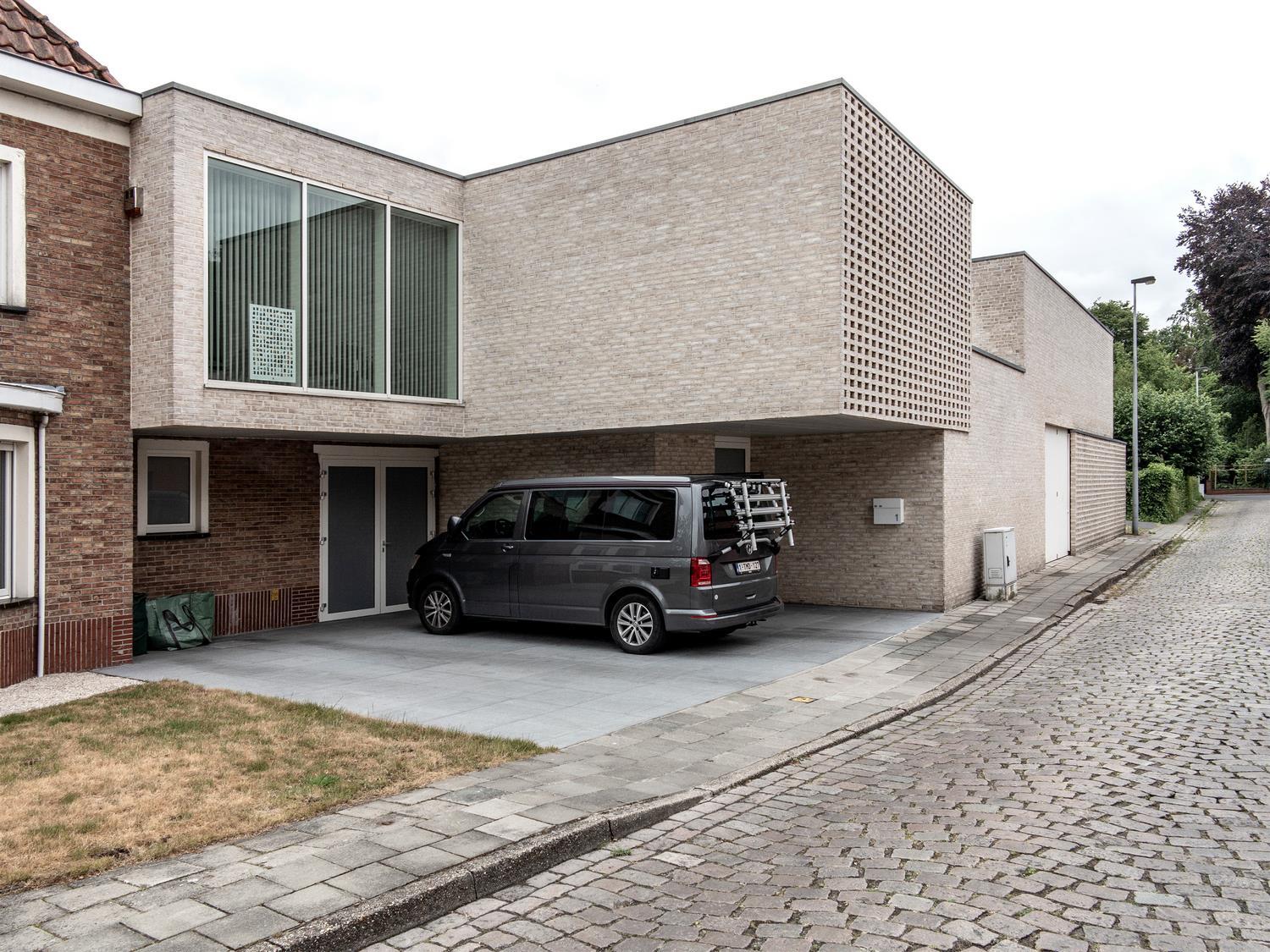

32
AssebroekB | 09/06/’20
AntwerpenB | 10/06/’20
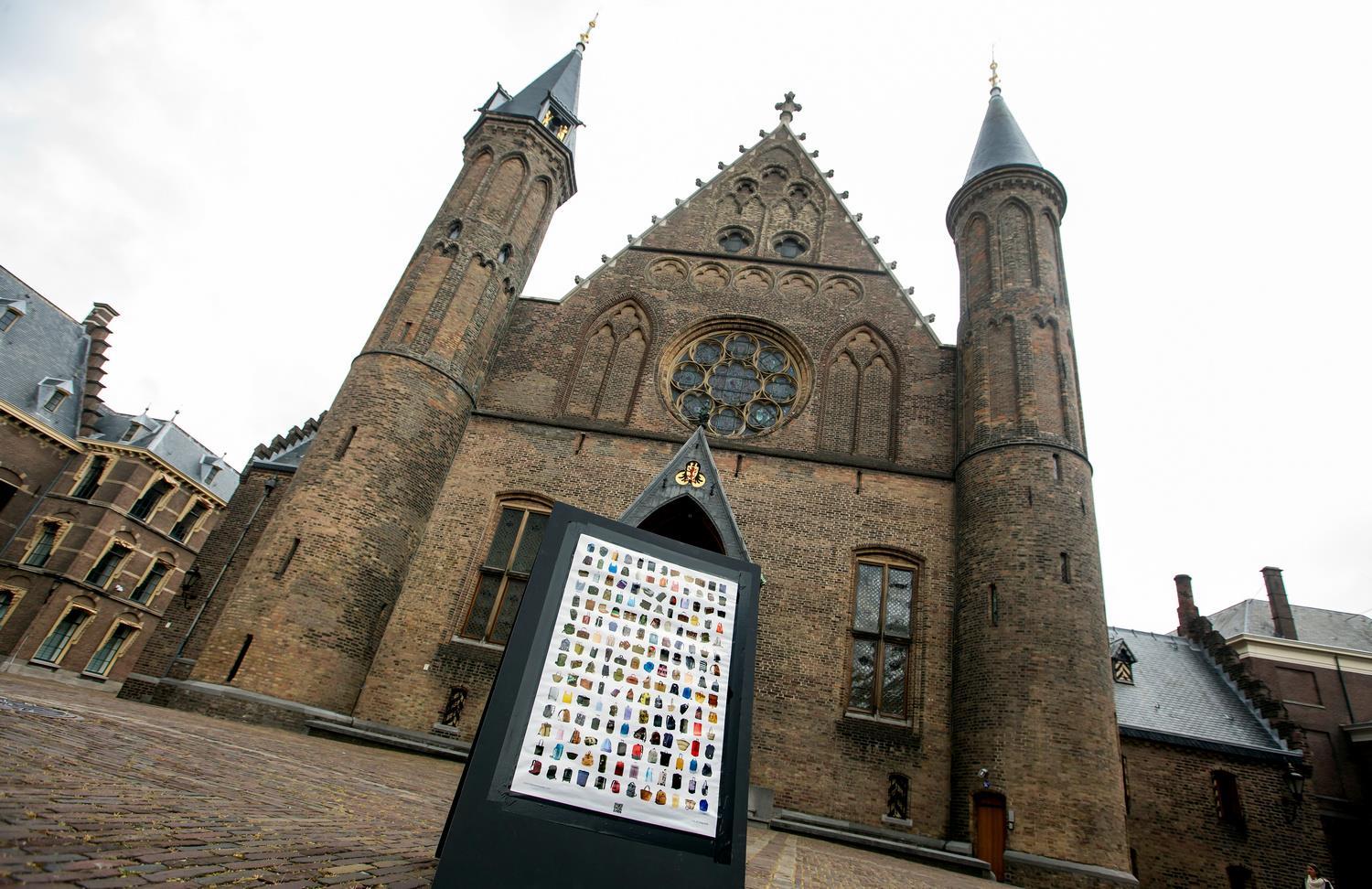
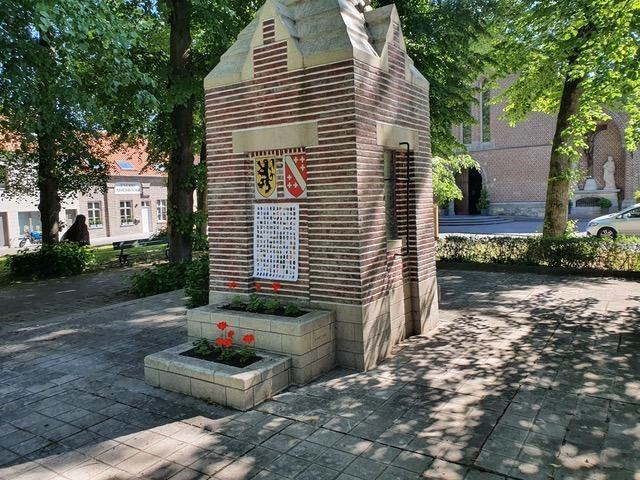
33 The HagueNL |
Binnenhof-Ridderzaal | ©Photo Rober Goddyn | 11/06/’20
AssebroekB | 12/06/’20

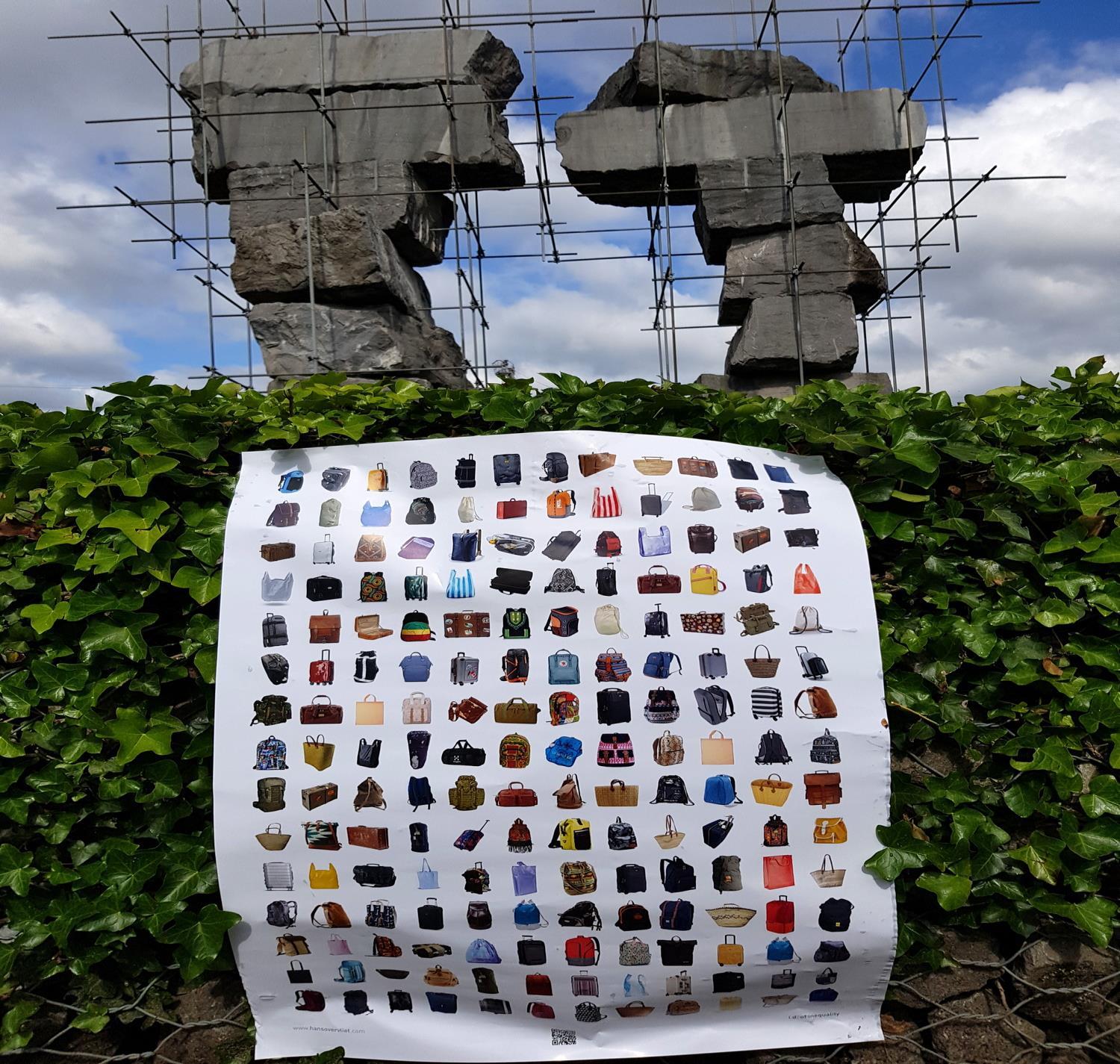
34 RotterdamNL | 18/06/’20 BruggeB | 19/06/’20
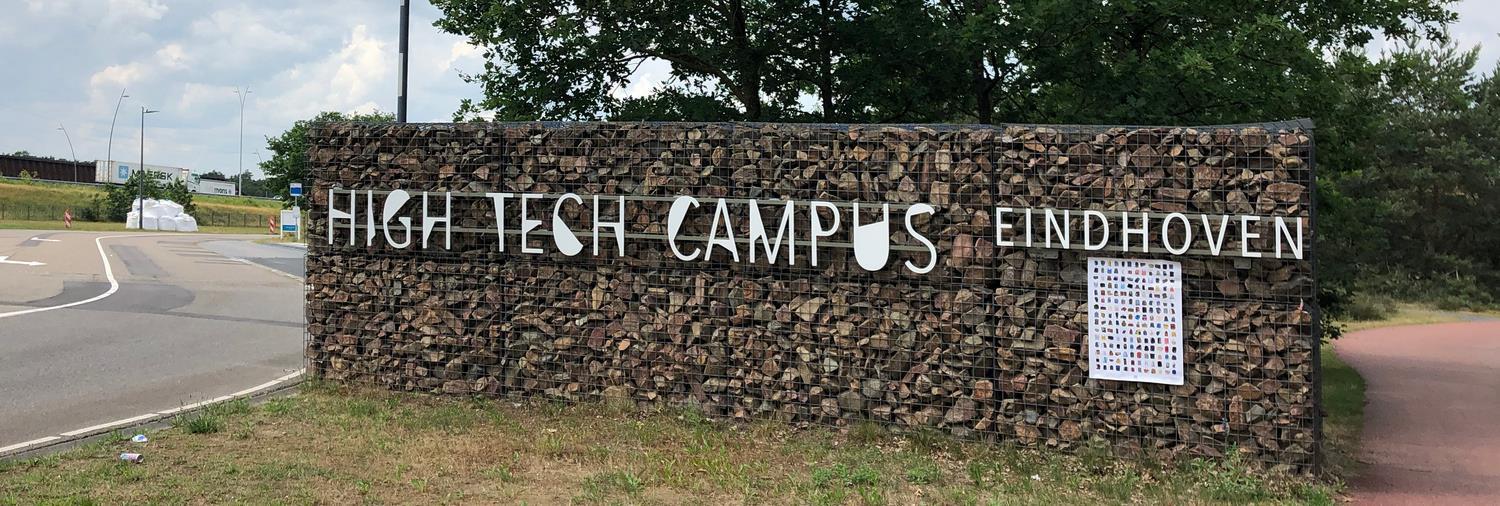
35 EindhovenNL | 15/06/’20


36 LeuvenB | 20/06/’20 VlissingenNL | 20/06/’20

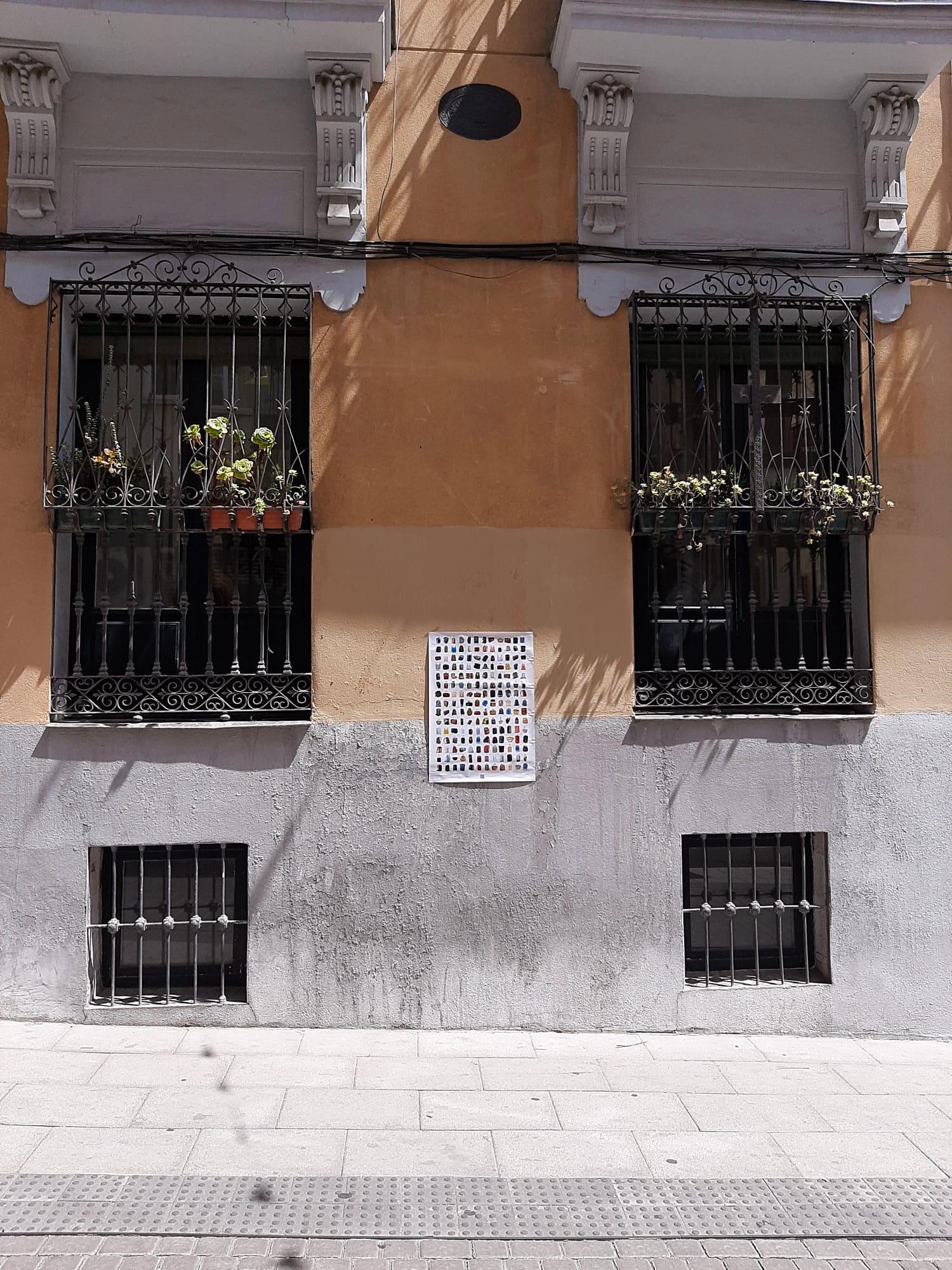
37
MadridESP | 26/06/’20
Larrés (Huesca)ESP | 18/06/’20
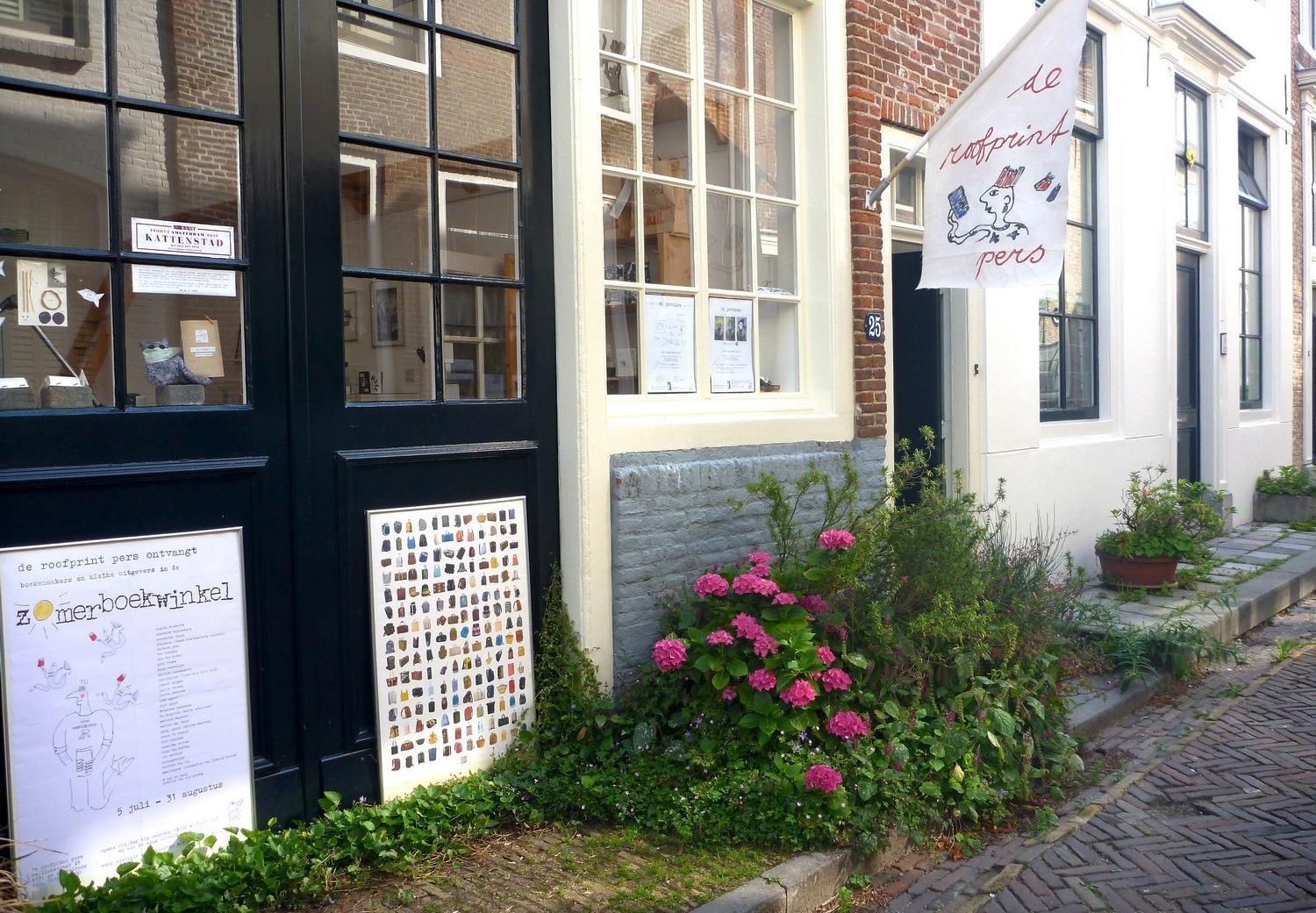

38 MiddelburgNL | de Roofprintpers | 26
RotterdamNL
/06/’20
| 27/06/’20
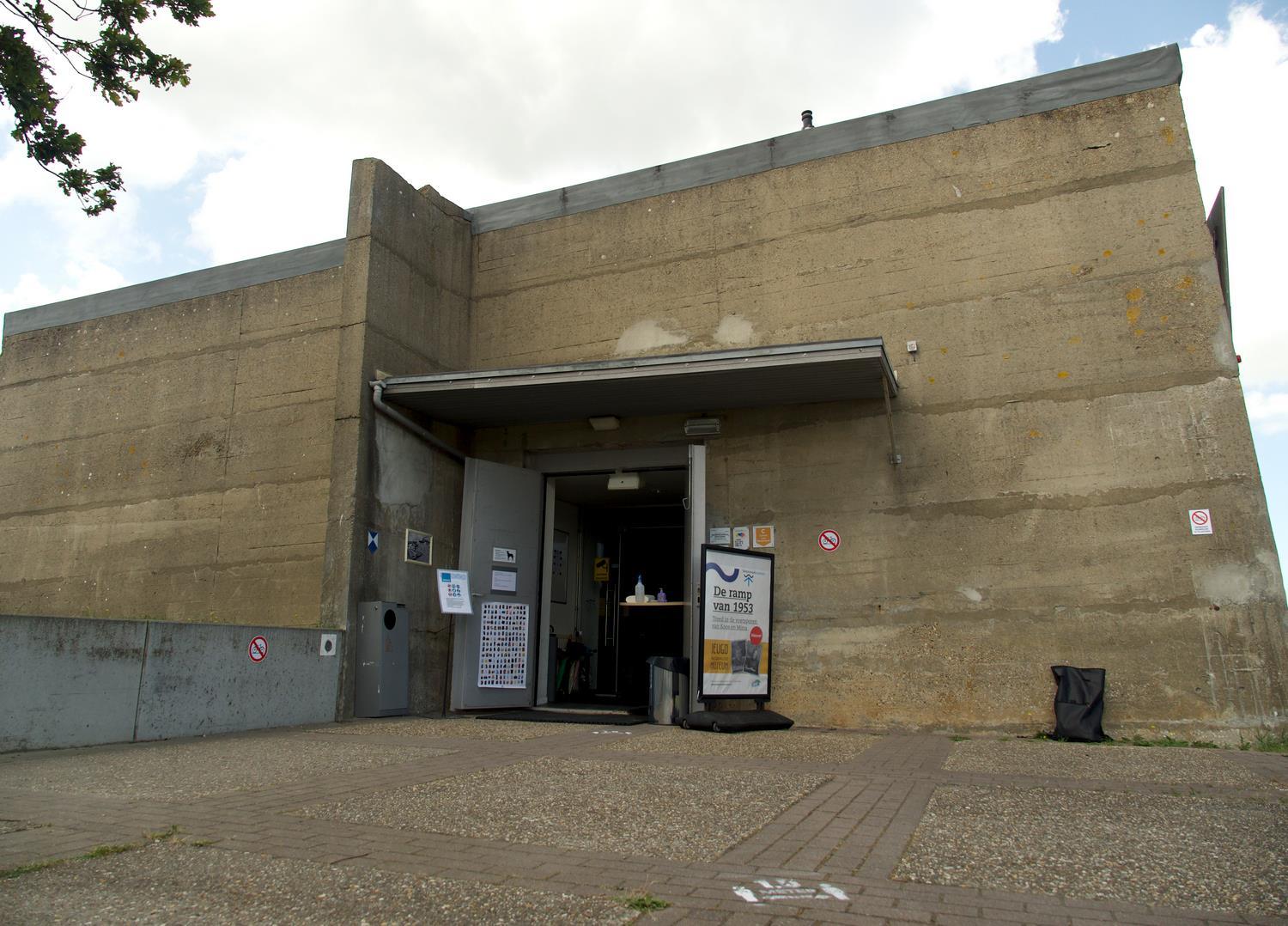
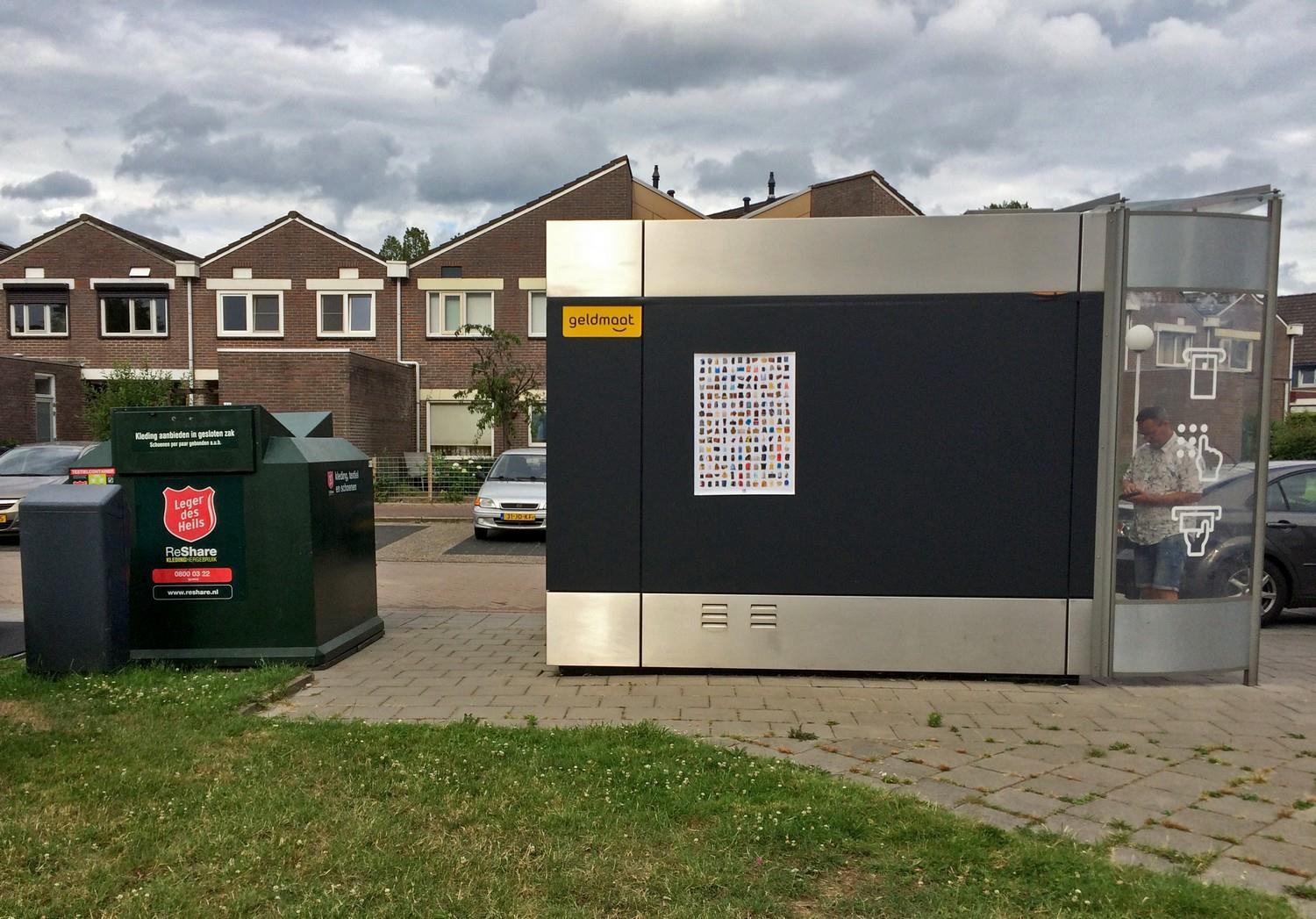
39 OuwerkerkNL | Watersnoodmuseum / Flood Museum | 28/06/’20 GoesNL | 28/06/’20

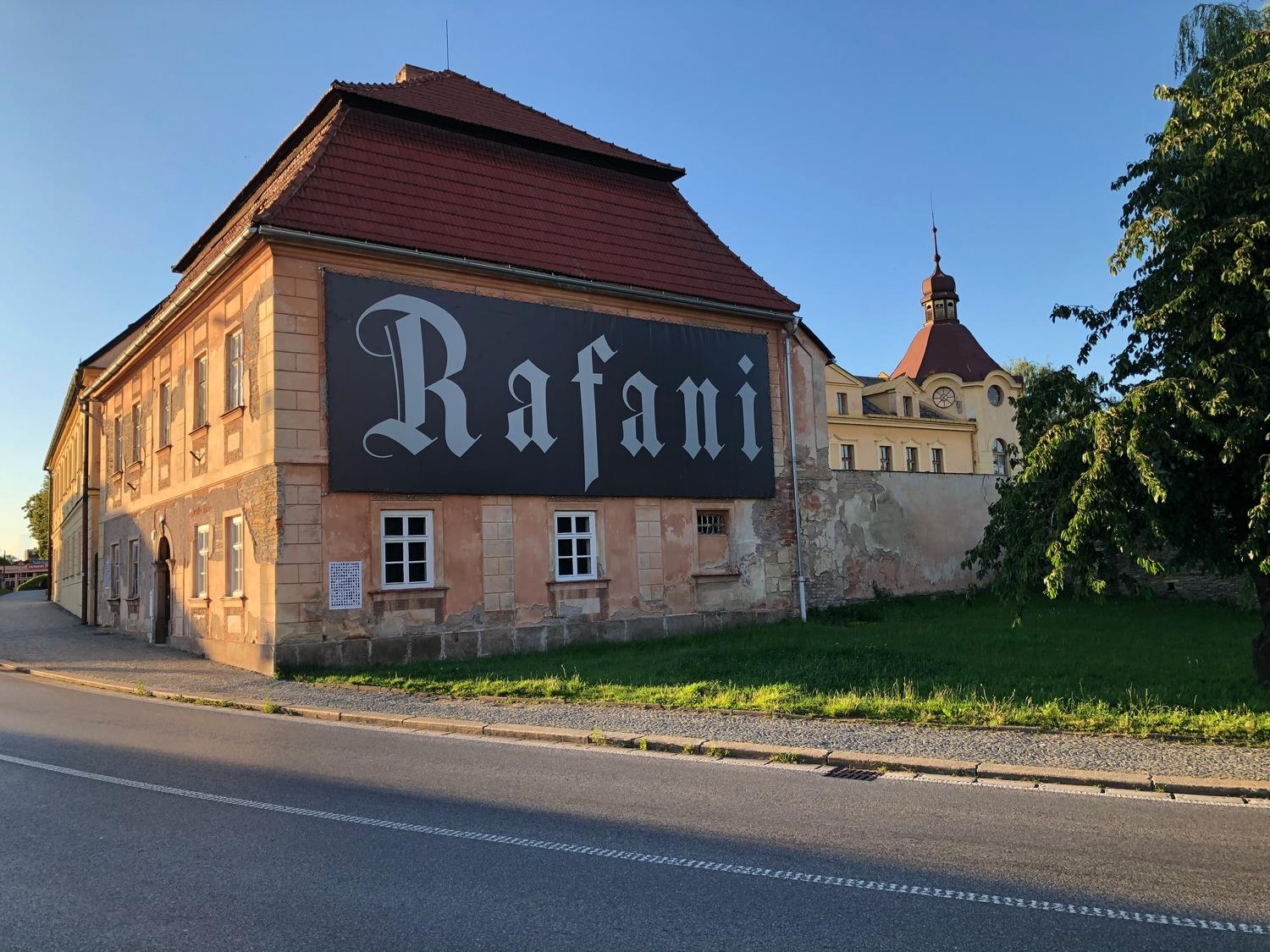
40
Česká Skalice | Luxfer Open Space / Luxfer Gallery | 01/07/’20


41 GazaPS | 03/07 & 04/07/’20
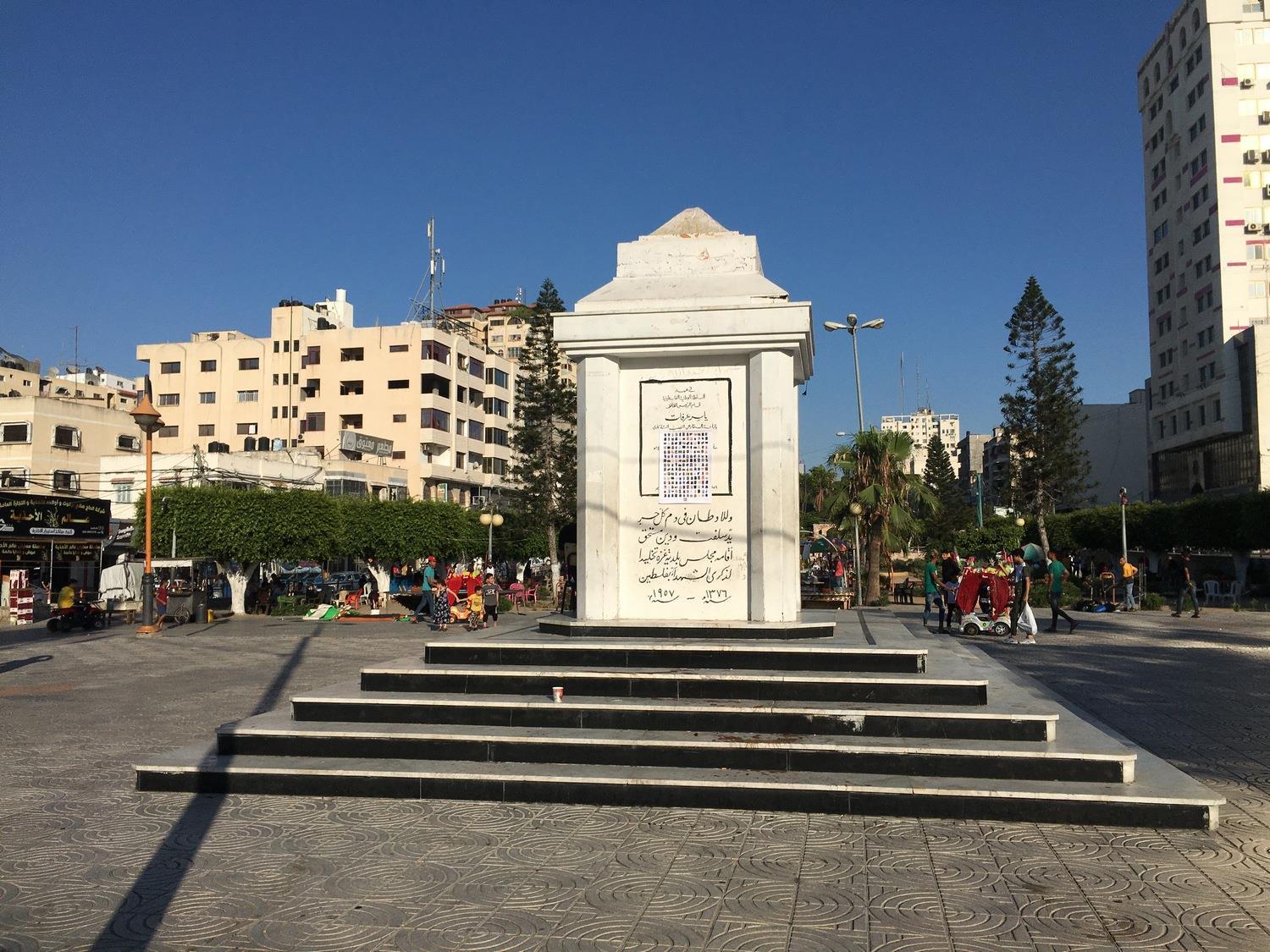

GazaPS | 03/07 & 04/07/’20 Millingen aan de RijnNL | 06/07/’20
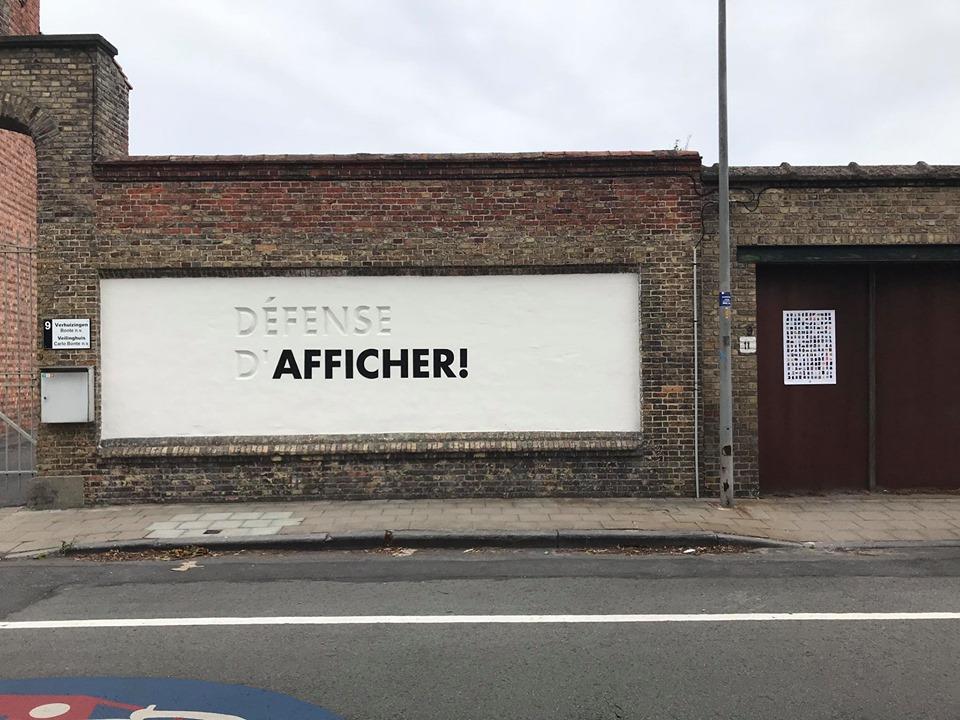
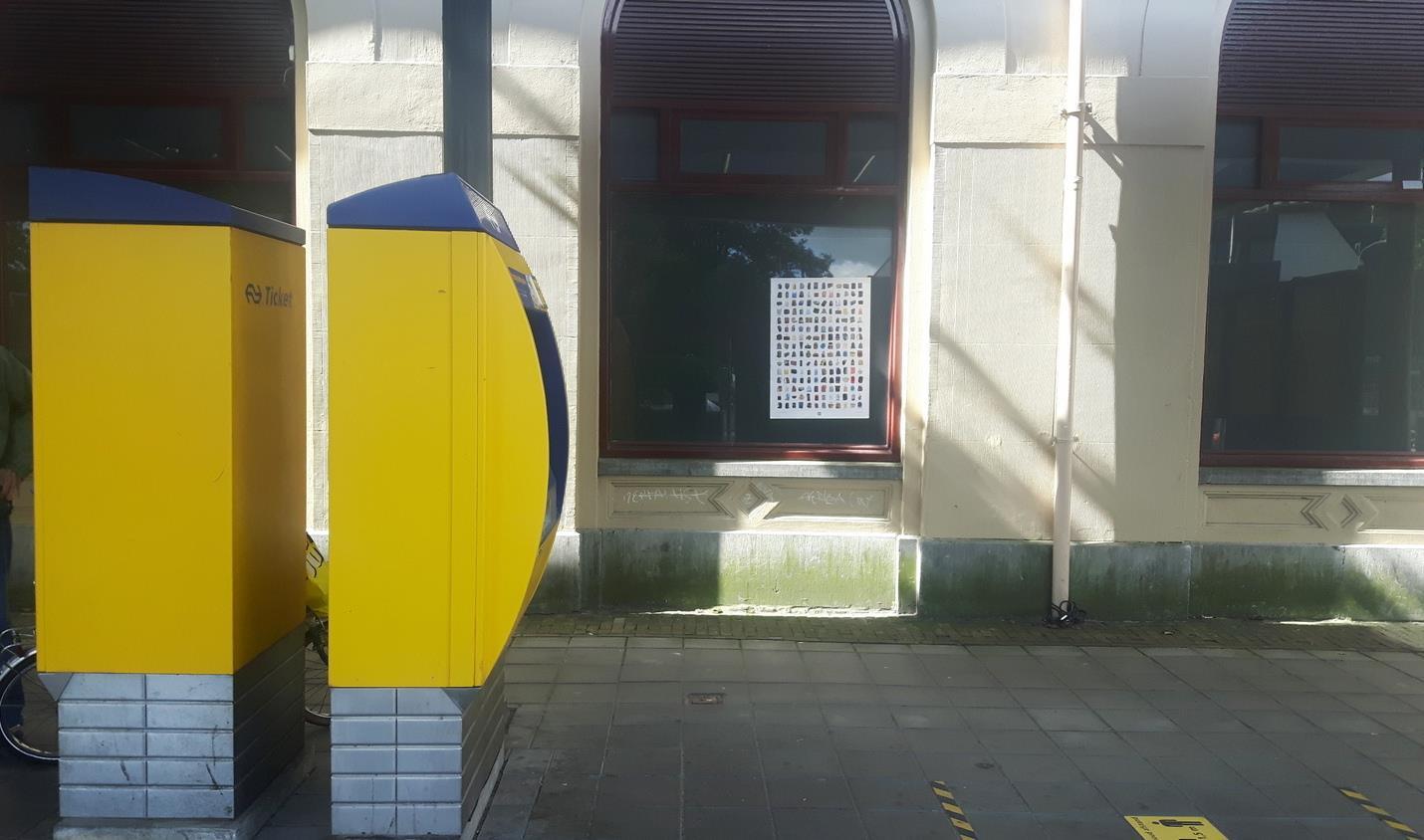
43 BruggeB | artwork Jan Verhaeghe | 07/07/’20 ZwolleNL | 12/07/’20

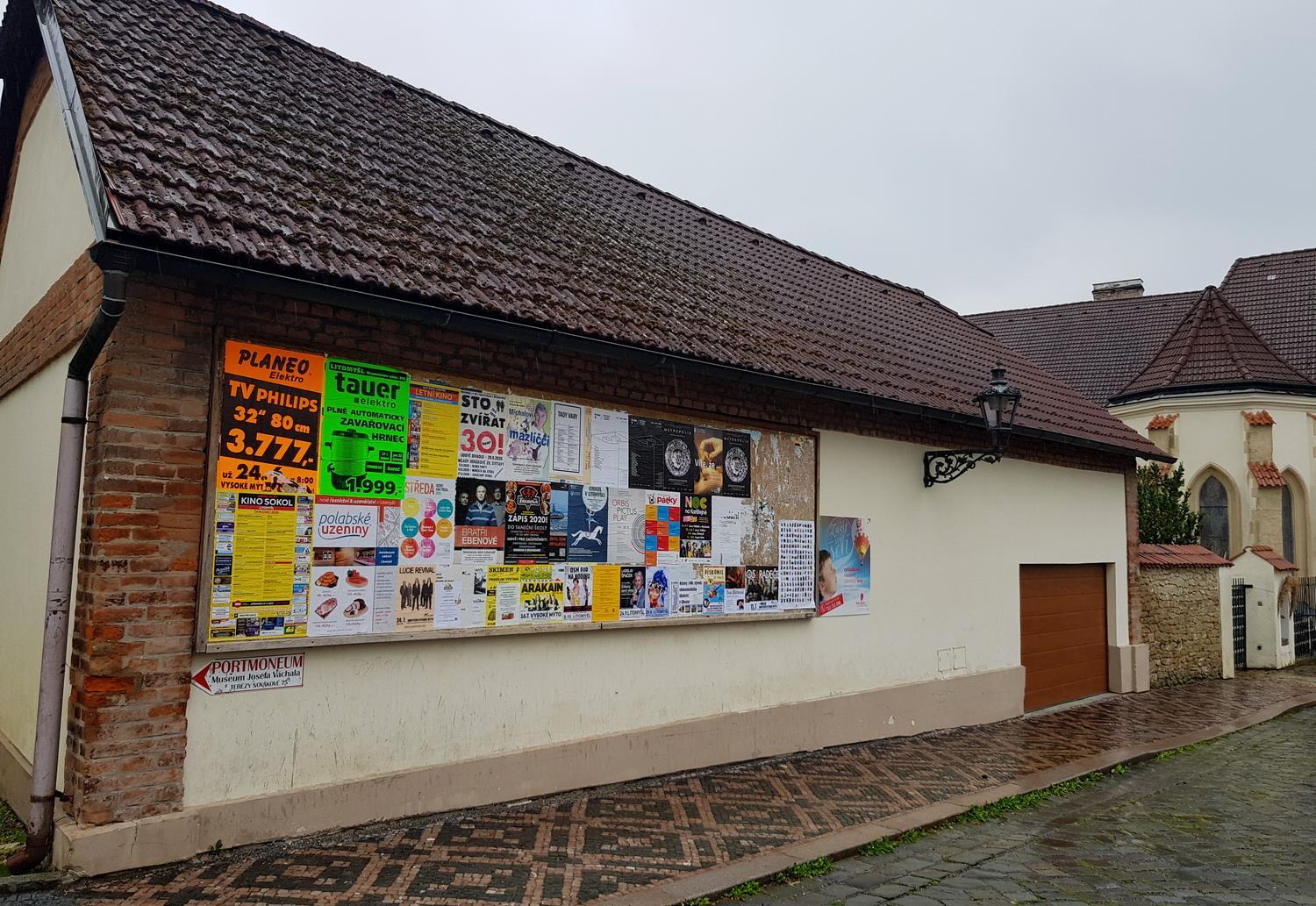
44 BruggeB | 12/07/’20 LitomyšlCZ | 12/07/’20


45 TrenčínCZ | 12/07/’20 BrnoZC | 12/07/’20


46 BrnoCZ | 12/07/’20
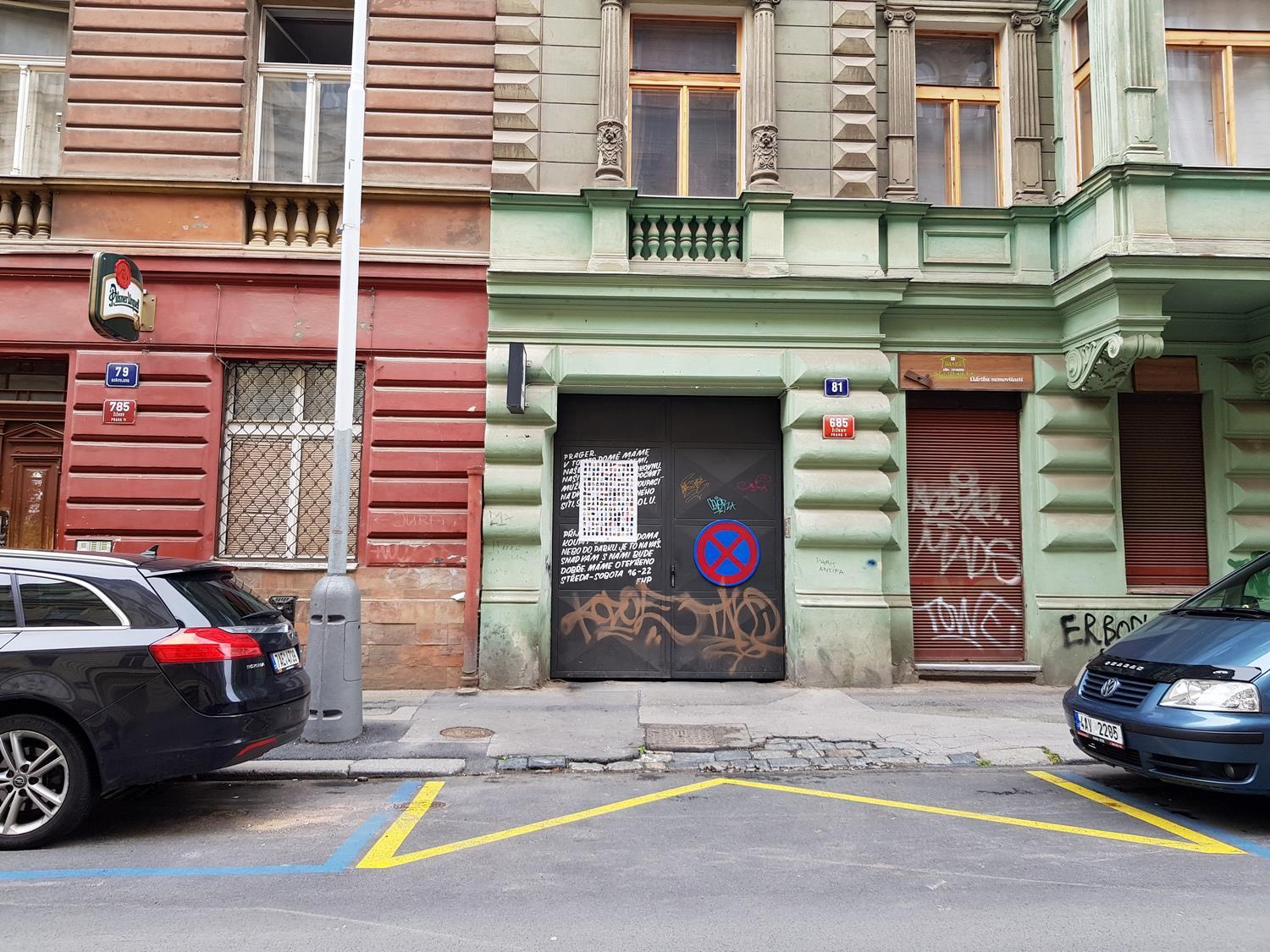

47
PragueCZ | 13/07/’20

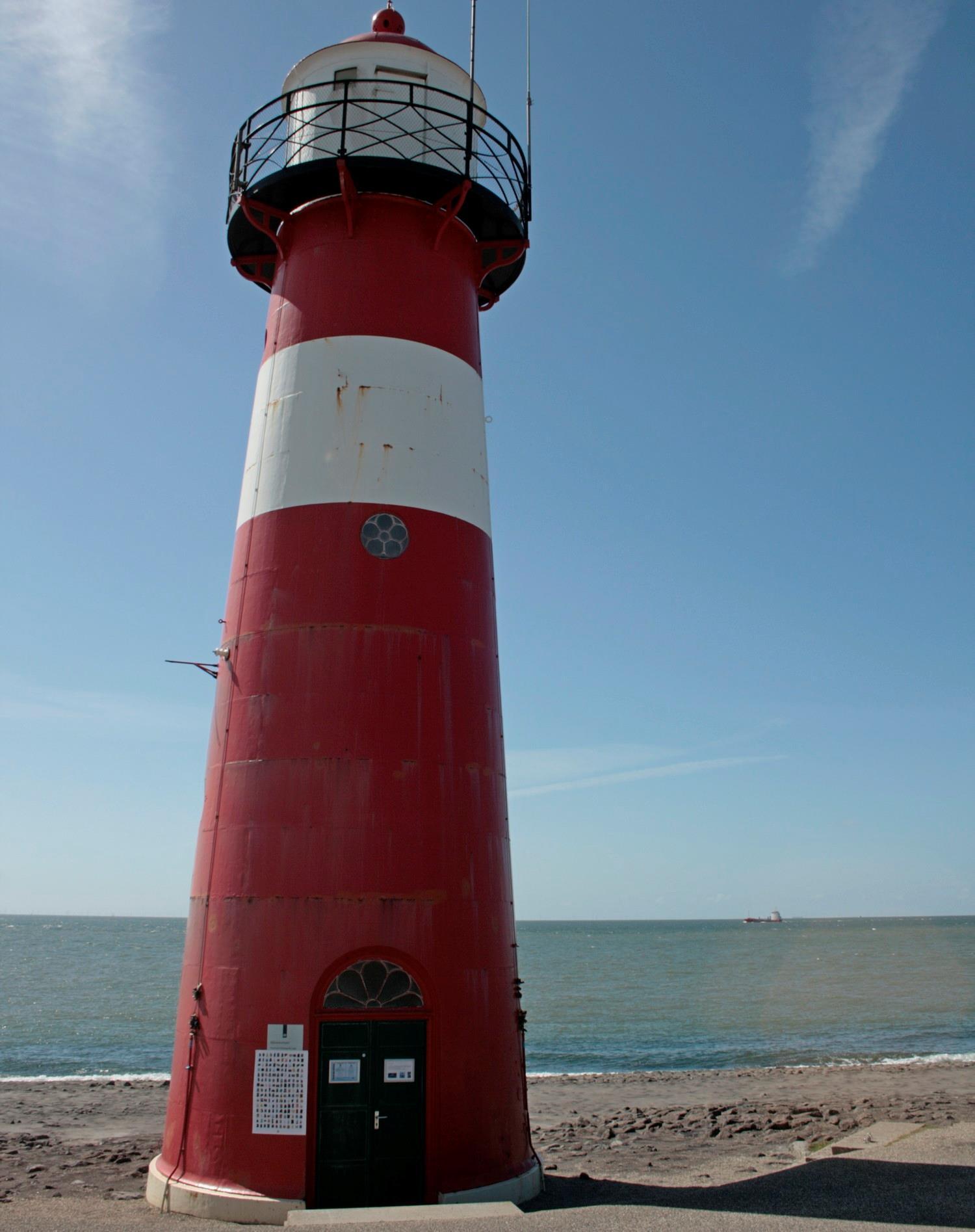
48 WemeldingeNL | 20/07/’20 West KappelleNL | zeedijk [ sea dike ] | 20/07/’20

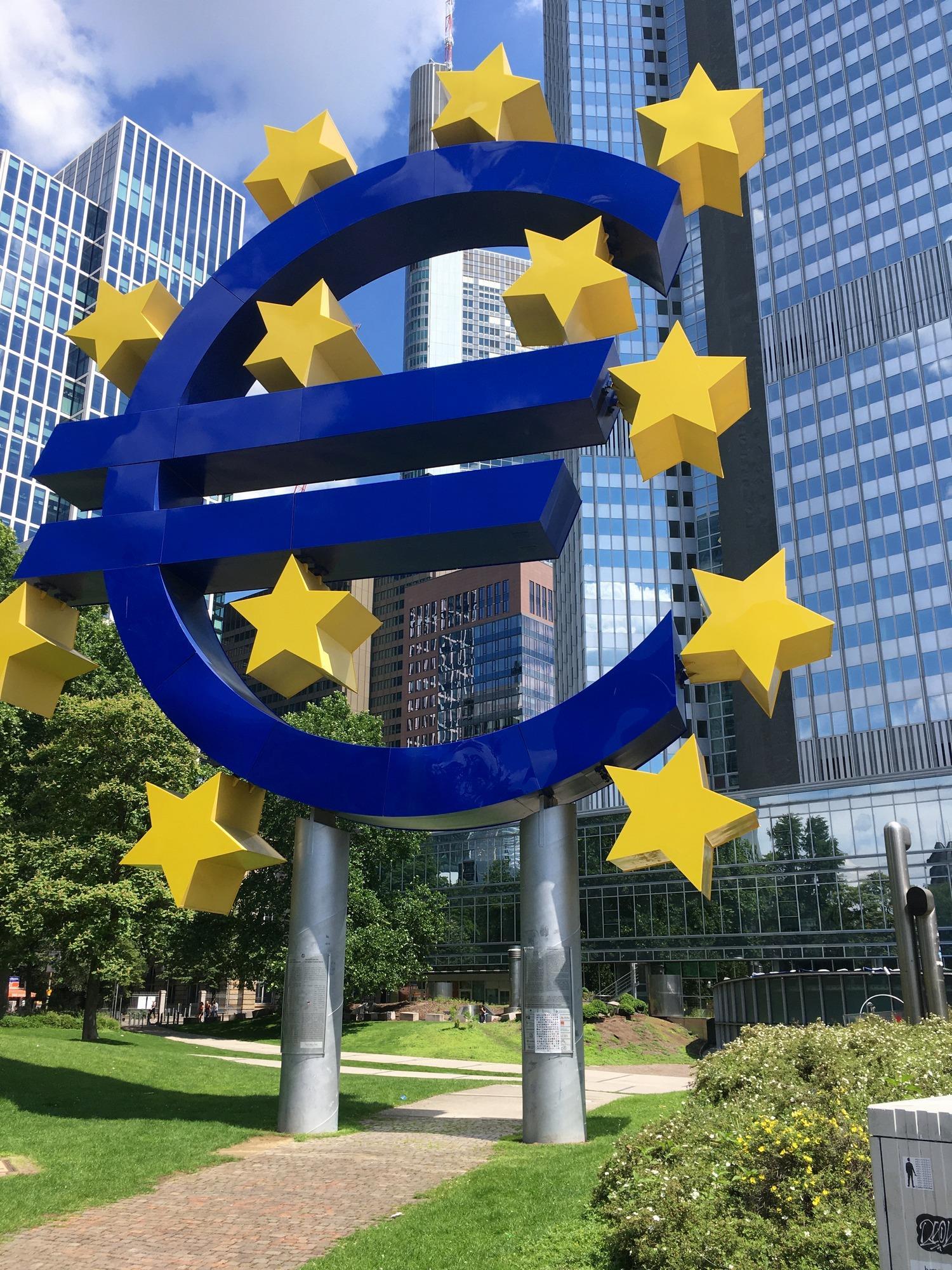
49 | 22/07/’20
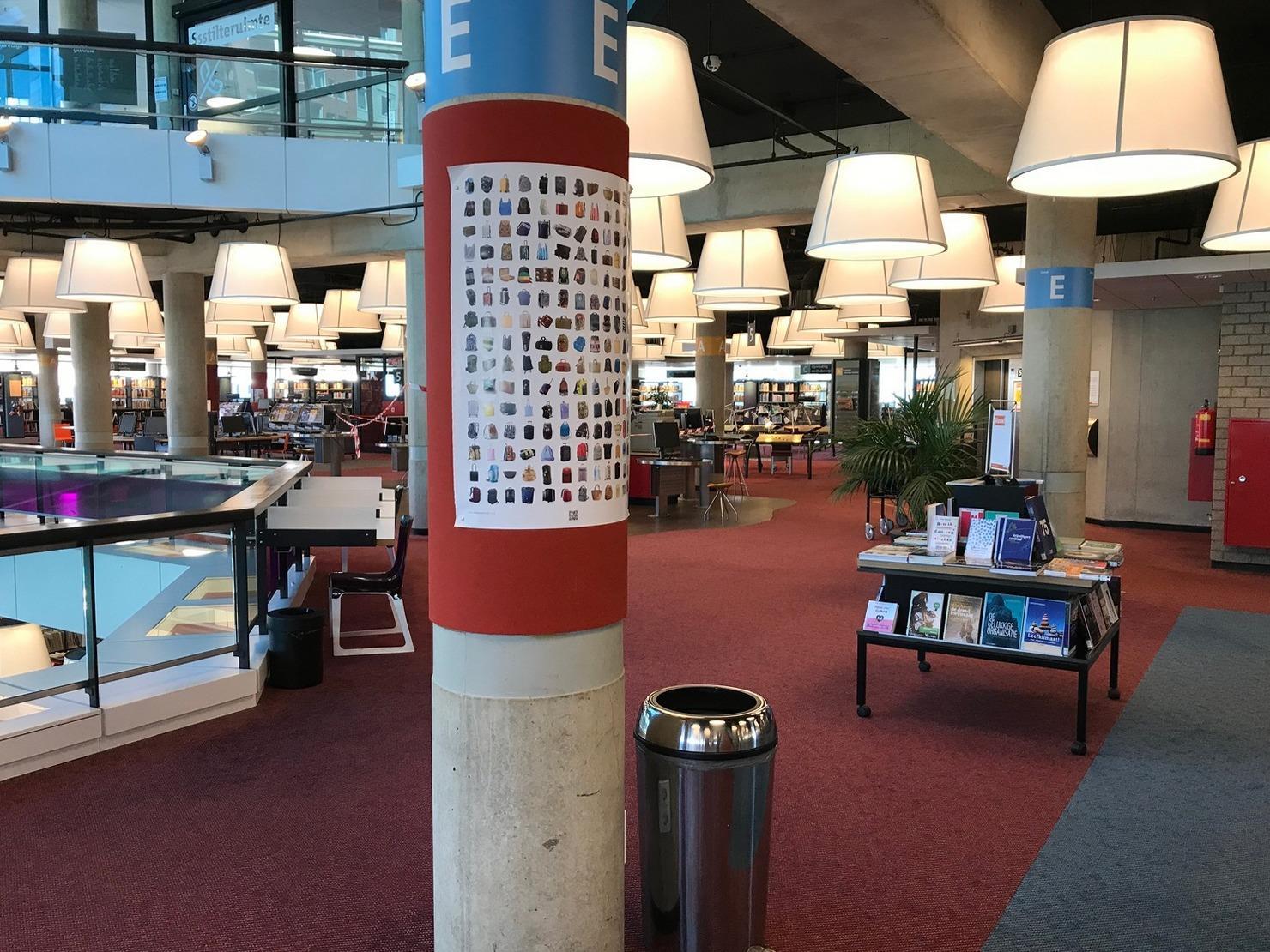
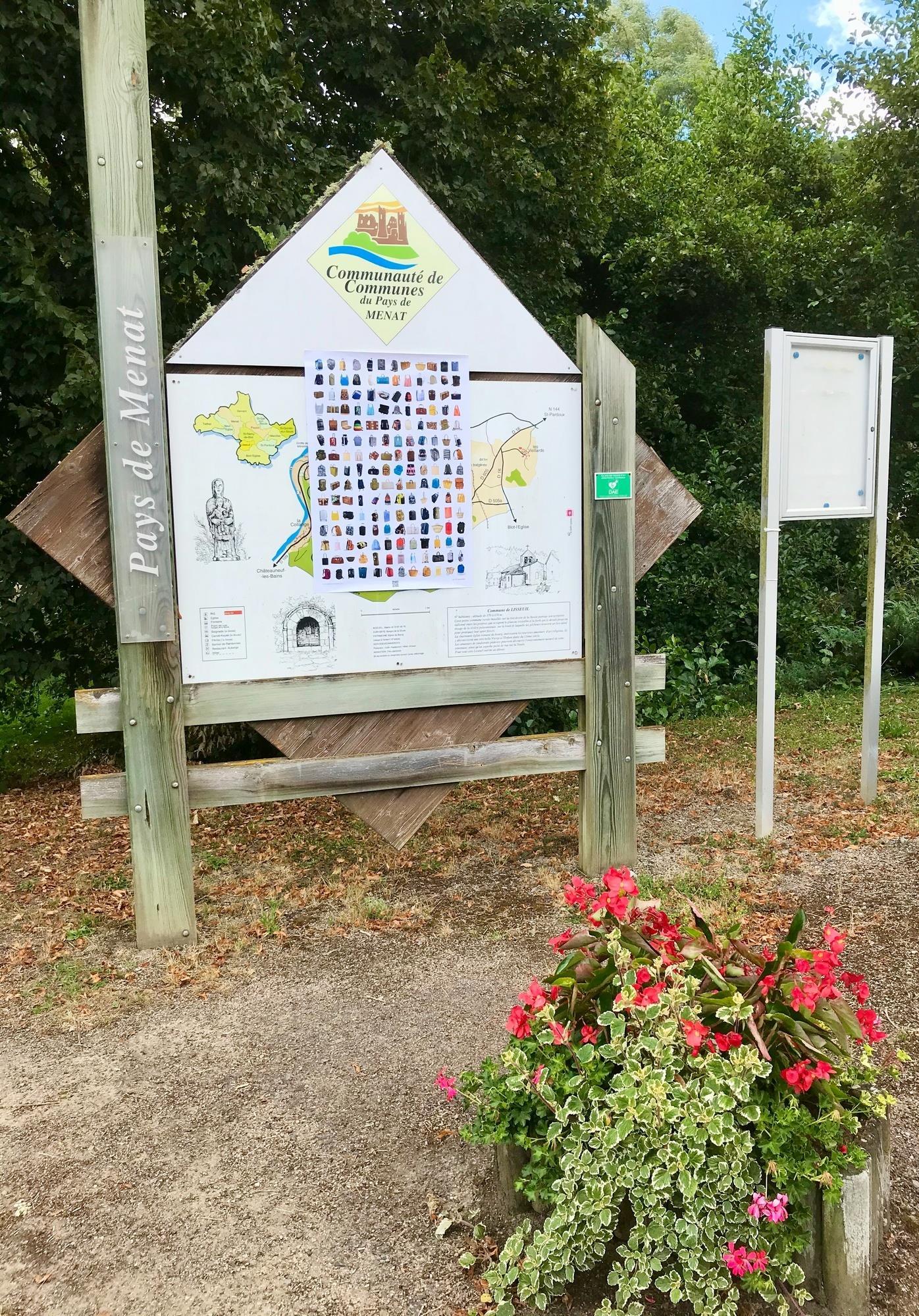
50 RotterdamNL | bibliotheek [ library ] | 24/07/’20 MenatFR | 26/07/’20

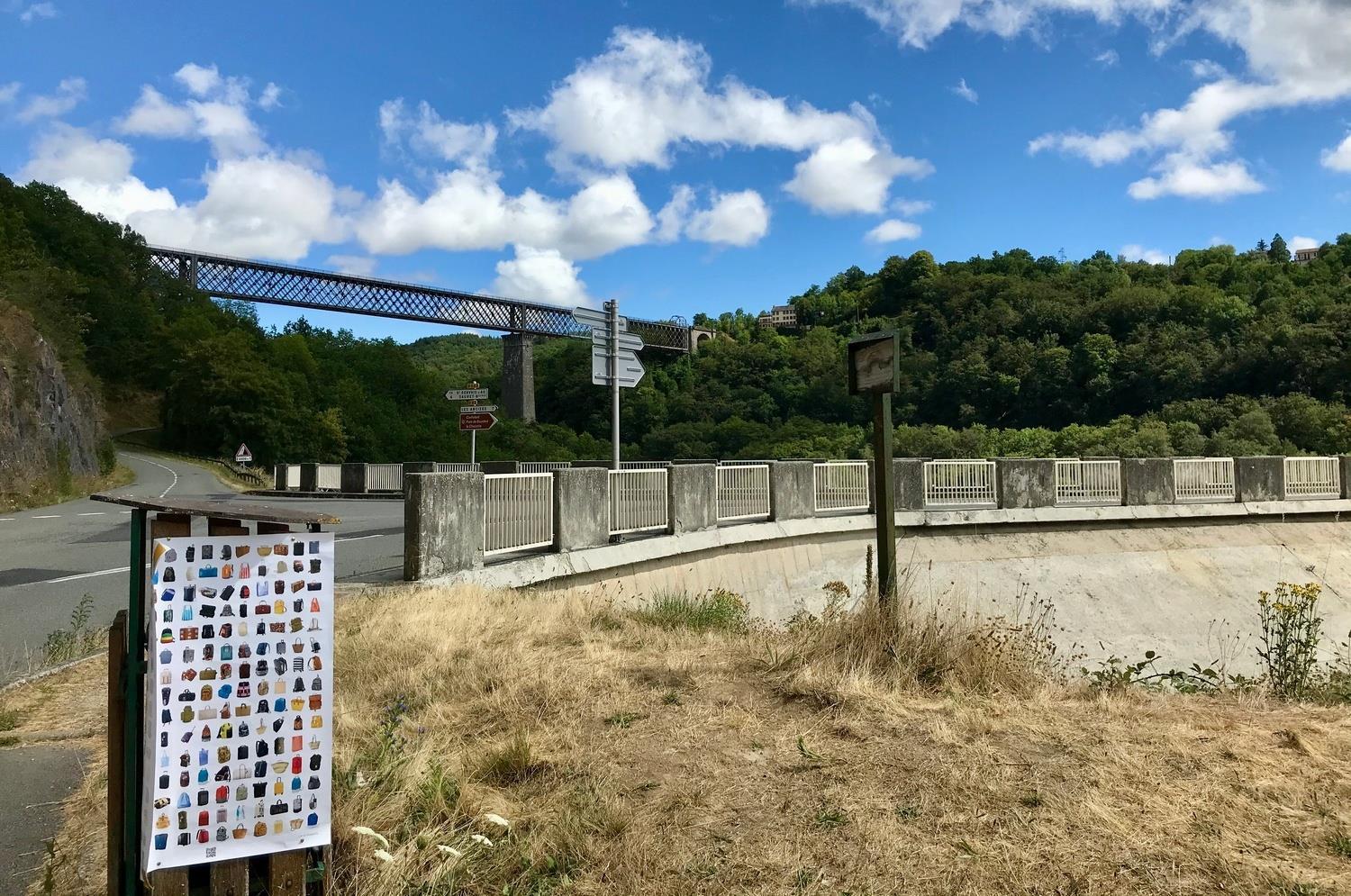
51 Viaduc des FadesFR | 26/07/’20 LiseuilFR | 26/07/’20
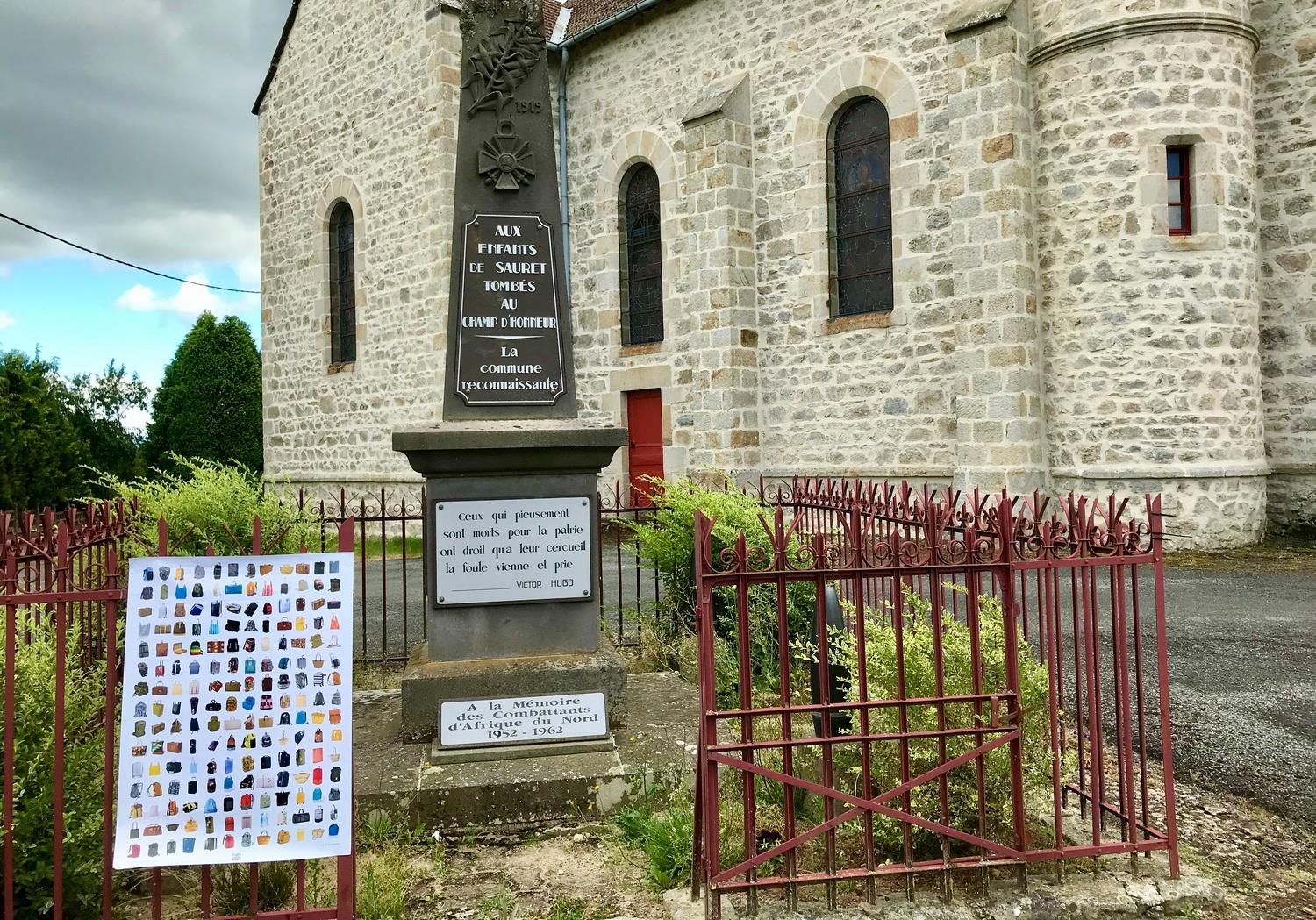
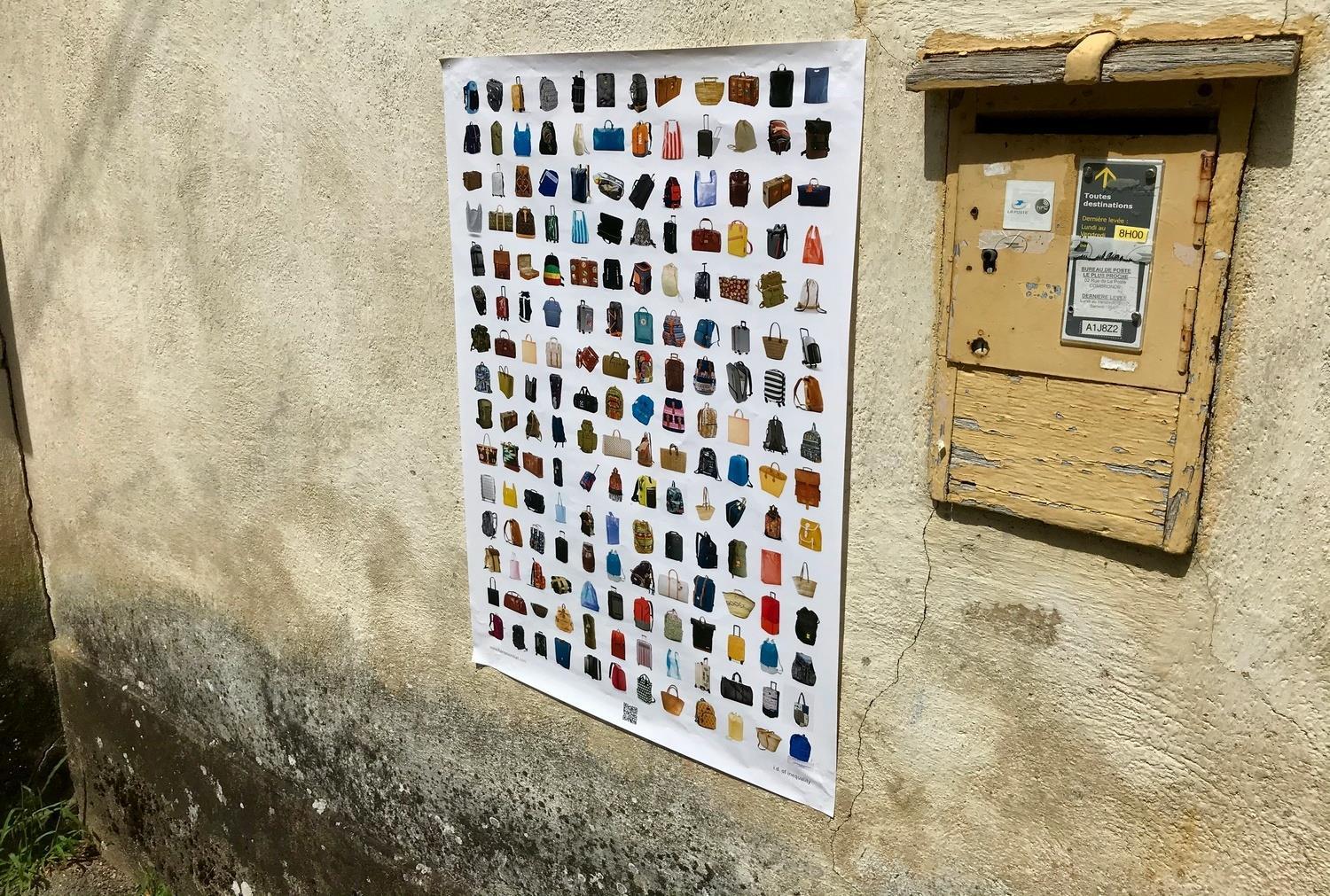
52 LiseuilFR | 26/07/’20 Sauret BesserveFR | 26/07/’20
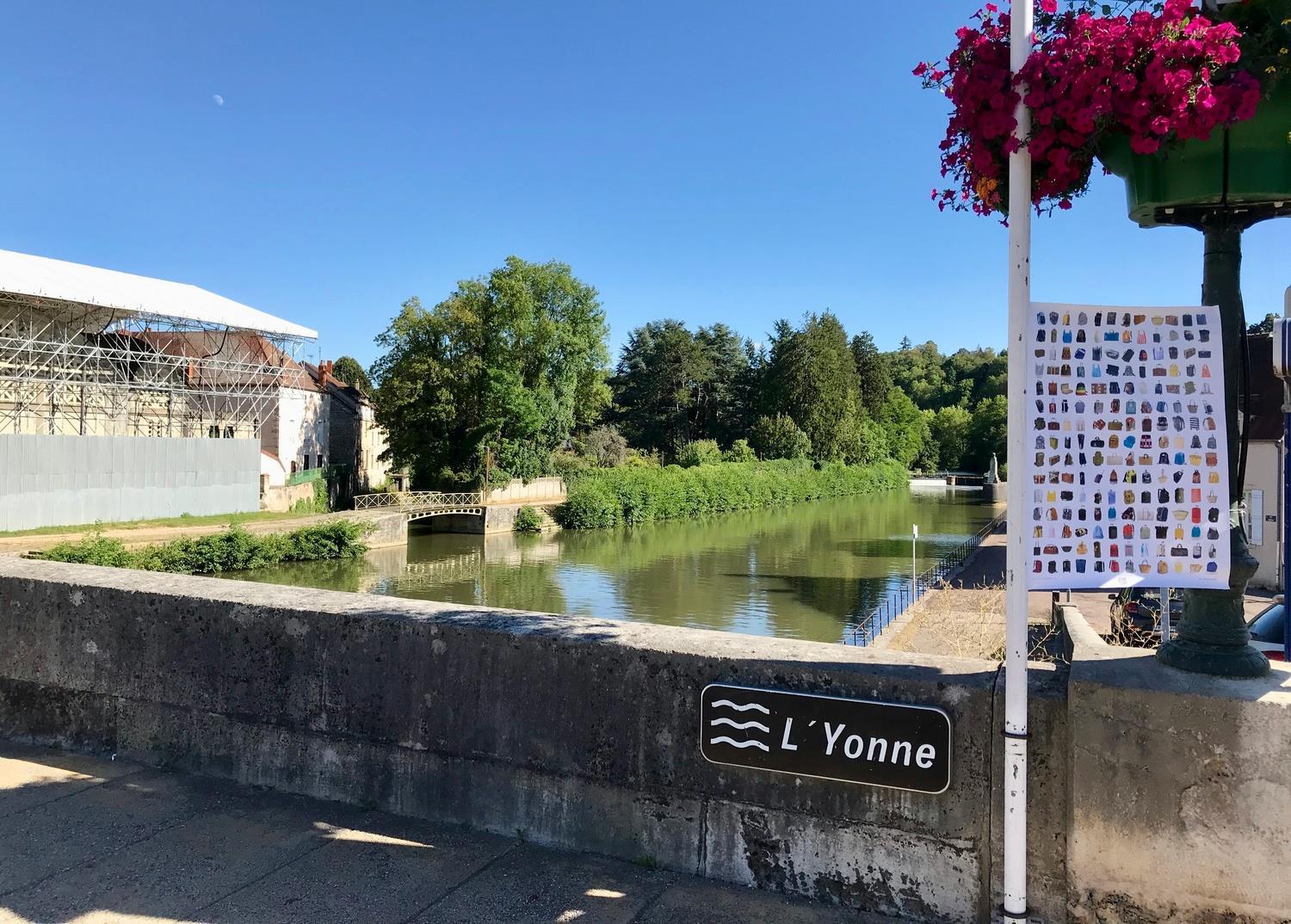

53 ClamecyFR | 22/07/’20 AgersøDK | 27/07/’20
Klik hier voor de video van de performance van Jörn & Dorte Burmester Wium. Click here for the video of the performance by Jörn & Dorte Burmester Wium.
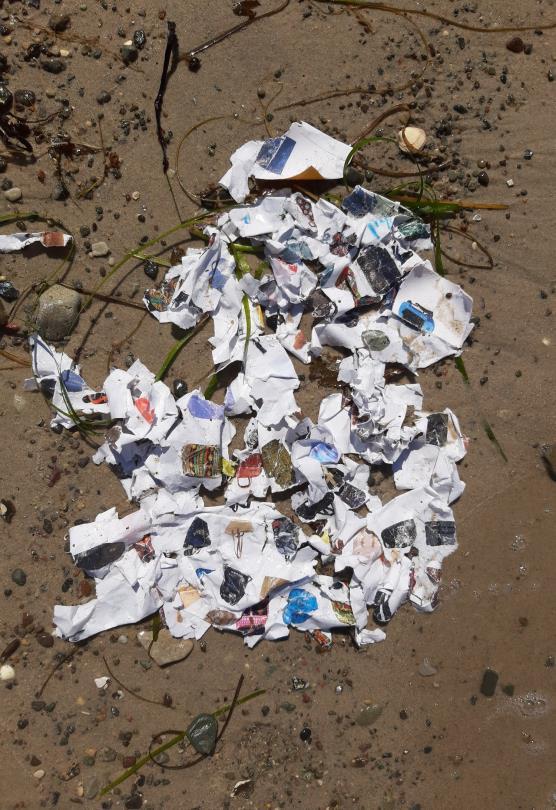
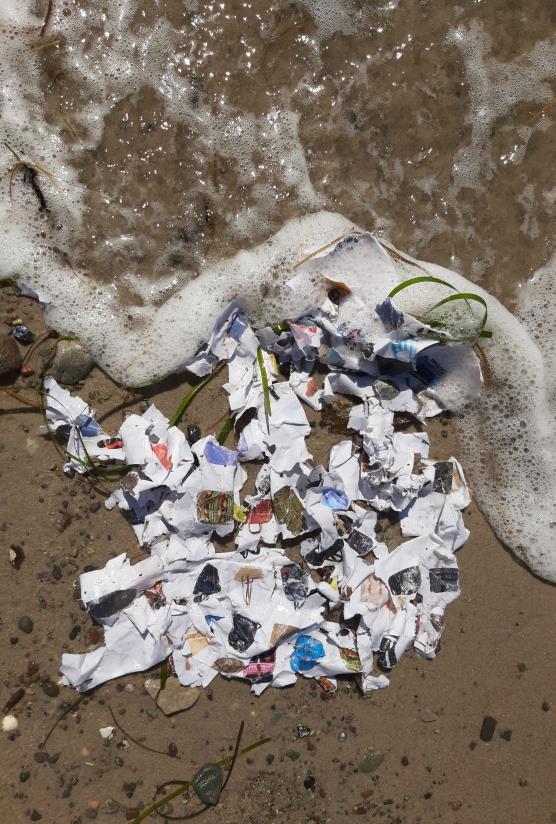

54 AgersøDK | 27/07/’20

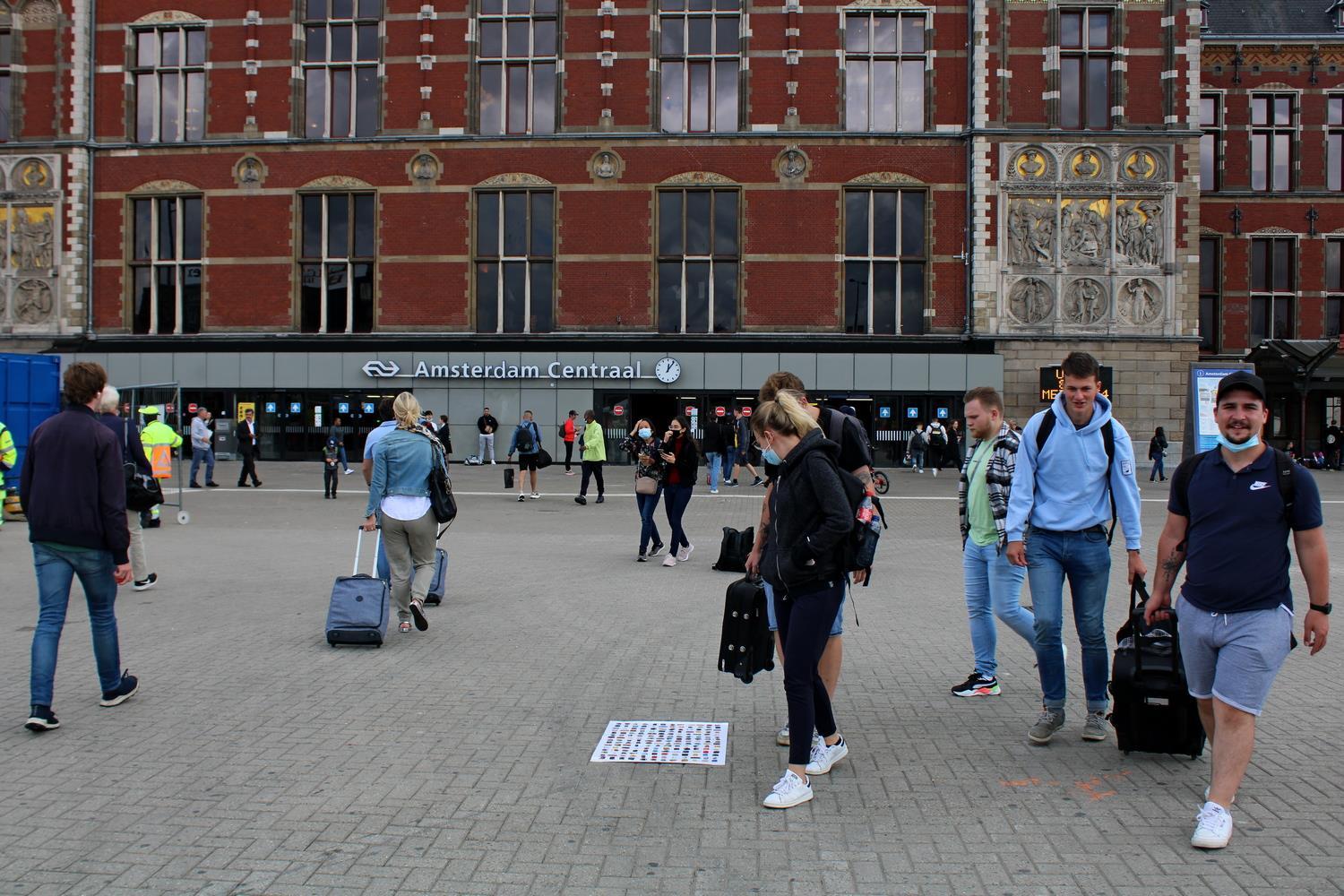
55 AmsterdamNL | 29/07/’20

56 BremenDE | 29/07/’20

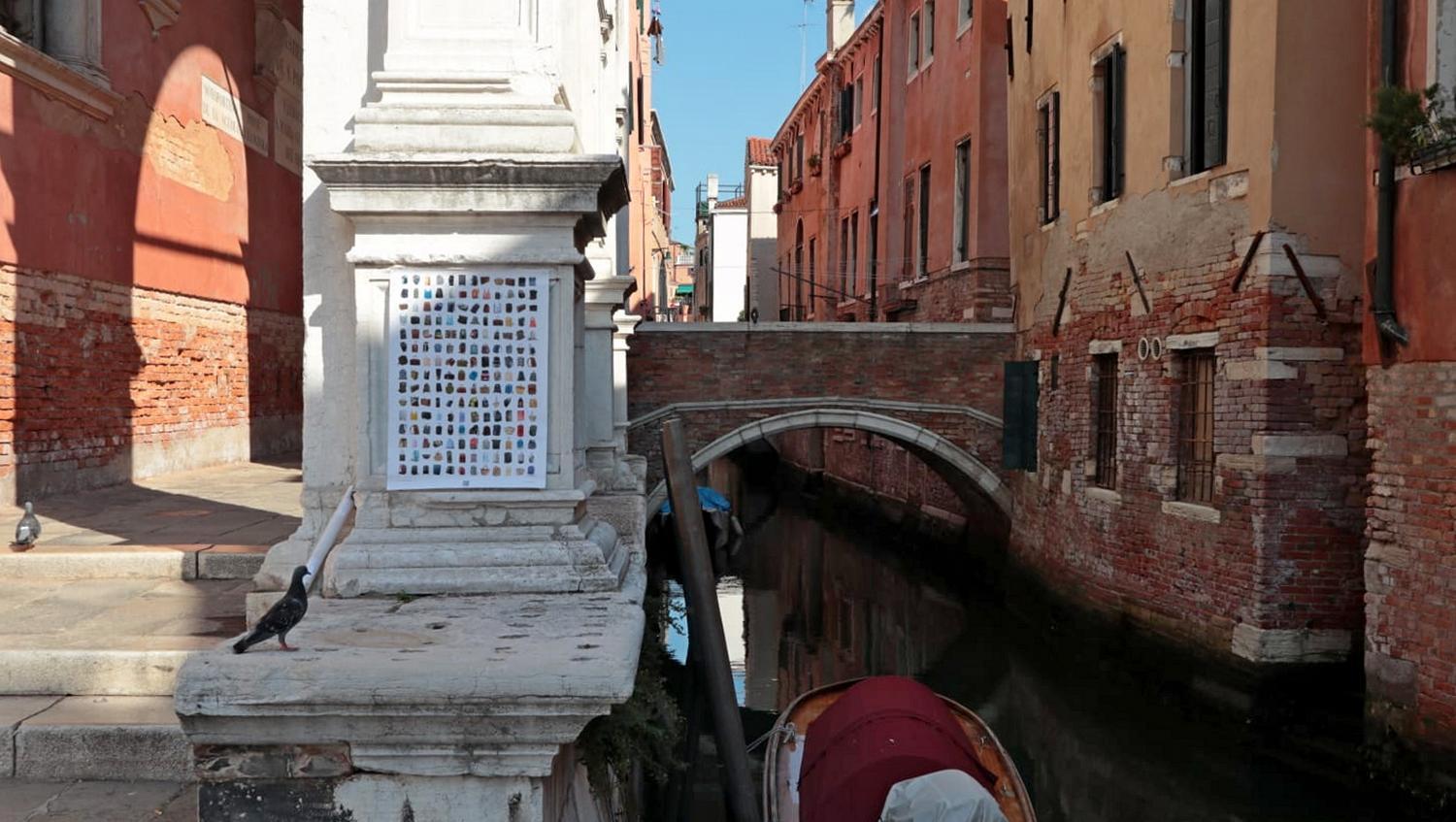
57 VeniceÏT | 29/07/’20
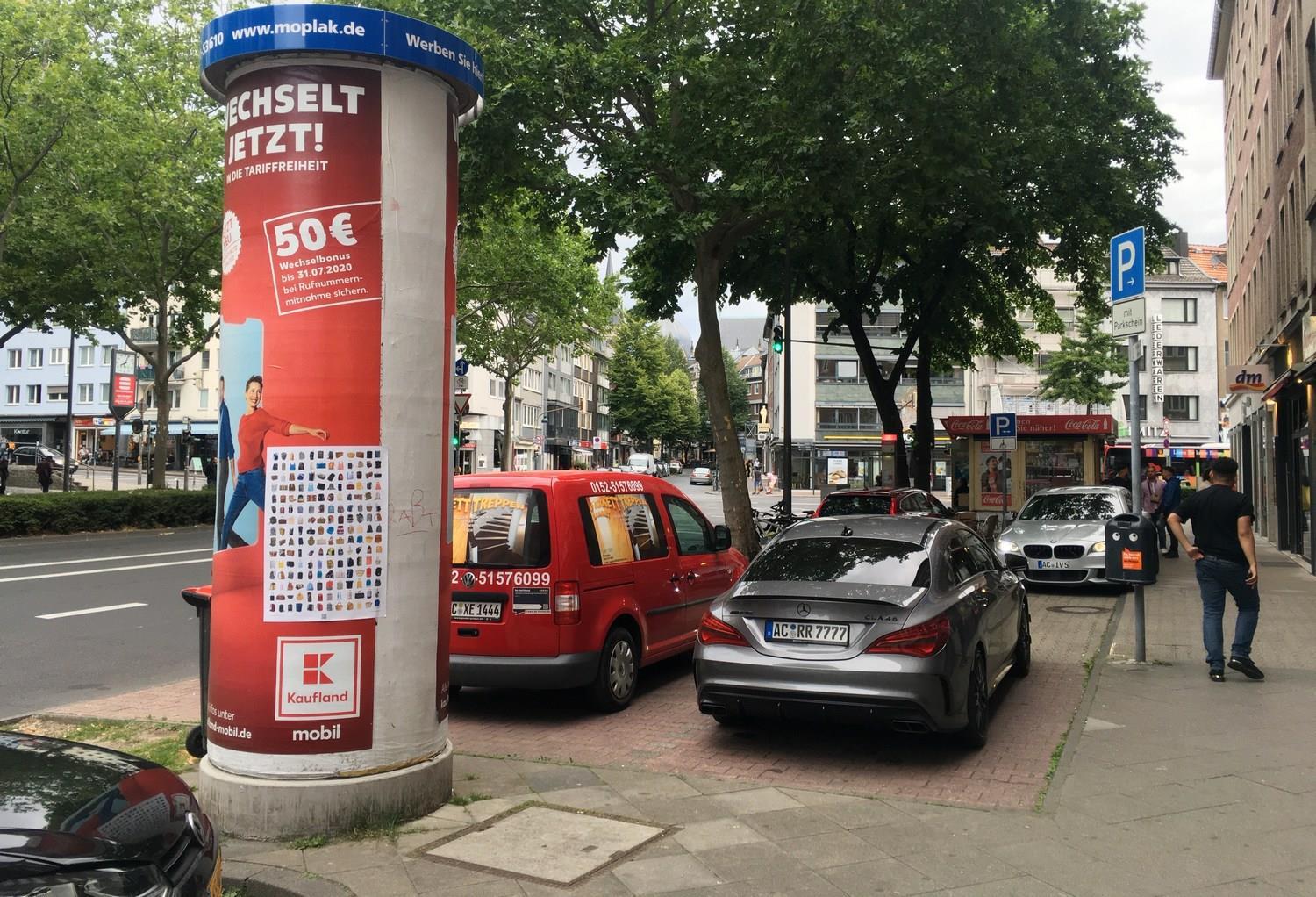

58 AachenDE | 29/07/’20
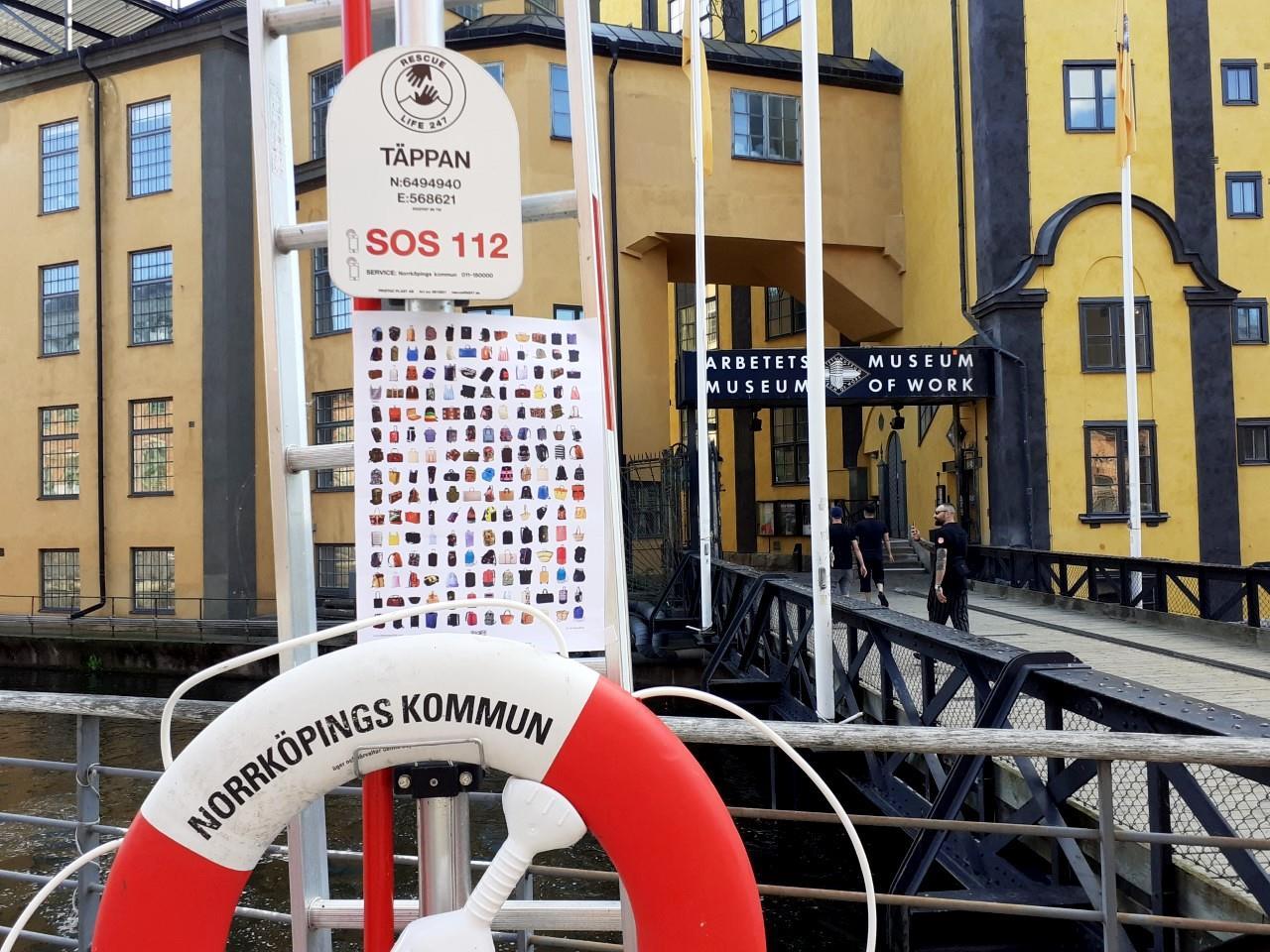
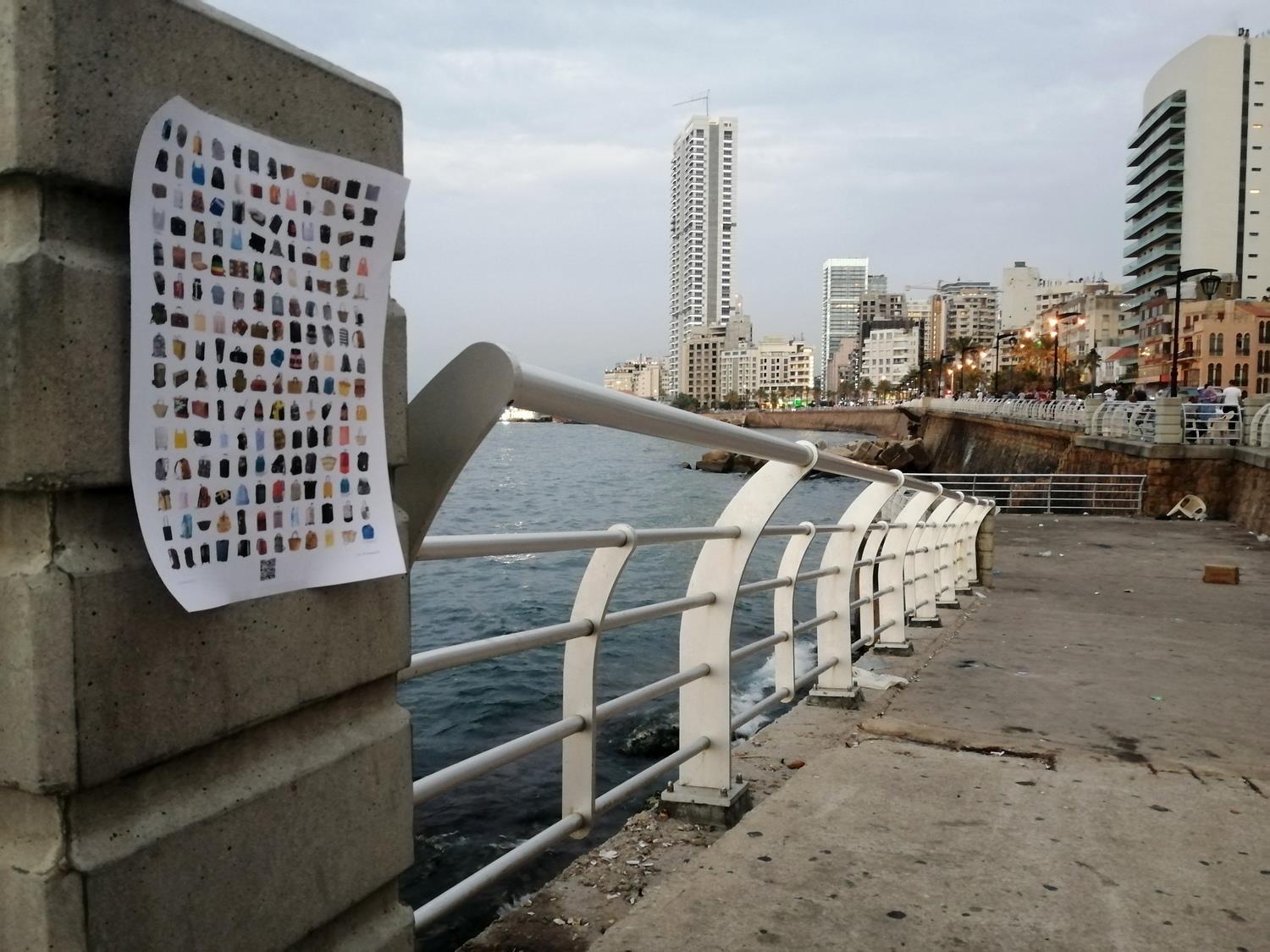
59 BeirutLB | 02/08/’20 | 22/07/’20 NorrköpingSE | 02/08/’20 | 22/07/’20
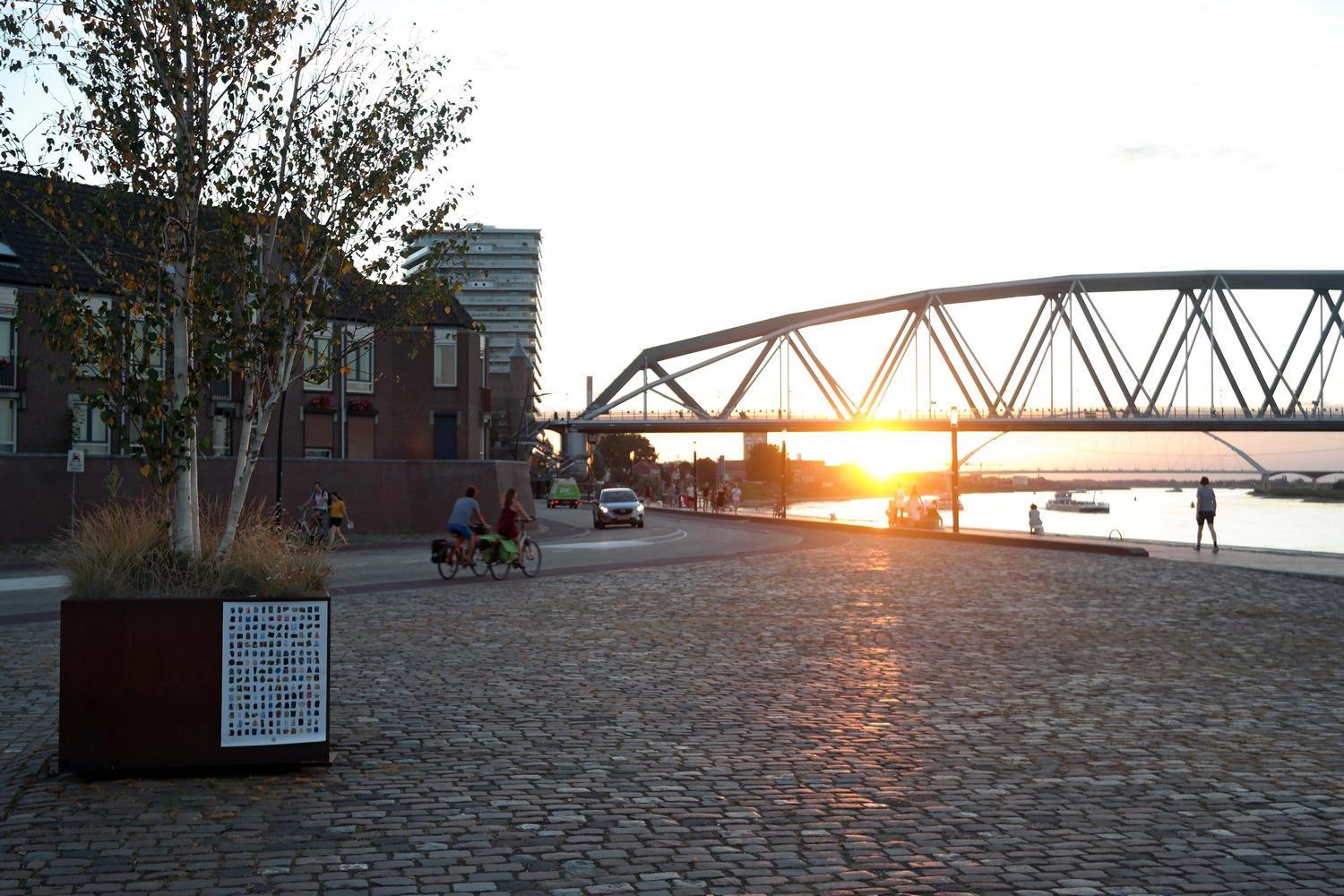
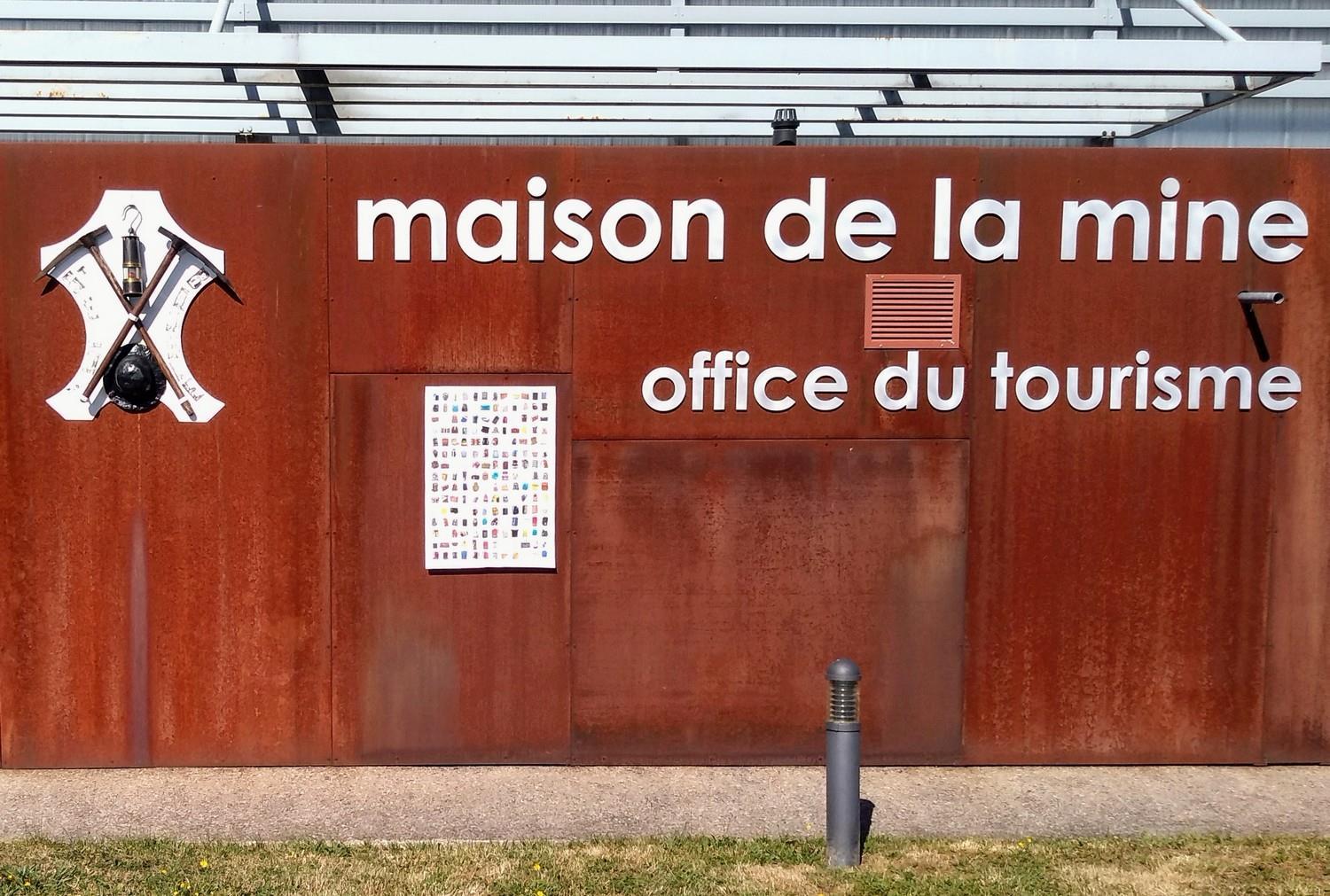
60 Saint Éloy-les-MinesFR | 06/08/’20 | 22/07/’20 NijmegenNL | 05/08/’20 | 22/07/’20

61 BreskensNL | ferry | 06/08/’20 | 22/07/’20


62 GroningenNL | 07/08/’20 | 22/07/’20 OosterscheldeNL / Goese Sas | 12/08/’20 | 22/07/’20
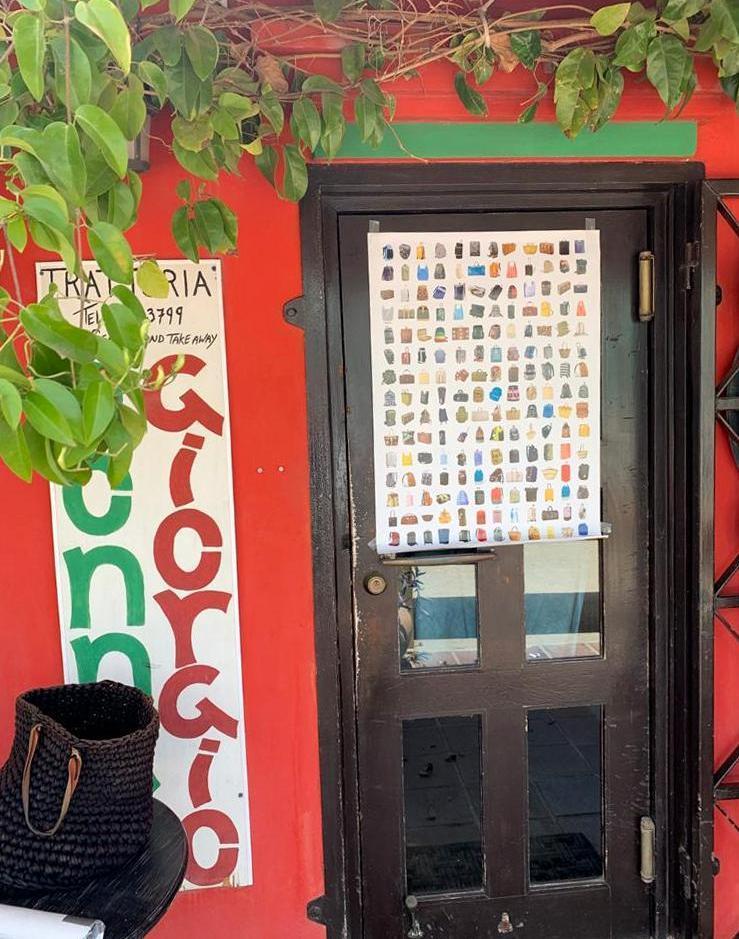
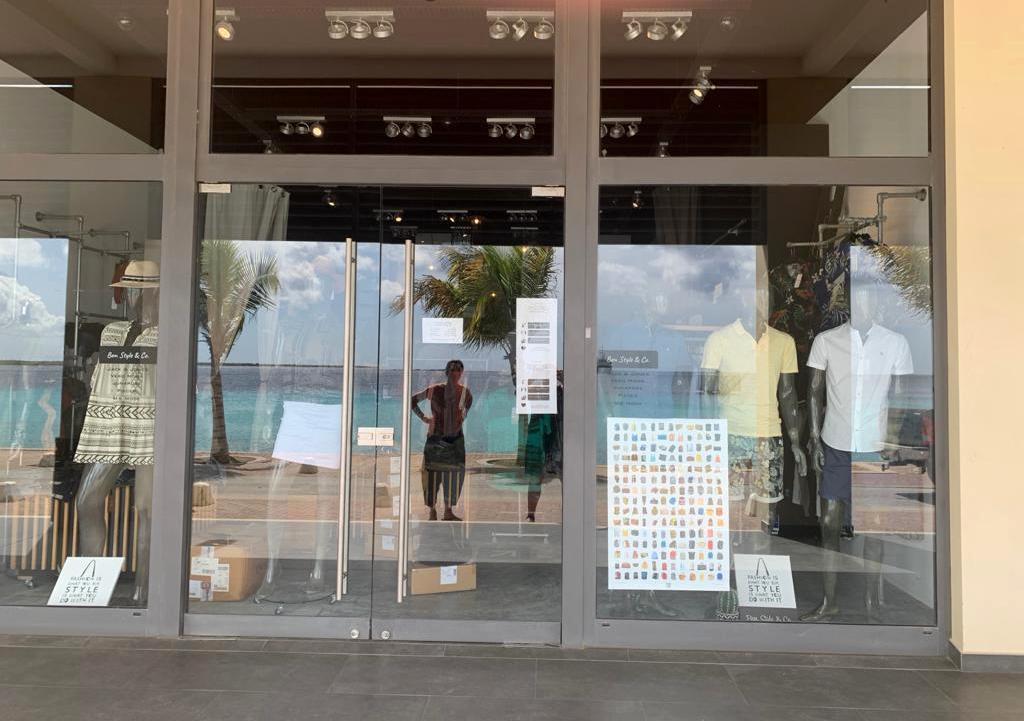
63 KralendijkBES | 16/08/’20 2/07/’20
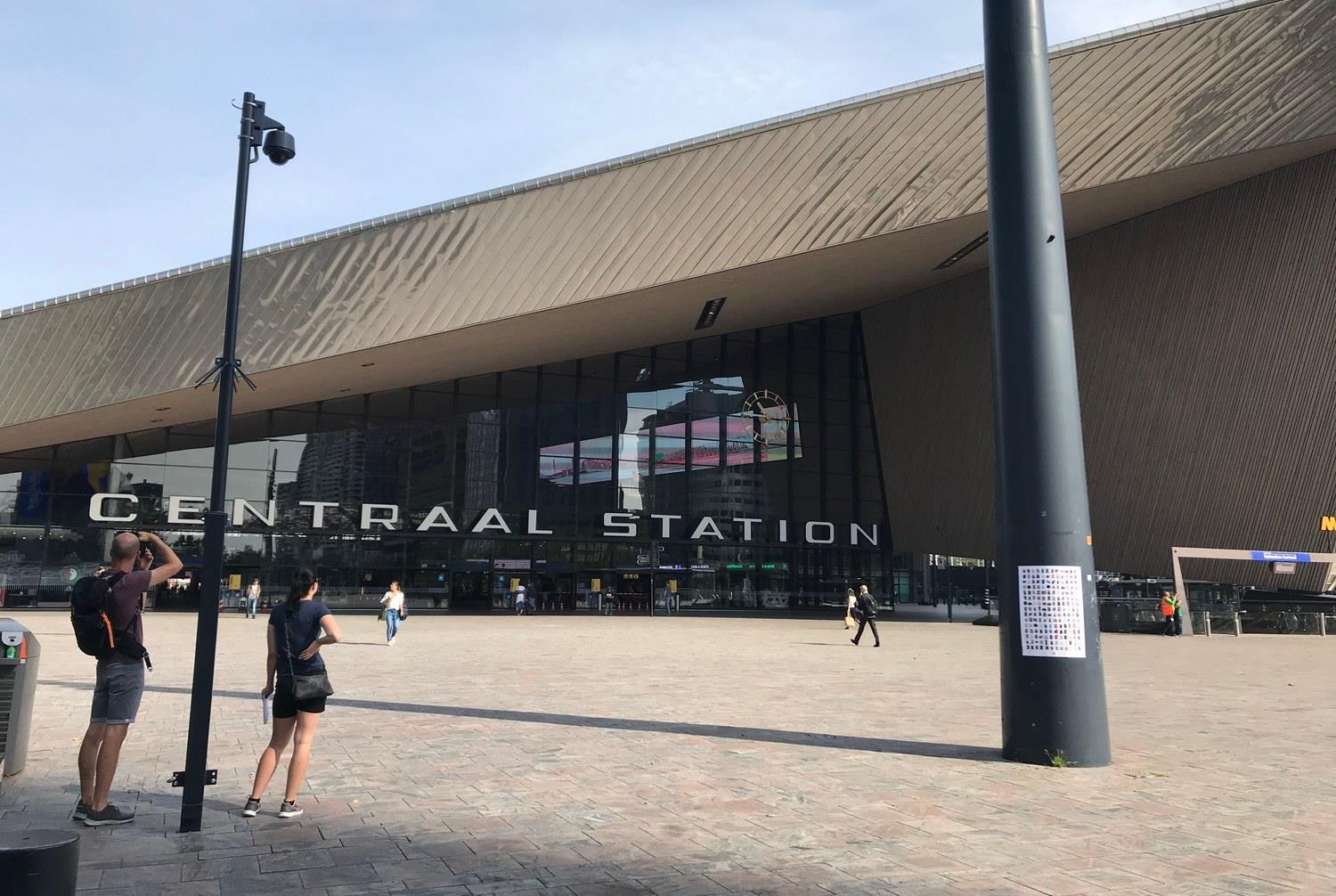
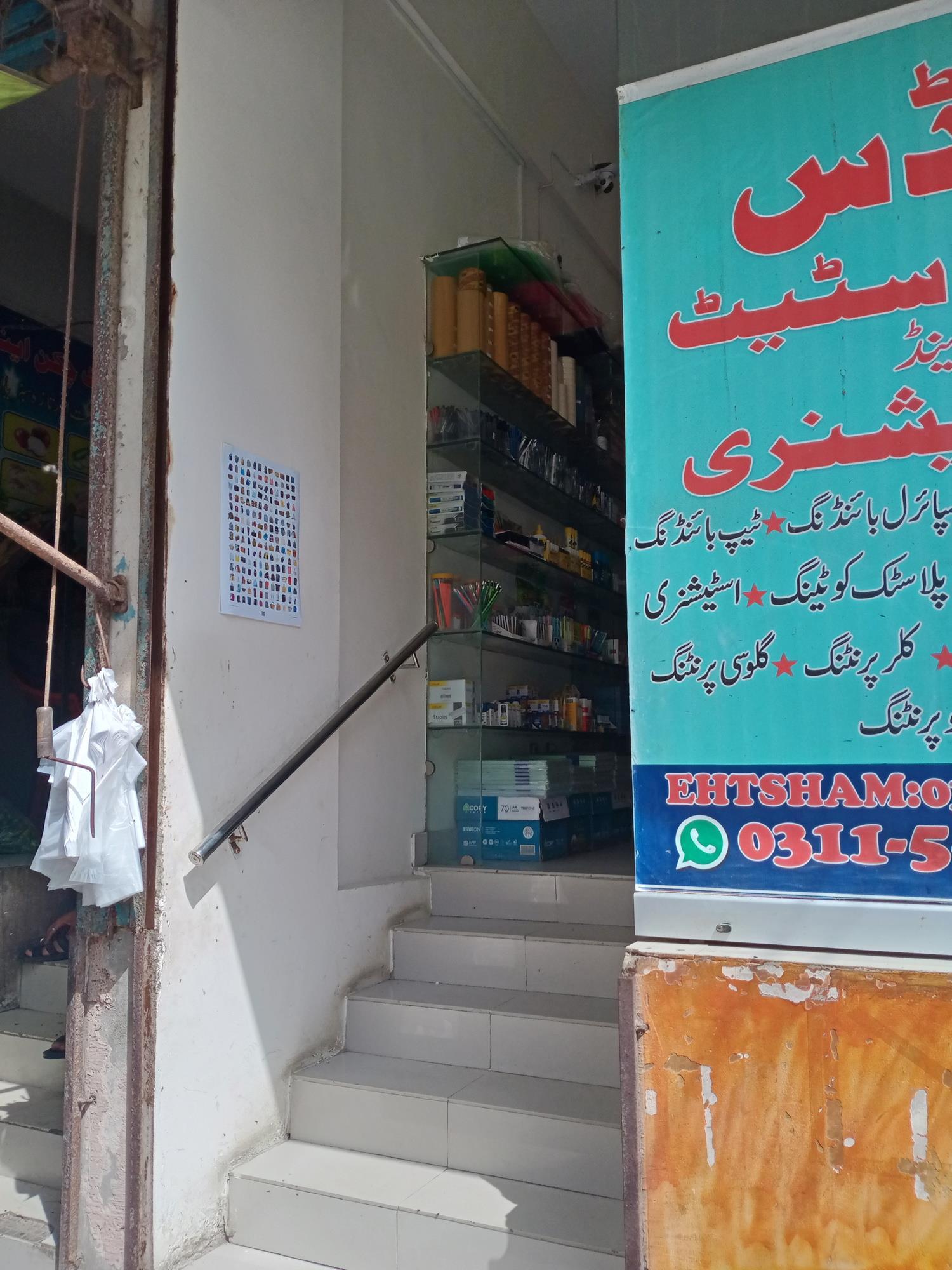
64 RotterdamNL | 20/08/’20 | 22/07/’20 KarachiPK | 21/08/’20 | 22/07/’20
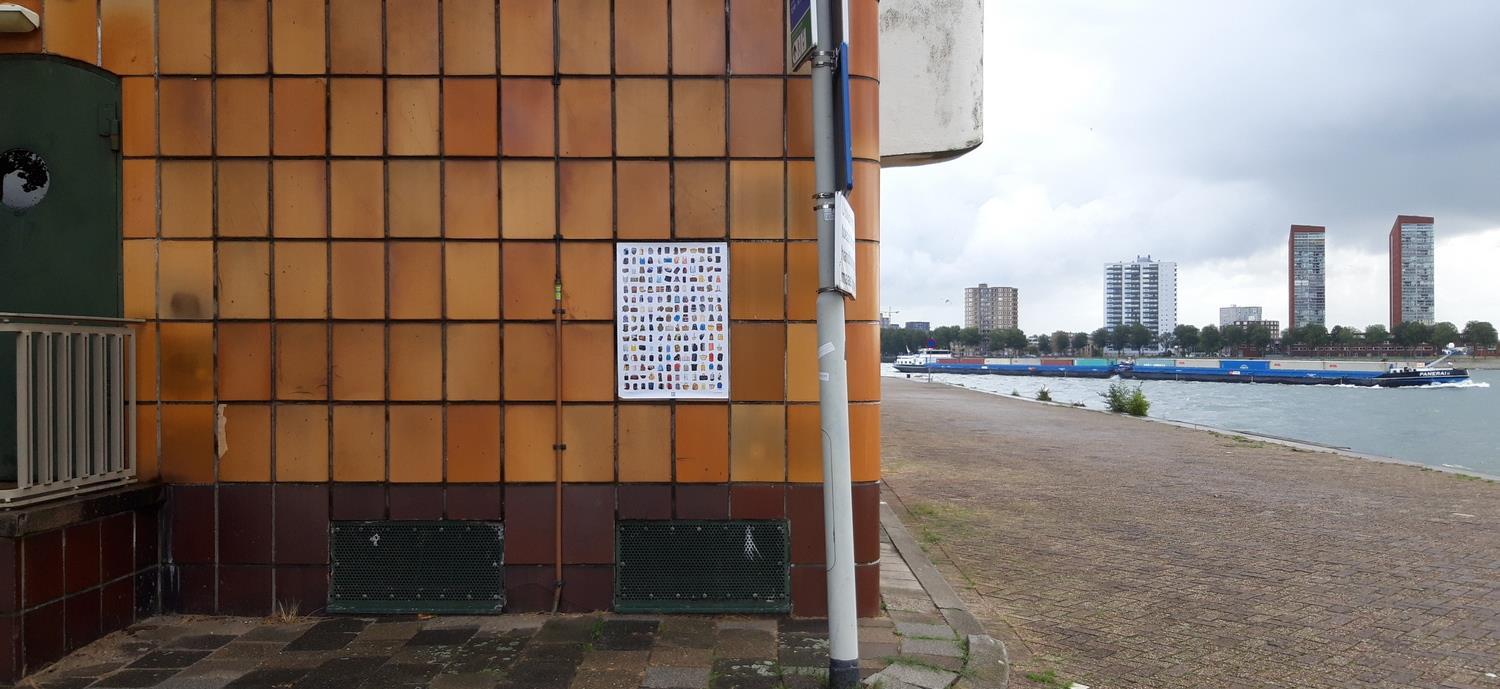
65 RotterdamNL | 23/08/’20 | 22/07/’20


66 DublinIE | 23/08/’20 | 22/07/’20
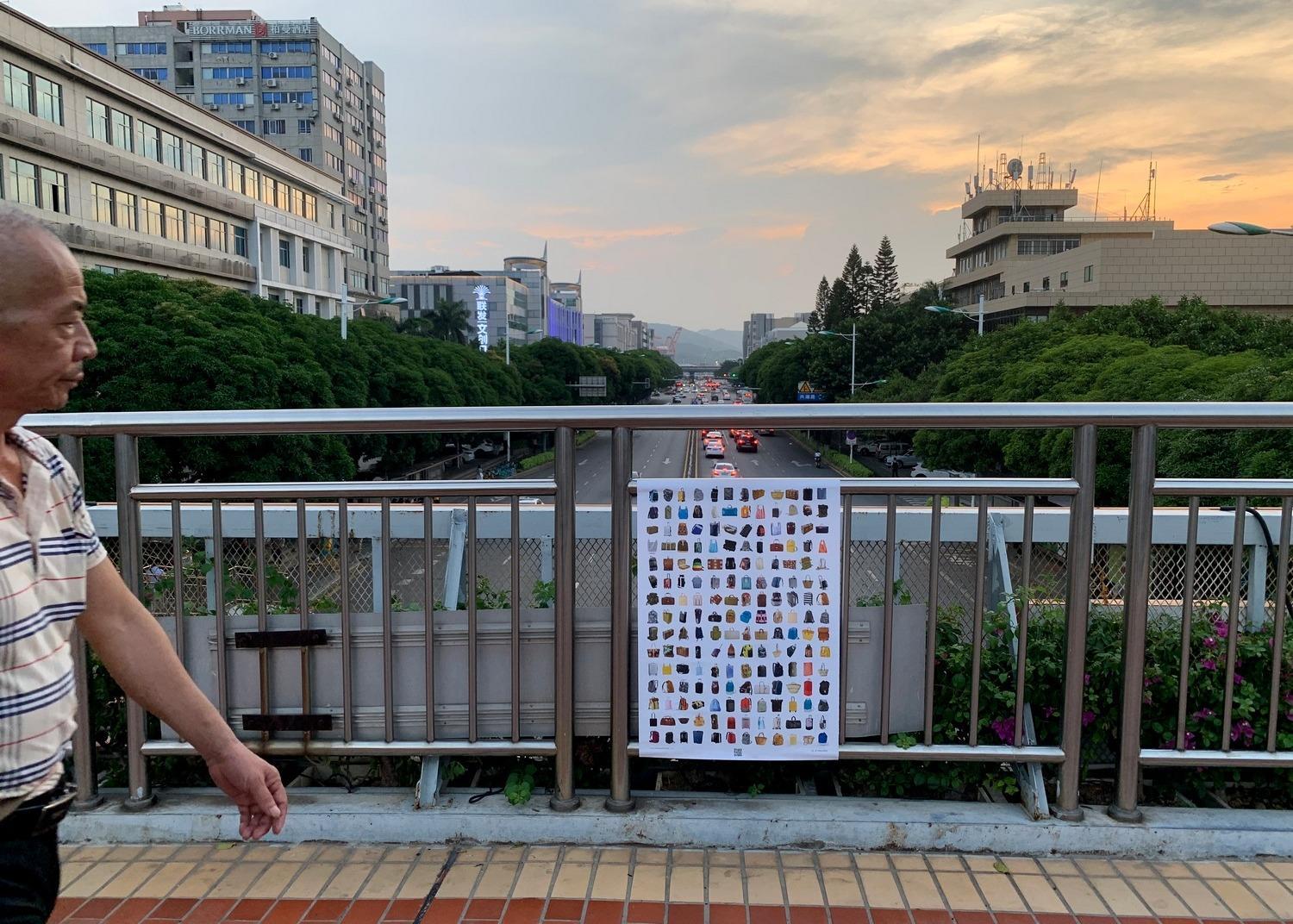
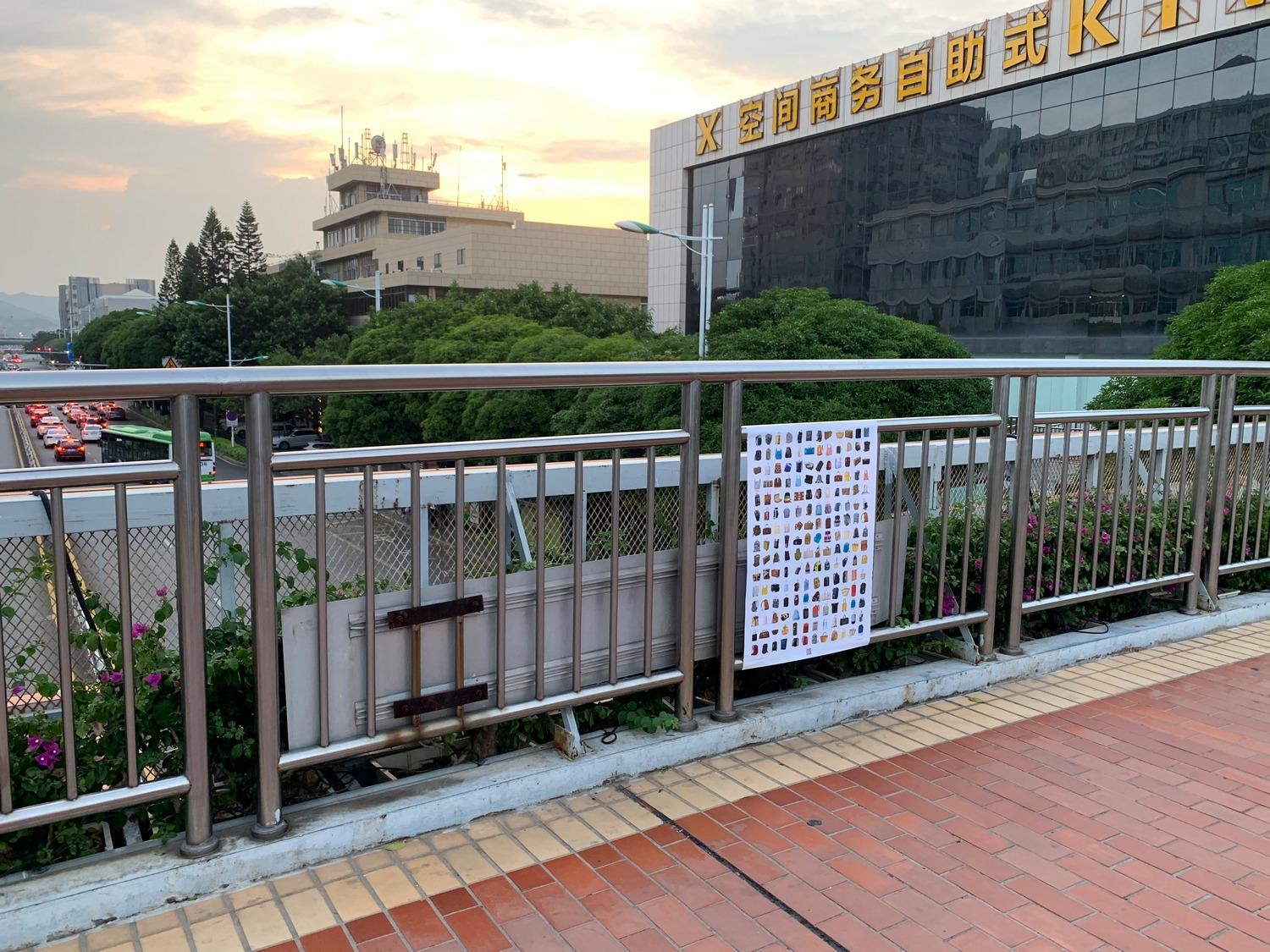
67
Huachang bus station, Huli Avenue, Huli District, Xiamen City, Fujian ProvinceCH | 23/08/’20
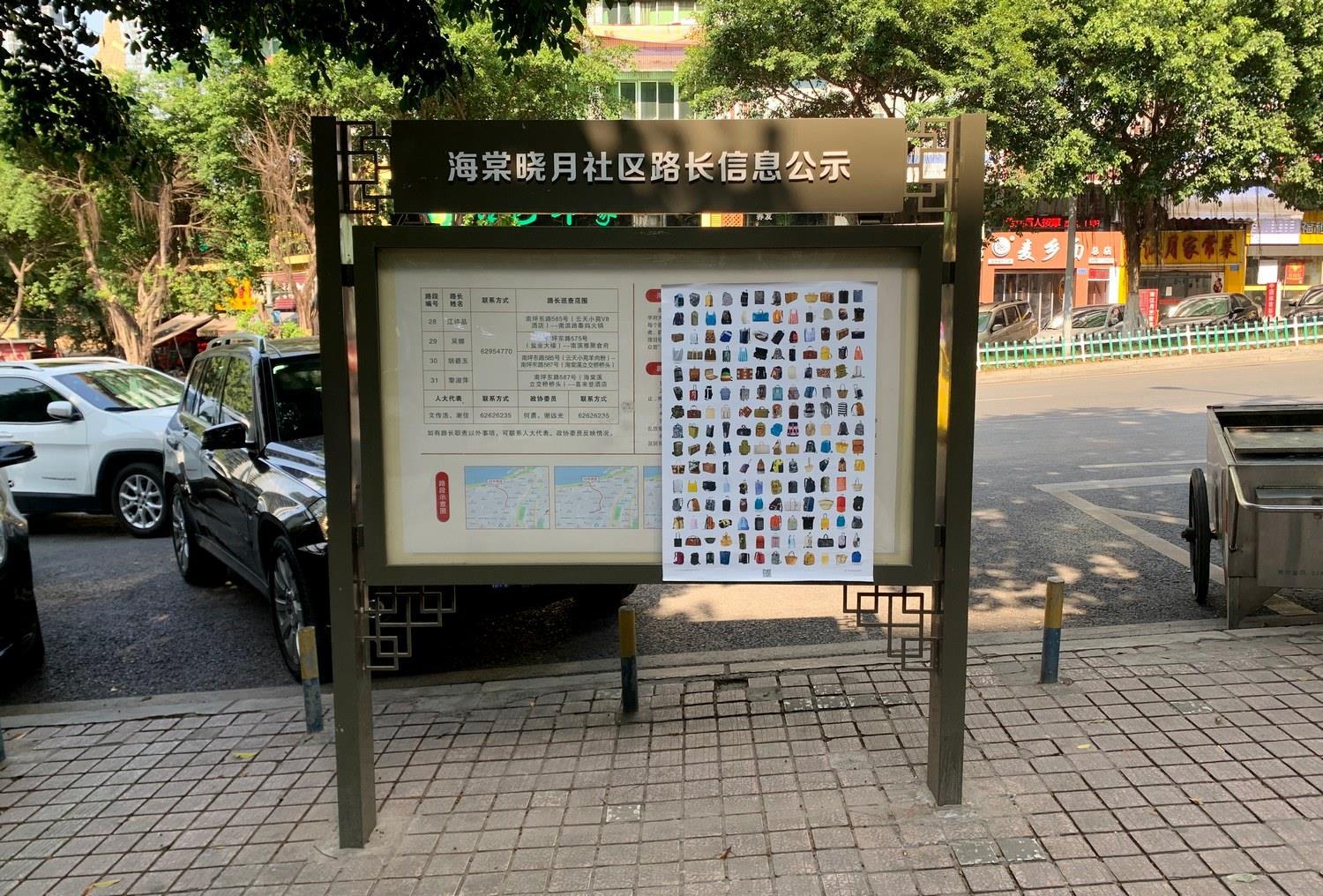

68 ChongqingCN | 28/08/’20 | 22/07/’20
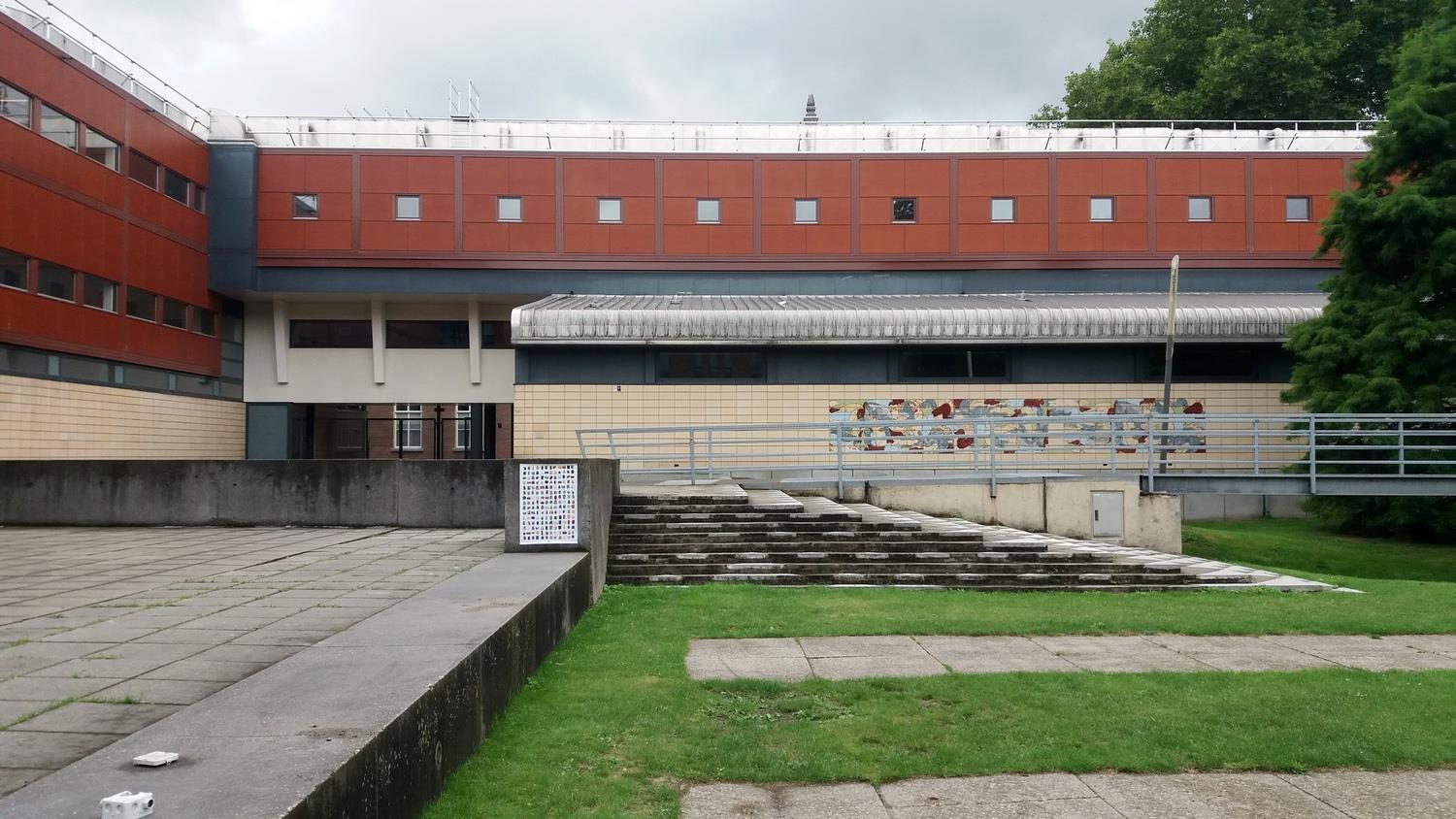
69 RotterdamNL | 30/08/’20

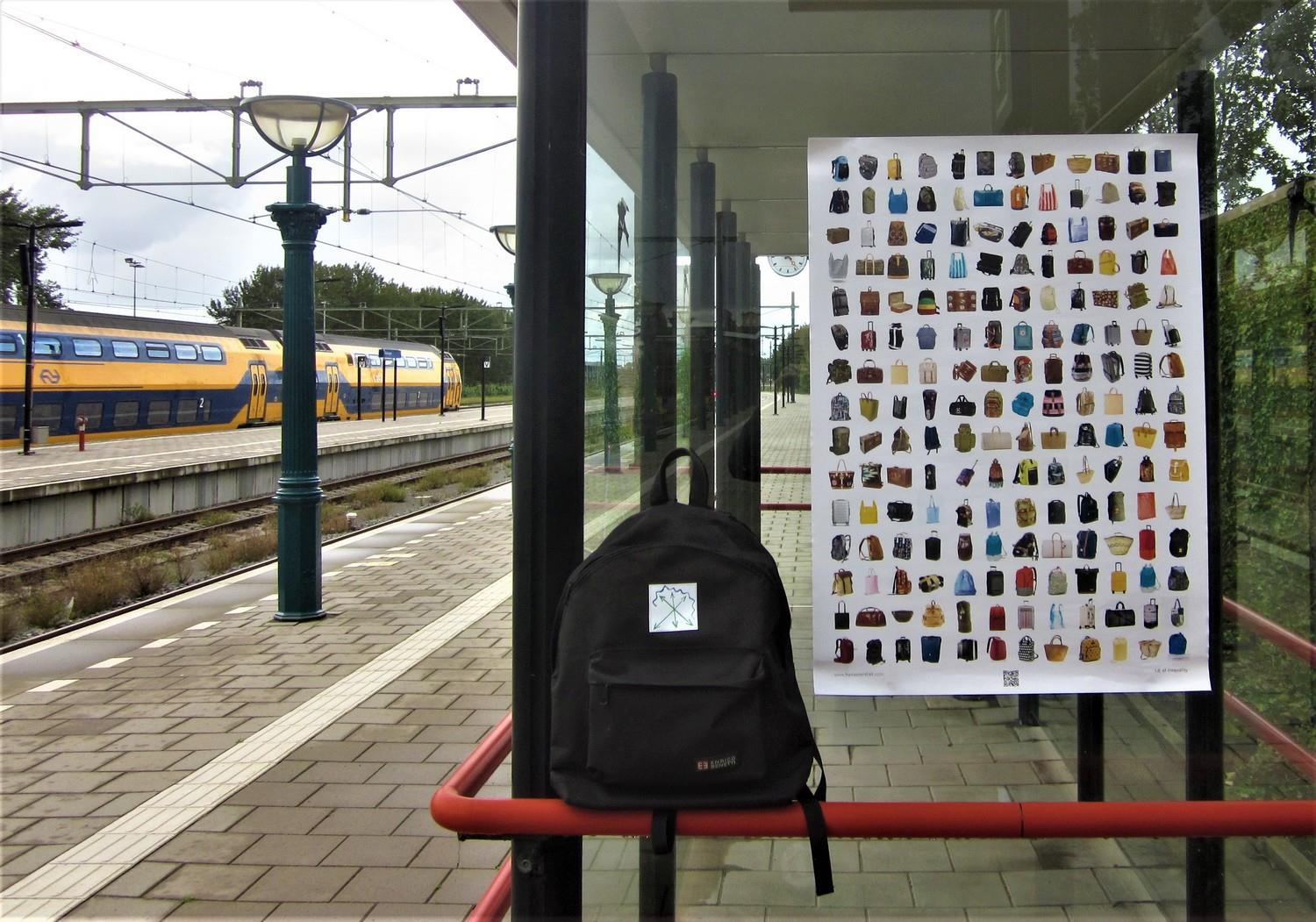
70 VlissingenNL | 31/08/’20 | 22/07/’20 MiddelburgNL | 01/09/’20 | 28/08/’20 | 22/07/’20
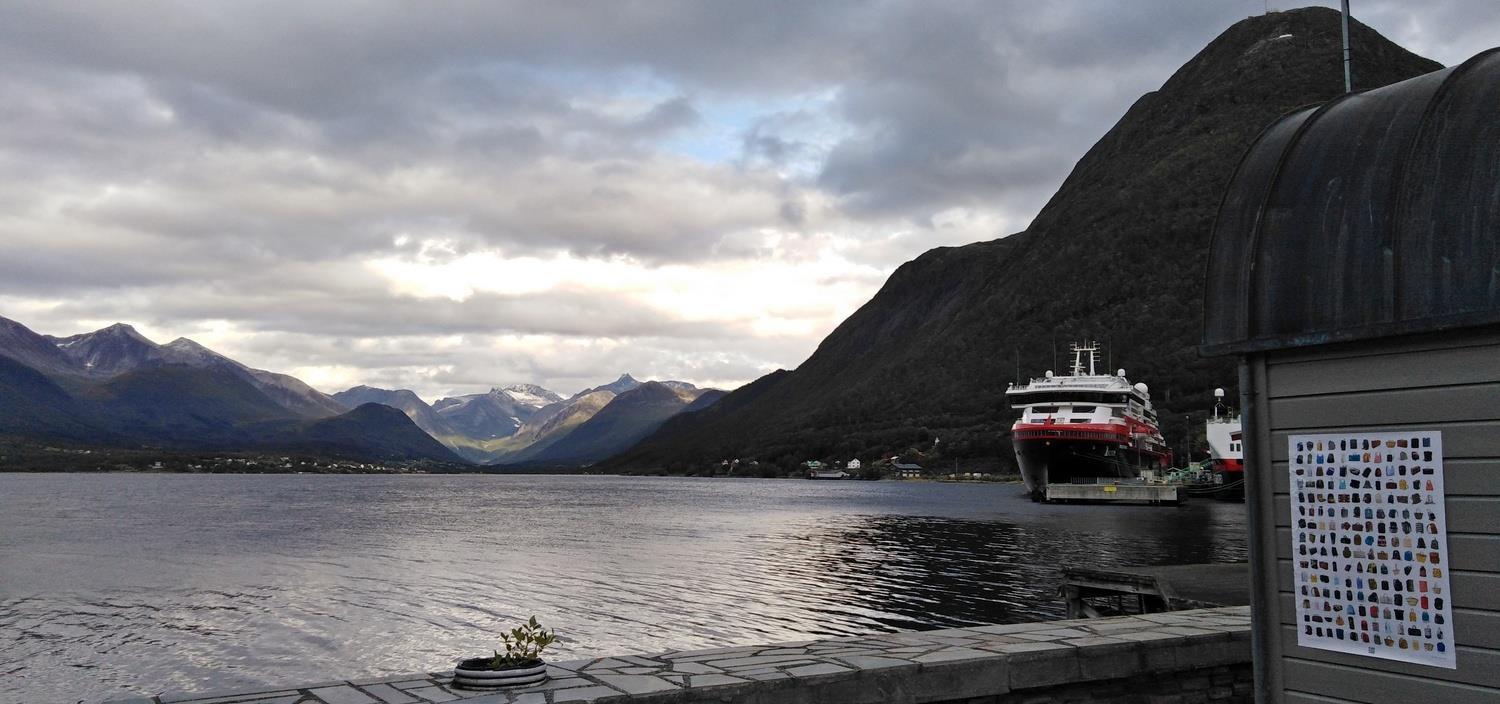
71 ÅfarnesNO | 13/09/’20 | 22/07/’20
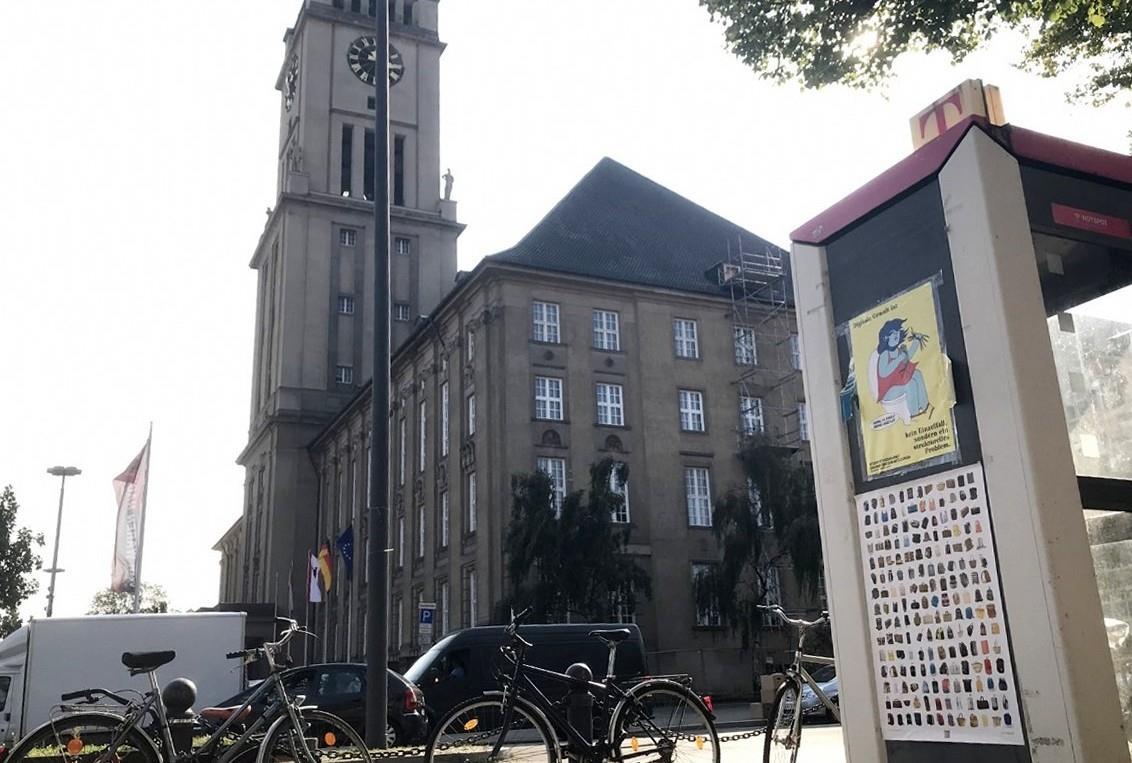
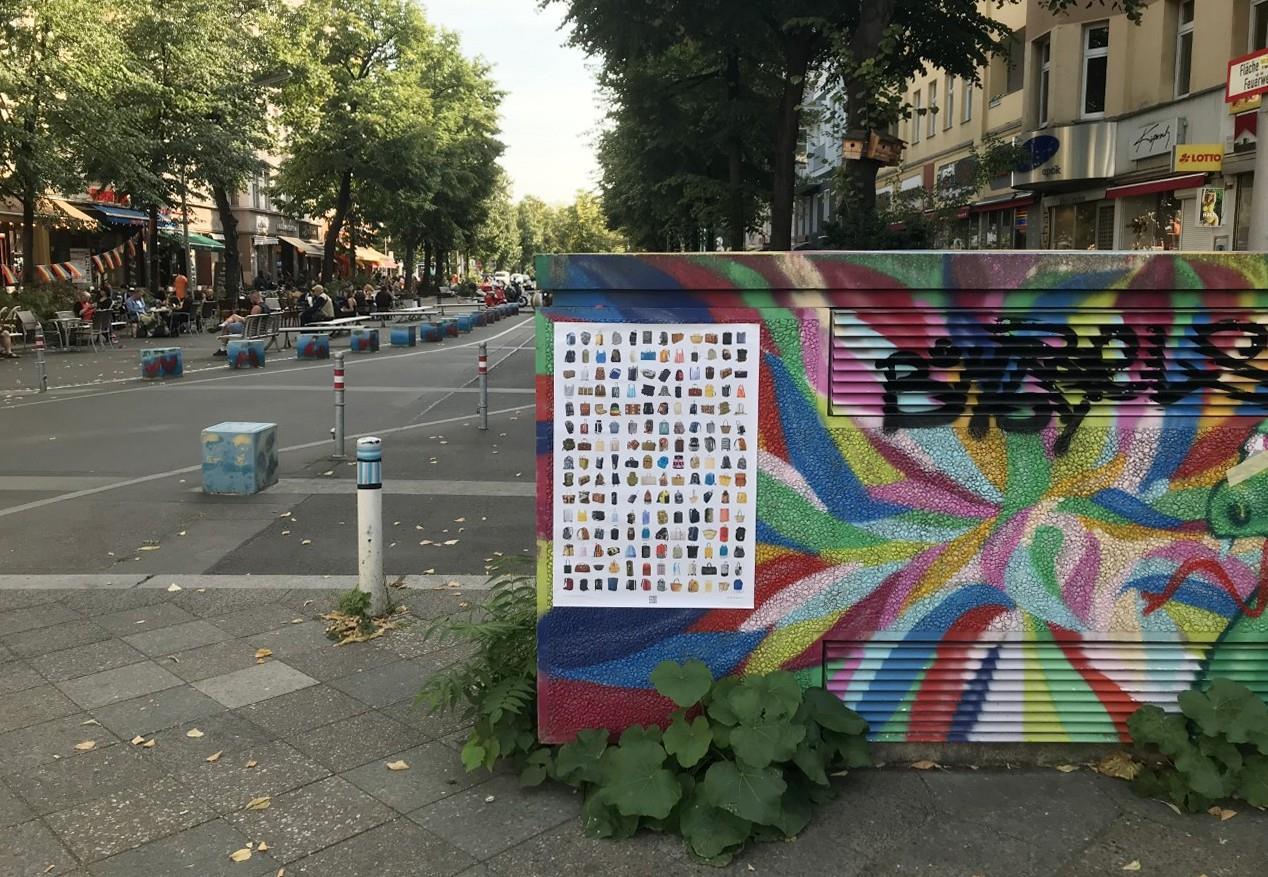
72 BerlinDE | Rathaus Schöneberg | 14/09/’20 | 22/07/’20 BerlinDE | just off Kurfürstendamm | 14/09/’20 | 22/07/’20

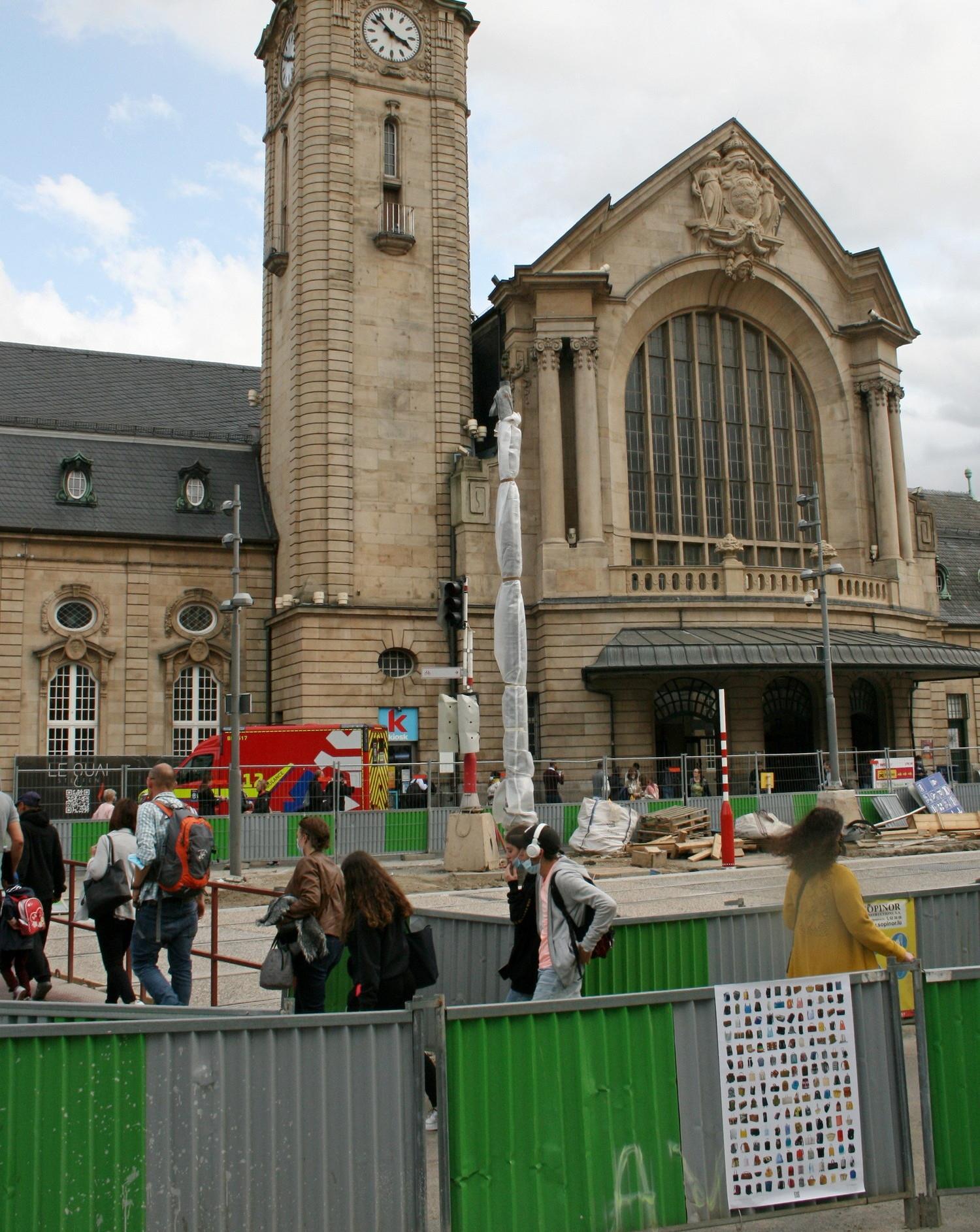
73 WarsawPL | 16/09/’20 LuxembourgLU | 24/09/’20
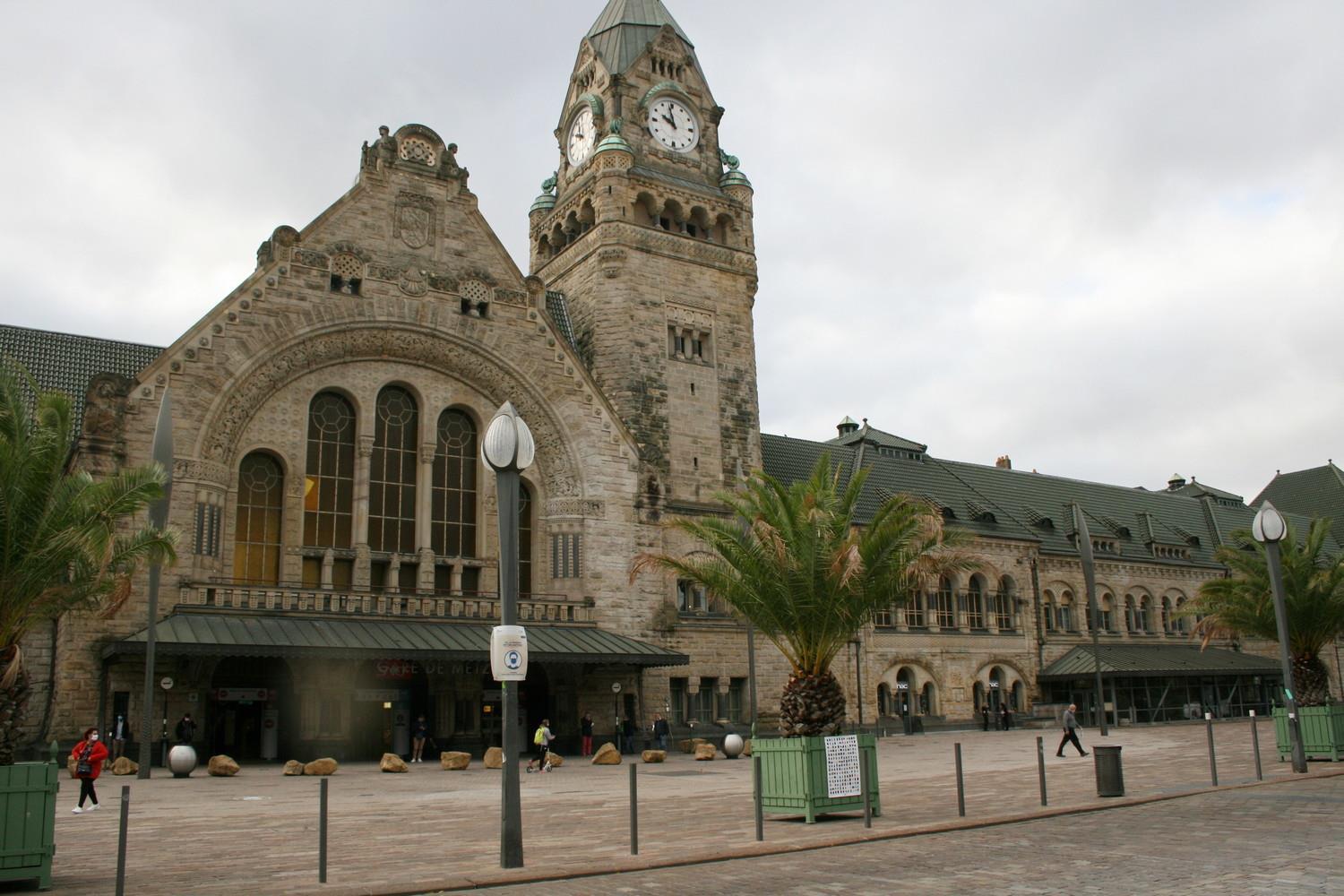
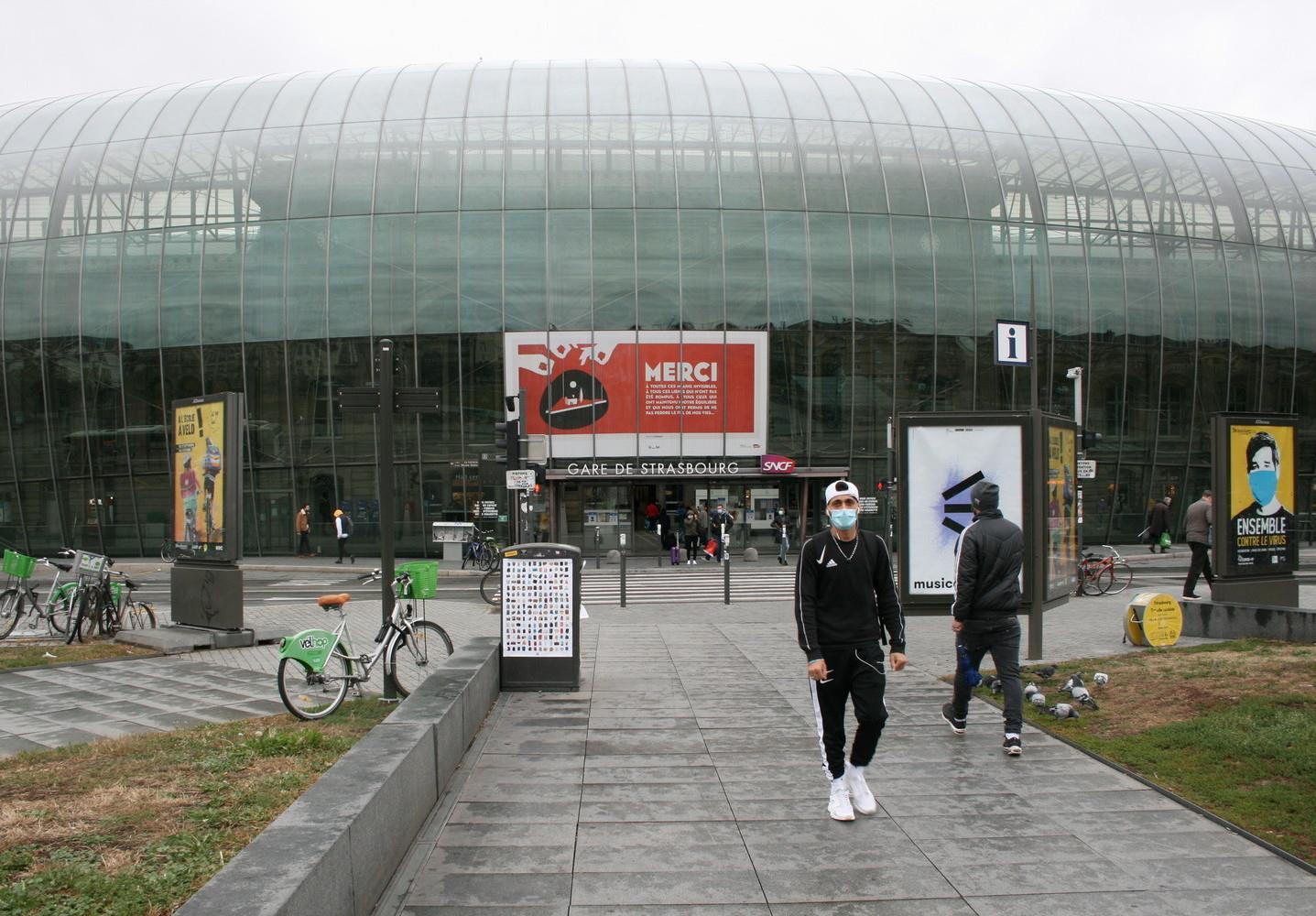
74 MetzFR | 25/09/’20 StrasbourgFR | 26/09/’20
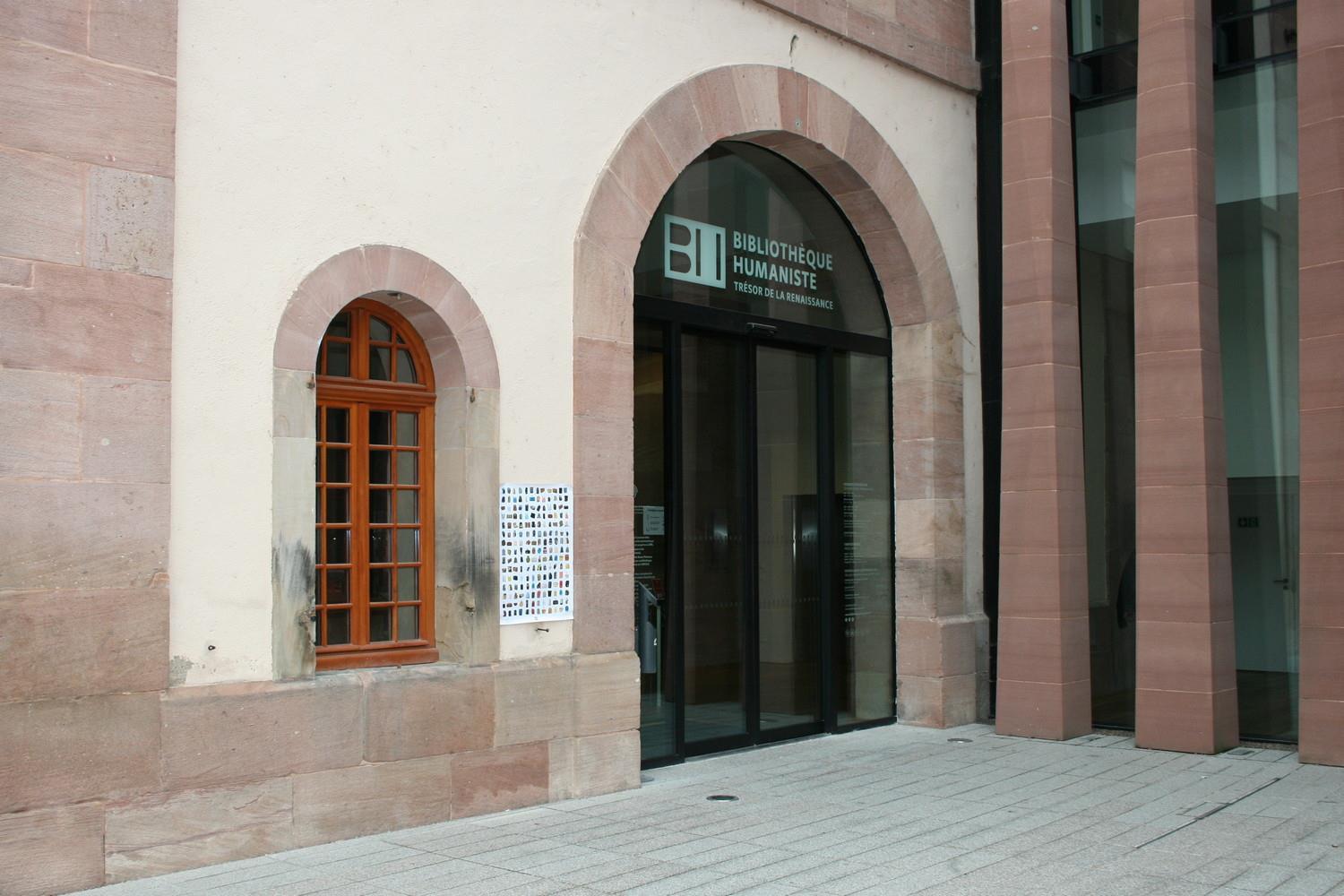
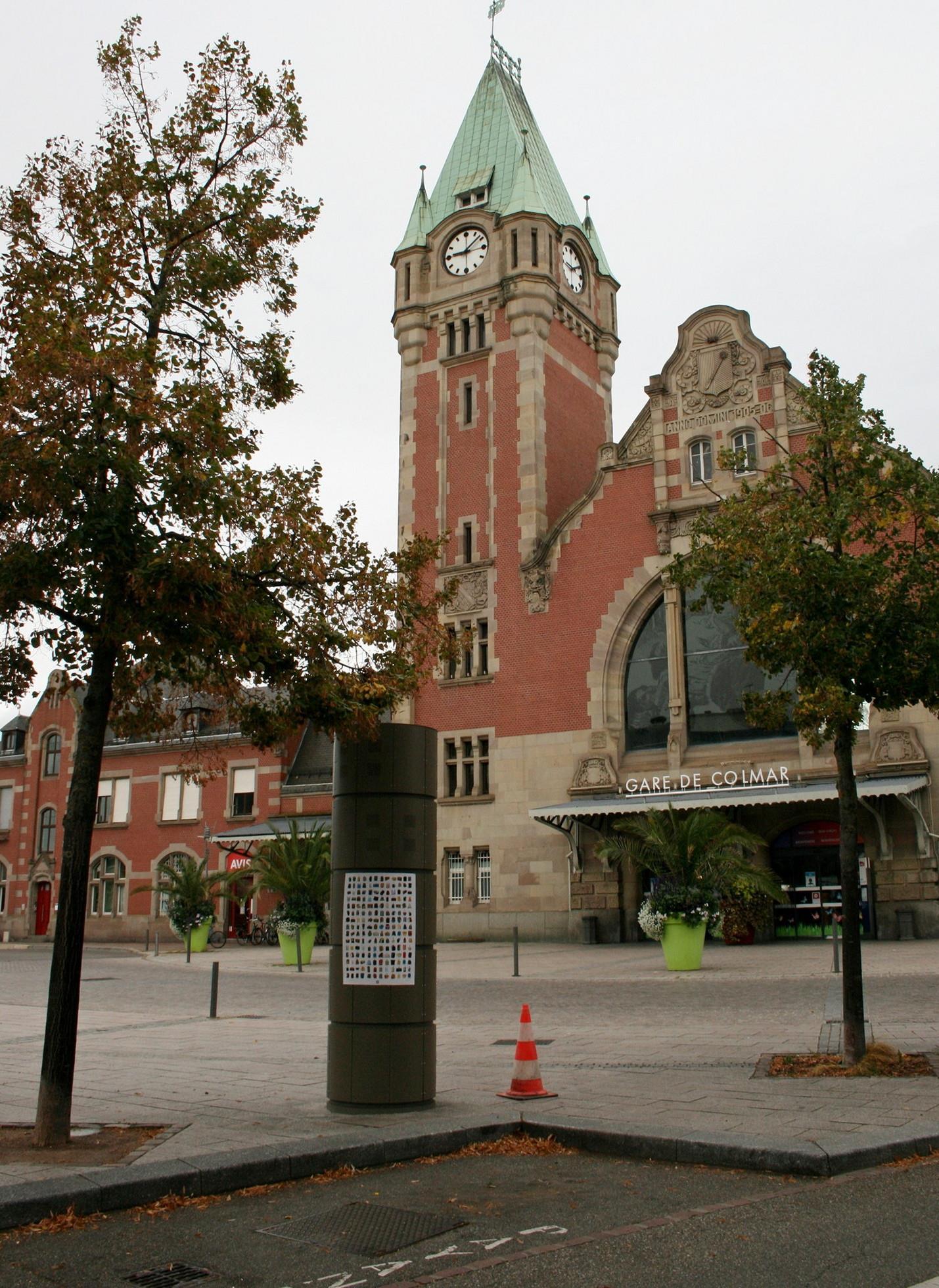
75 SélestadFR | 27/09/’20 ColmarFR | 27/09/’20
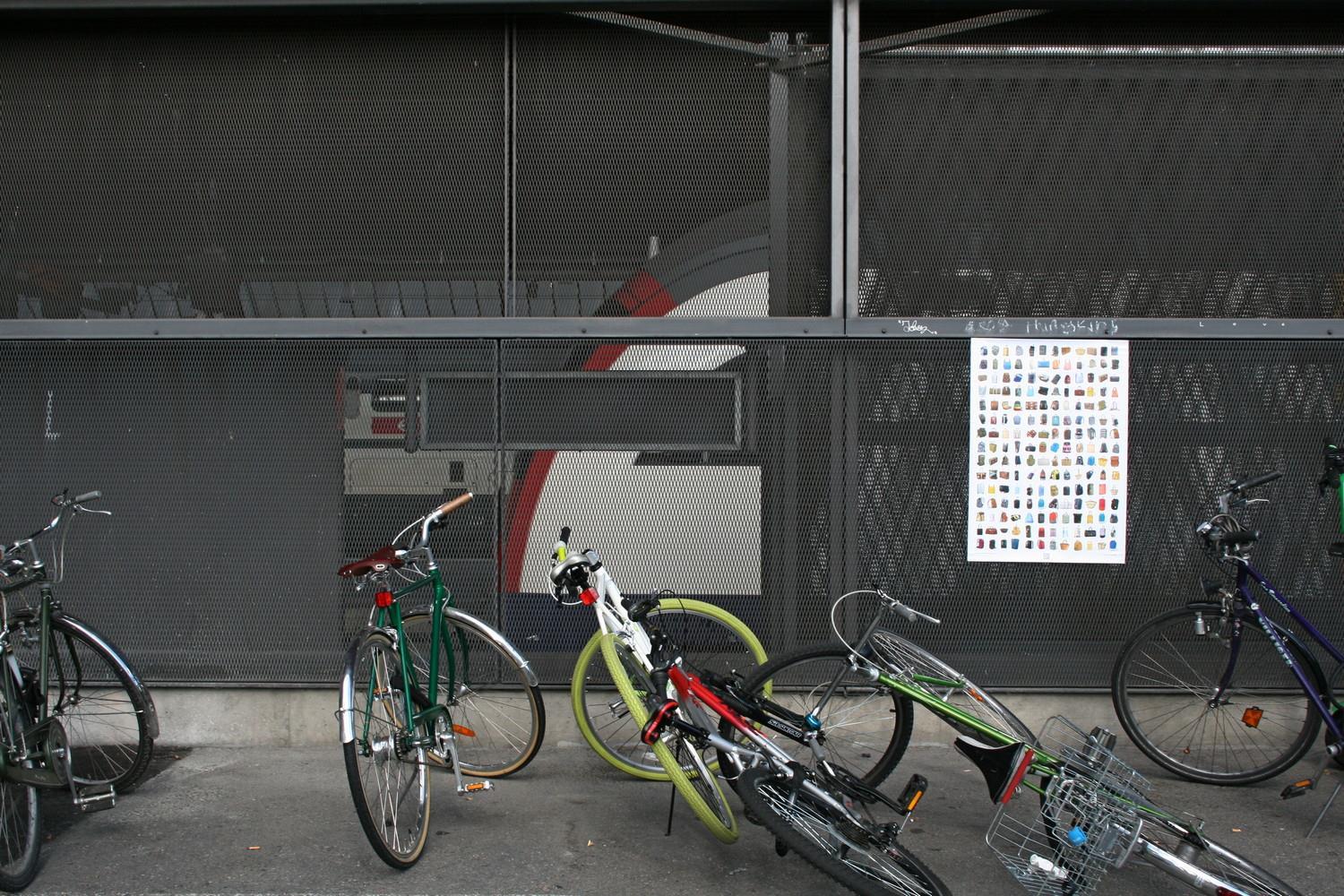
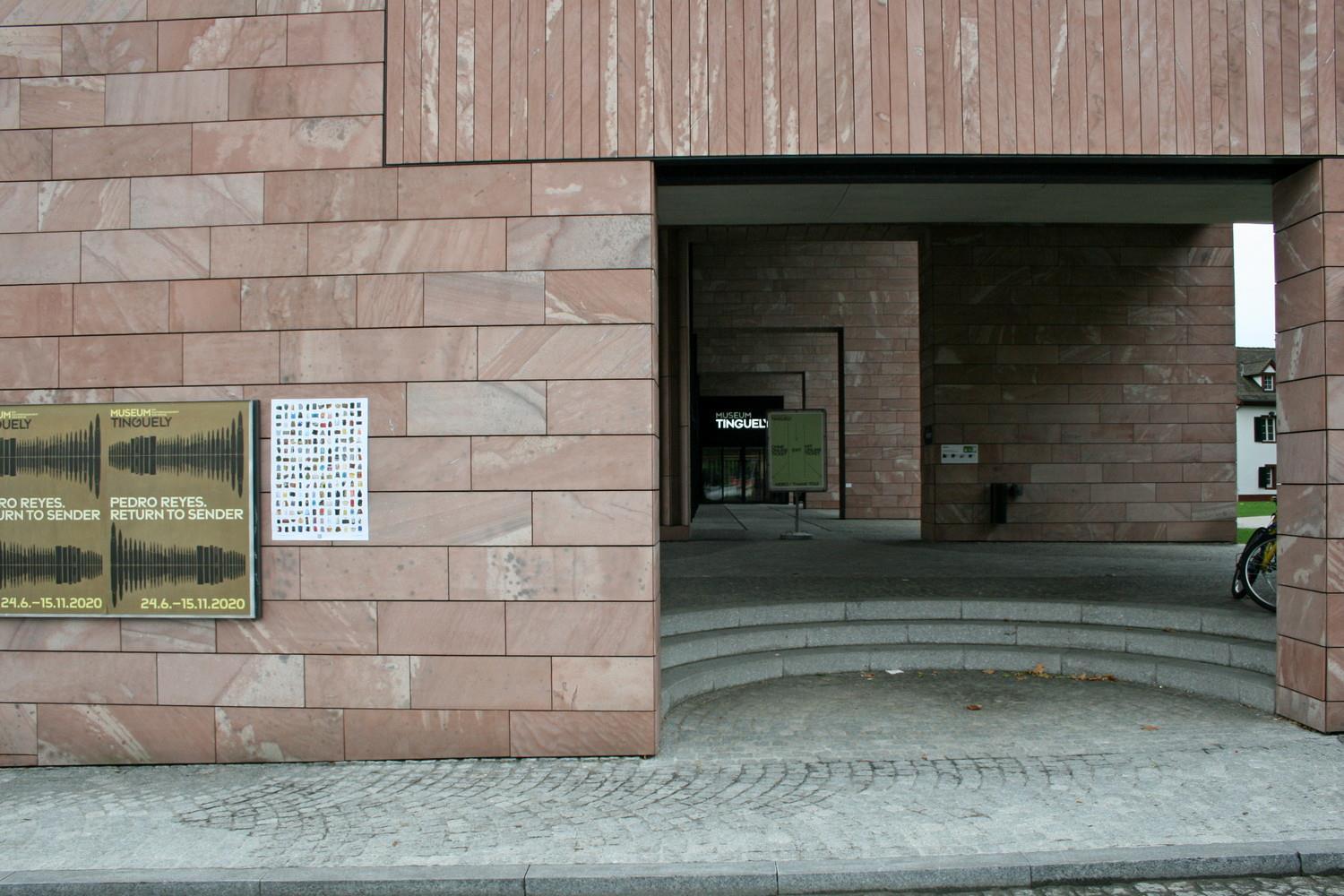
76 ZürichCH | 28/09/’20 BaselCH | 29/09/’20
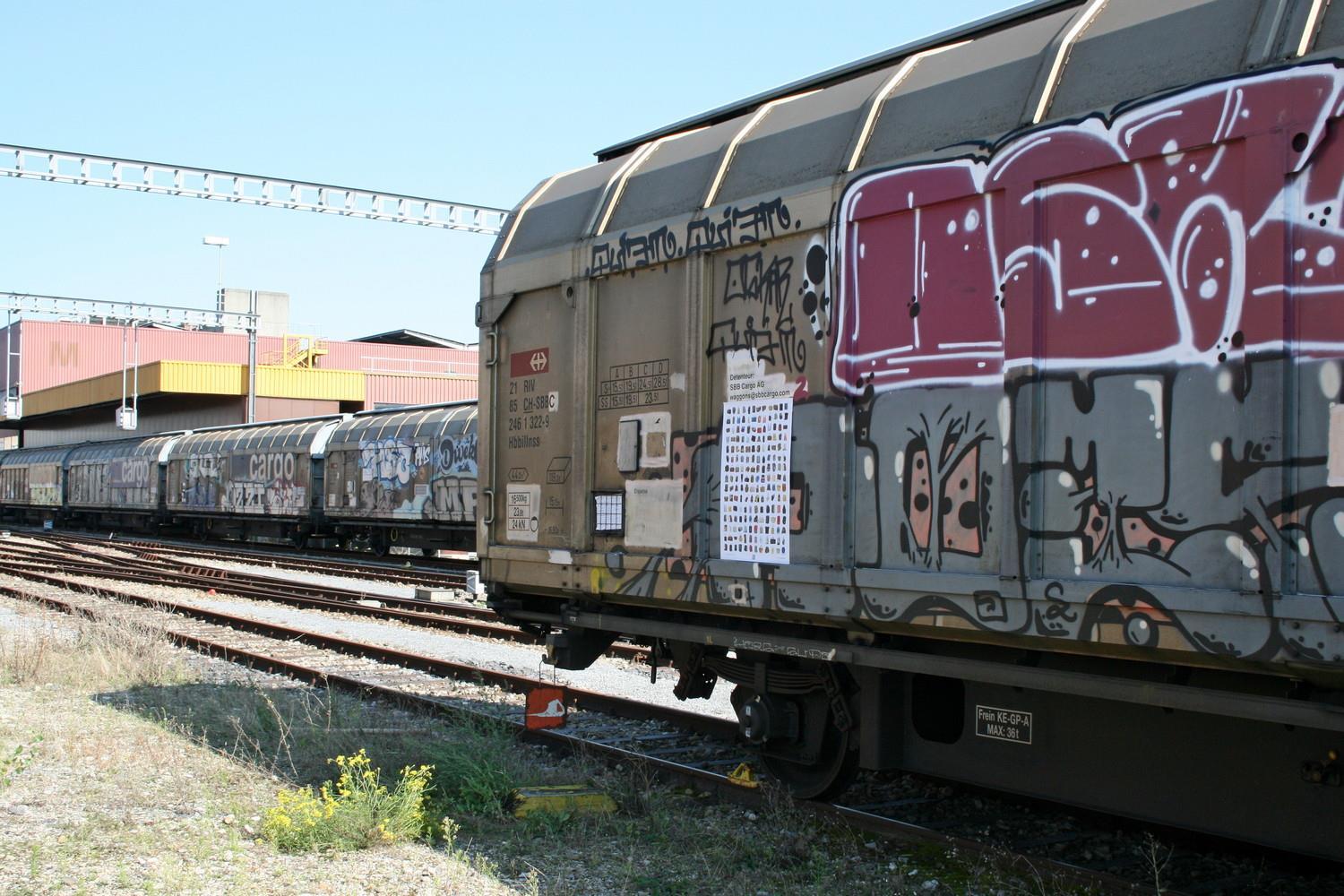
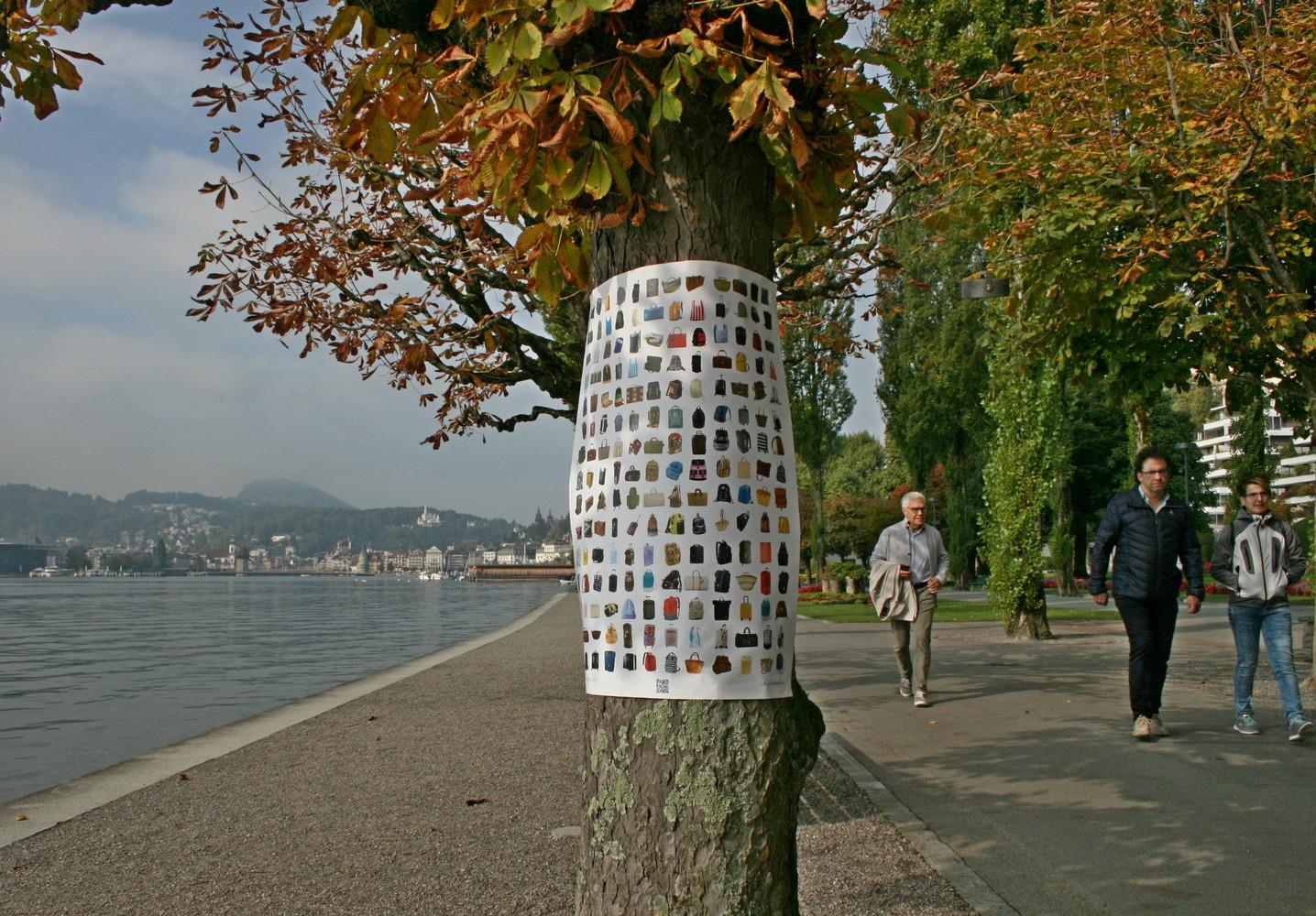
77 BaselCH | 30/09/’20 LuzernCH | 01/10/’20
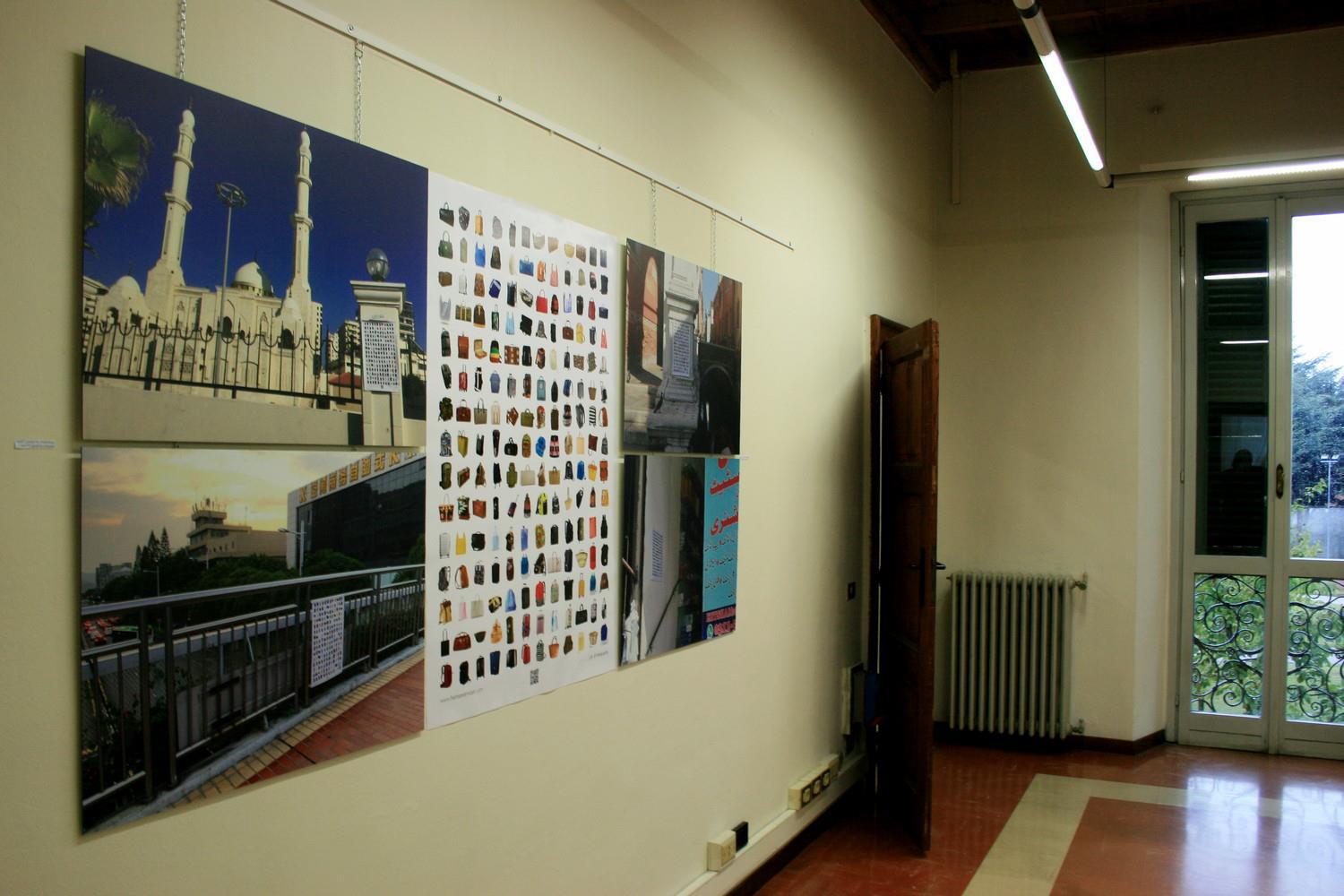
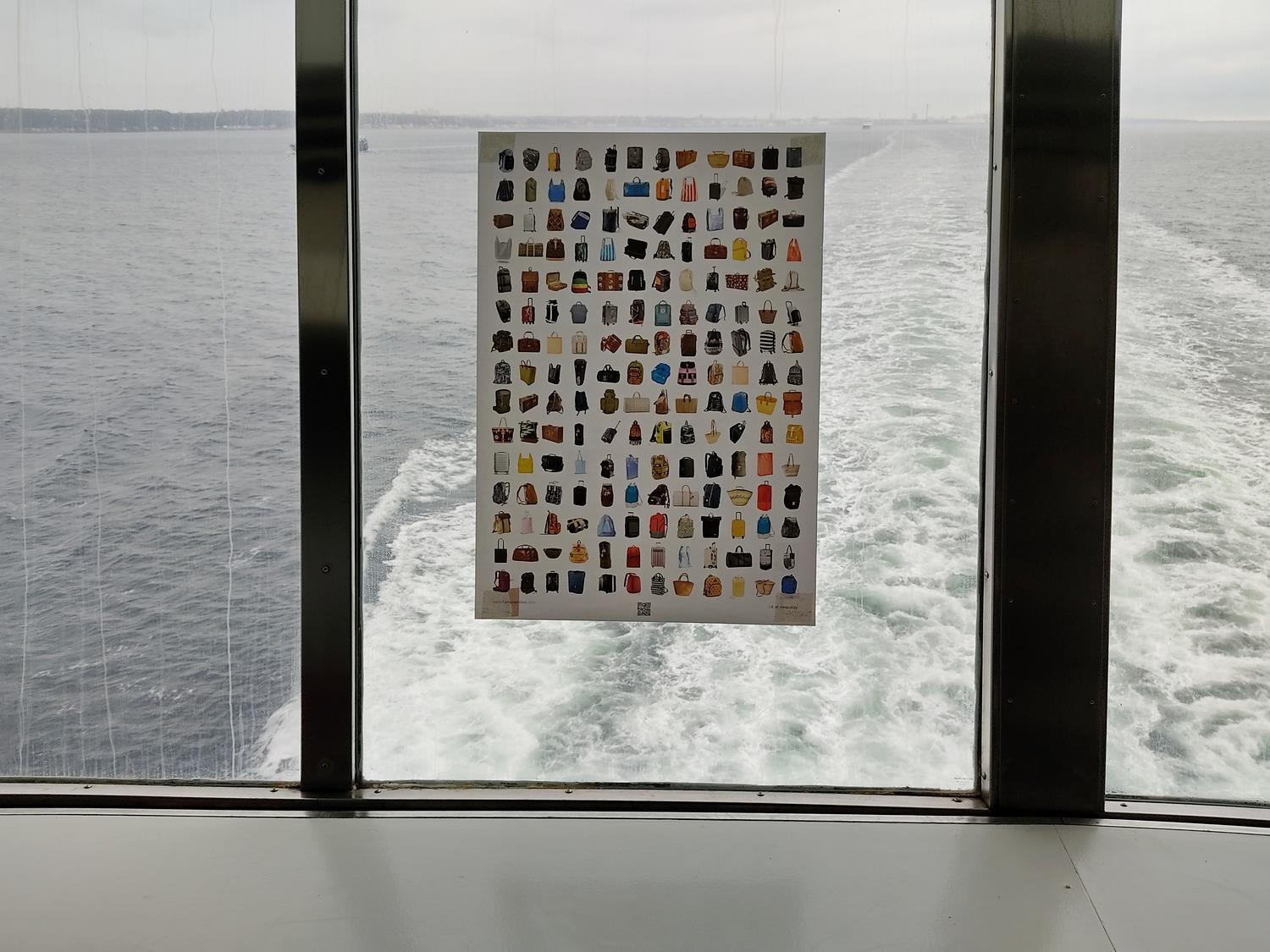
78
Busto Garolfo / MilanoIT | 02/10/’20
Boat KielDE - KopenhagenDK | came in on 03/10/’20


79 KopenhagenDK |
in on 03/10/’20 Ringebu
|
in
03/10/’20
came
NO
came
on

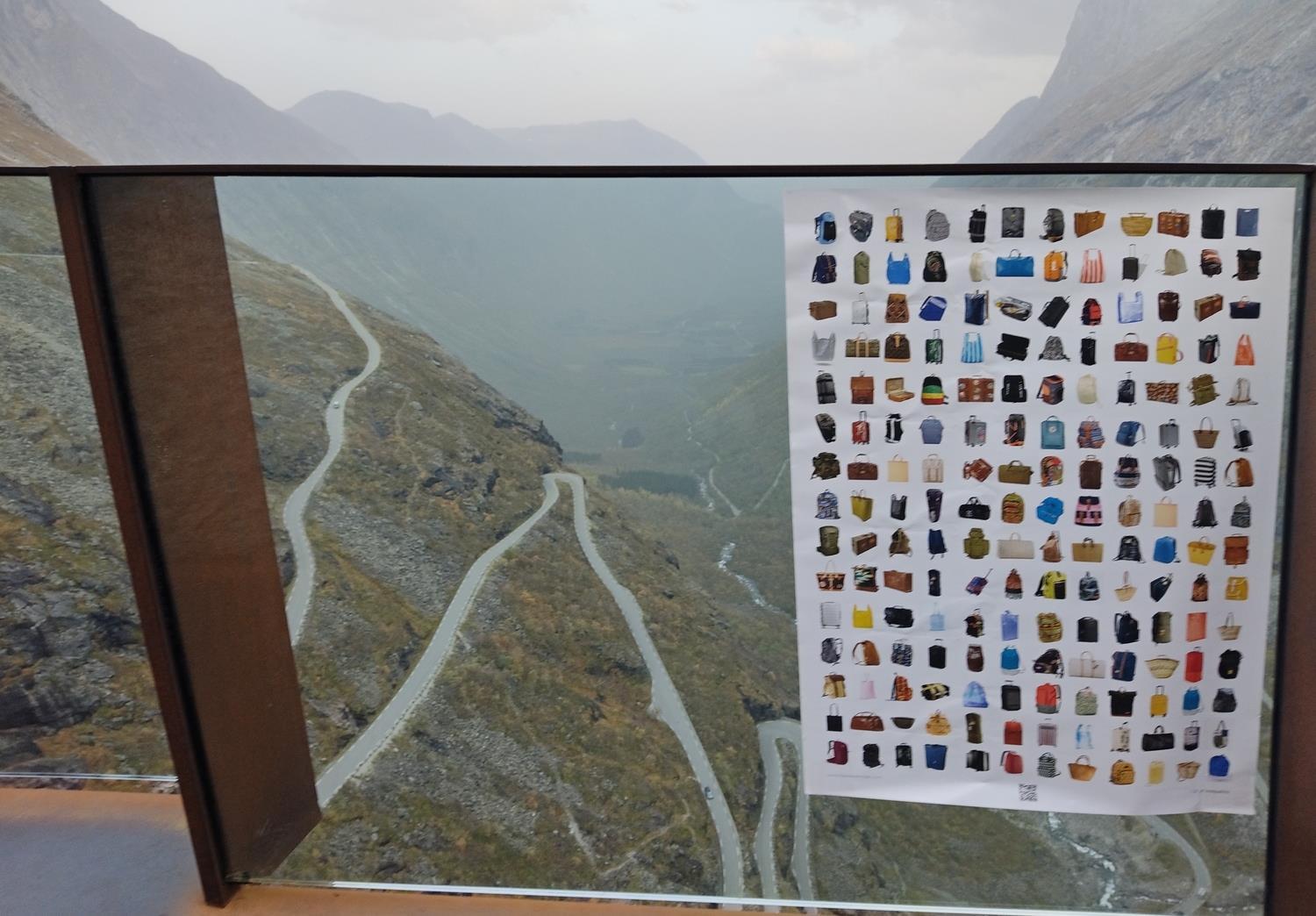
80 MilanoIT | 03/10/’20 Trollstigen near AndalsnesNO | 03/10/’20

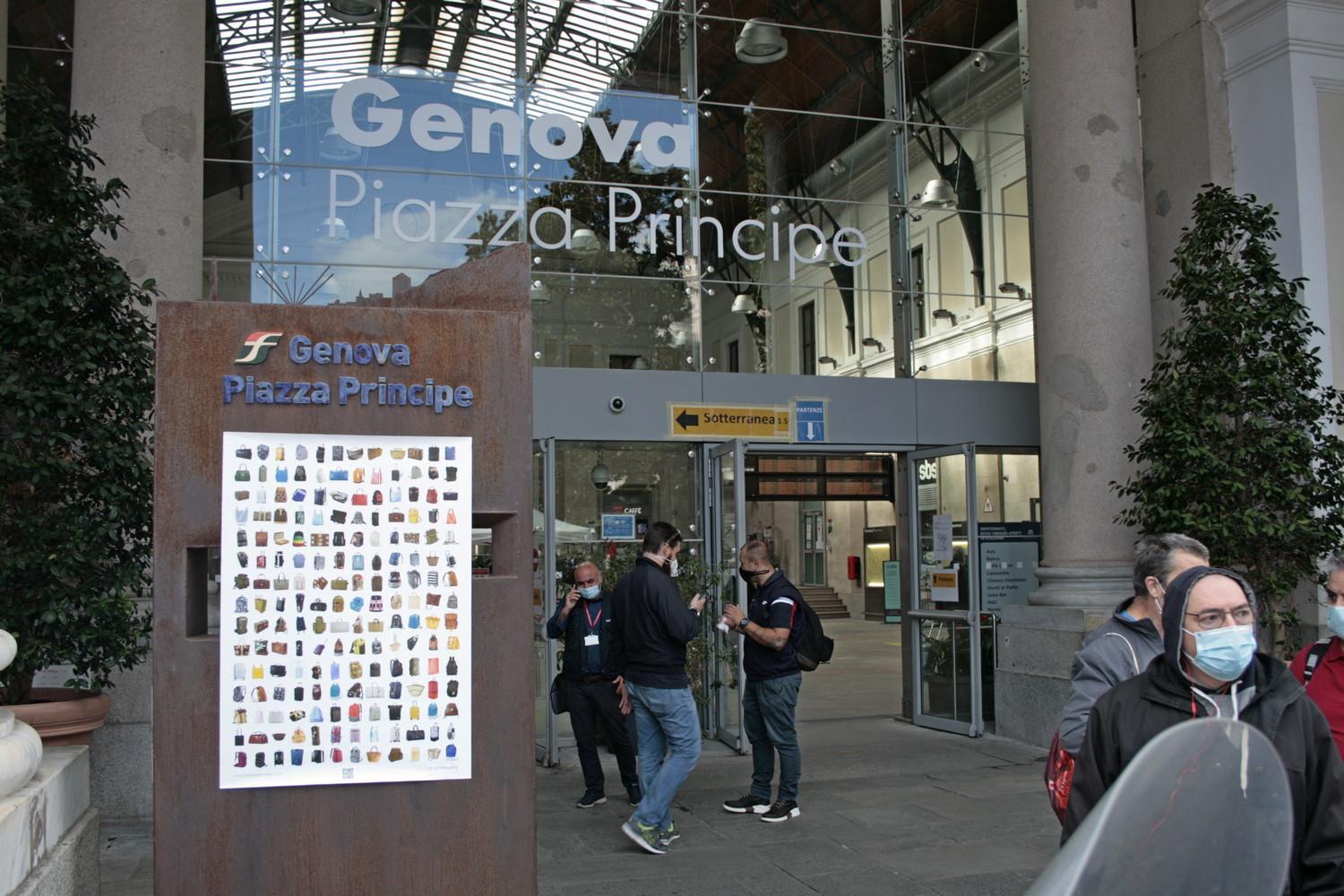
81 Busto ArsizioIT | 04/10/’20 GenoaIT | 05/10/’20 03/10/’20

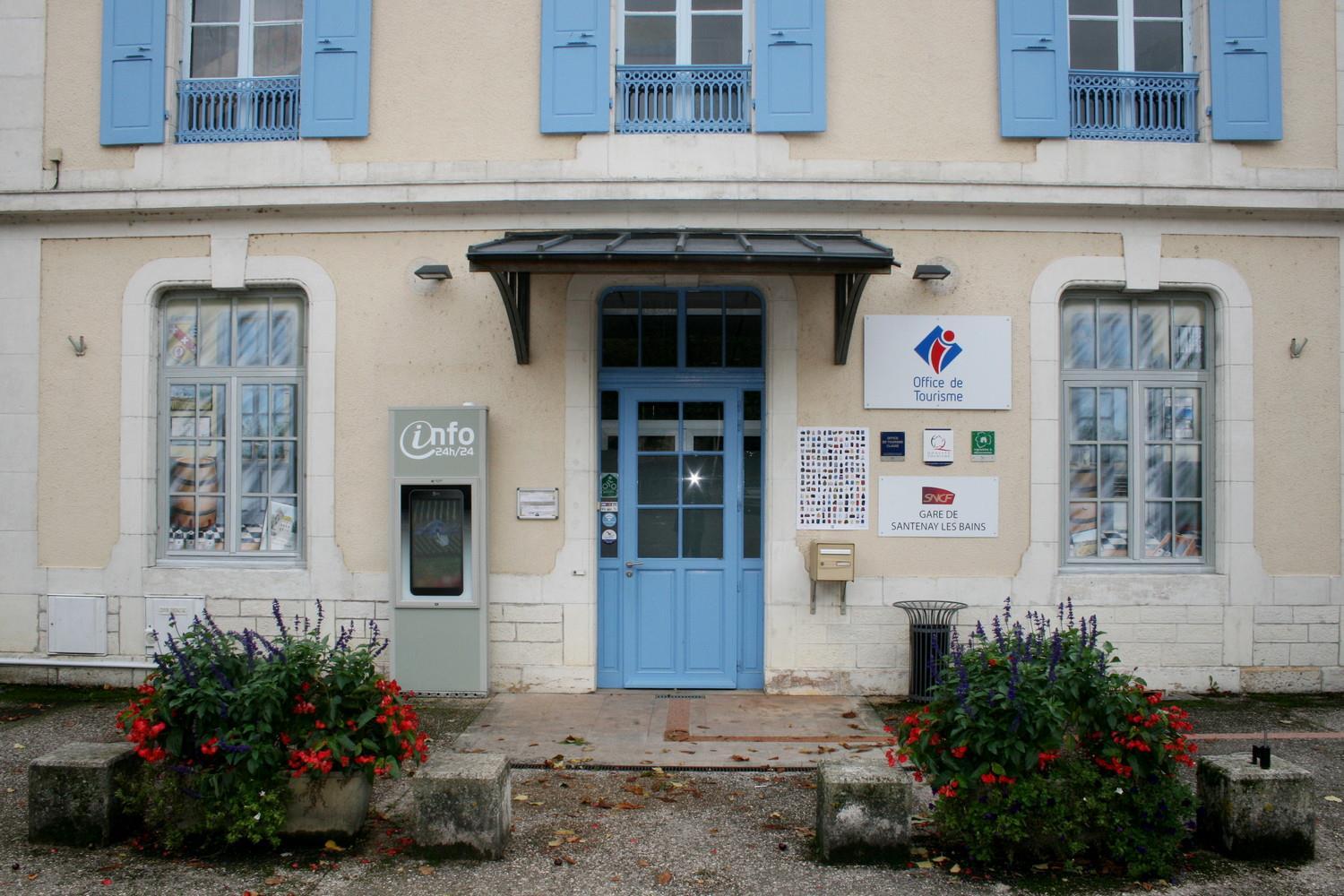
82 BeauneFR | 06/10/’20 SantenayFR | 07/10/’20


83 ÅfarnesNO | 09/10/’20 Dakar | Île de GoréeSN | 24/10/’20

84 NairobiKE [ Ngomongo ] | 02/11/’20

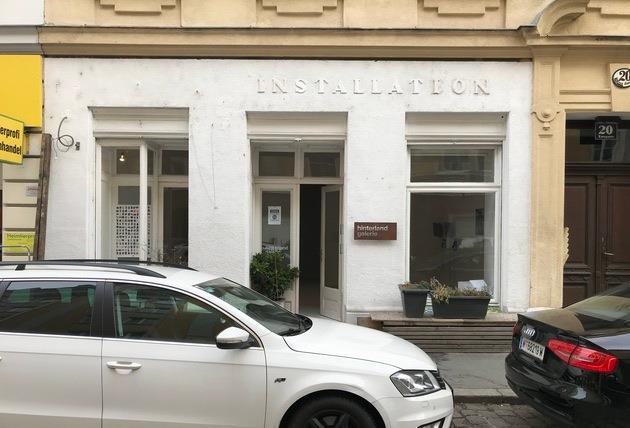
85 MallorcaSP | Espai St. Marc | 11/11/’20 WienAT | hinterland | 23/11’20


WienAT | Kulturdrogerie | 26/11/’20
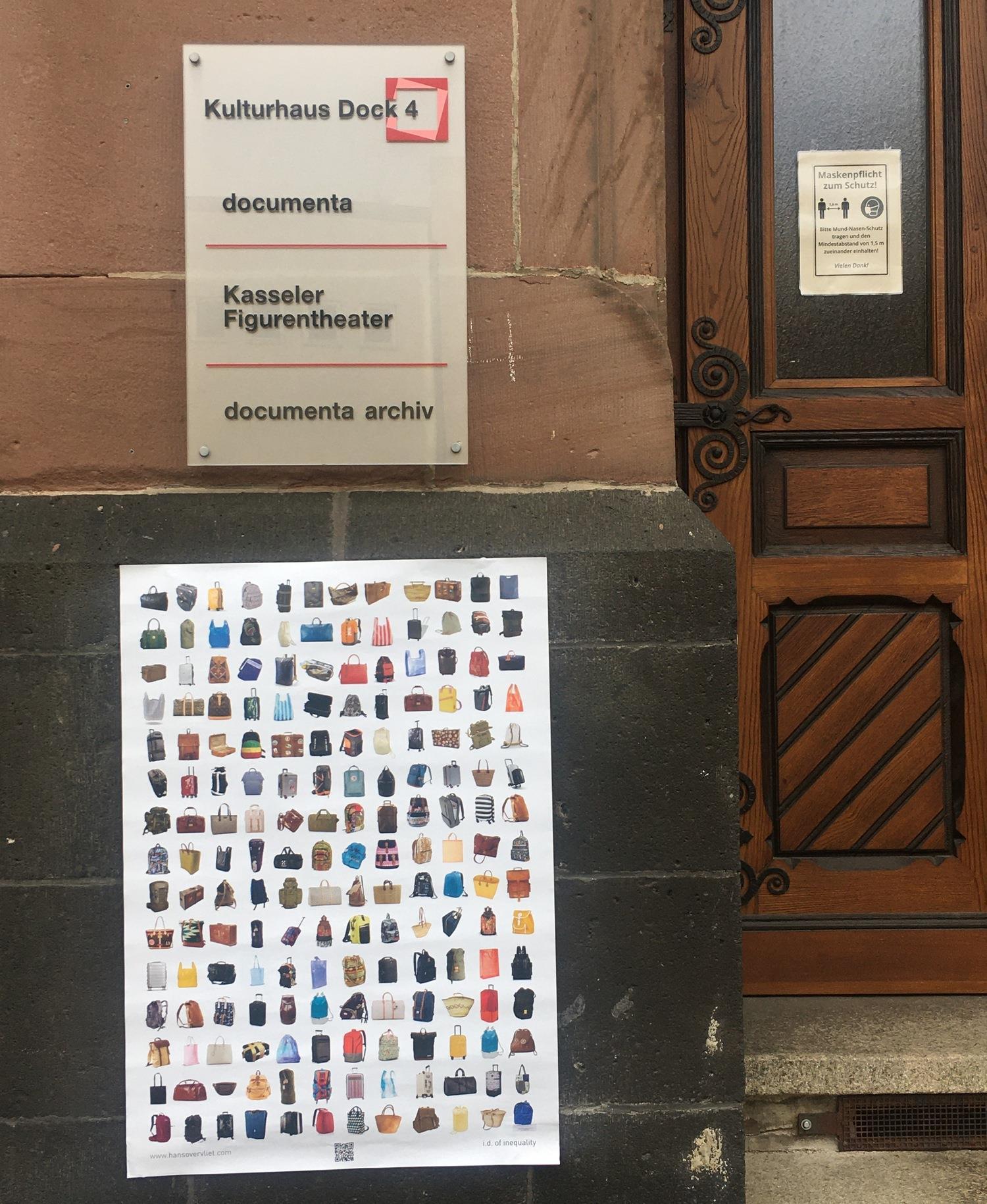
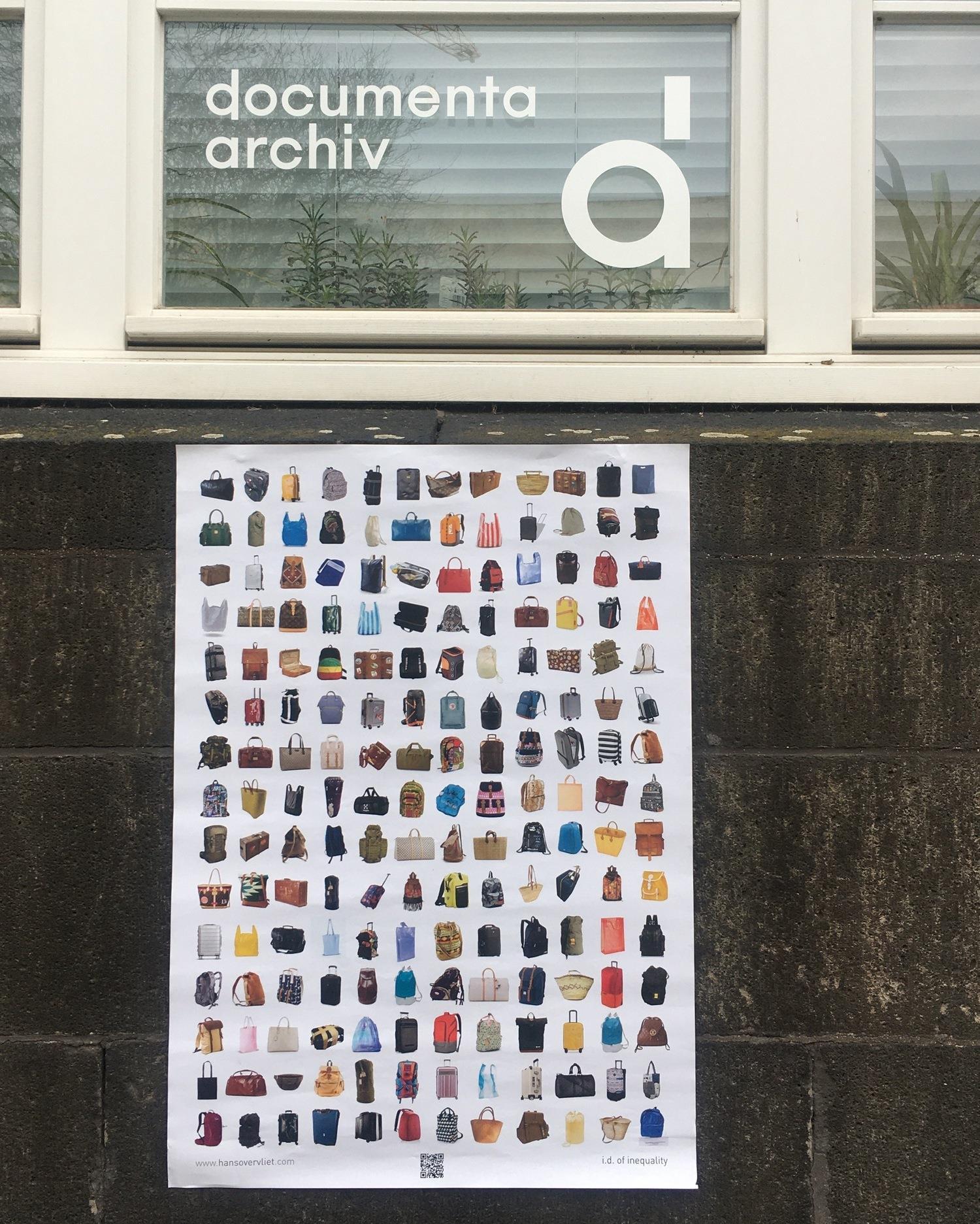
87 KasselDE | no institute | 29/11/’20
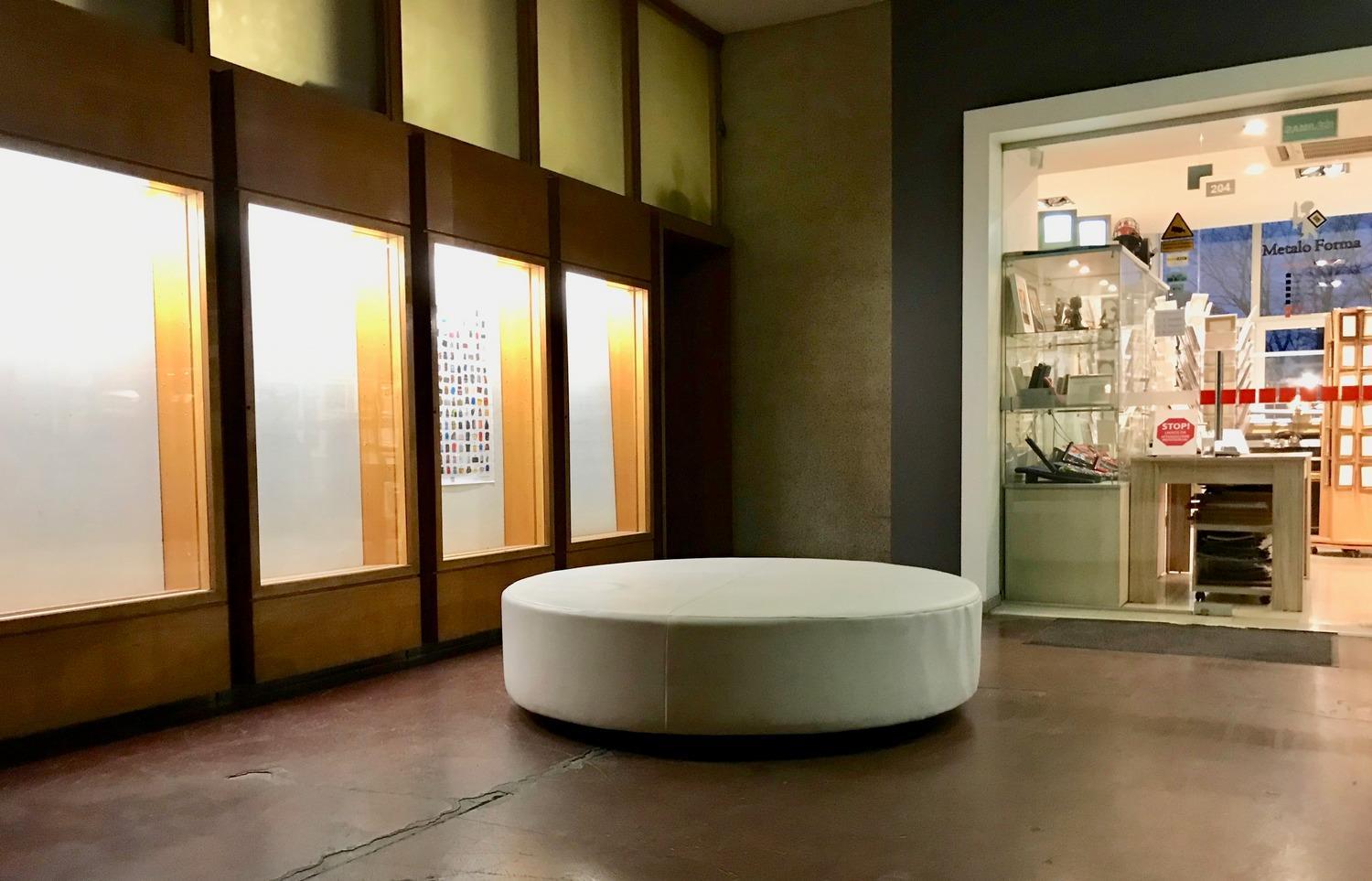
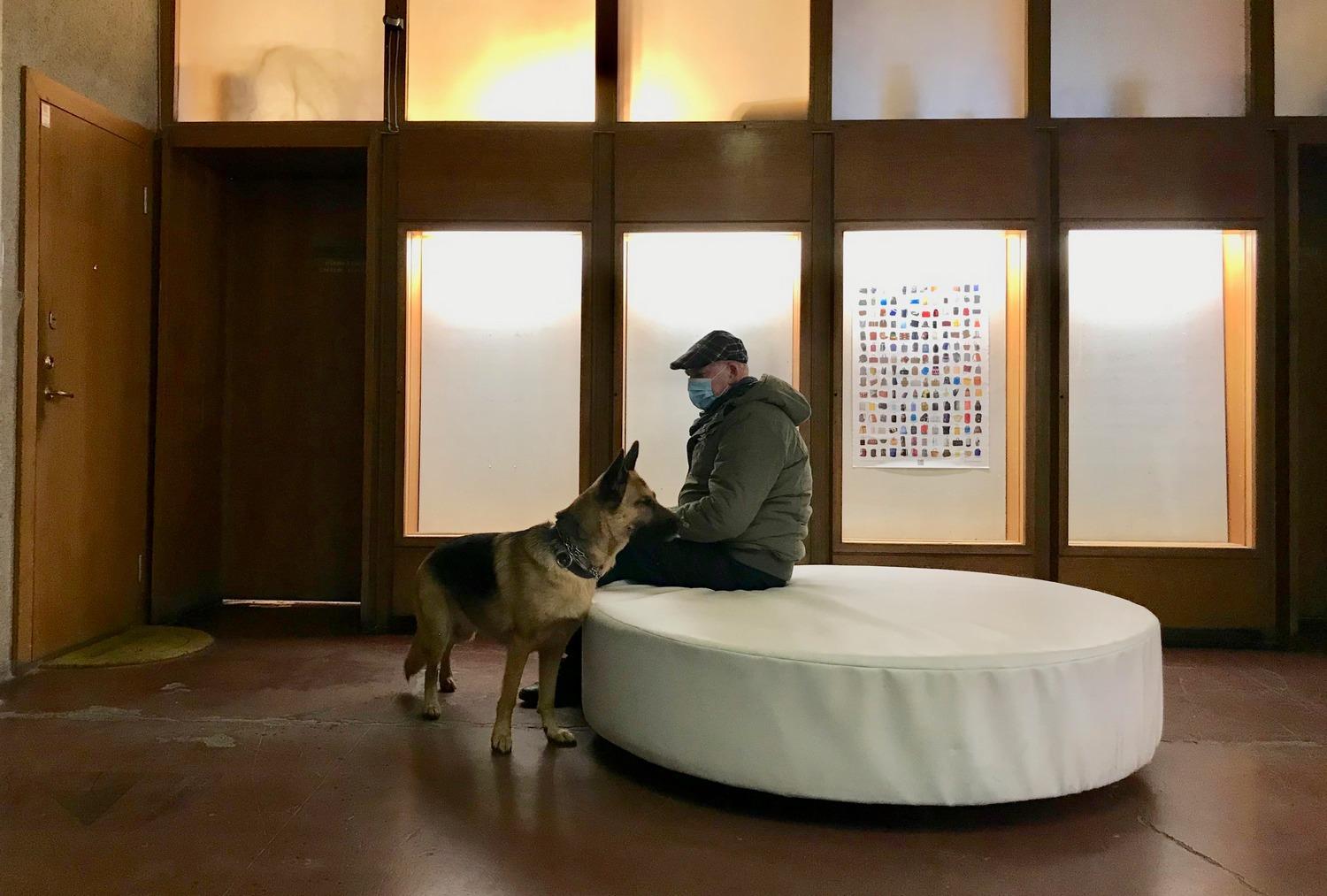
88 VilniusLT | VITRINA
|
&Bench
29/11/’20


89 MwanzaTZ | 03/12/’20 HelsinkiFI | Forum Box | 02/12/’20


90 GeelongAU | Geelong Fine Art Gallery | 26/12/’20


91 Veliko TurnovoBG |
|
| Circulaire132 | 09/01/’21
Heerz Tooya
27/12/’20 Quebec CA

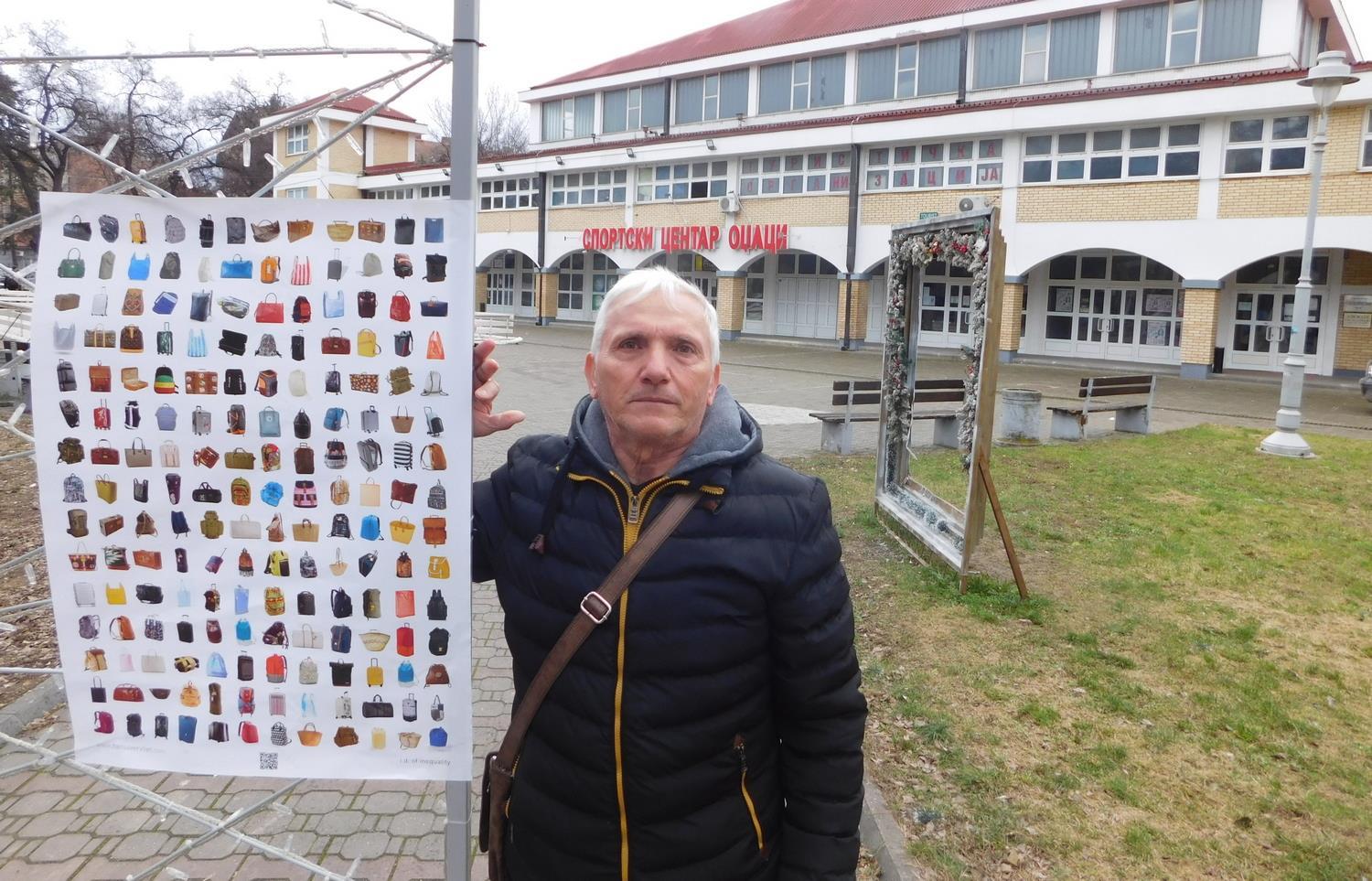
92 AntwerpBE | linkeroever | 24/01/’21 OdzaciRS | Multimedial Art Studio | 24/01/’21

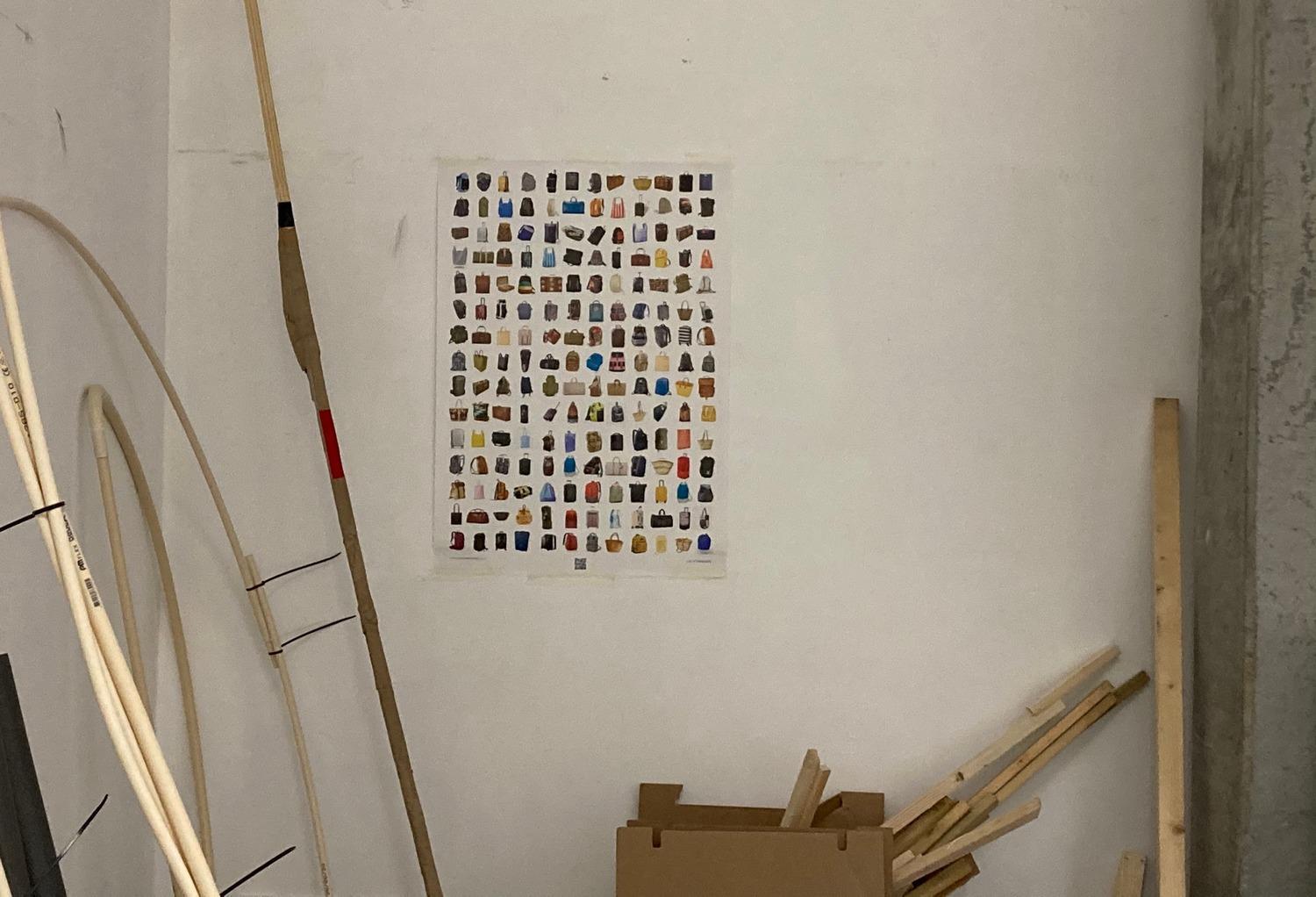
93 LeidenNL [ my place of birth ] 25/01/’21 BergenNO | 27/01/’21
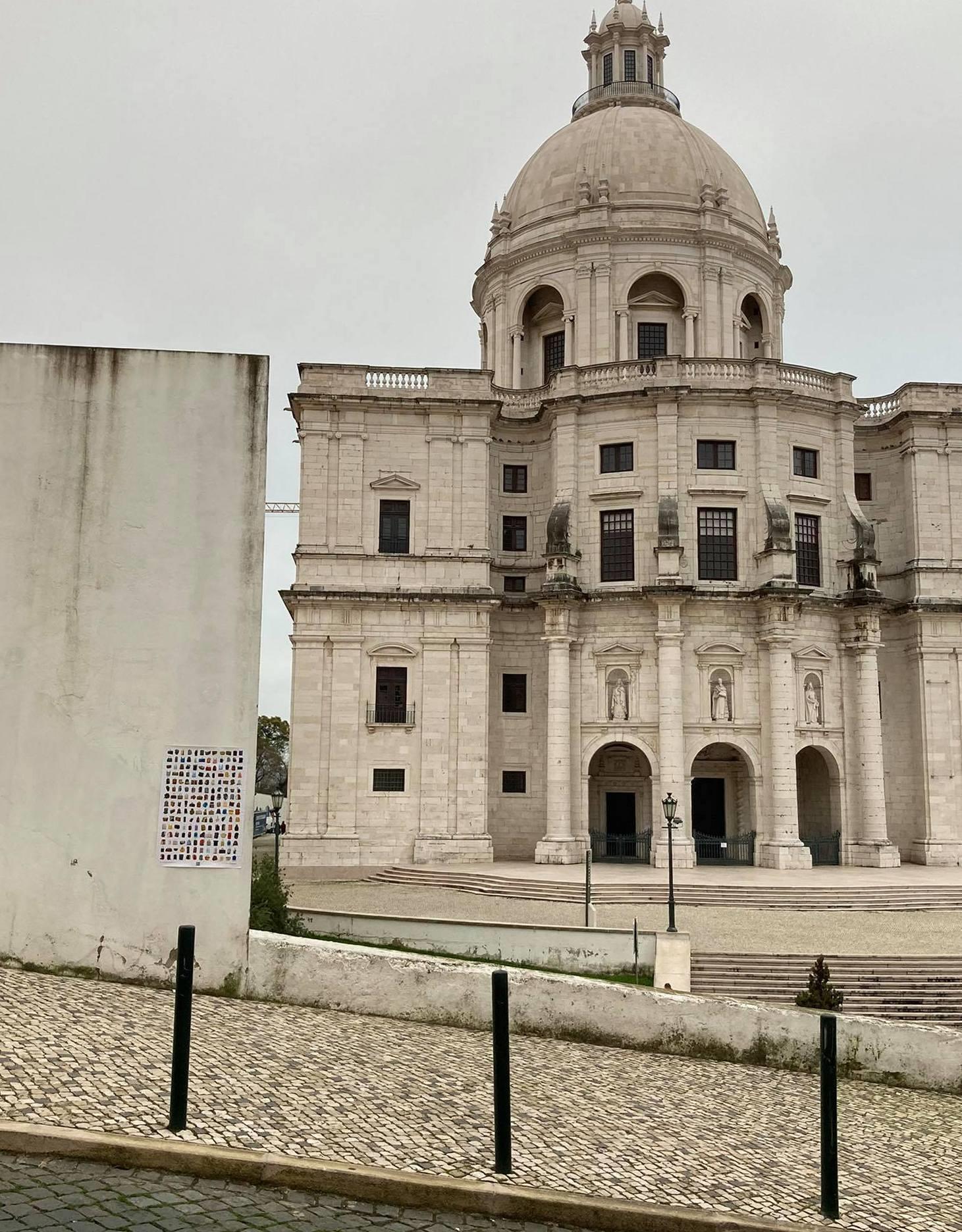
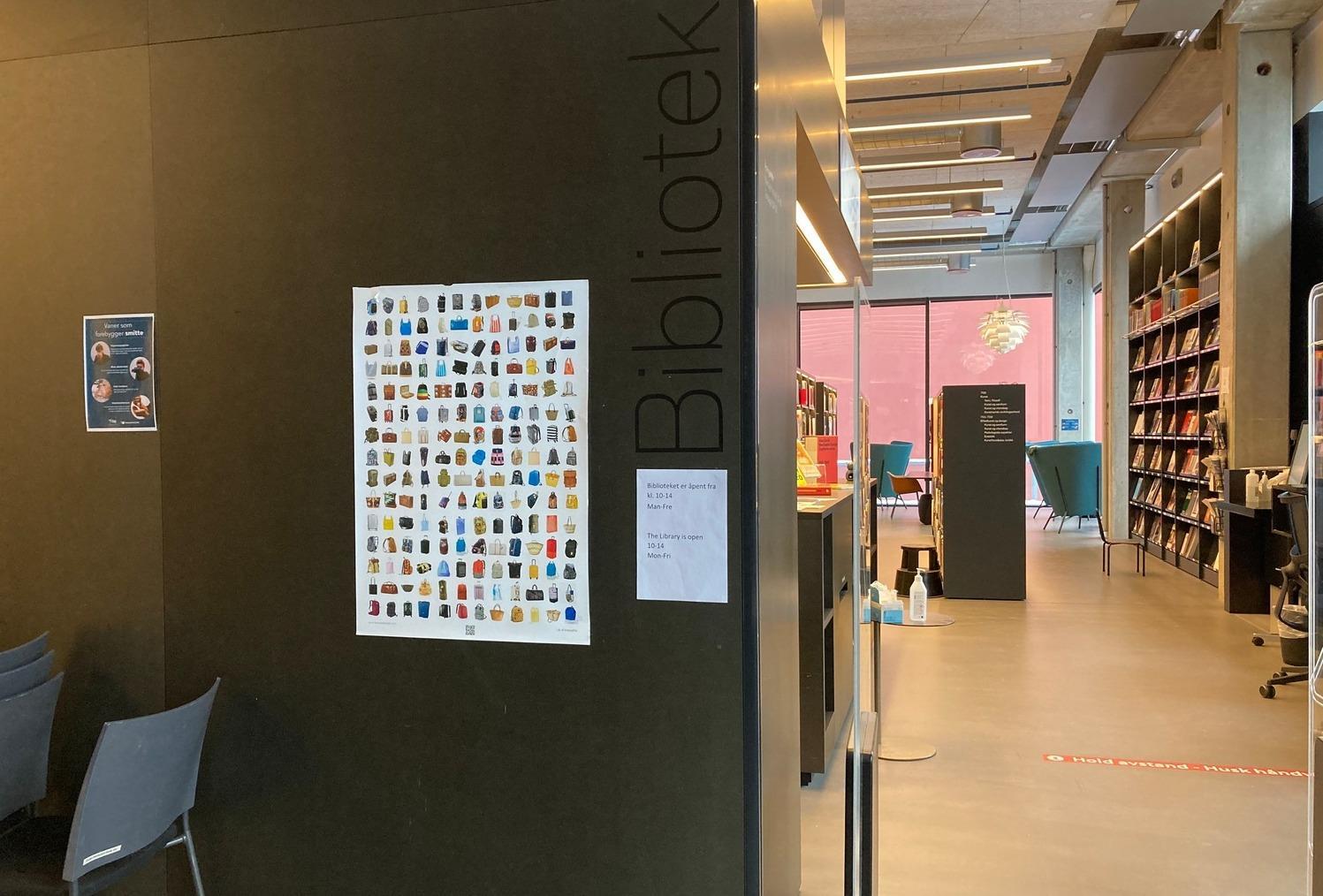
94 LisbonPT | 27/01/’21 BergenNO | 04/02/’21


95 VlissingenNL | studio complex Kipvis / my studio | 04/02/’21 TallinnEE | Galerii Metropol | 12/02/’21
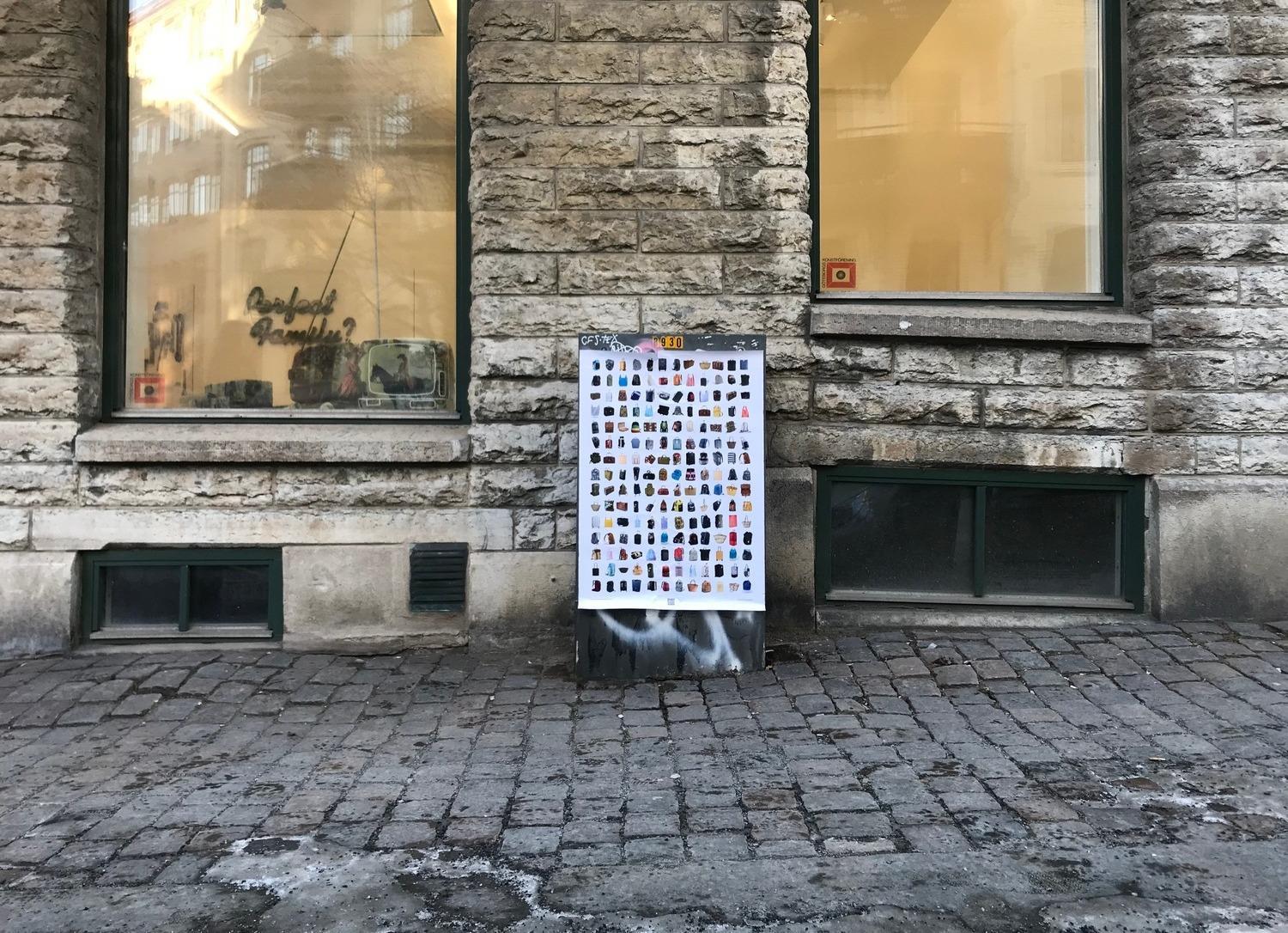
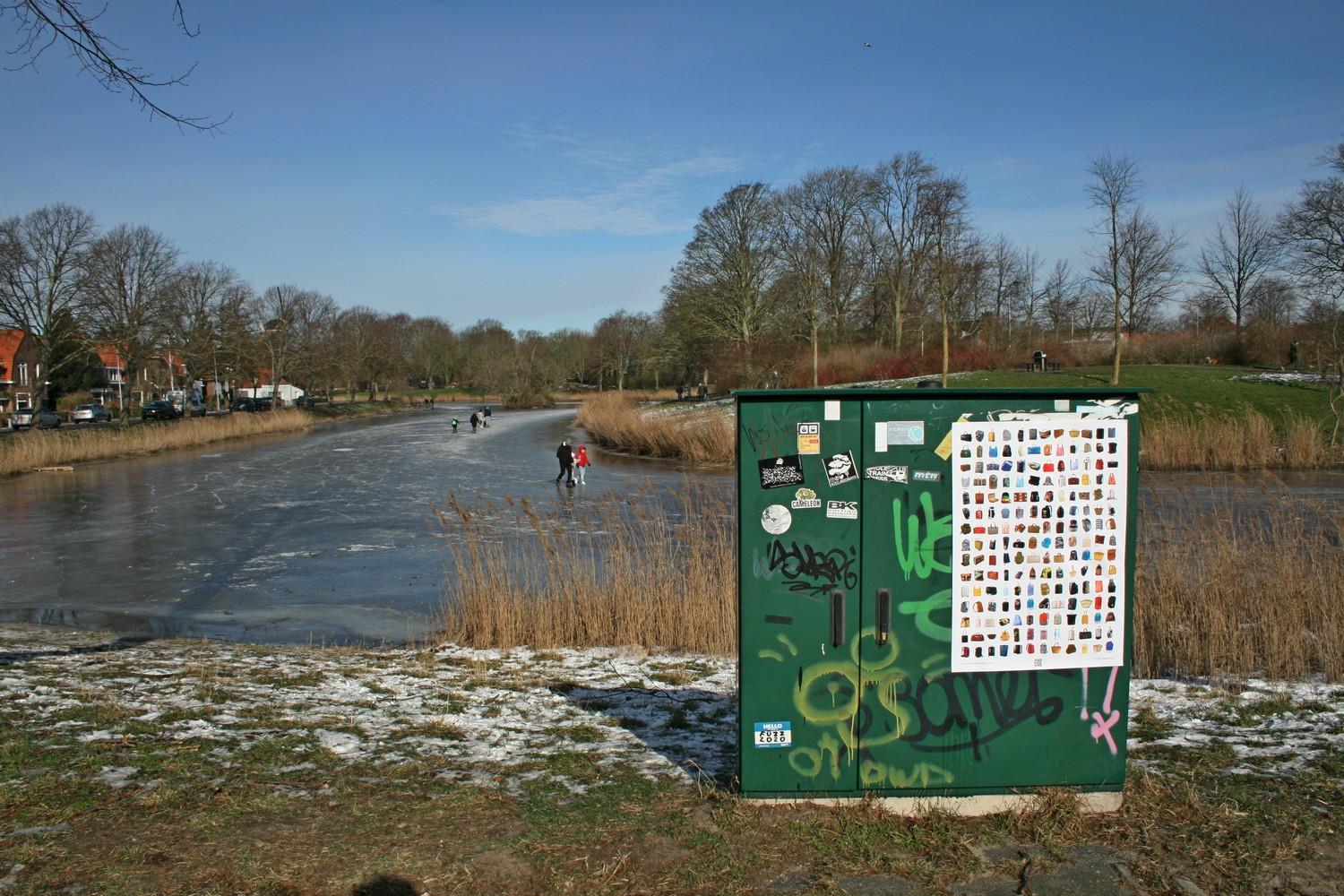
96 GothenborgSE | Galleri 54 | 14/02/’21 MiddelburgNL | 14/02/’21

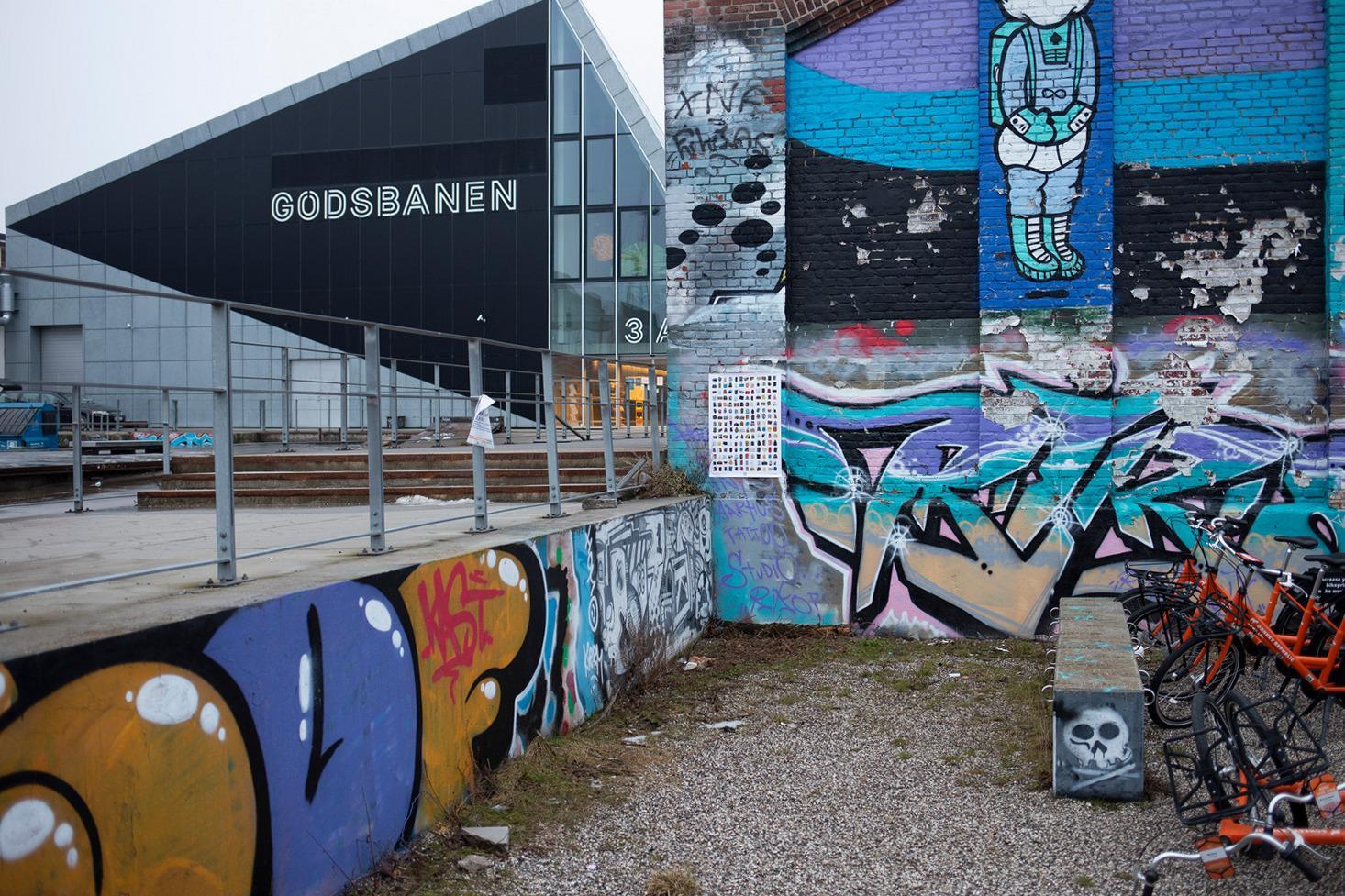
97 AarhusDK | Juxtapose Art Fair | 18/02/’21 LeidenNL | museum of ethnology | 14/02/’21
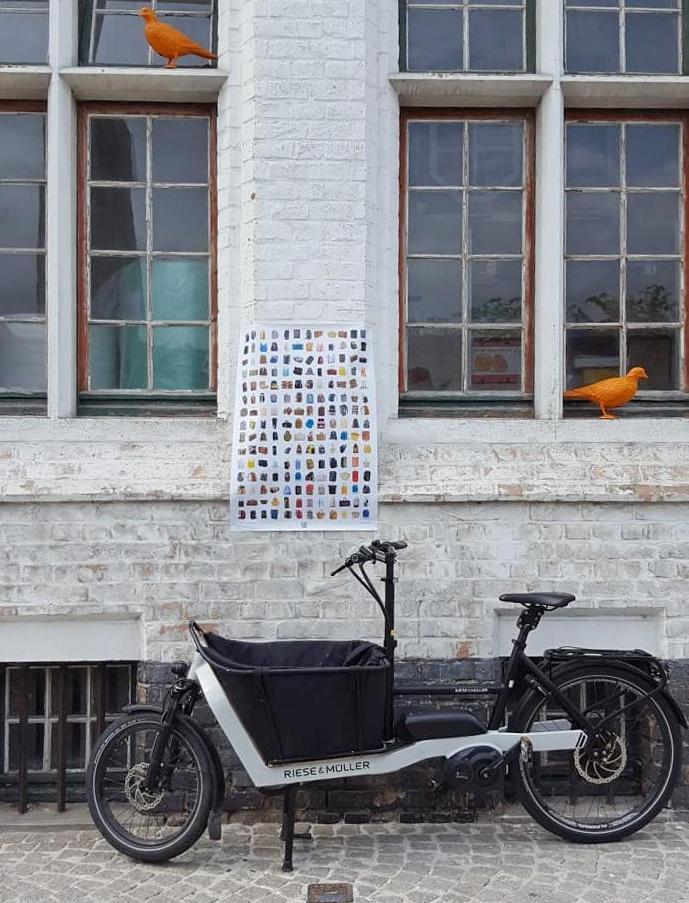
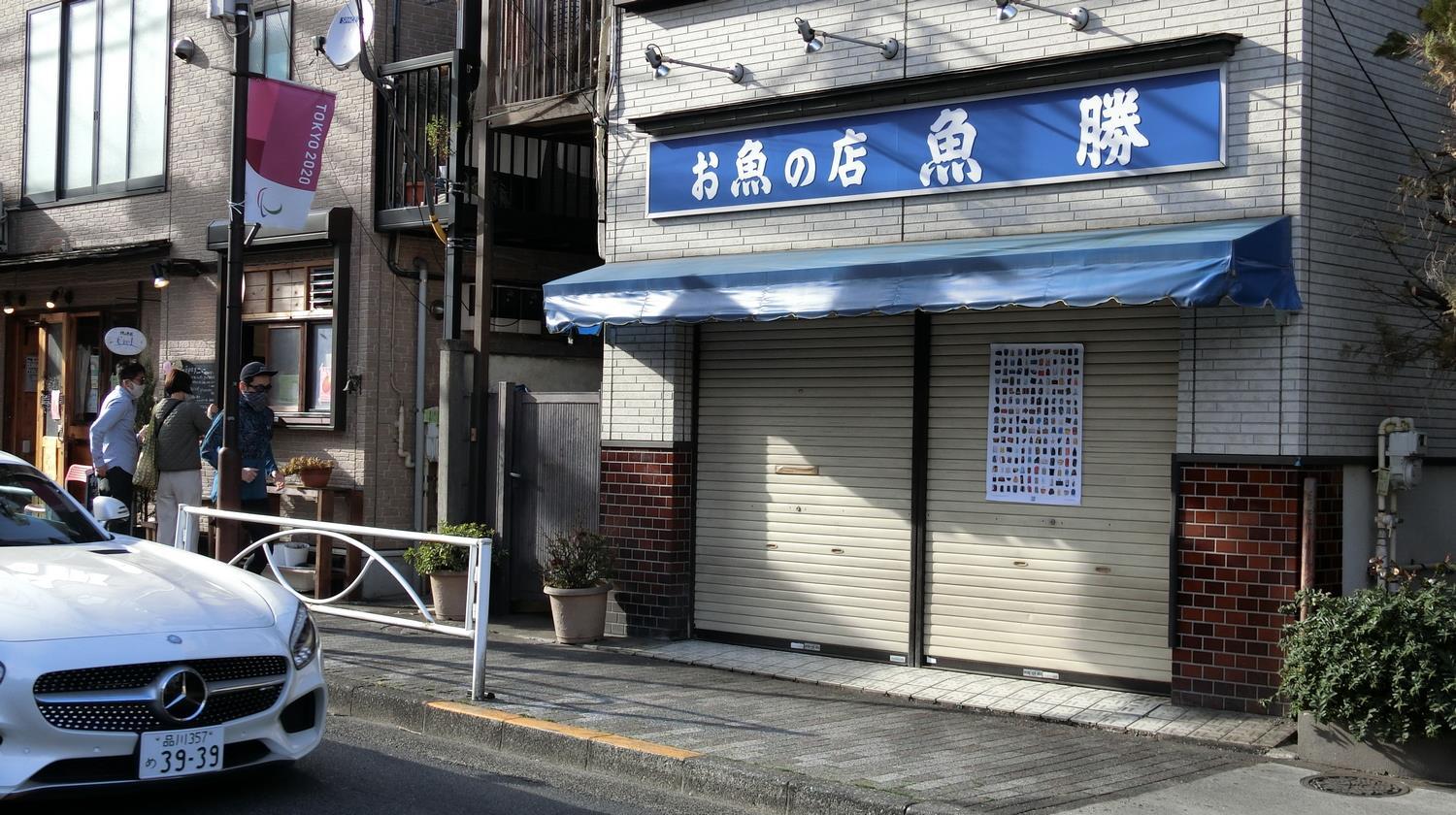
98 BruggeBE | 18/02/’21 Tokyo
JP | Masako Ito Design | 23/02/’21

99 BarcelonaCAT | 25/02/’21
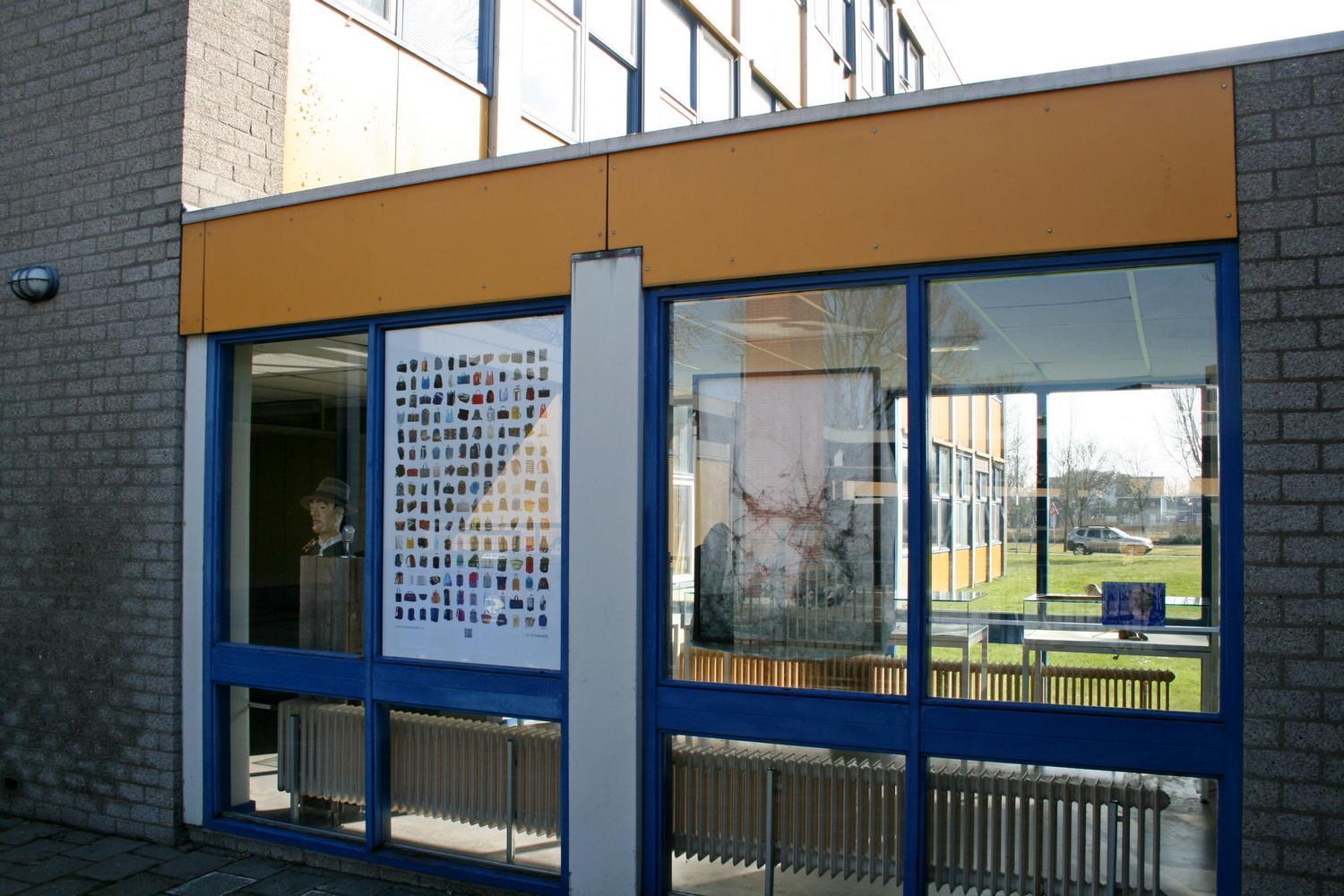

100 VlissingenNL | decreet / concreet | 27/02/’21 OdenseDK | M100 | 06/03/’21

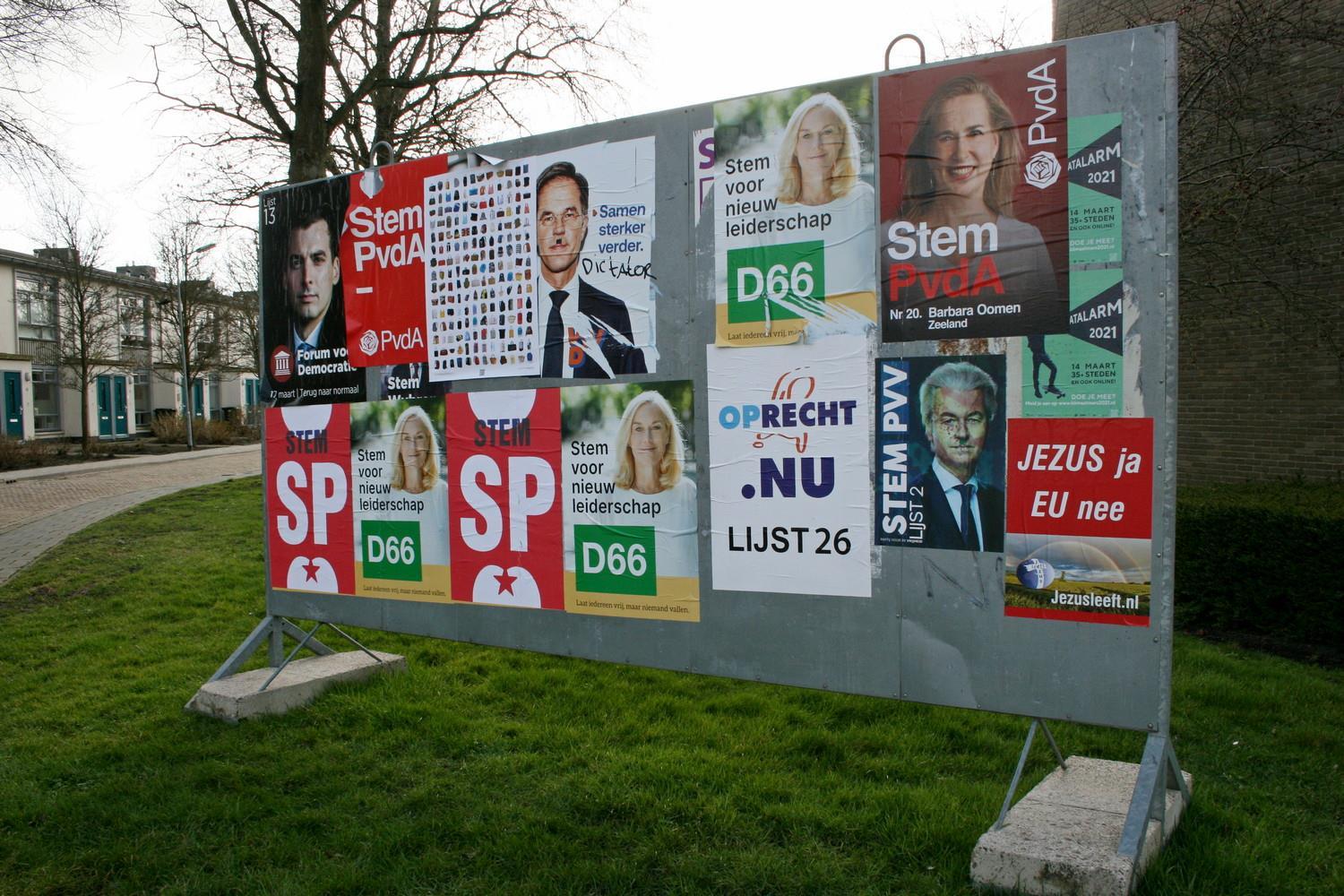
101 OdenseDK | M100 | 06/03/’21 MiddelburgNL | verkiezingen / elections | 14/03/’21


102
PortoPT | Gallery Emerenciano Rodrigues | 15/03/’21 KyivUA | HLEBZAWOD | 20/03/’21


103
AndrosGR | Artisan Art Is A Need / Andros Artisans | 11/04/’21
KozaniGR | Annita Koutsonanou Architecture Studio | 11/04/’20
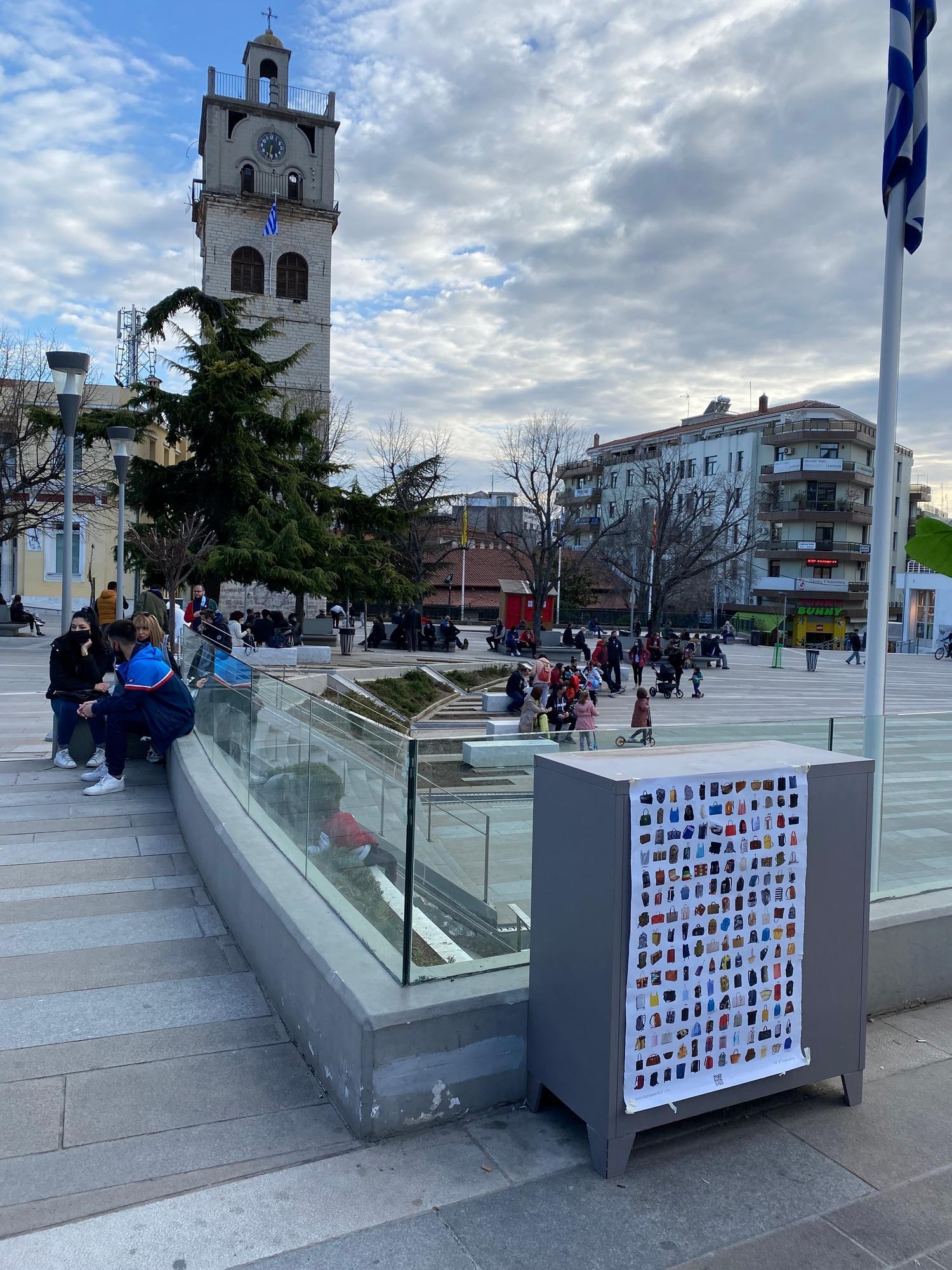
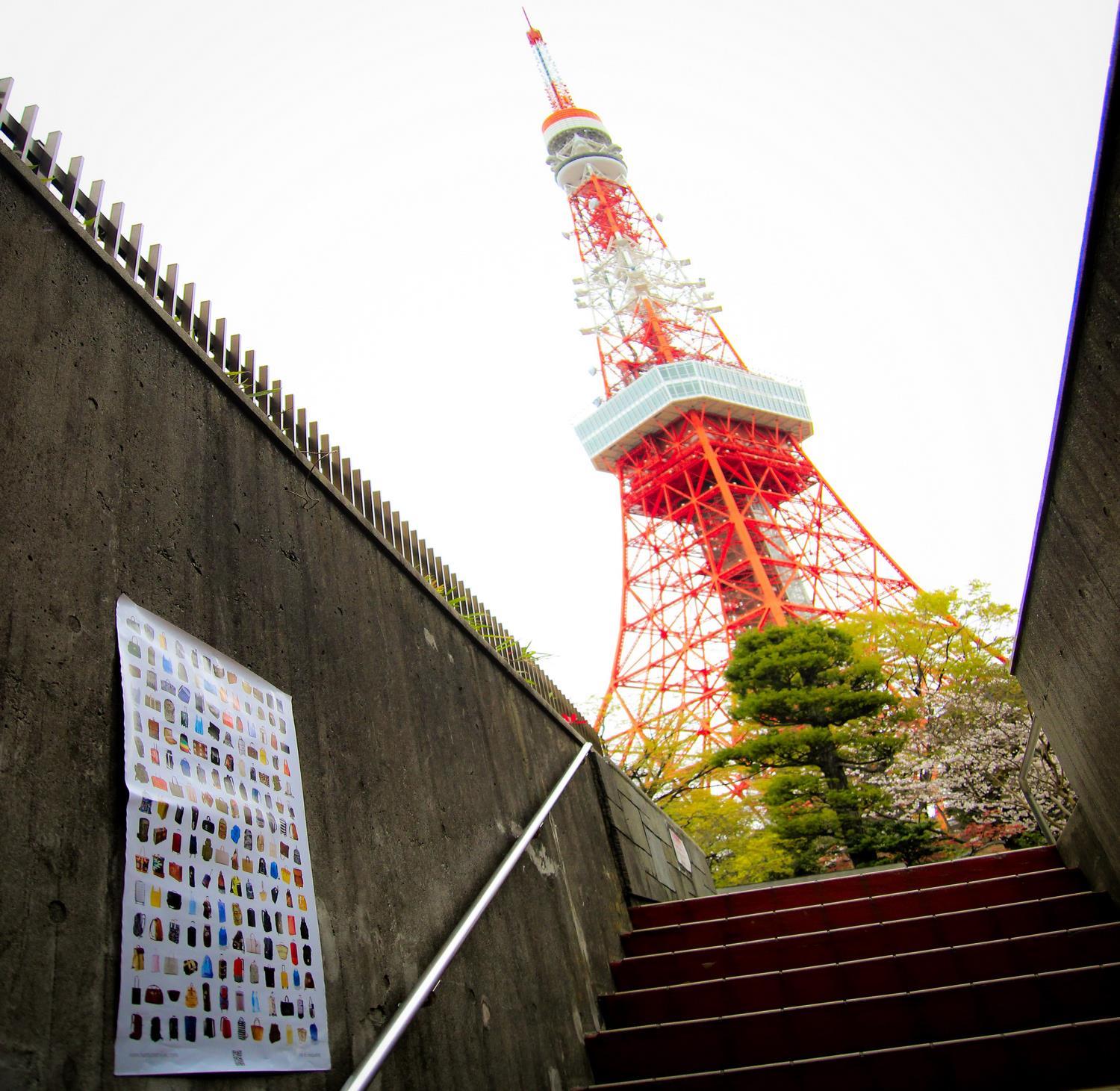
104
KozaniGR | Annita Koutsonanou Architecture Studio | 11/04/’20
TokyoJP | Tokyo Tower | 15/04/’21

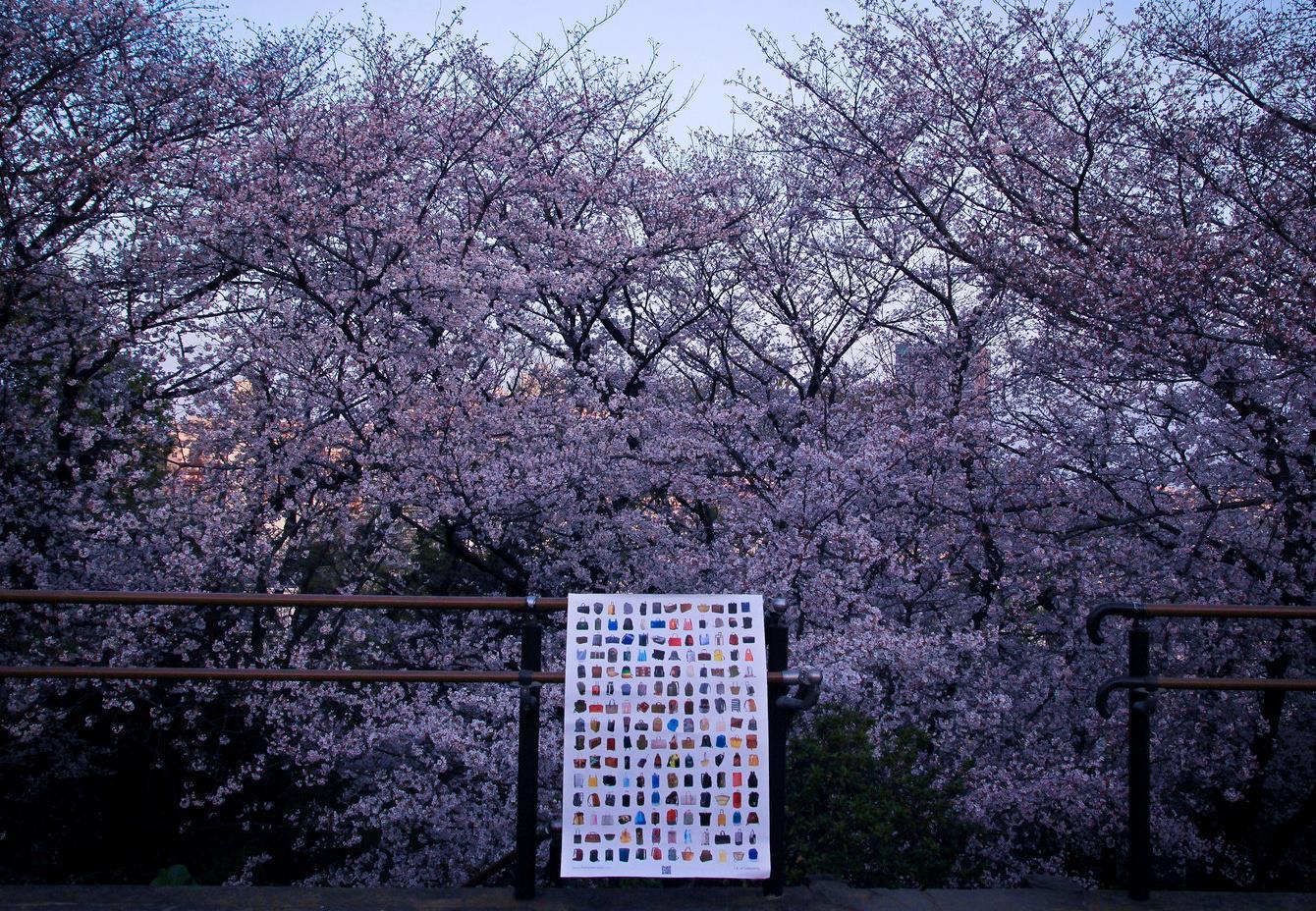
105 TokyoJP | Sakura [ cherry ] blossom
/
| 15/04/’21
trees
Toyama Park

106 MoptiML | 26/04/’21
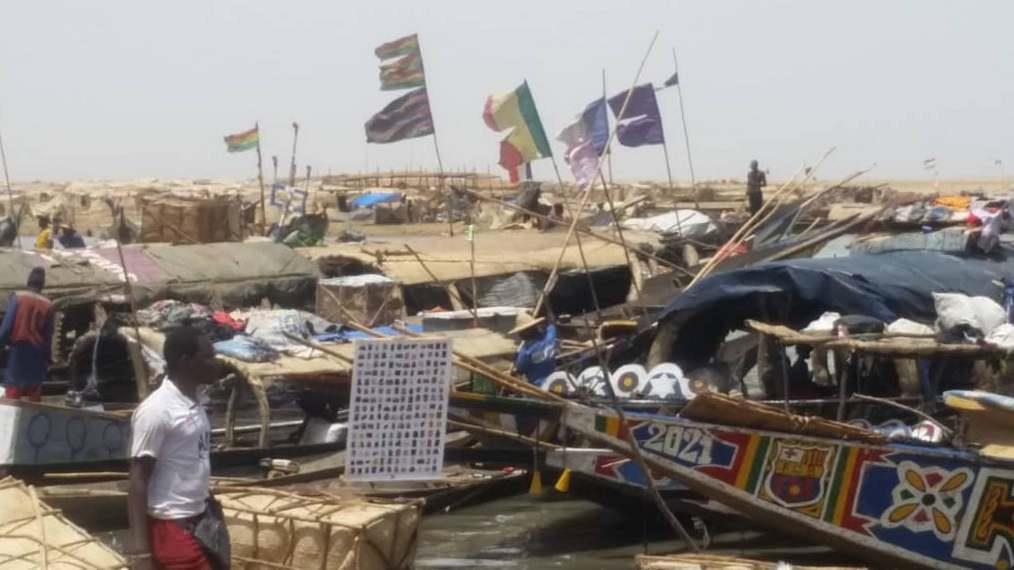
107 MoptiML | 28/04/’21
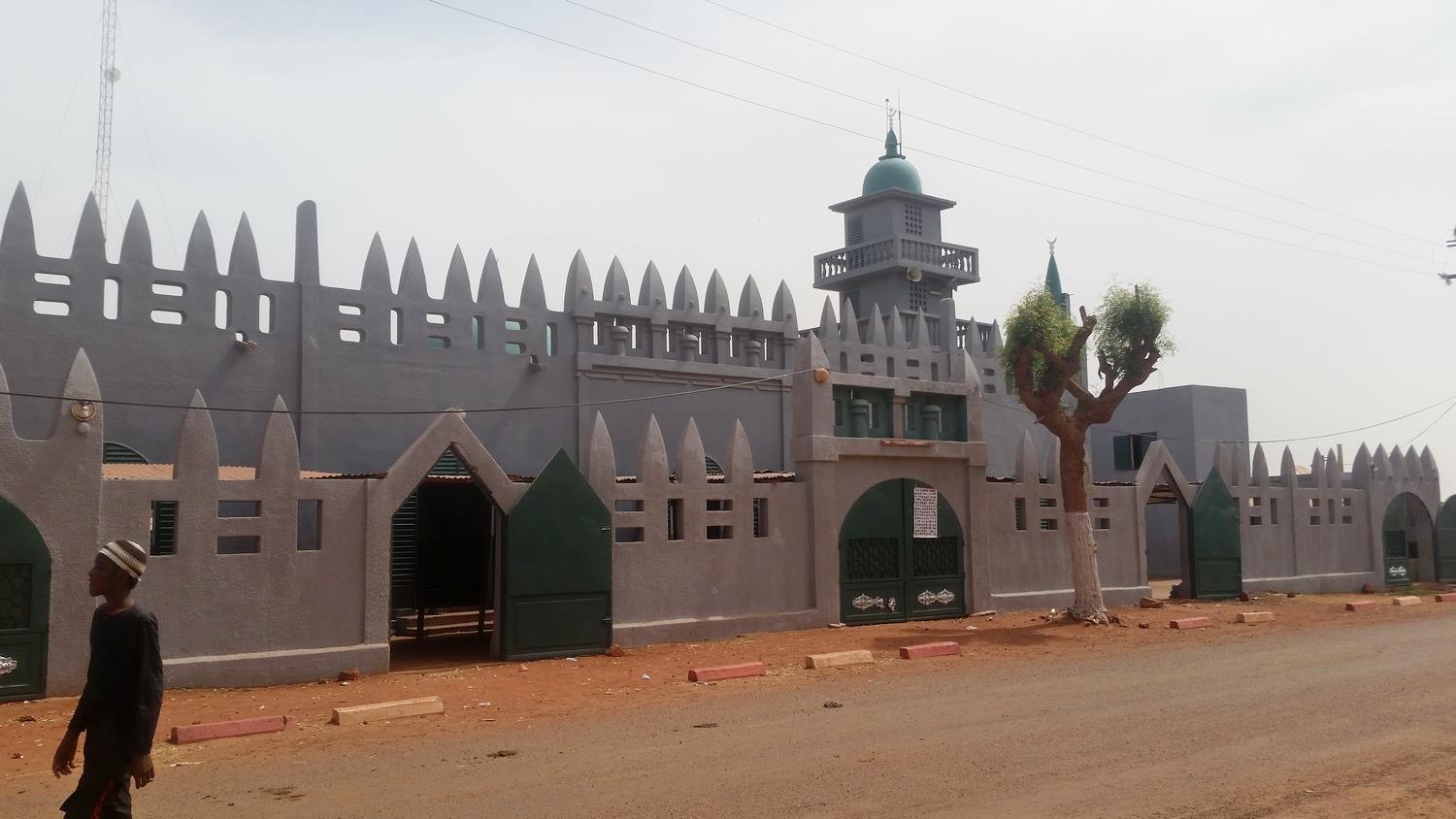
108 MoptiML | 03/05/’21
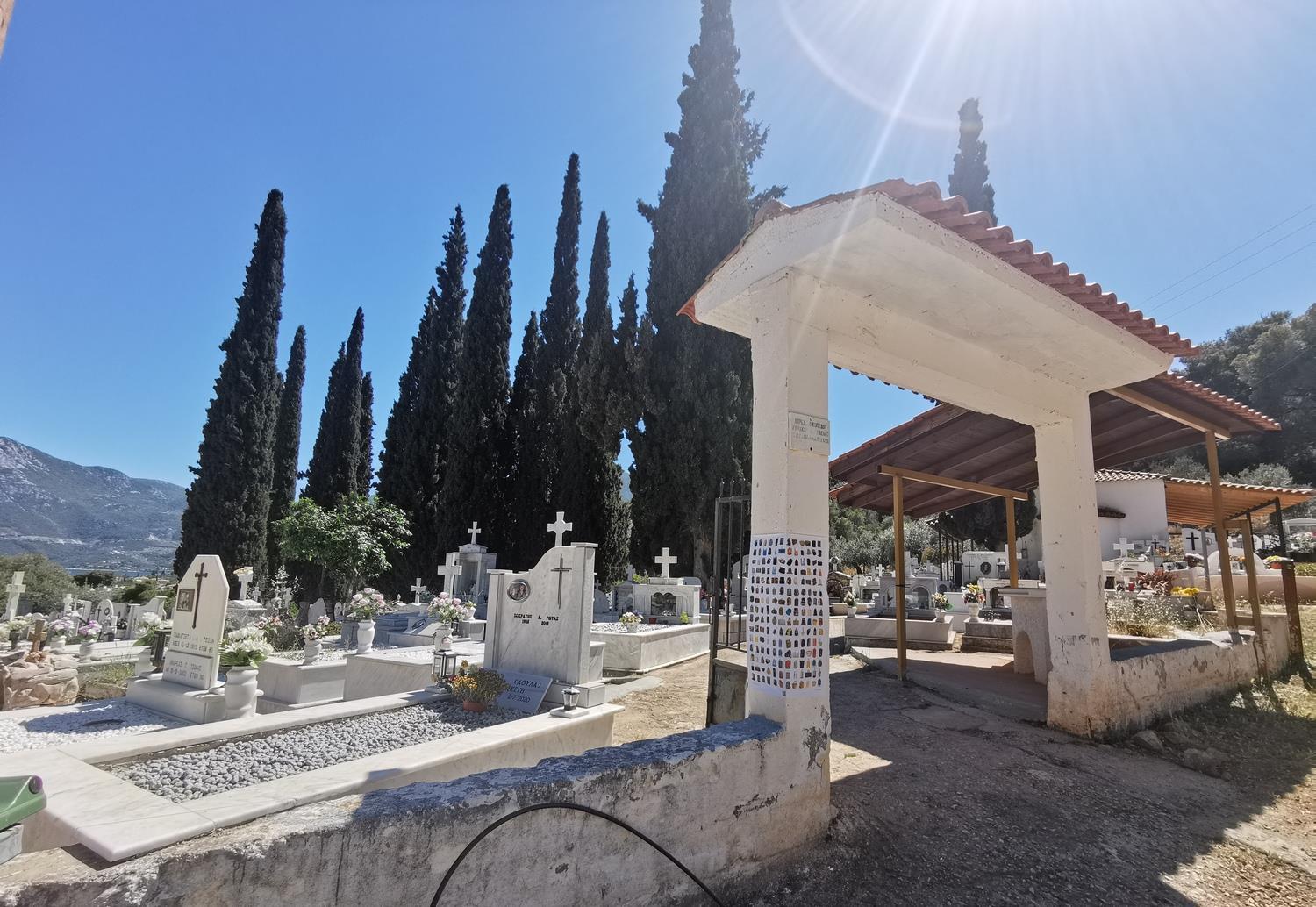

109
AthensGR | 19/05/’21
Al-HasakahSY [Syrian Kurdistan / Rojava ] 19/05/’21

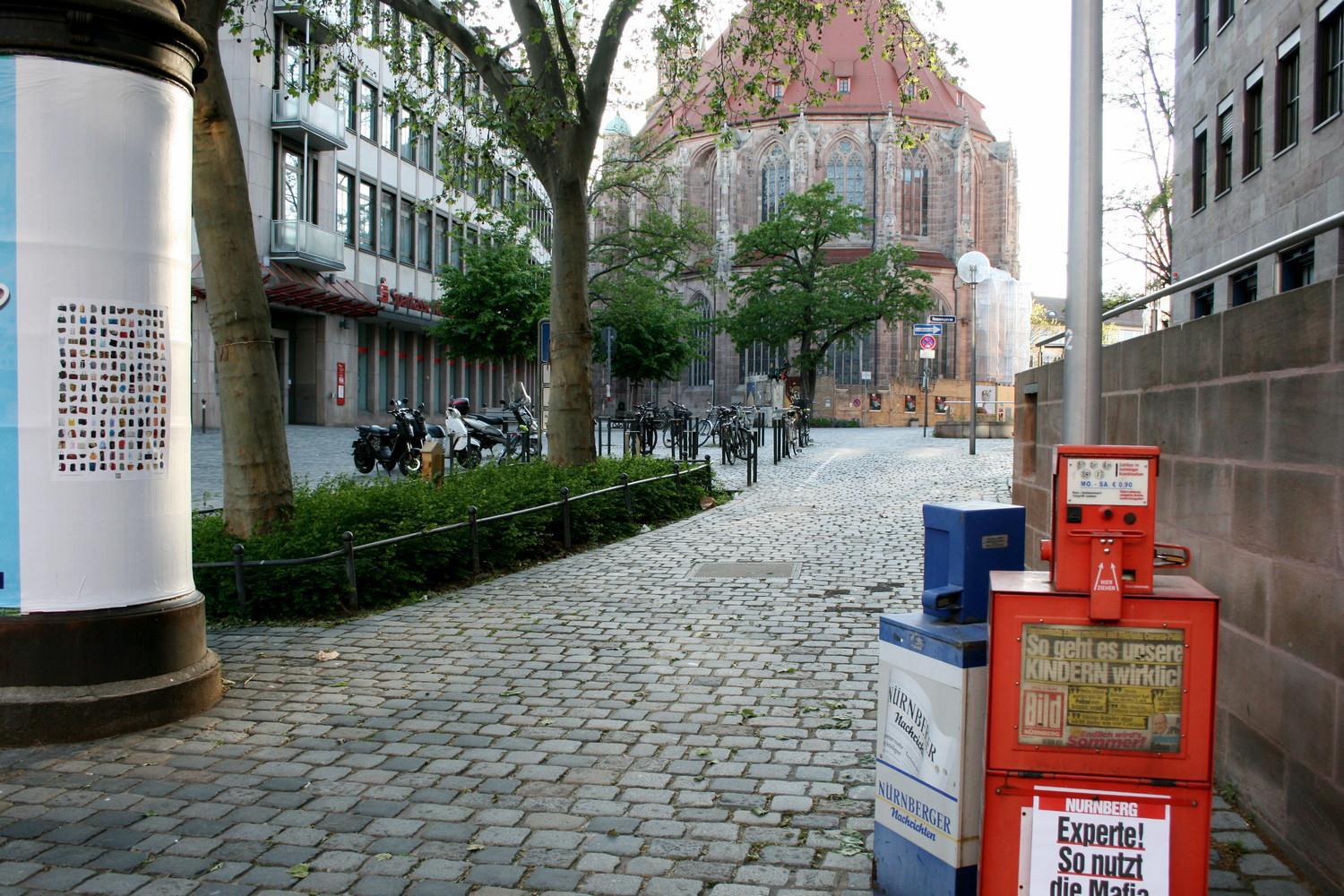
110
Al-HasakahSY [Syrian Kurdistan / Rojava ] 19/05/’21 Nürnberg DE | 30/05/’21


111 (Wat)
TH | 04/06/’21 (Wat)
TH
04/06/’21
Na Chom Thian
Na Chom Thian
|

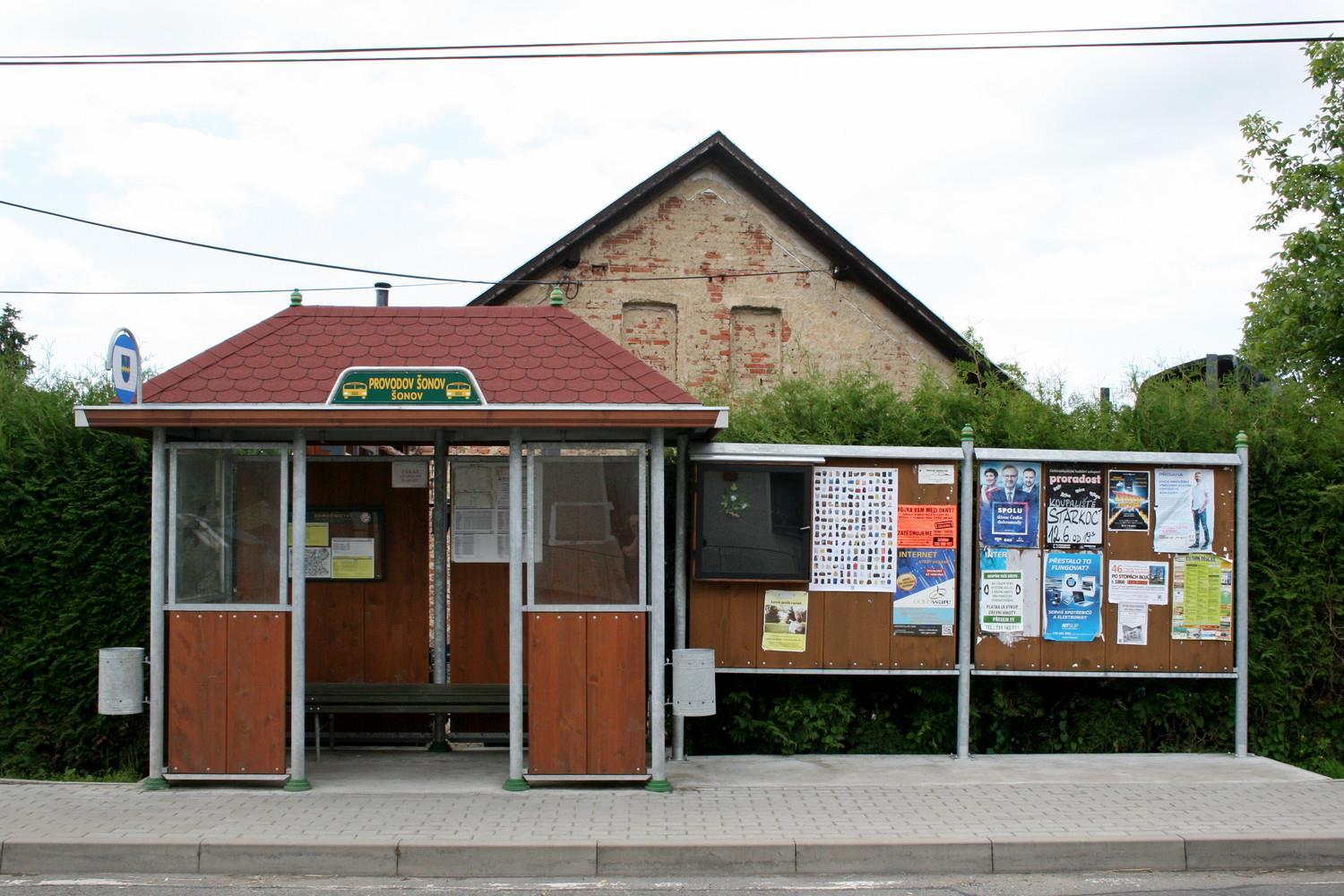
112 Česká Skalice CZ | 11/06/’21 ŠonovCZ | 13/06/’21
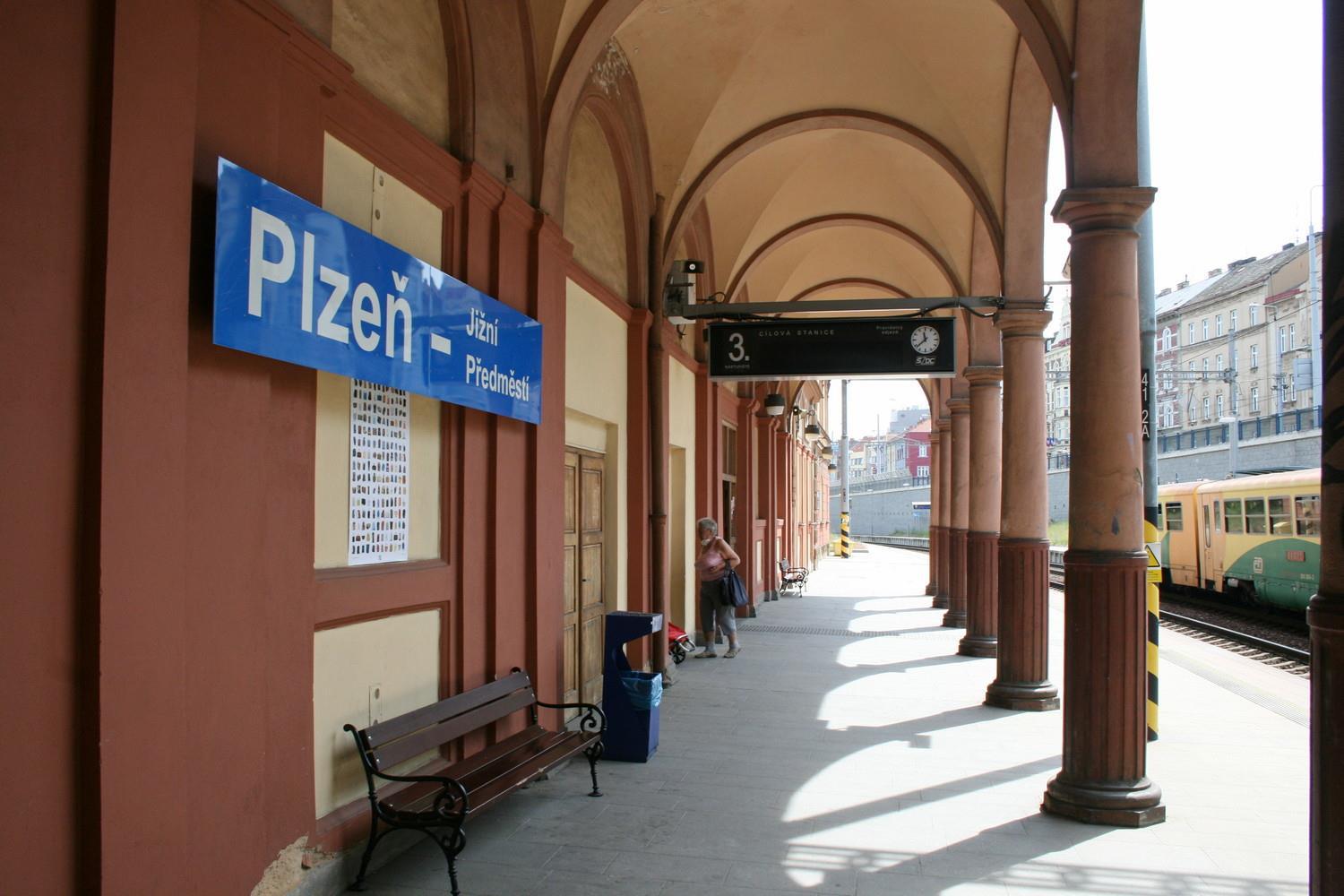

113 PilzenCZ | 16/06/’21 WürzburgDE | 17/06/’21
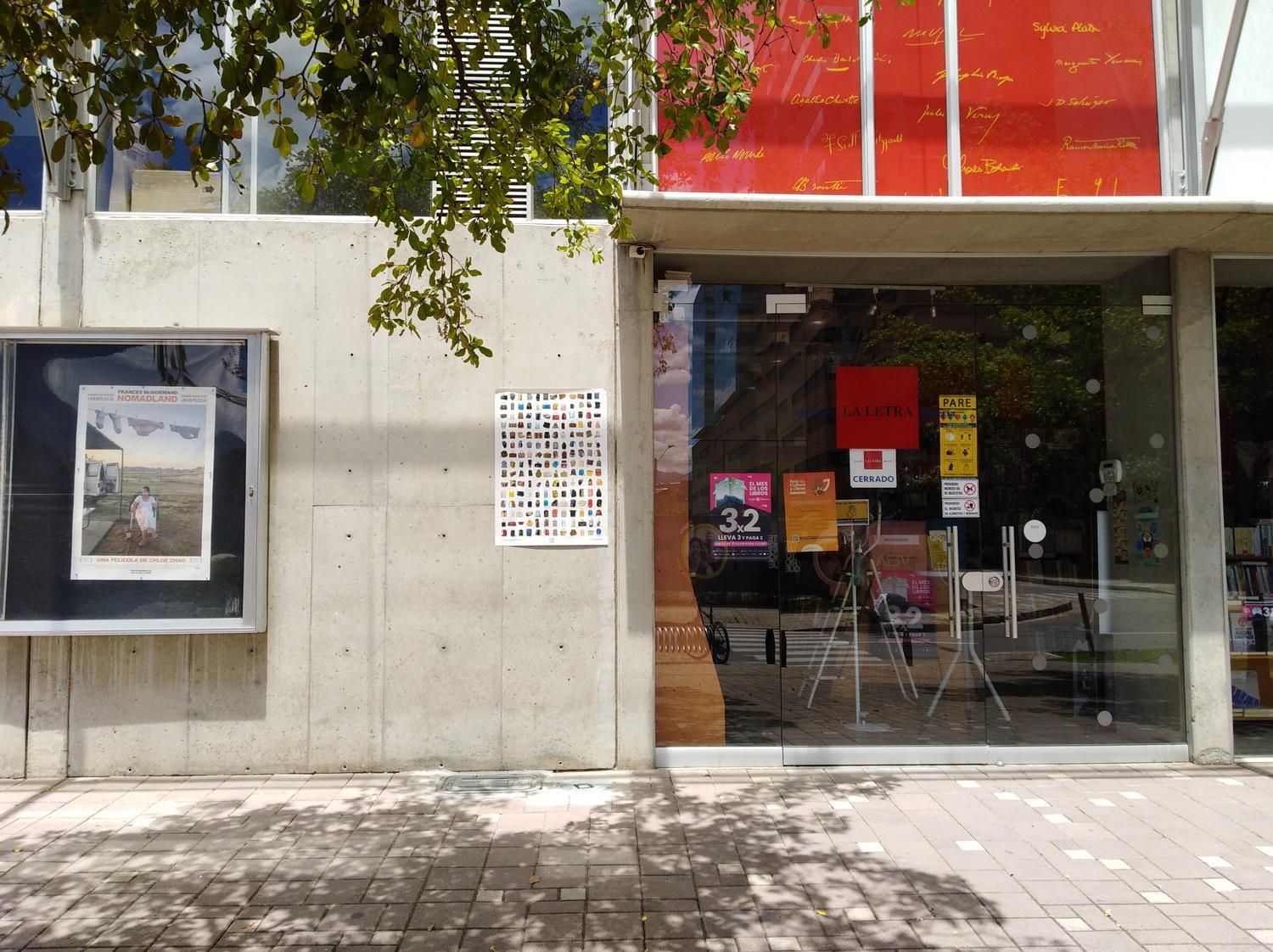
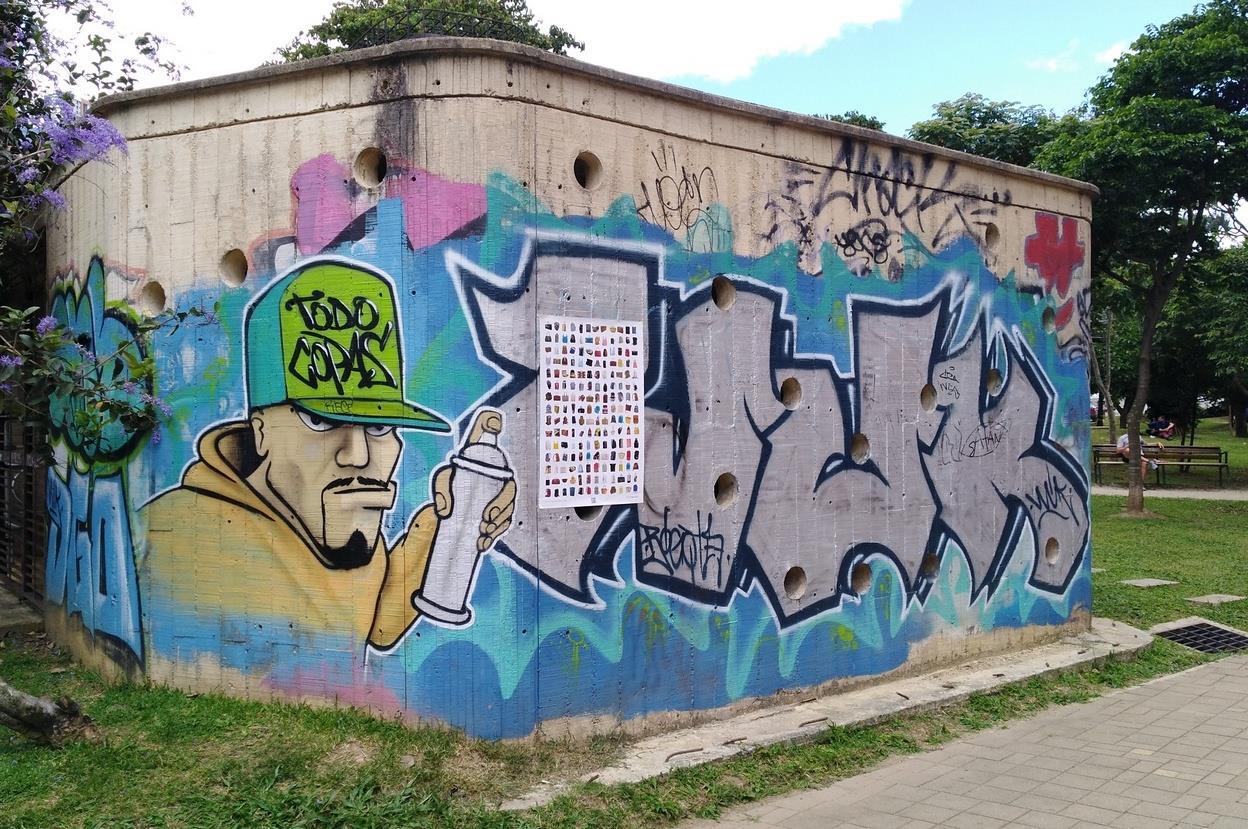
114 bookstore Museum of Modern Art (MAMM) | Medellín CO | 06/07/’21 non-institutionalized art space, beside MAMM | MedellínCO | 06/07/’21


115
JP |
| 17/06/’21 Tsumago
)JP | 09/08
21
Tsumago ( Gifu )
09/08/’21
( Gifu
/’
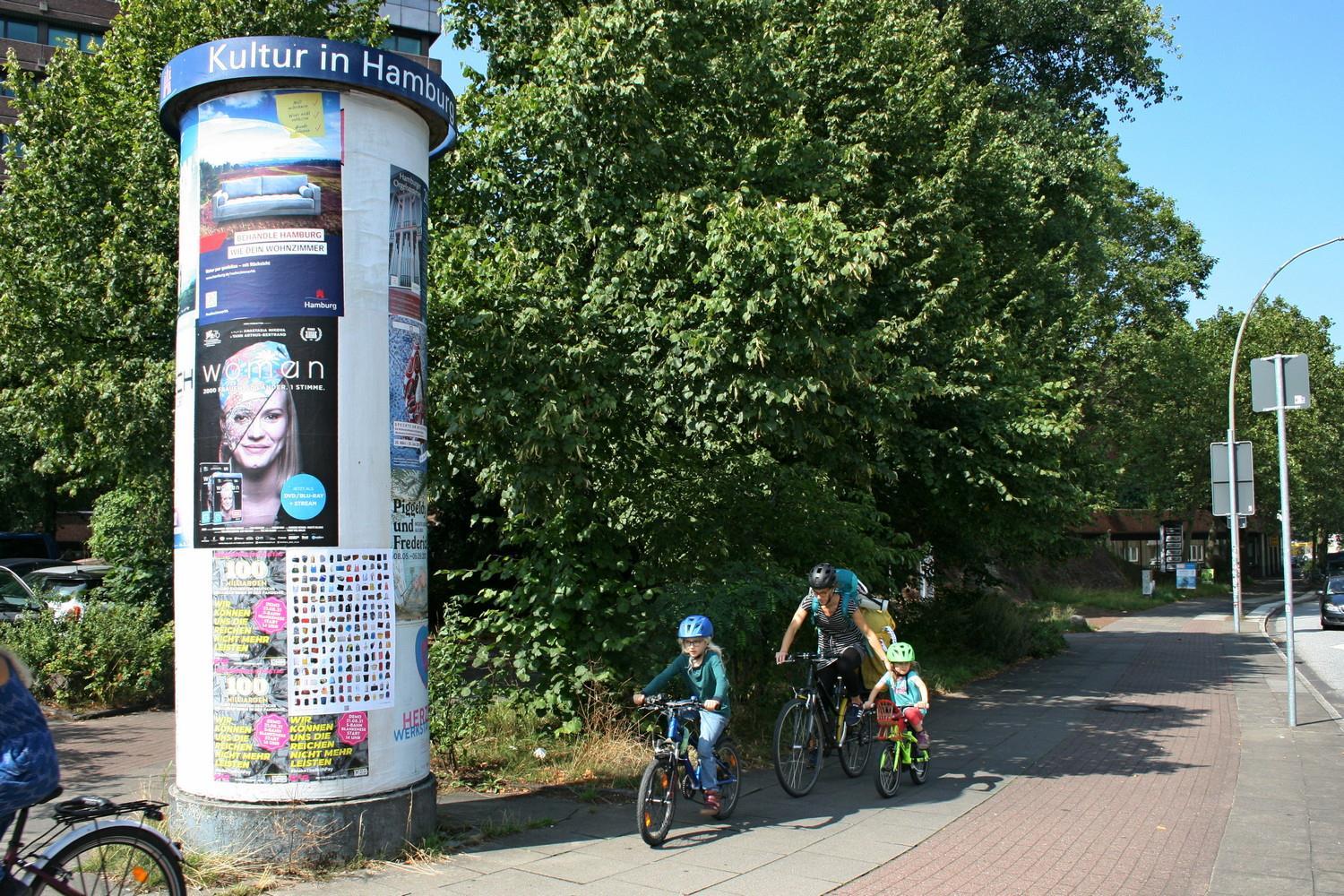
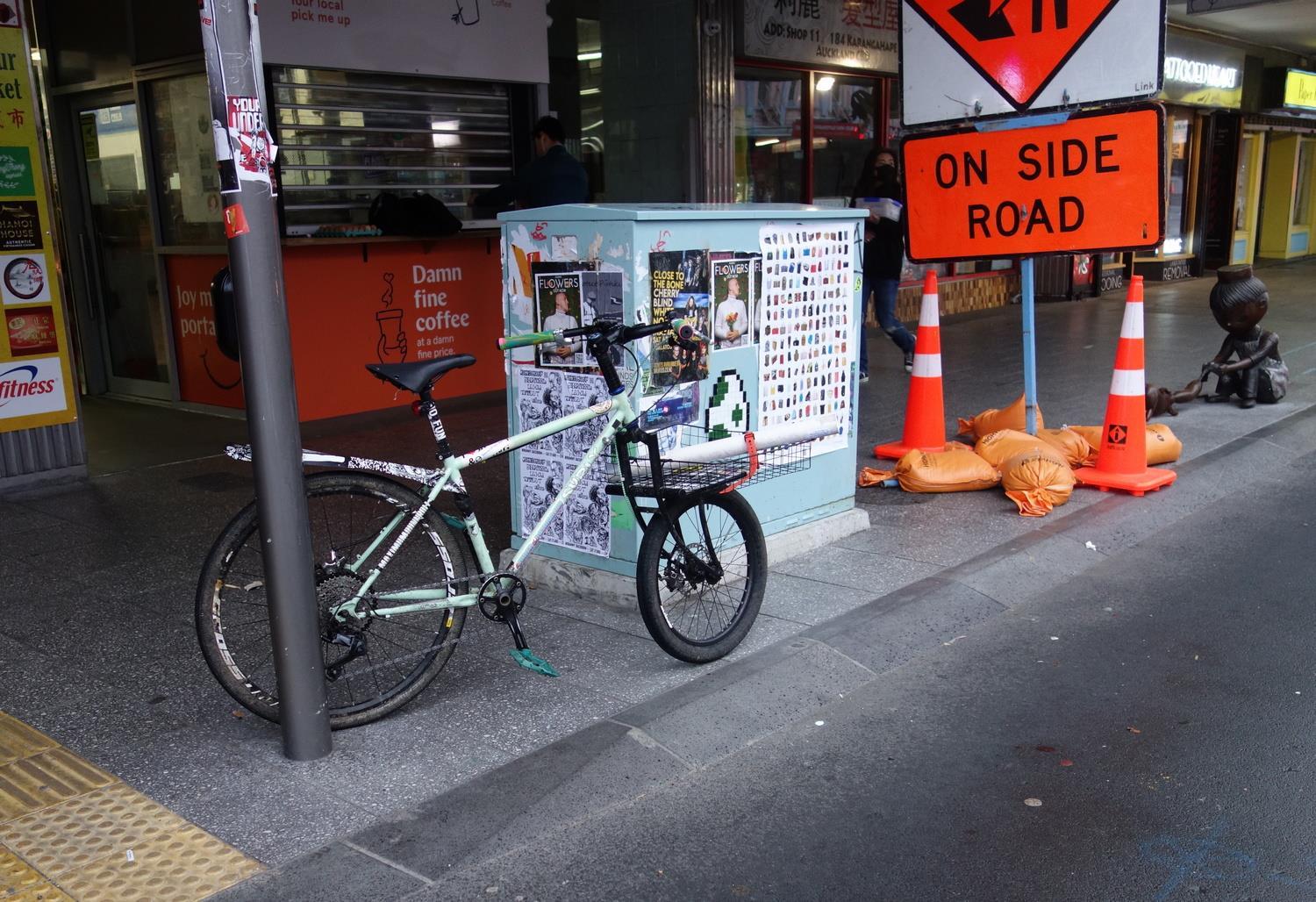
116 HamburgDE
| 15/08/’21
1
Tāmaki Makaurau, Aotearoa (Auckland) NZ
|
9/08/’21
RM Artists Space
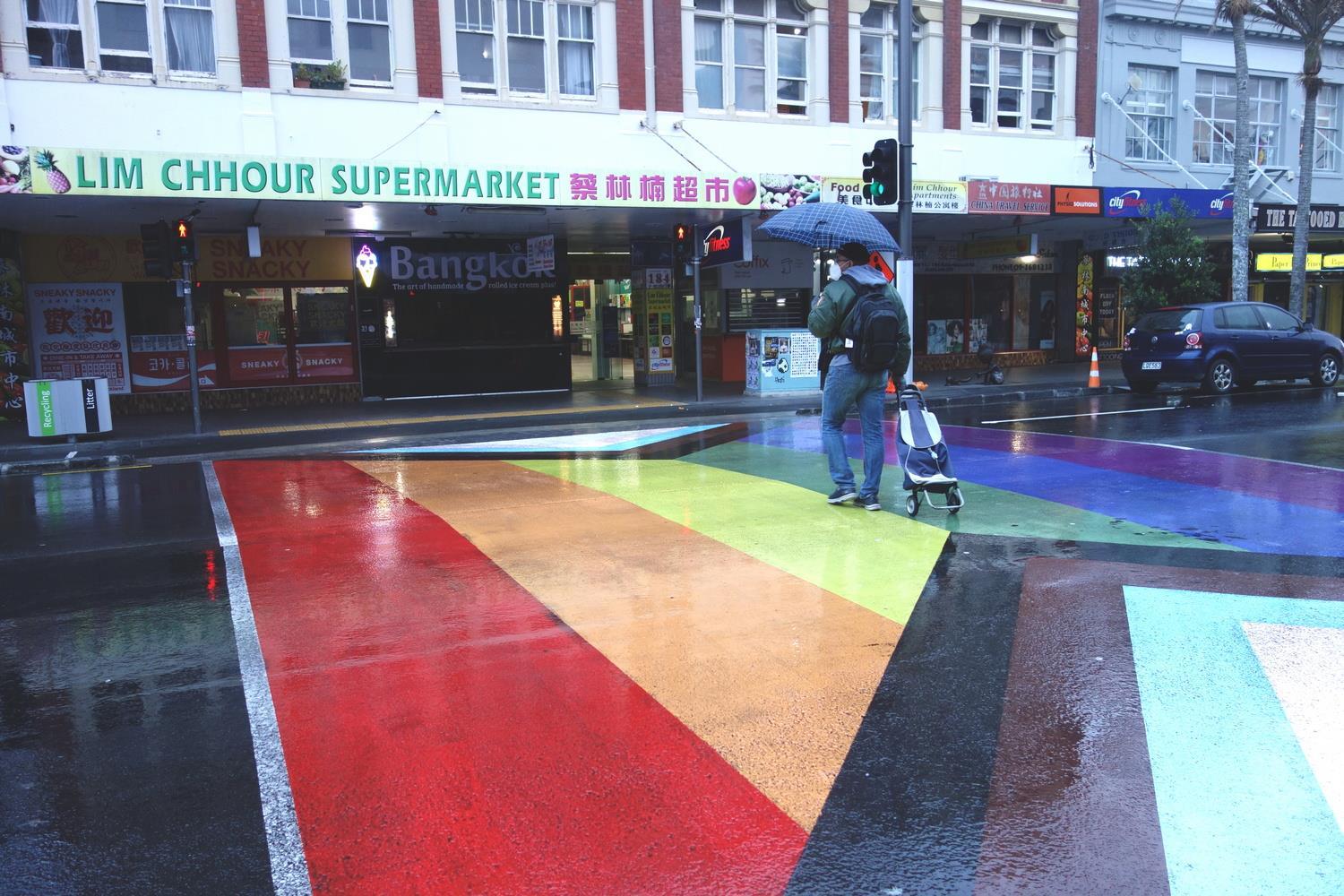

117
Tāmaki Makaurau, Aotearoa (Auckland) NZ | 19/08/’21
artwork by Daniel Quasar
AschaffenburgDE | 01/09/’21
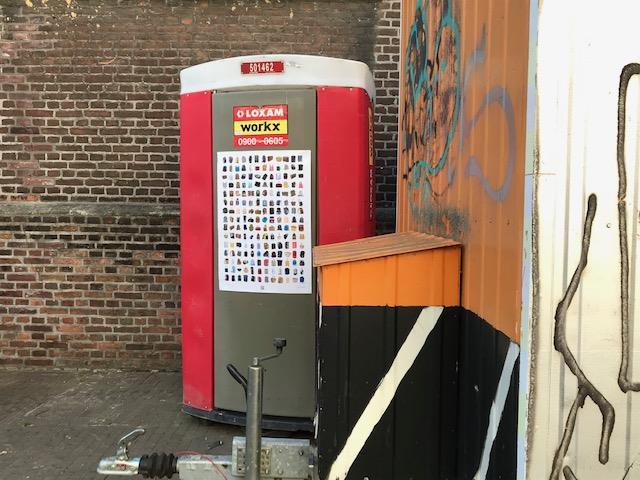

TilburgNL | Sea Foundation | 31/08/’21 StockholmSE | Studio44 | 22/09/’21


119
SE - city hall | Studio44 | 22/09
Stockholm
/’21
RemersdaalBE (Limburgish: Rimmezjdel | French: Rémersdael
Walloon: Rèbiévå [Rembierval]) | 02/10/’21

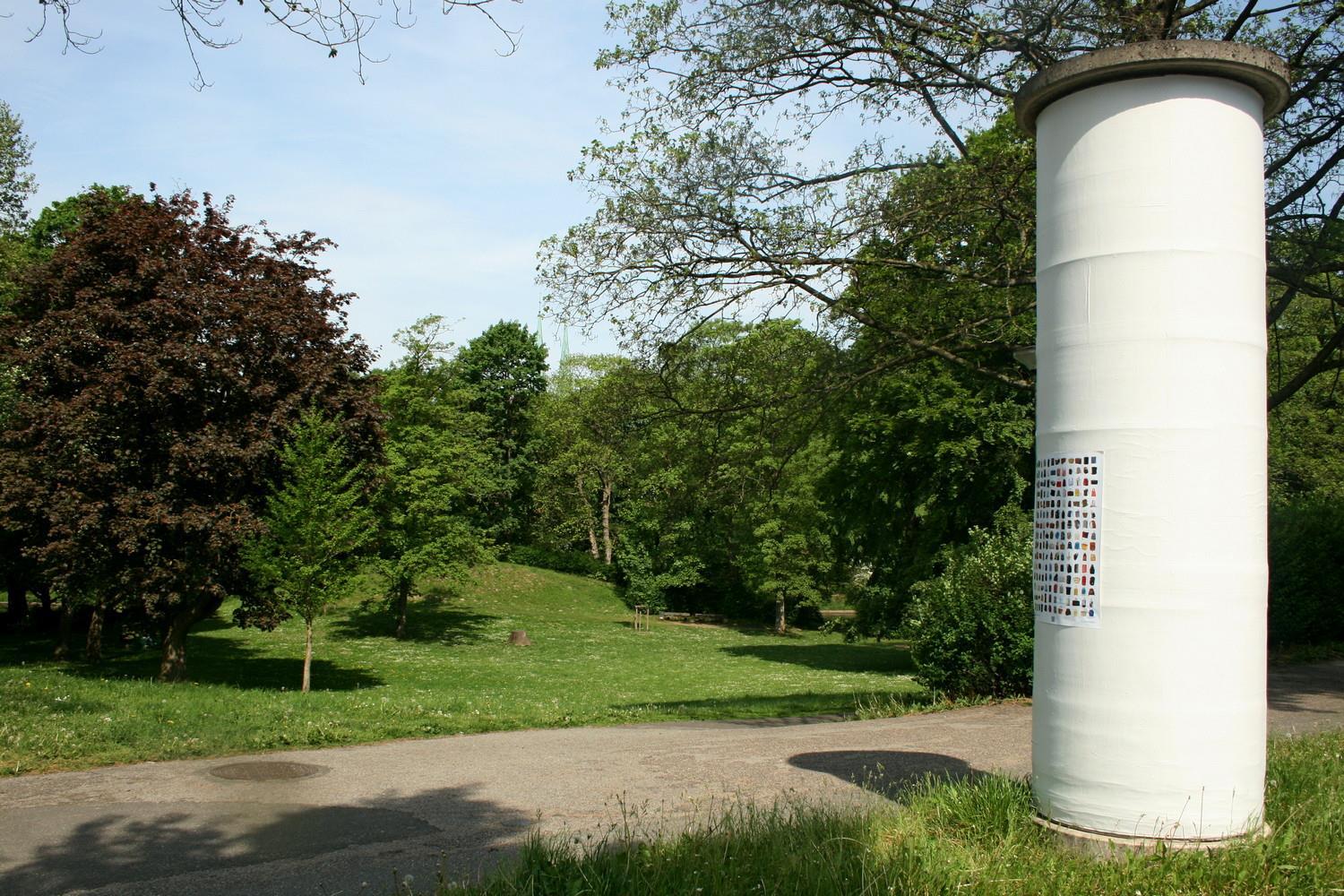
120 Deinze | plavvorm | 18/04/’22
| 1
LübeckDE | Hans&Willy
9/05/’22
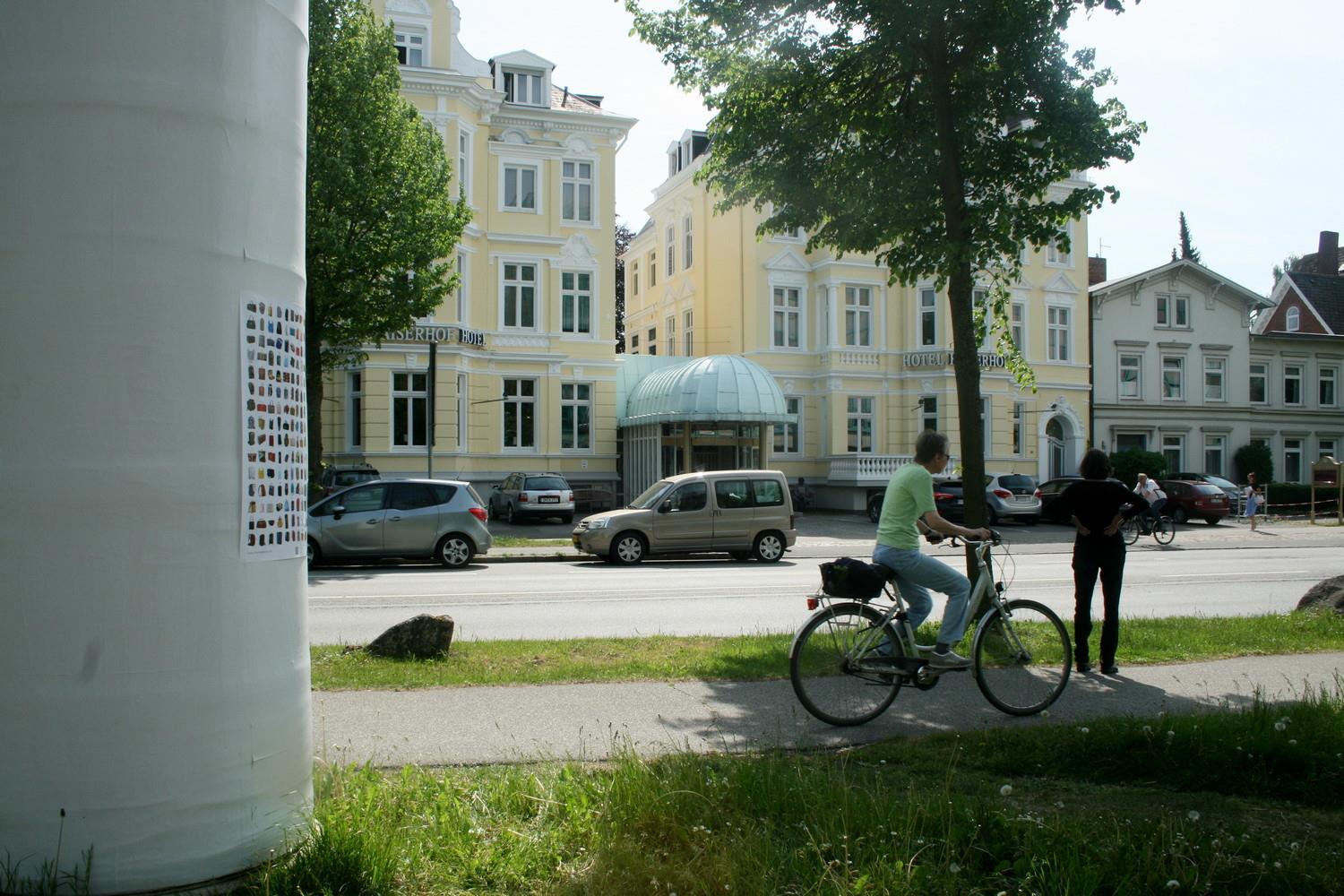

121
LübeckDE | Hans&Willy | 19/05/’22
BelgradeSR | Katarina | Remont Gallery | 01/06/’22
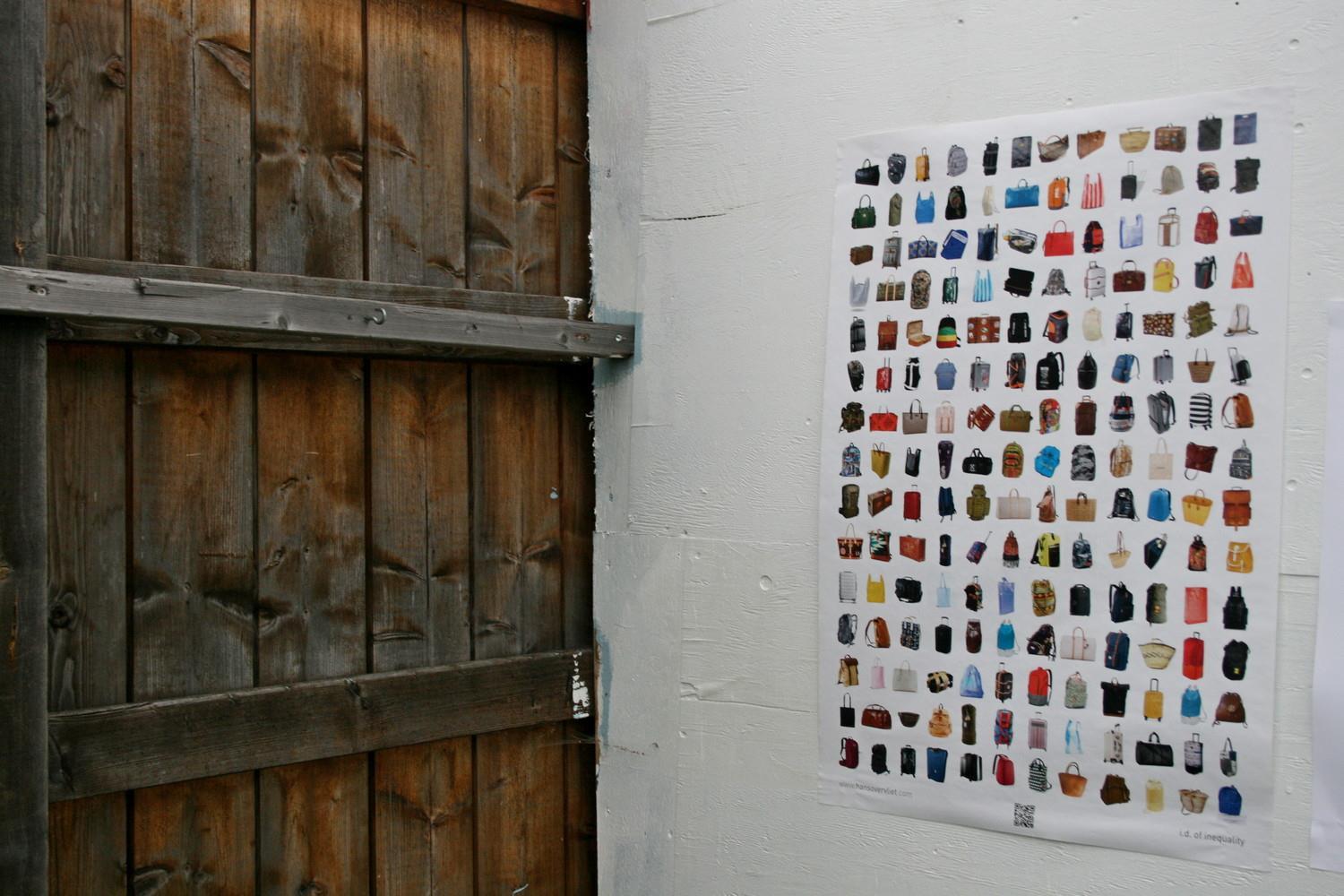
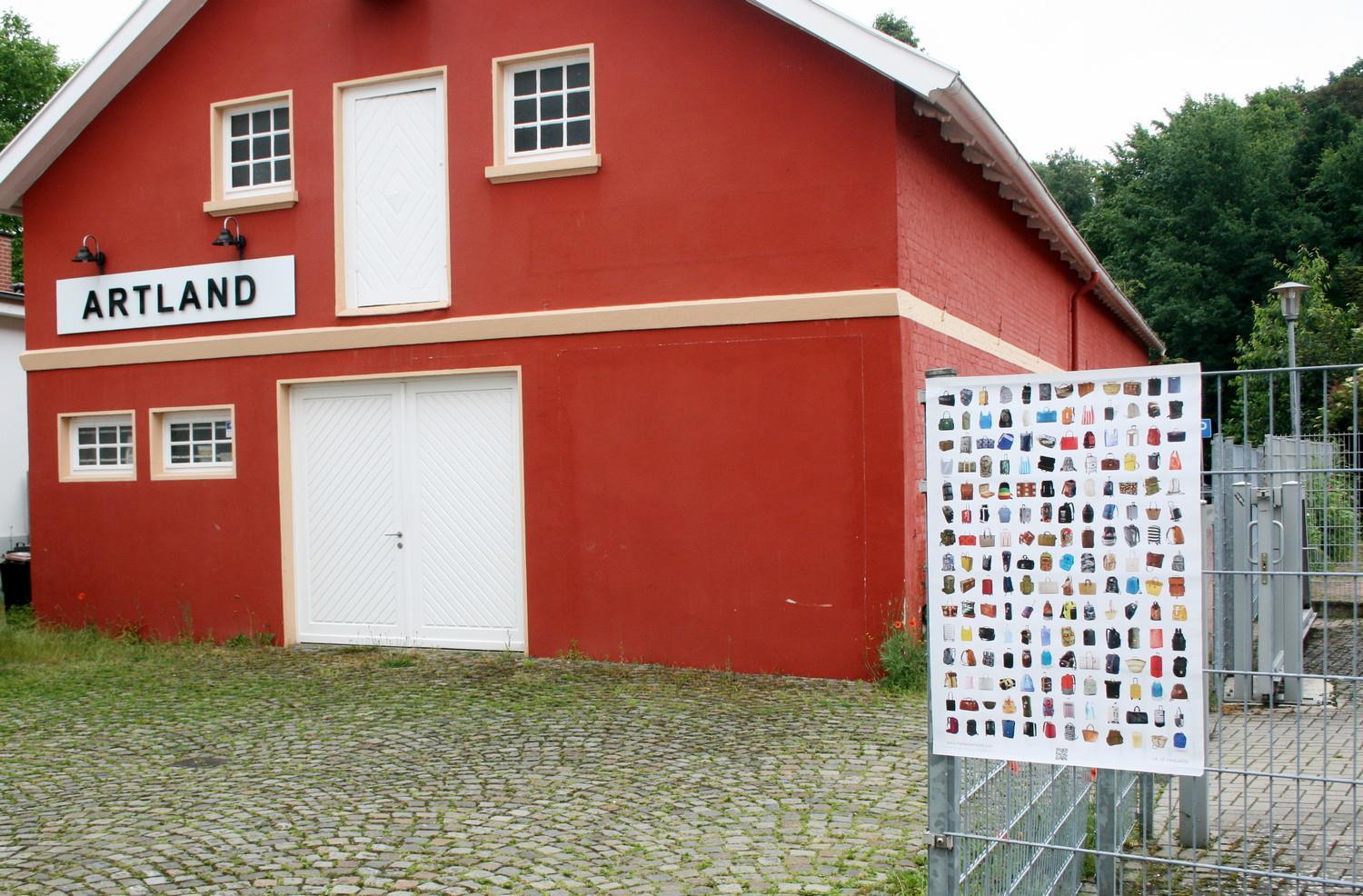
122 StockholmSE / Längholmen | Hans&Willy | 06/06/’22 QuakenbrückDE | Hans&Willy | 09/06/’22

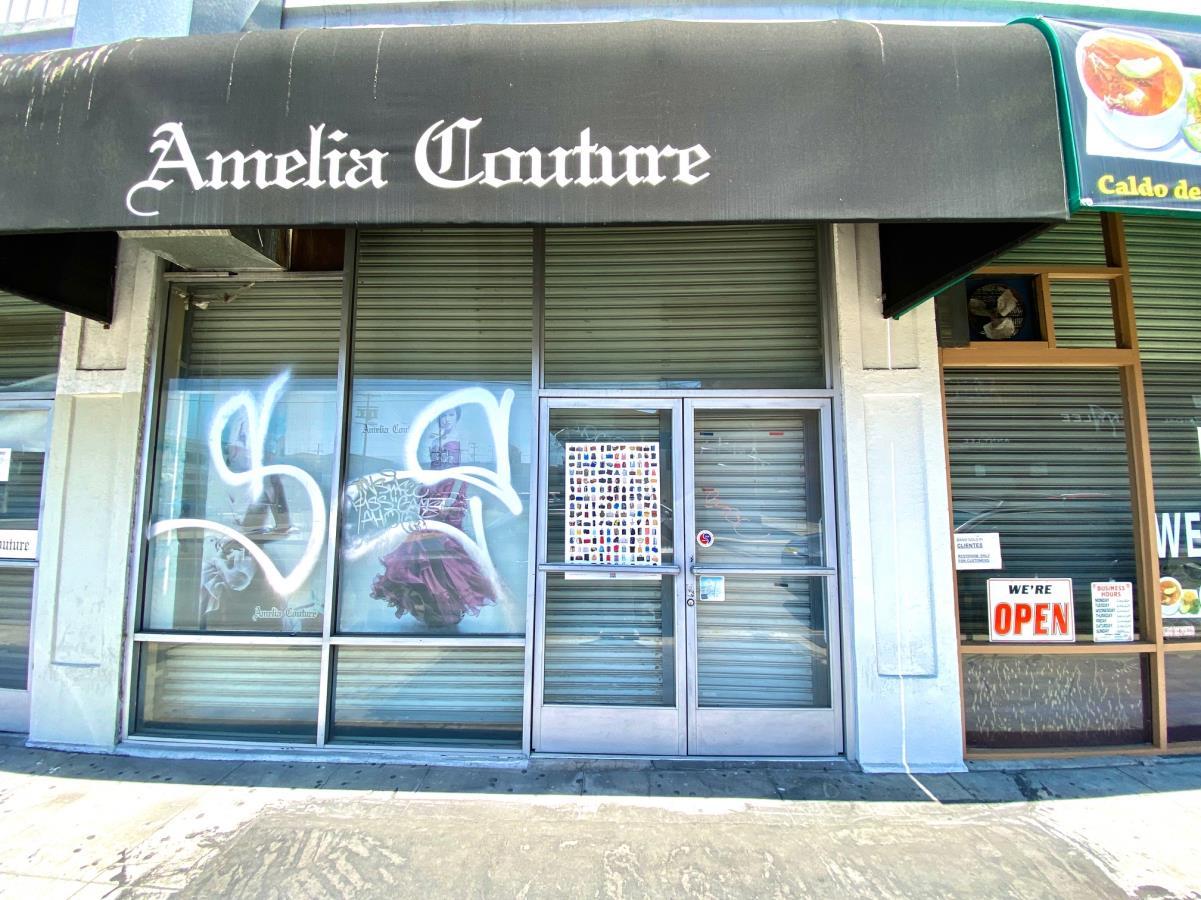
123 TiranaAL |
|
/ Gallery70 | 21/06/’22 Los
USA |
and
/ Durden & Ray | 04/07/’22
Skanderbeg Square
Lauresha
Angeles
Carlos
Hagop


124
Los AngelesUSA | Carlos and Hagop / Durden & Ray | 04/07/’22
LondonGB (Chiswick) | Doris / ArtCan
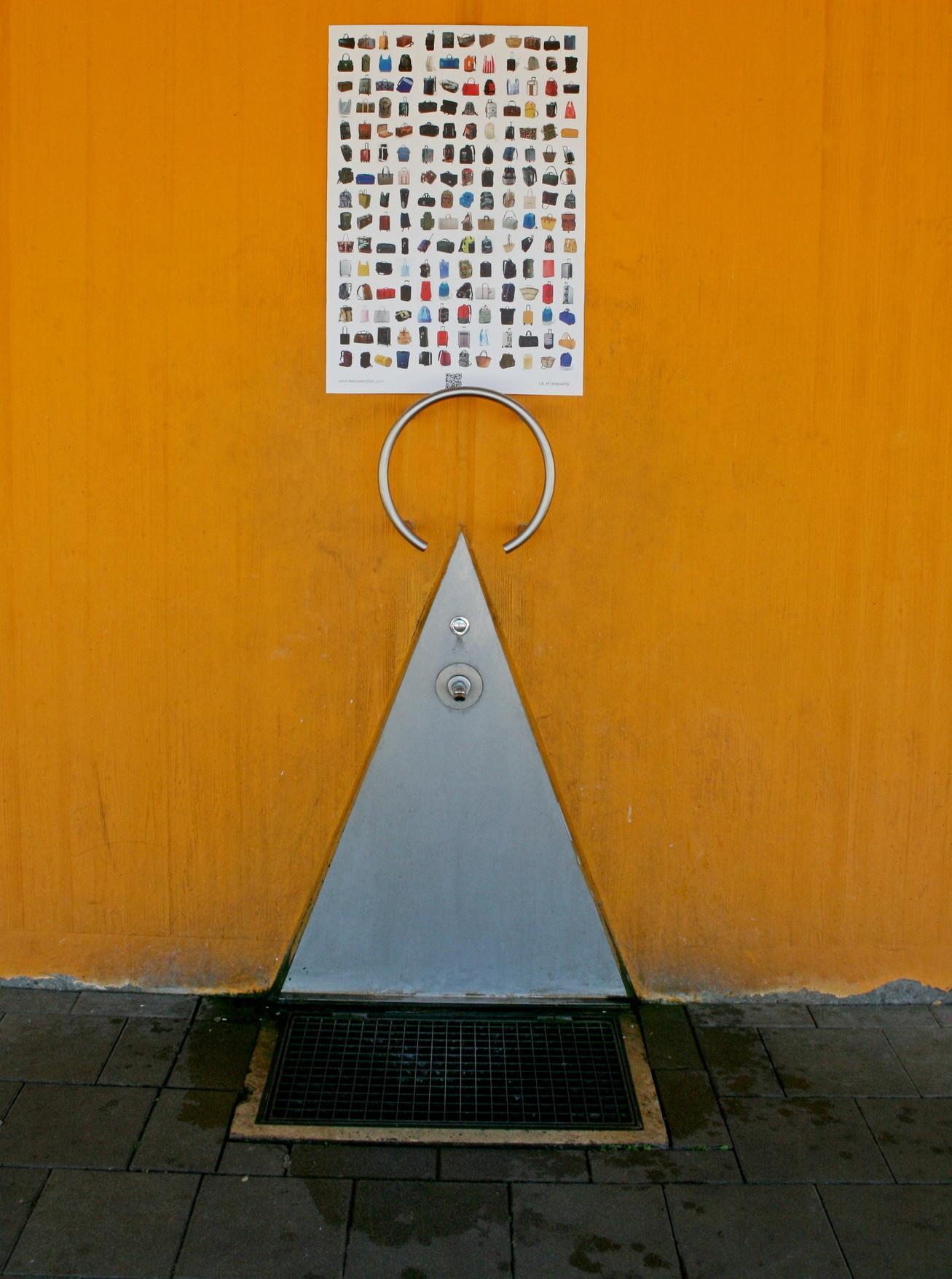
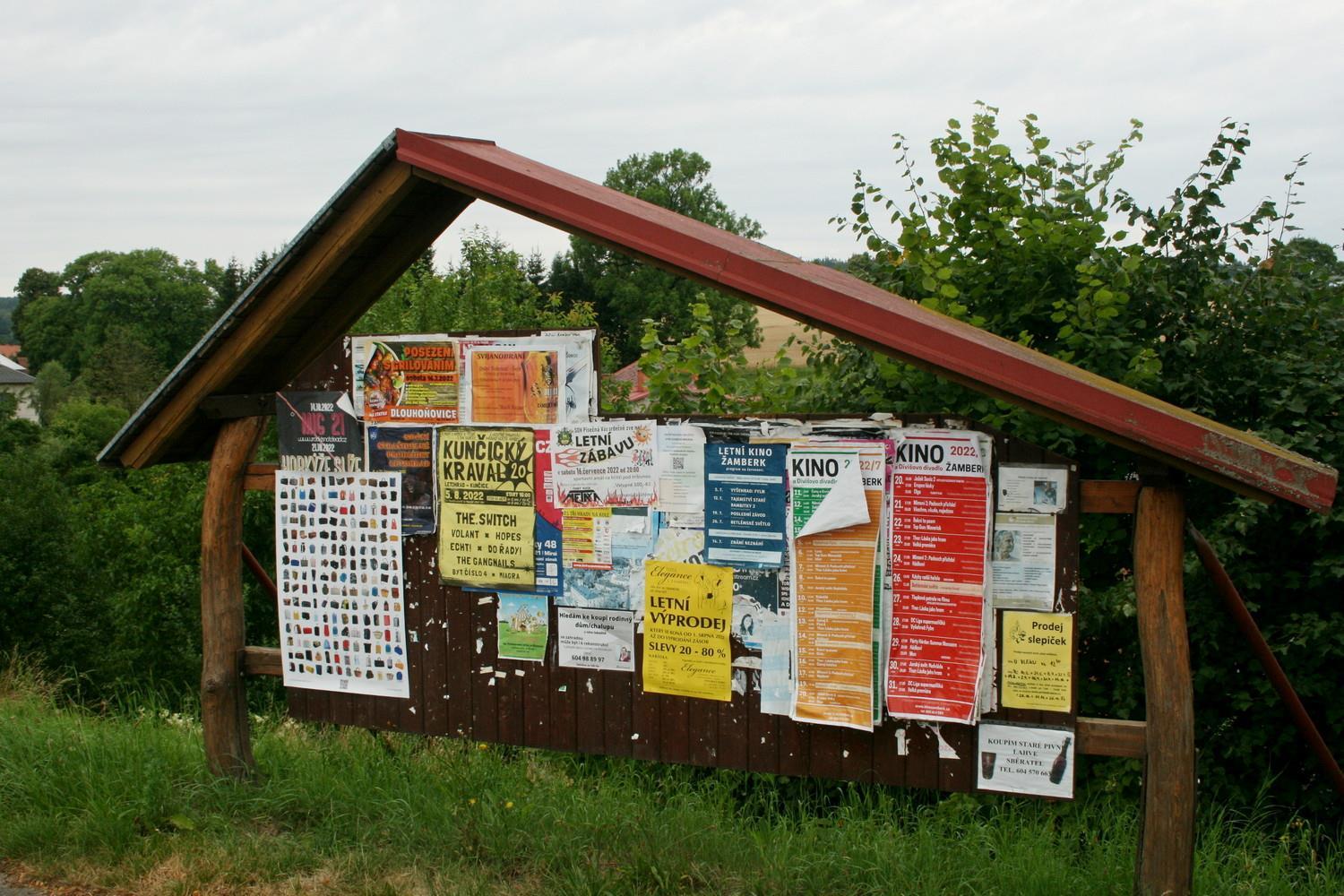
125
Raststaette Kreuz Oberpfalzer WaldDE | Hans&Willy | 22/07/’22
PísečnáCZ | Willy&Hans | 26/07/’22


1268
Albany Road
|
Brentford Hounslow | West LondonUK | Klio | 11/11/’22
CapetownZA | Johan | Zeitz Museum of Contemporary Art Africa | 13/11/’22

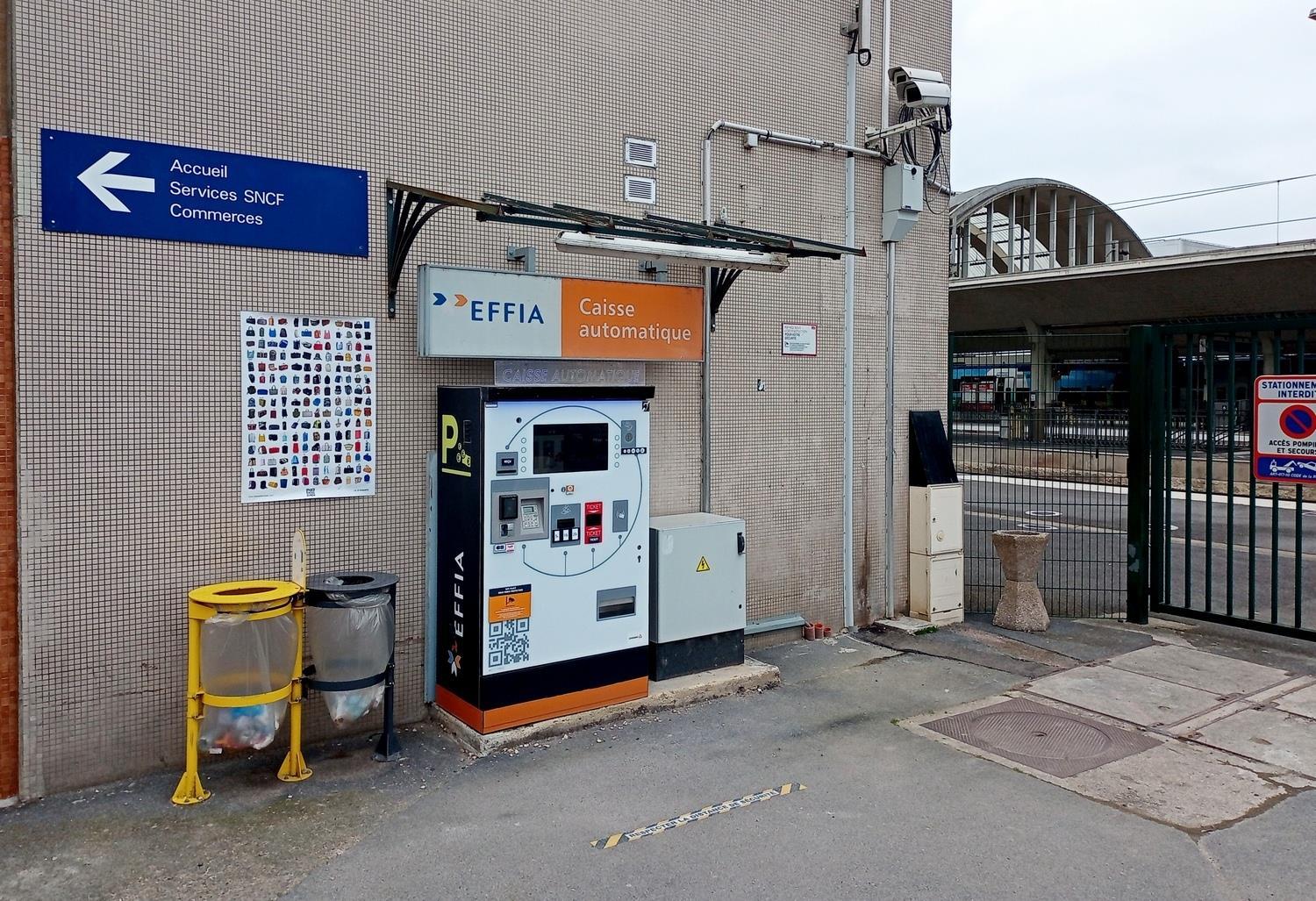 Port ElisabethZA | Johan | Livingstone 20/11/’22
ReimsFR | Hans&Willy | Central Station parking lot | 17/04/’23
Port ElisabethZA | Johan | Livingstone 20/11/’22
ReimsFR | Hans&Willy | Central Station parking lot | 17/04/’23


KyotoJAP | Hetty | Fushimi Inari
| 25/05/’23
Shrine
sequenties in de openbare ruimten
Sommige mensen maakten meerdere foto’s van hun openbare ruimten. Dat leverde intieme fotoseries op van plekken die voor die mensen zèlf van waarde zijn: plekken die deel uitmaken van hun dagelijkse leven.
sequences in public spaces
Some people took multiple photos of their public spaces. This resulted in intimate photo series of places that are of value to those people themselves: places that are part of their daily life.
129
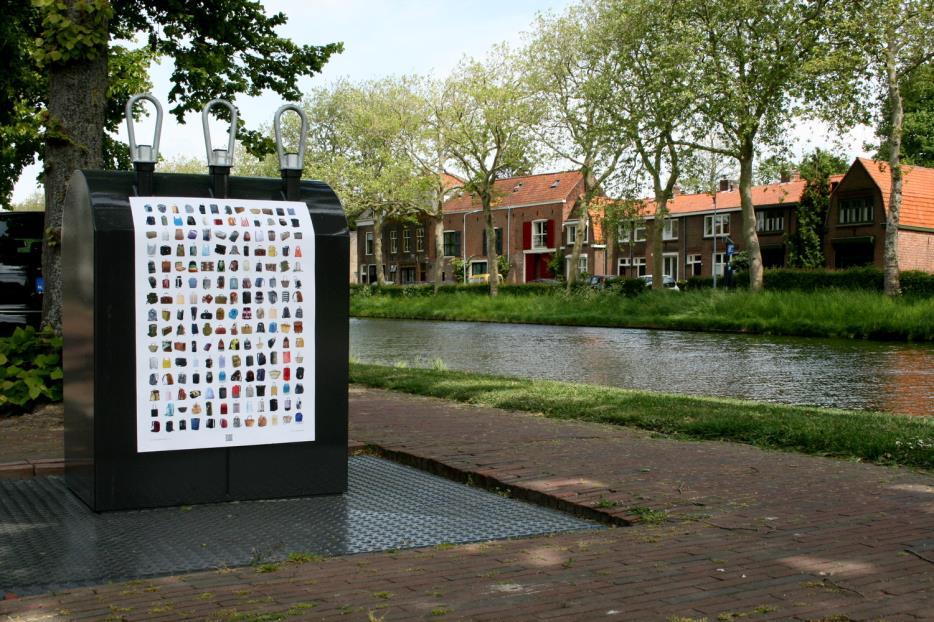
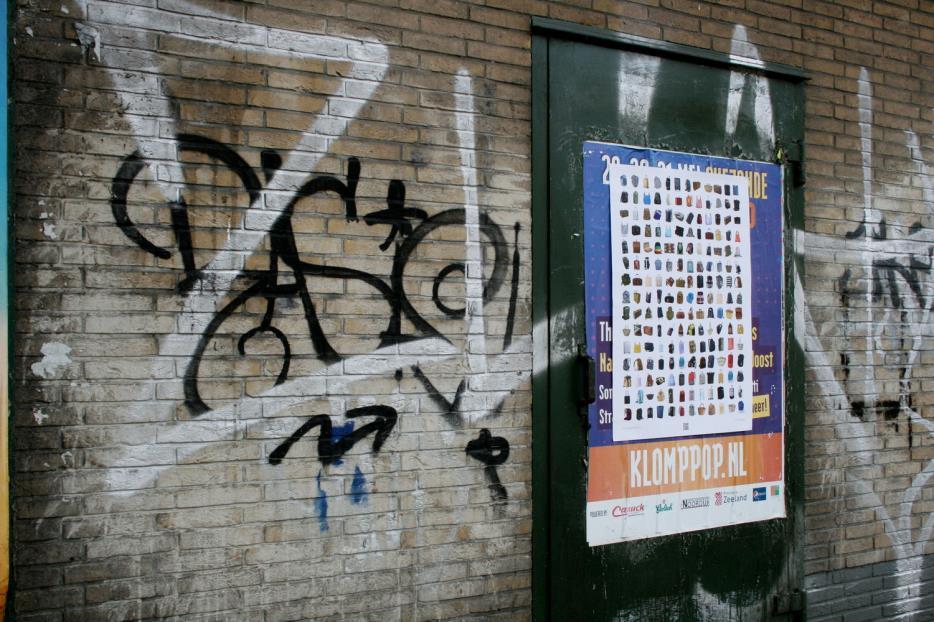
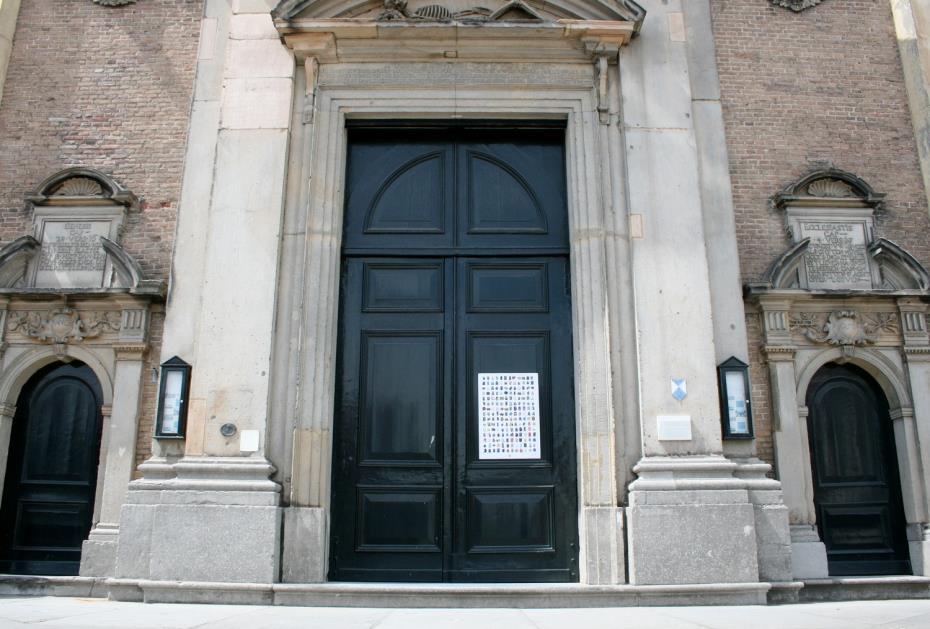
130 MiddelburgNL | 16/05/’20
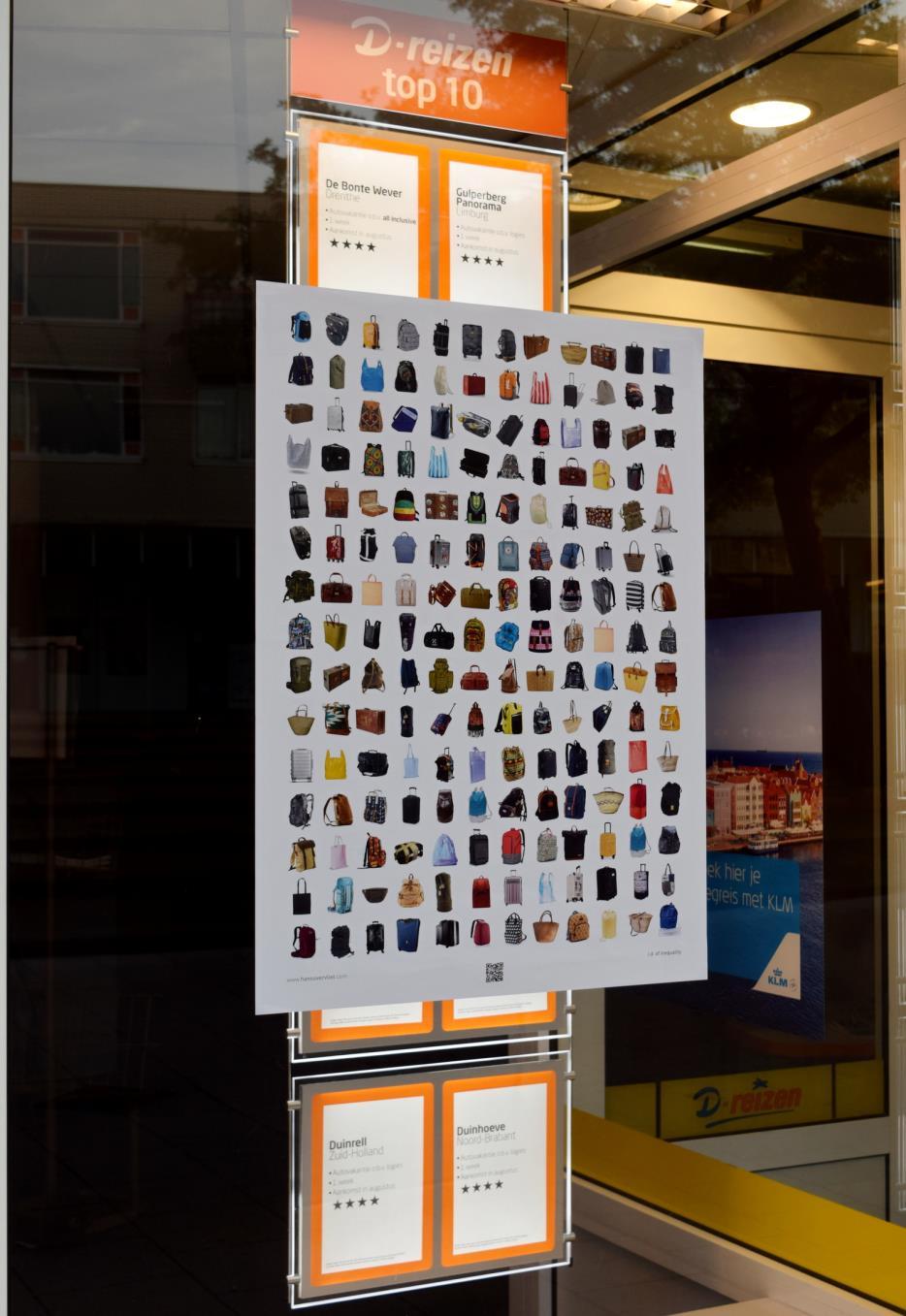


131 VlissingenNL | 20/05/’20
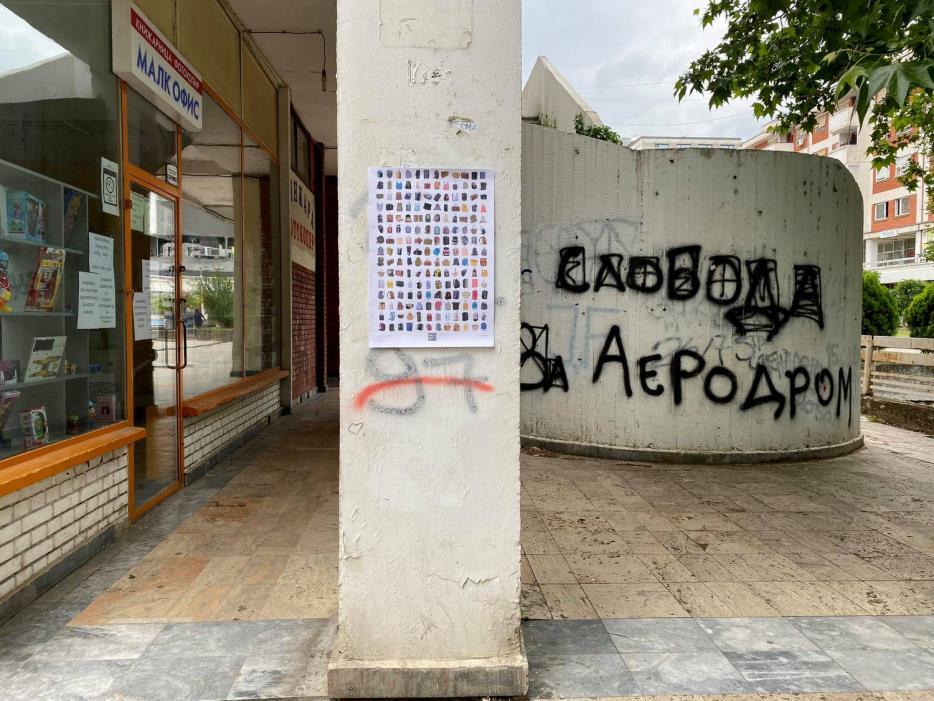

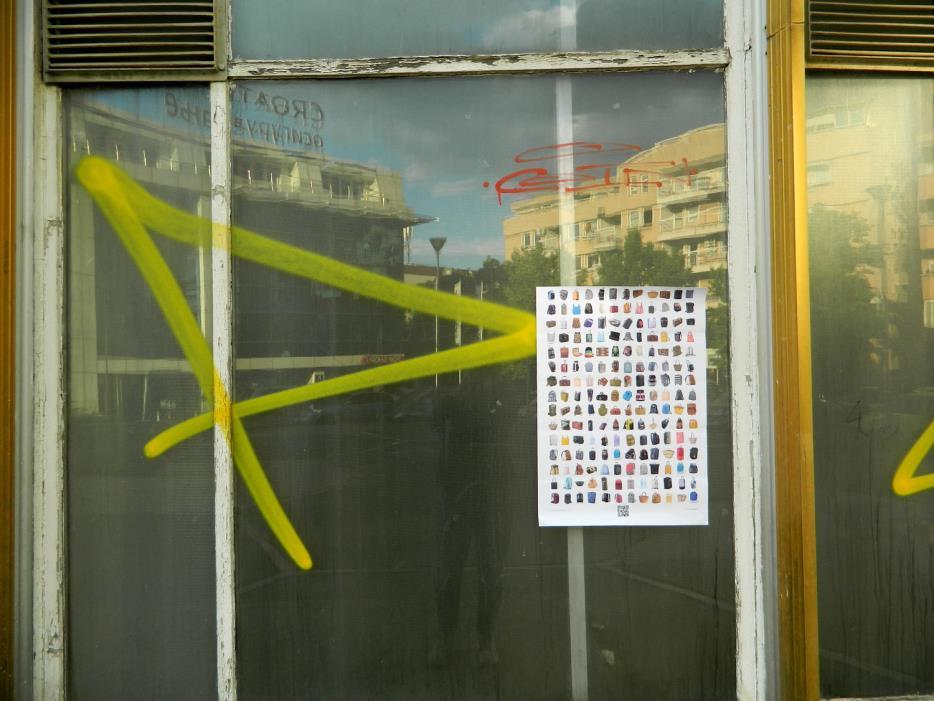
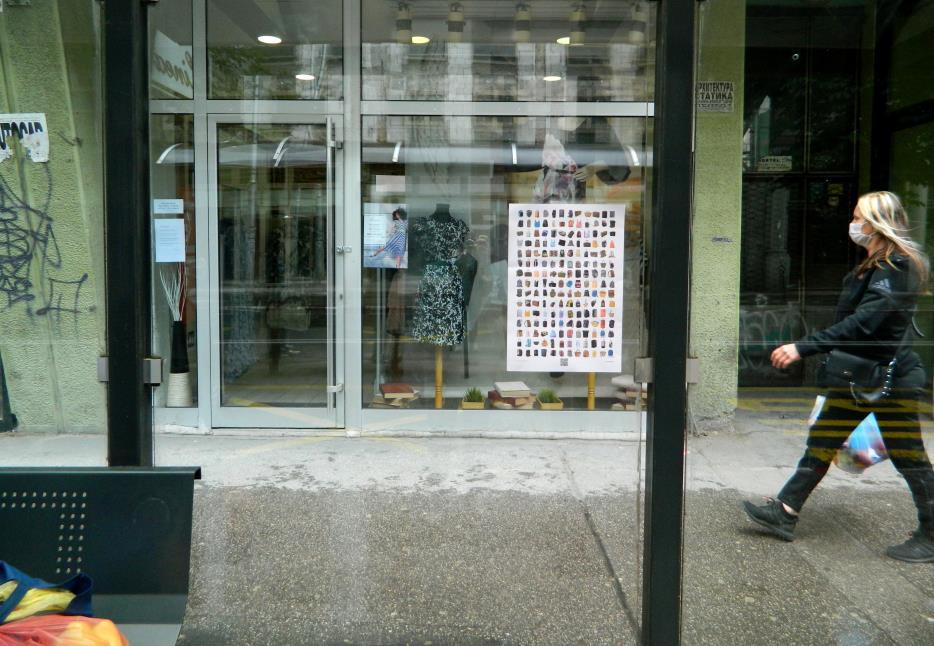
132 SkopjeMK | 01/06/’20
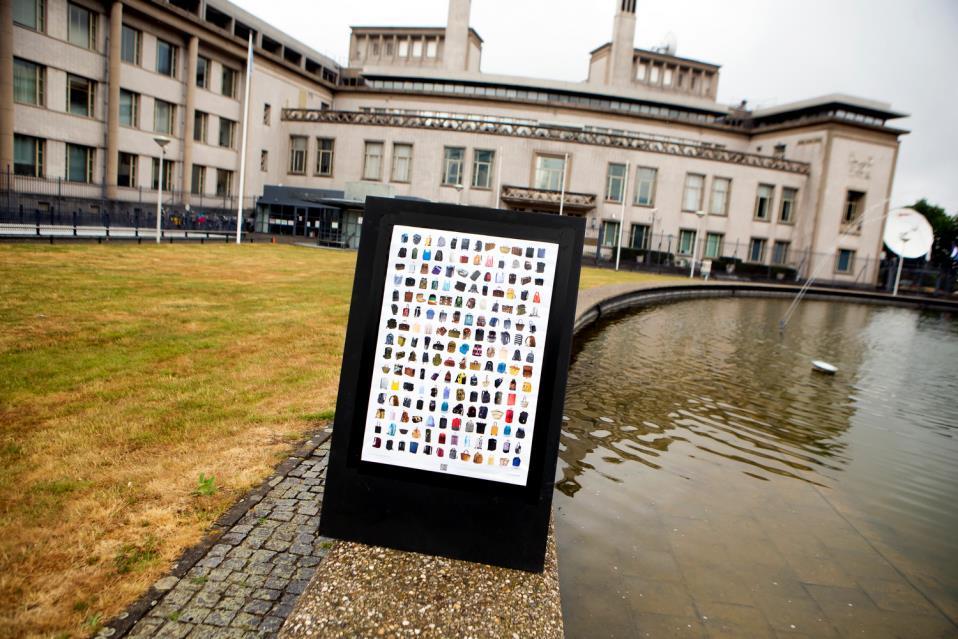
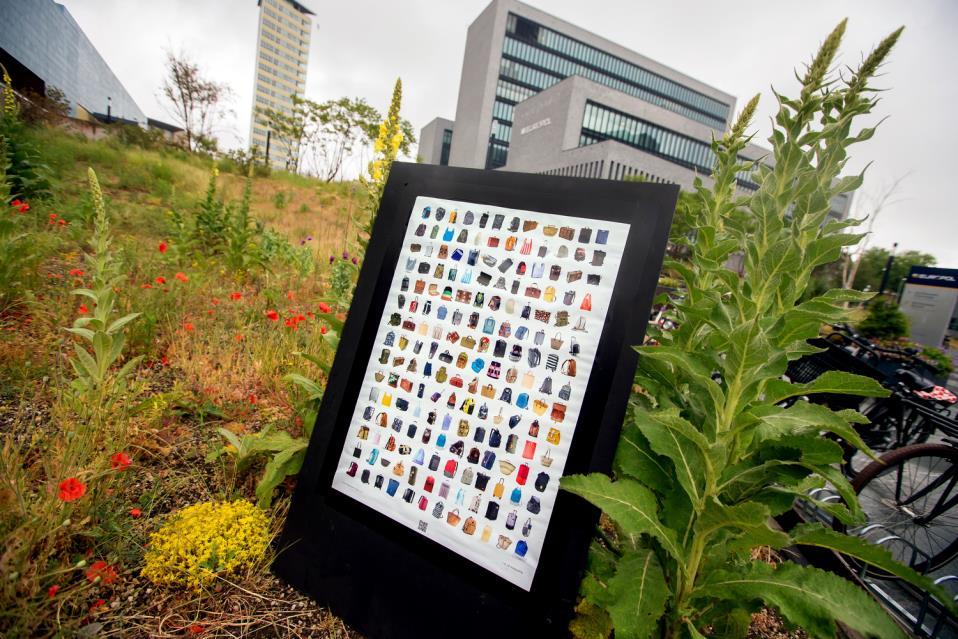


133
The HagueNL | 11/06/’20 | ©Photo Rober Goddyn
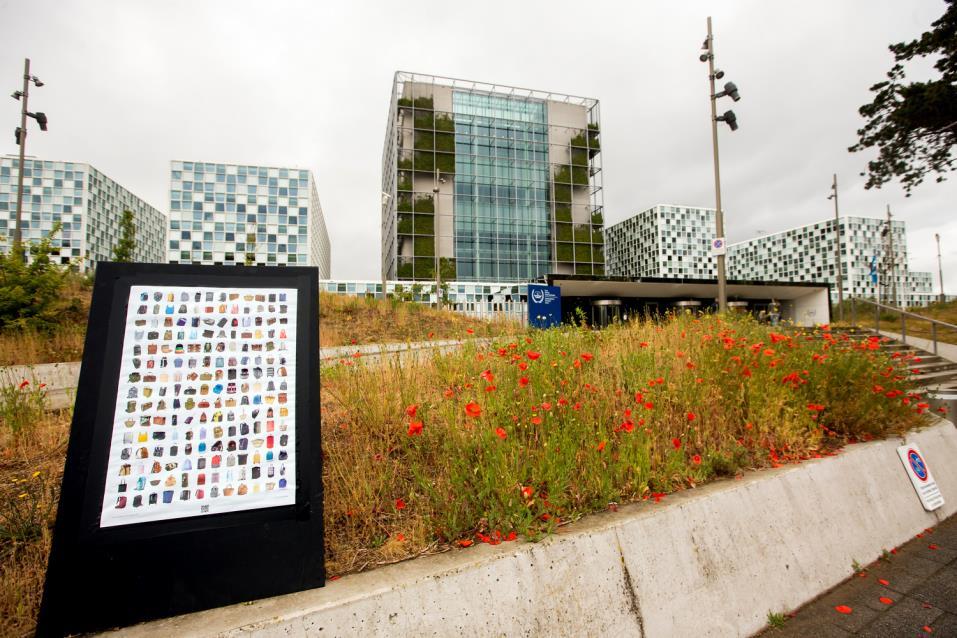
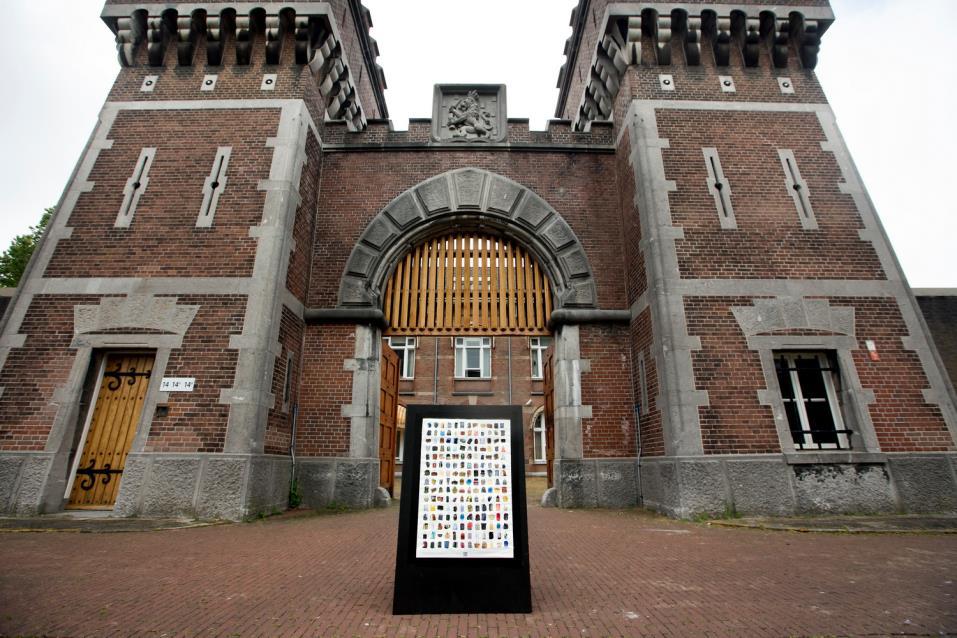

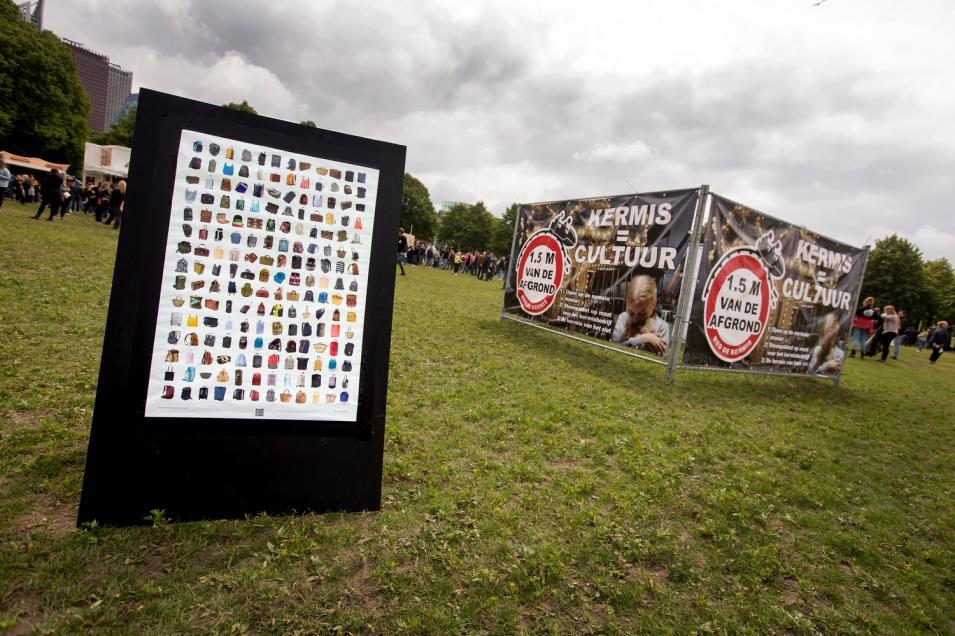
134
The HagueNL | 11/06/’20 | ©Photo Rober Goddyn
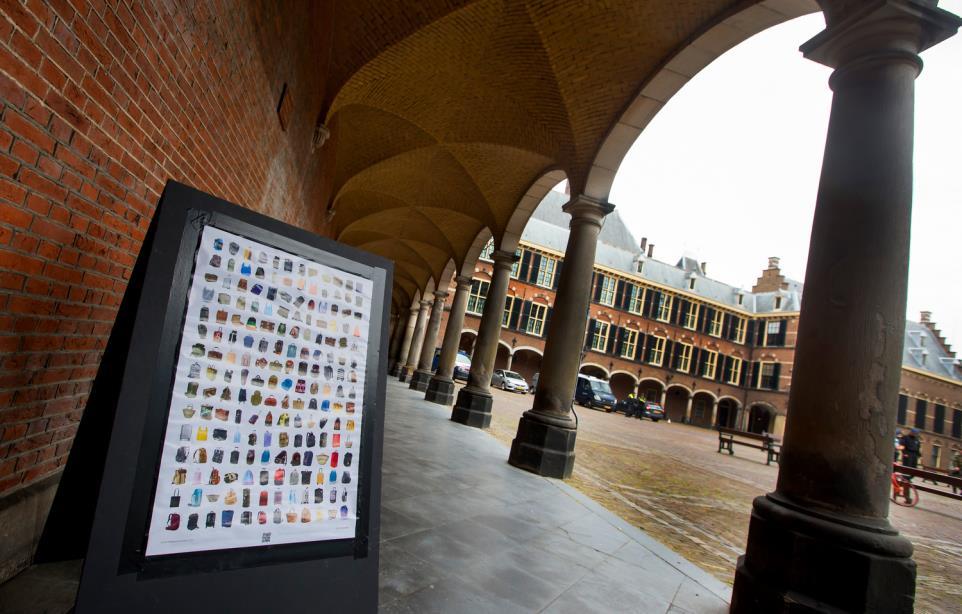
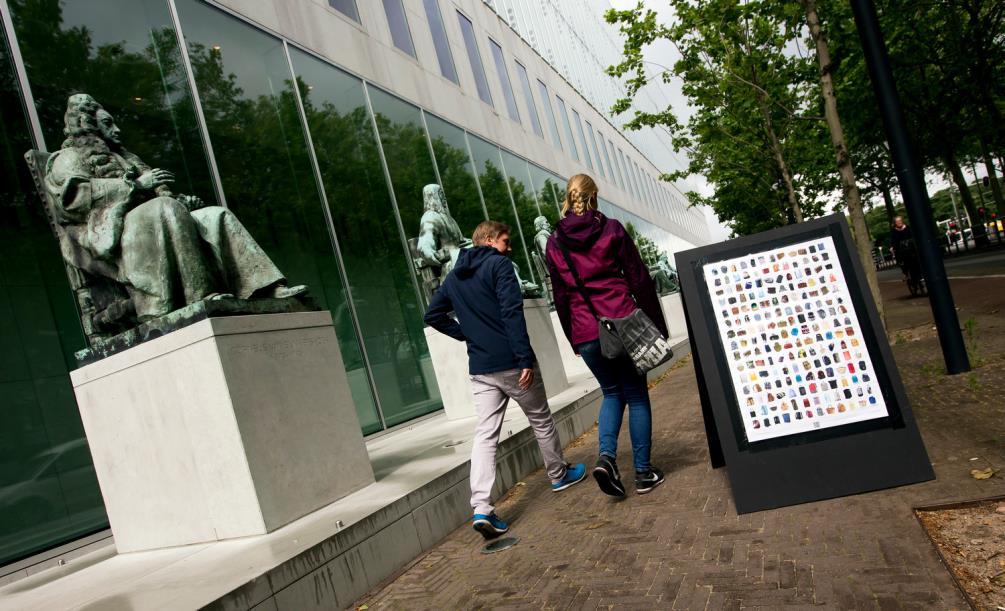
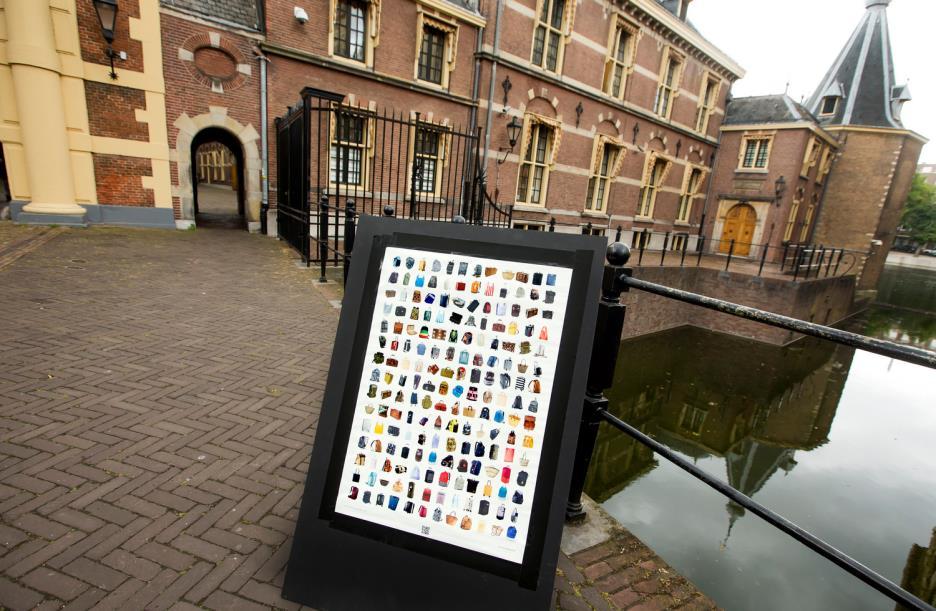
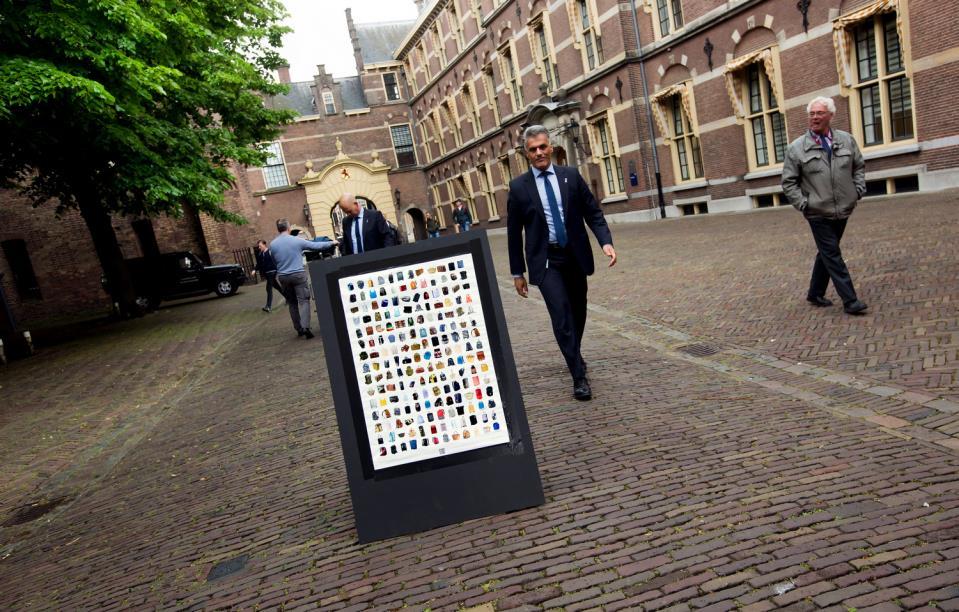
135
The HagueNL | 11/06/’20 | ©Photo Rober Goddyn

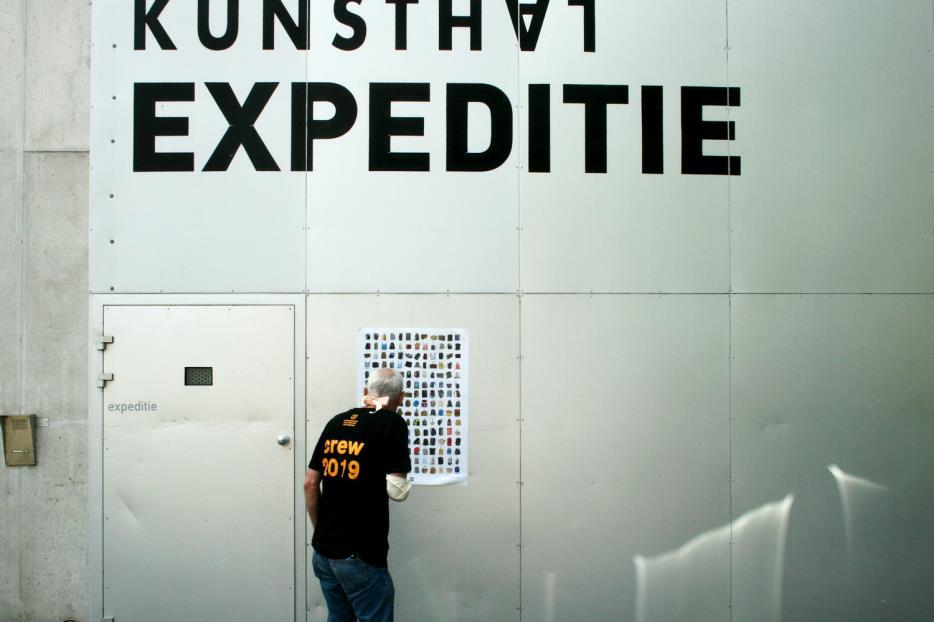
136 RotterdamNL | 18/06/’20


137 LeuvenB | 20/06/’20

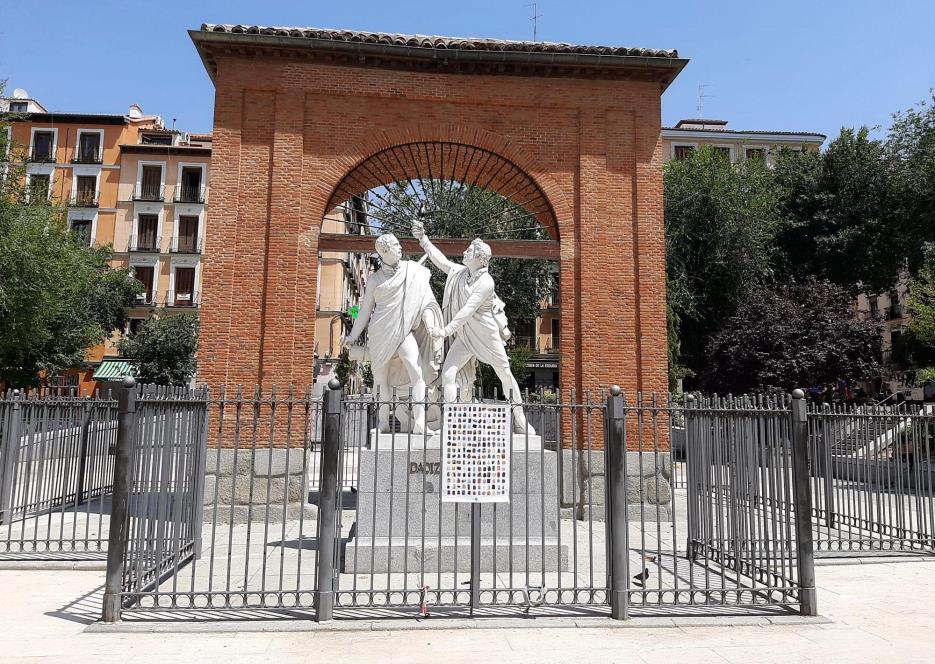
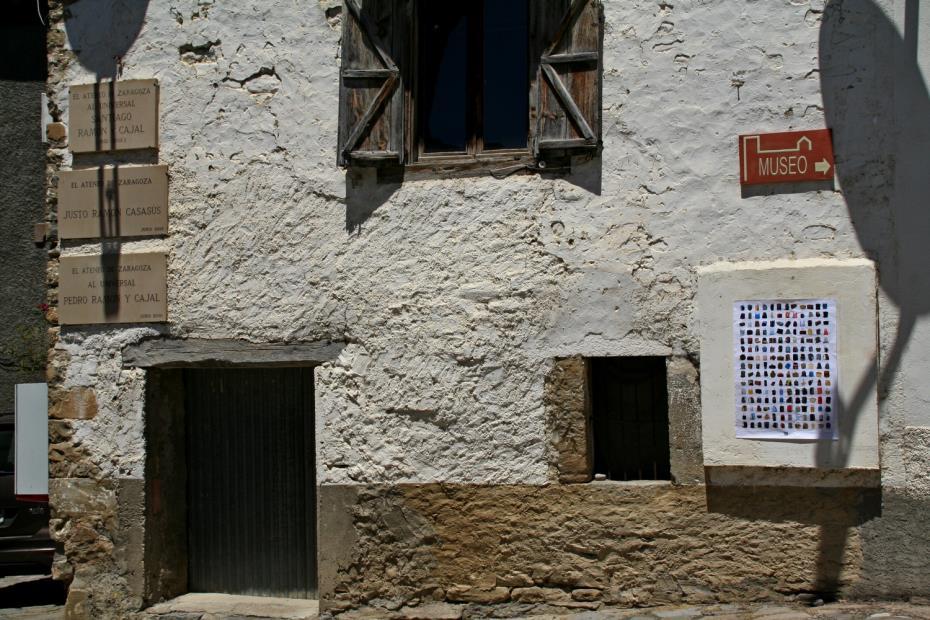
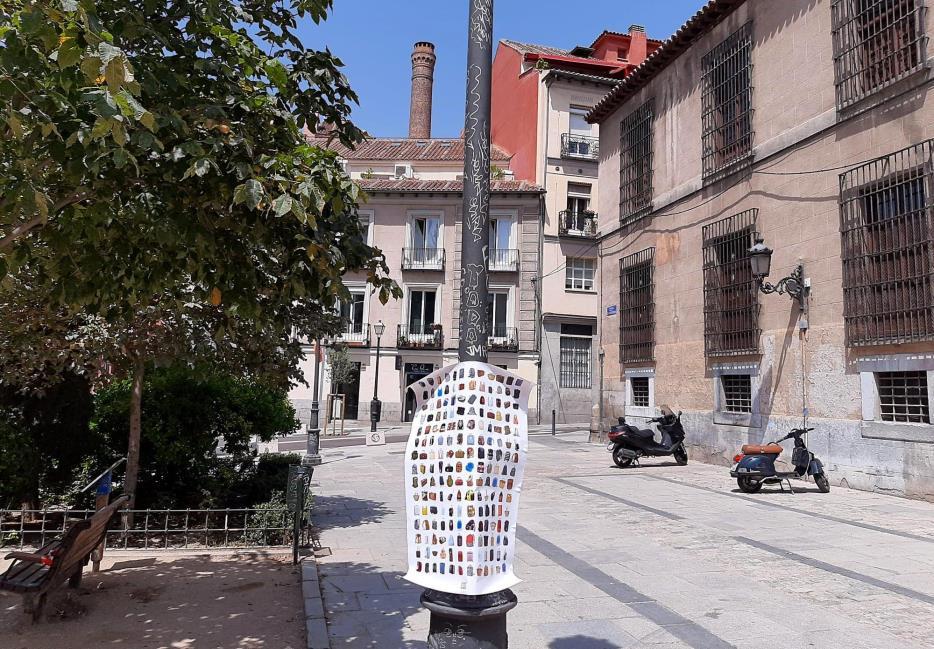
138 Larrés (Huesca)ESP | 18/06/’20 MadridESP | 26/06/’20

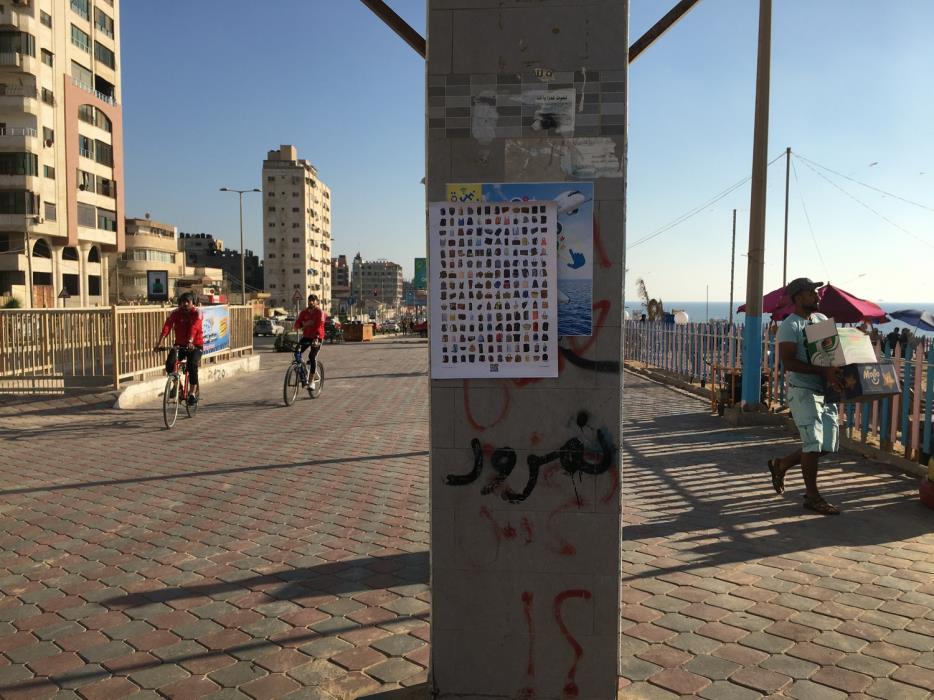

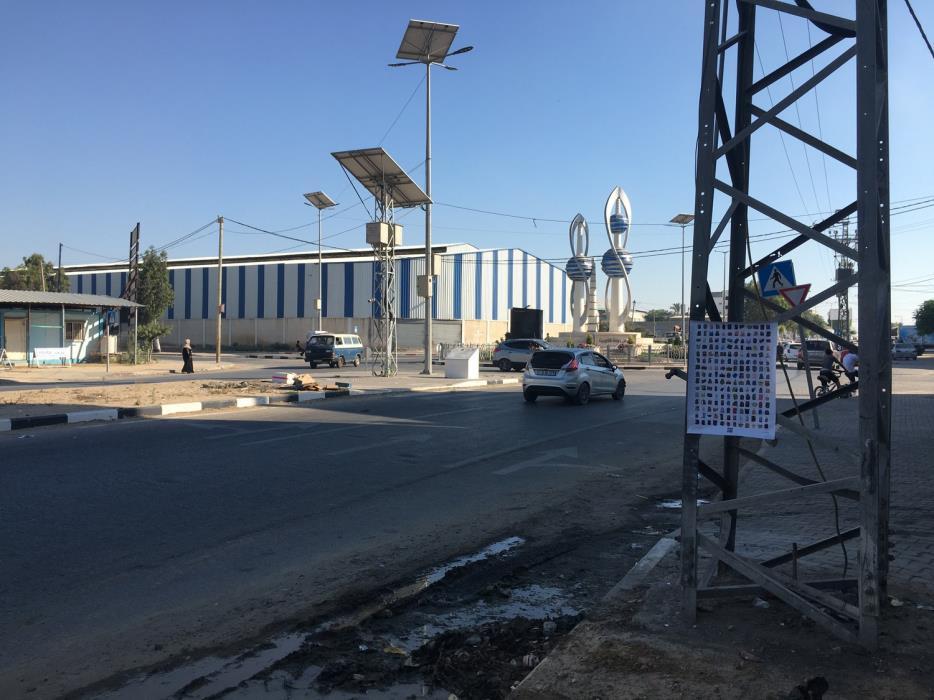
139 GazaPS | 03/07 & 04/07/’20
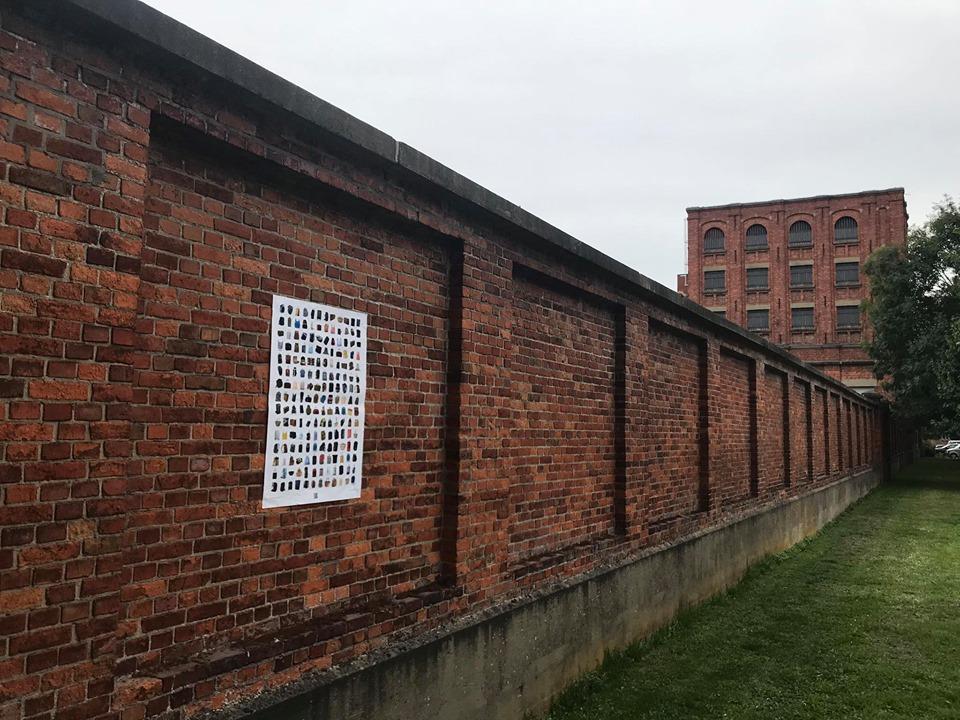
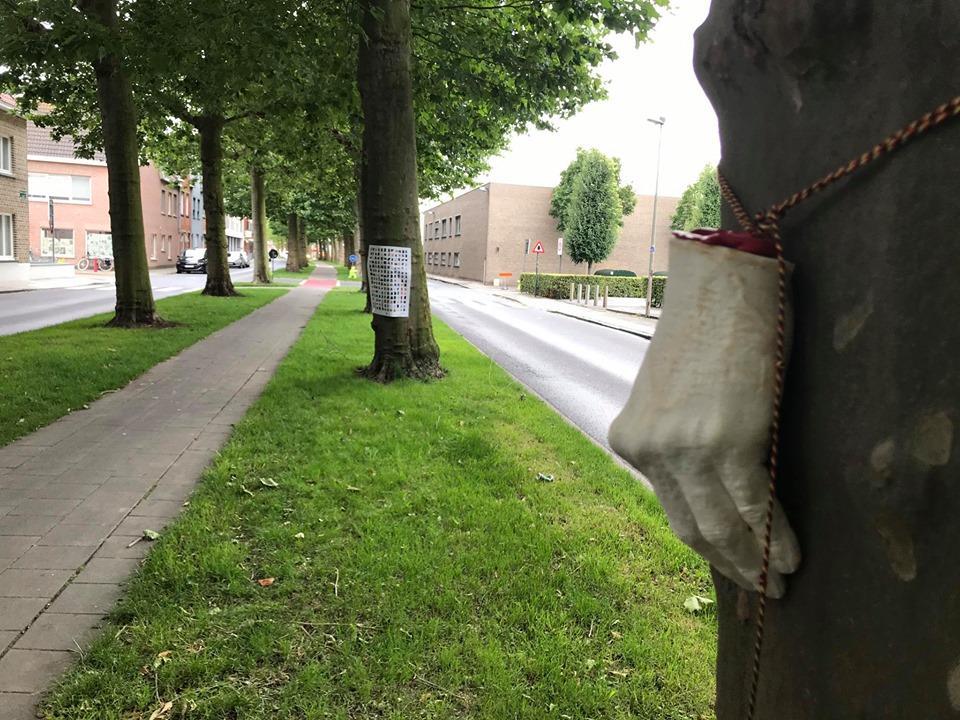

140
Brugge
B [ artworks Jan Verhaeghe ] 07/07/’20
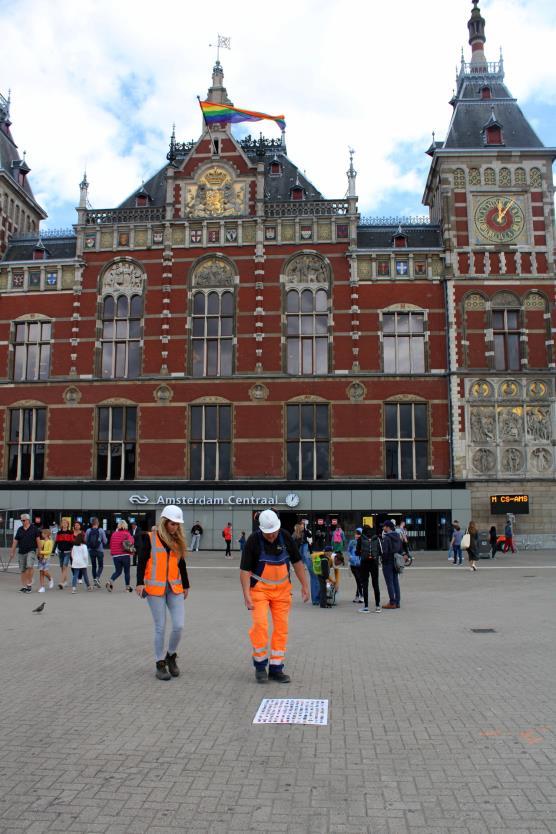

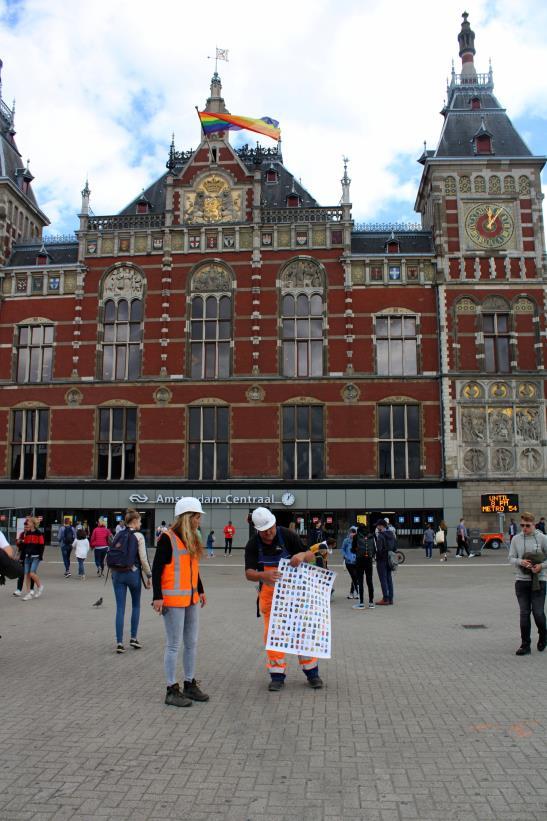
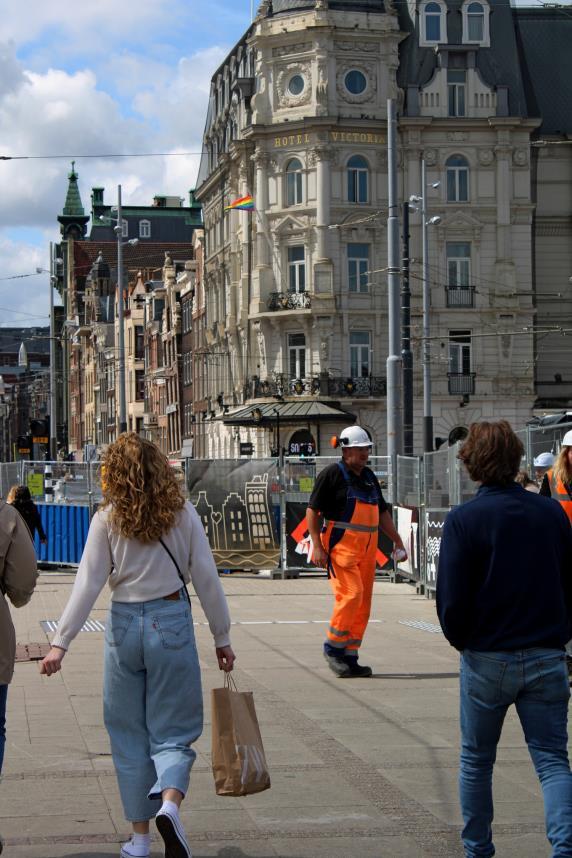
141 AmsterdamNL | 29/07/’20



142
VeniceÏT | 29/07/’20

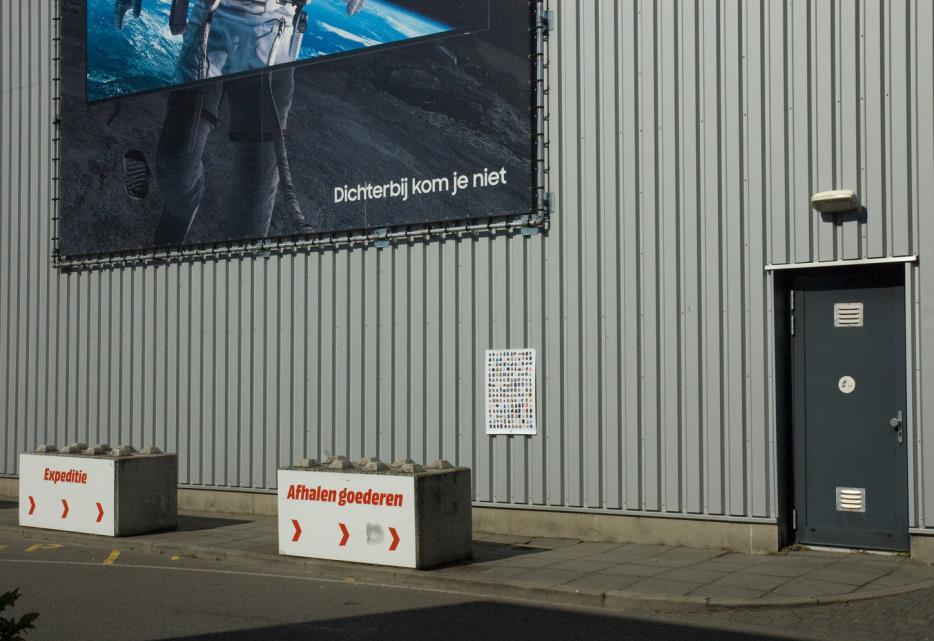
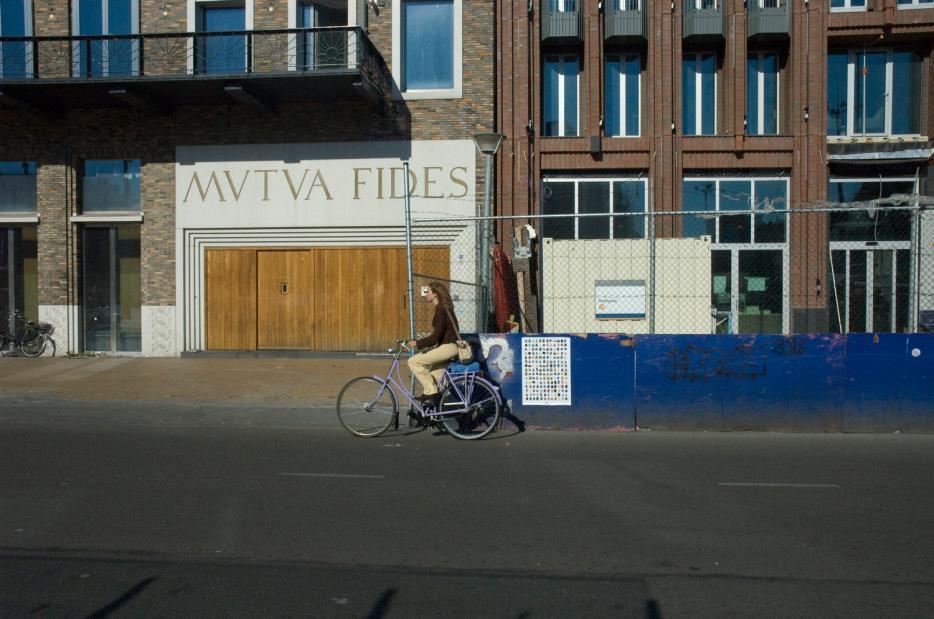
143 GroningenNL | 07/08/’20 | 22/07/’20
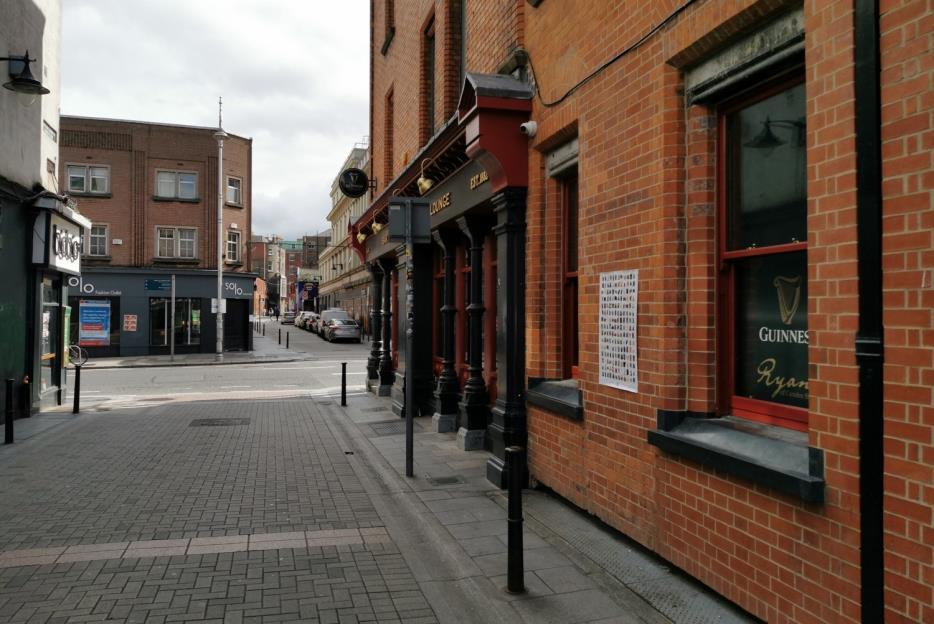
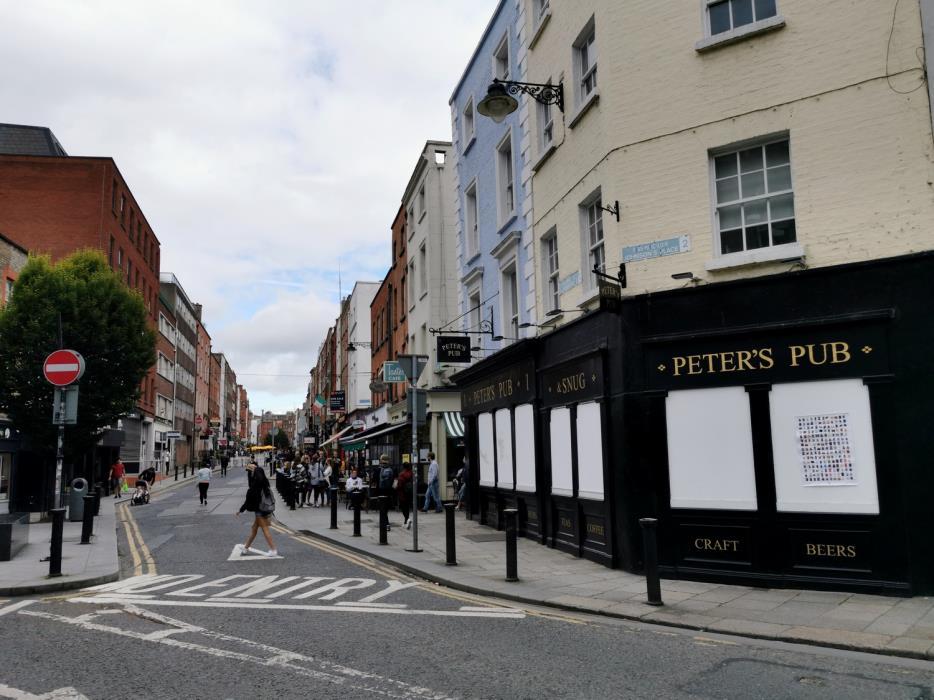
144 | 22/07/’20



145 VlissingenNL | 31/08/’20 | 22/07/’20
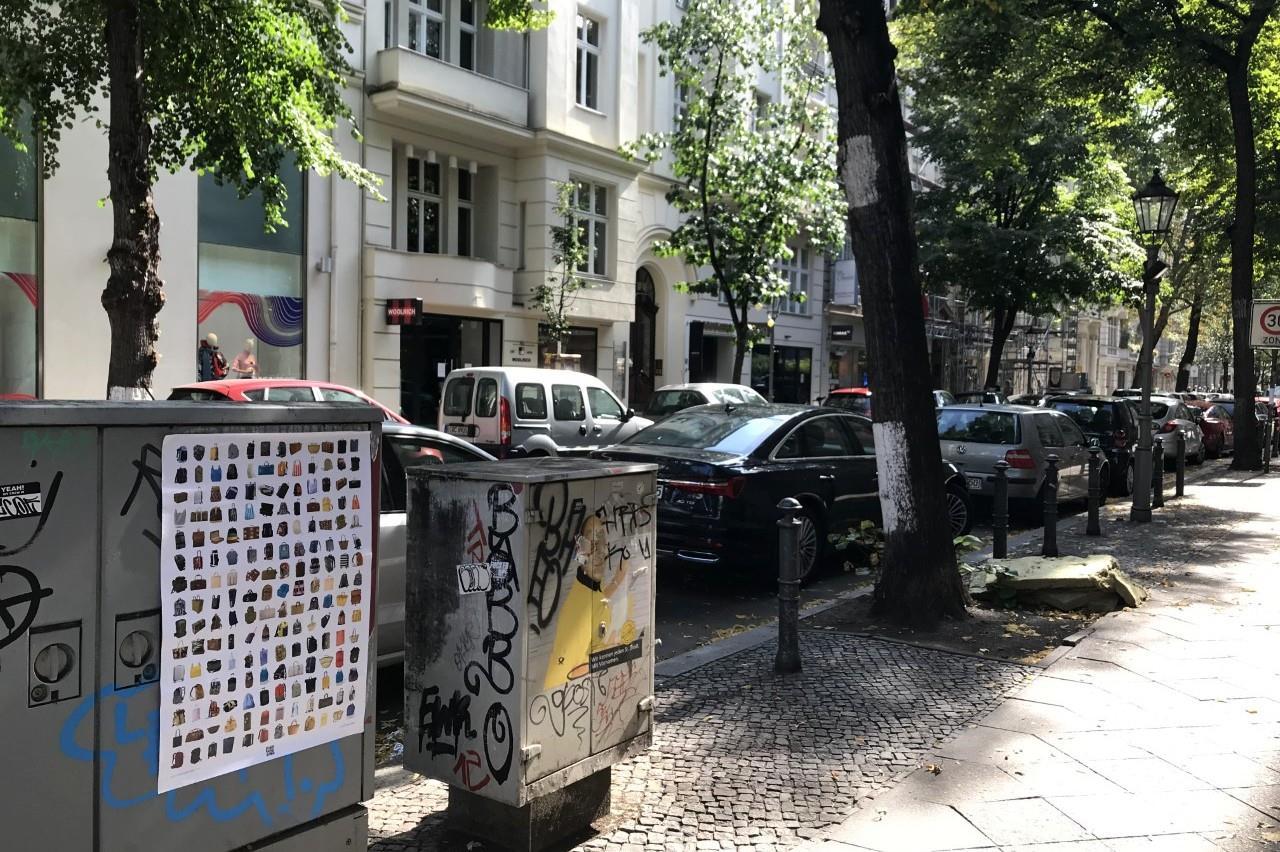

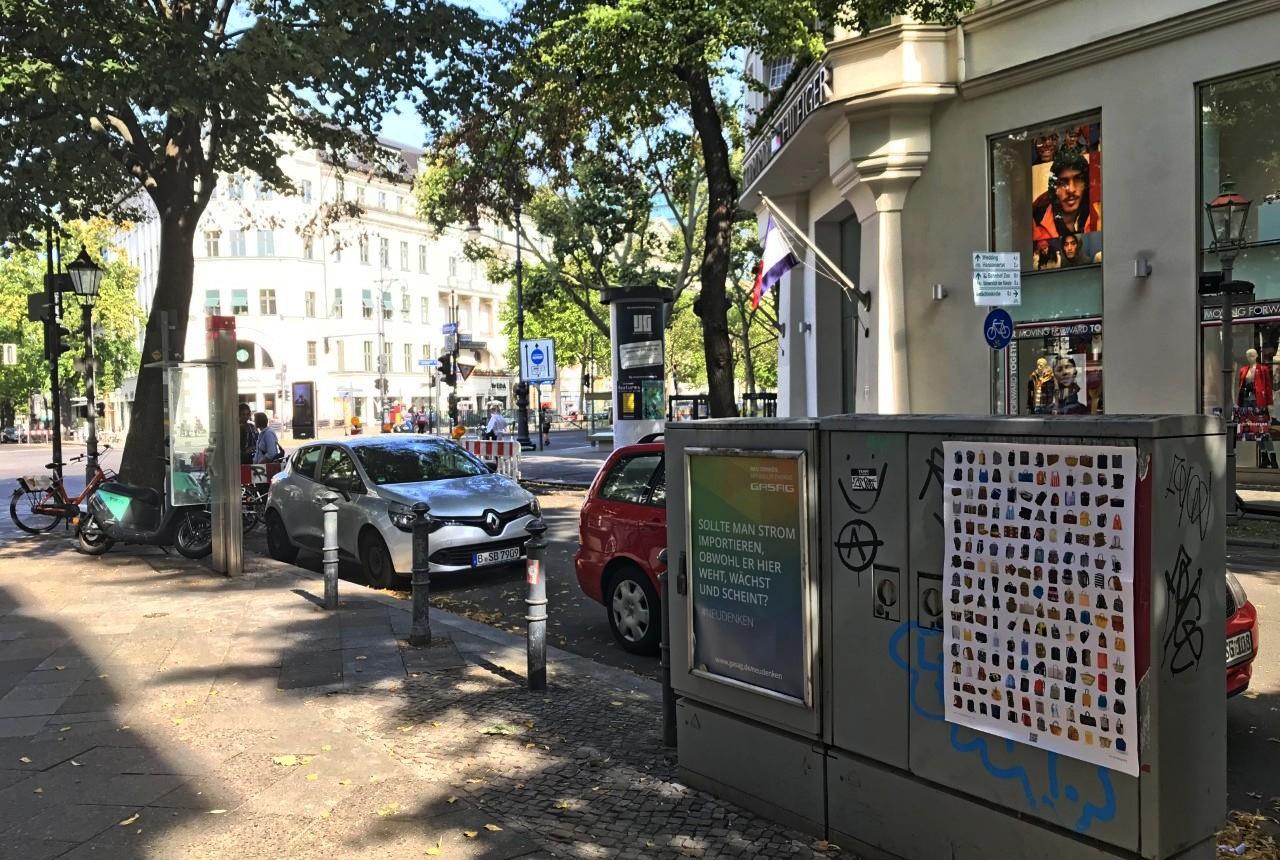
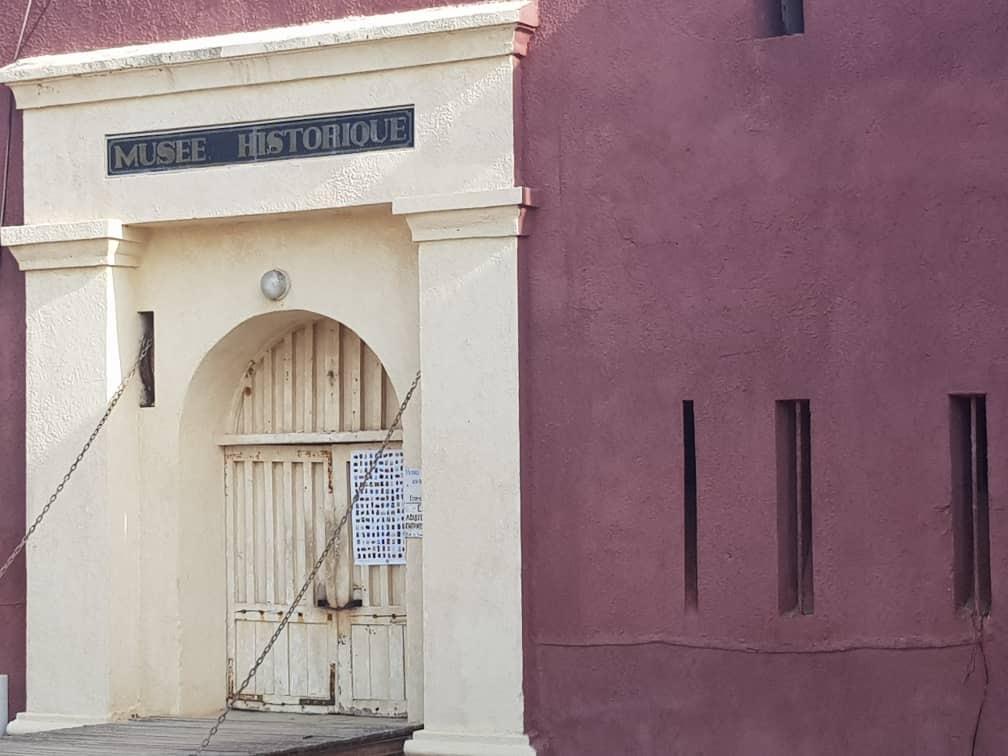
146 BerlinDE | just off Kurfürstendamm | 14/09/’20 | 22/07/’20 Dakar | Île de GoréeSN | 28/10/’20
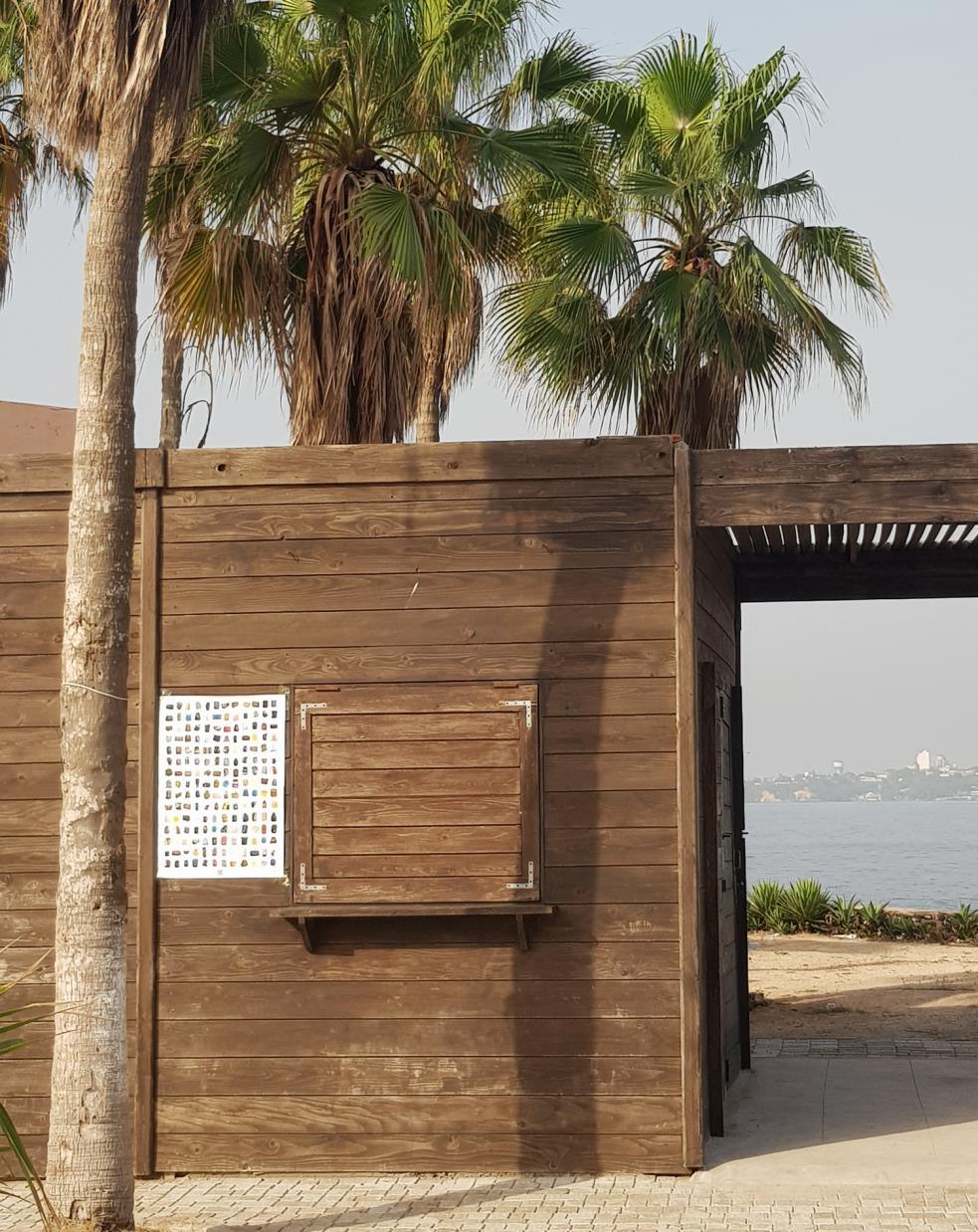
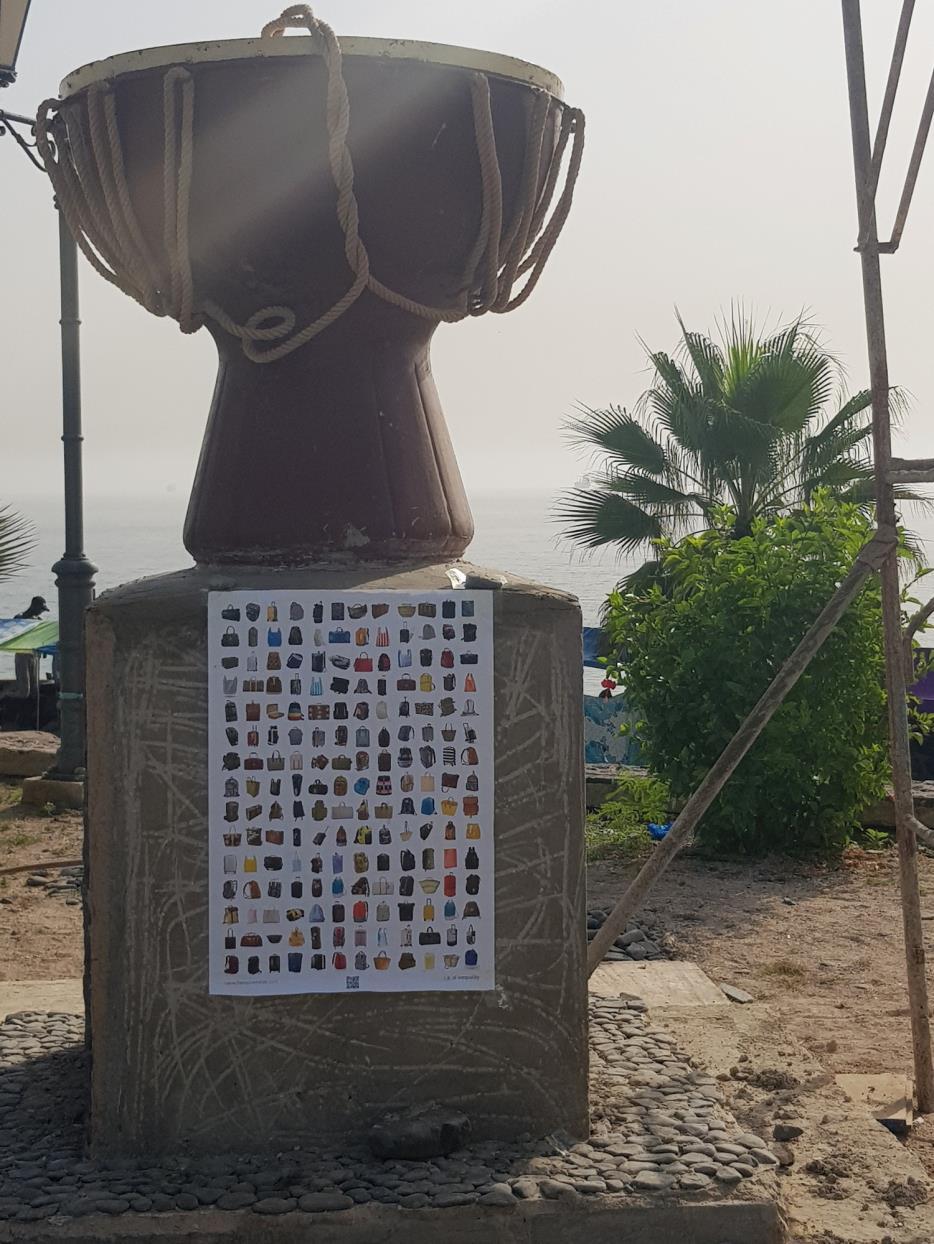
147 Dakar
| Île de GoréeSN | 28/10/’20

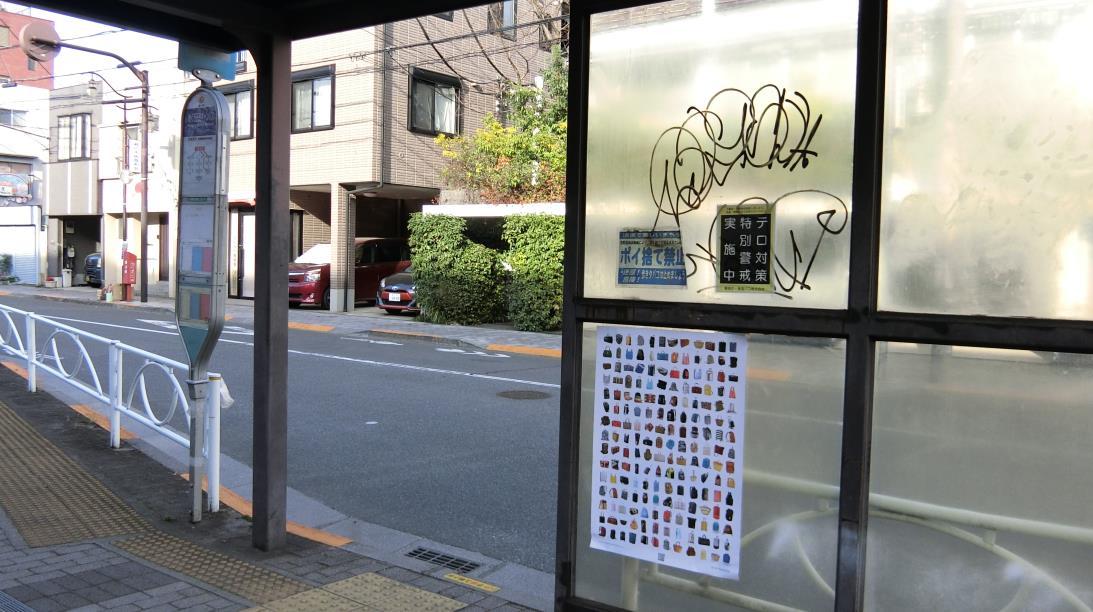

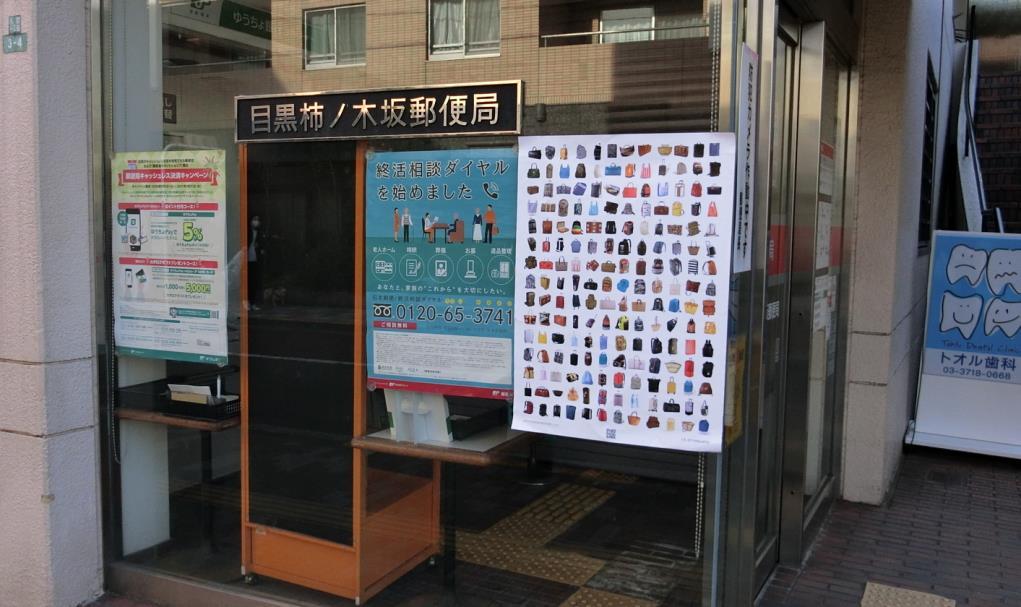
148
TokyoJP | Masako Ito Design | 23/02/’21
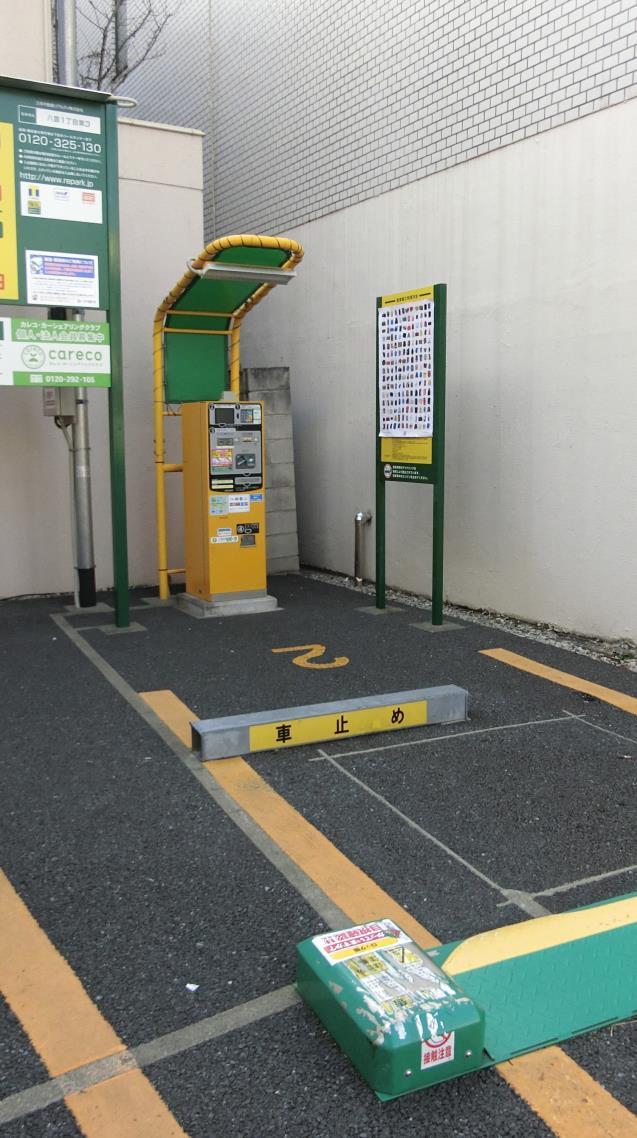
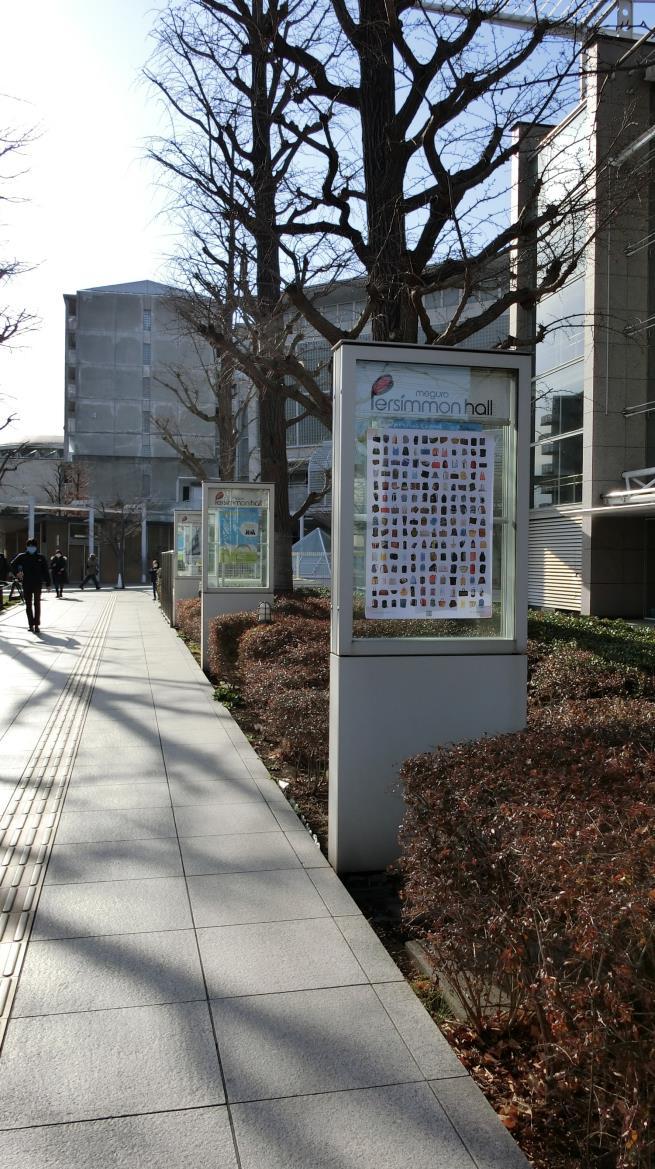

149 TokyoJP | Masako Ito Design | 23/02/’21
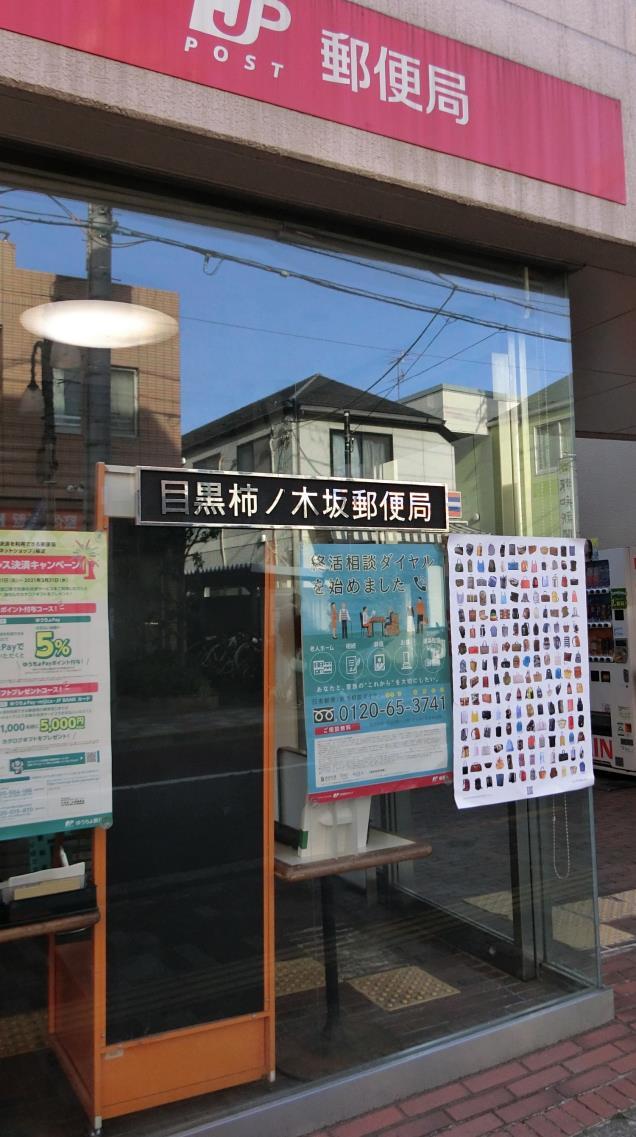
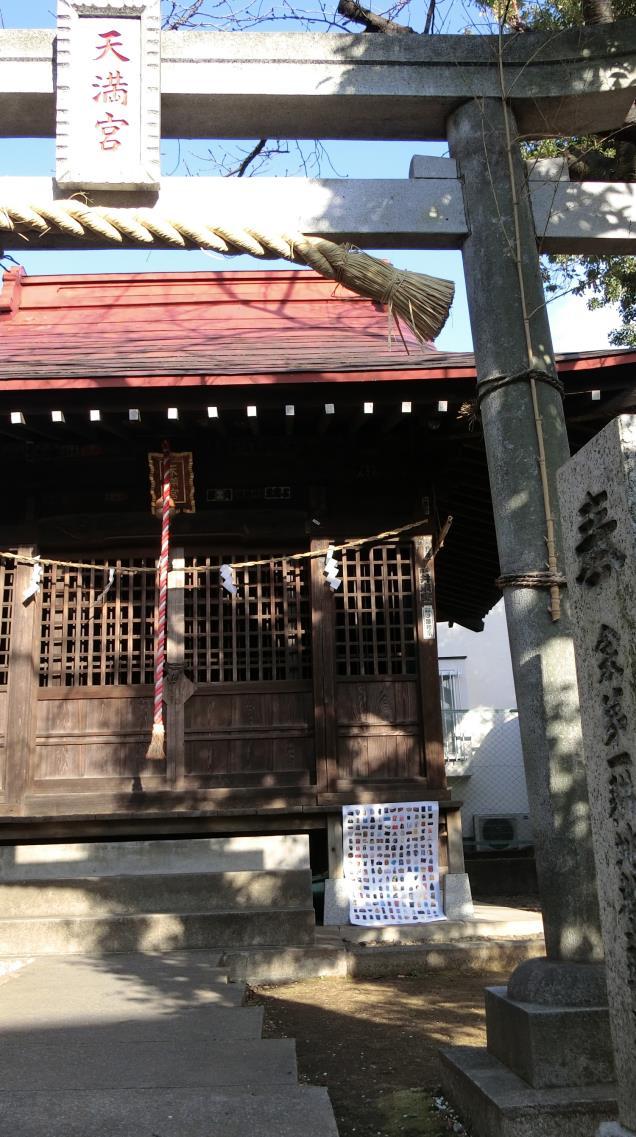

150
TokyoJP | Masako Ito Design | 23/02/’21
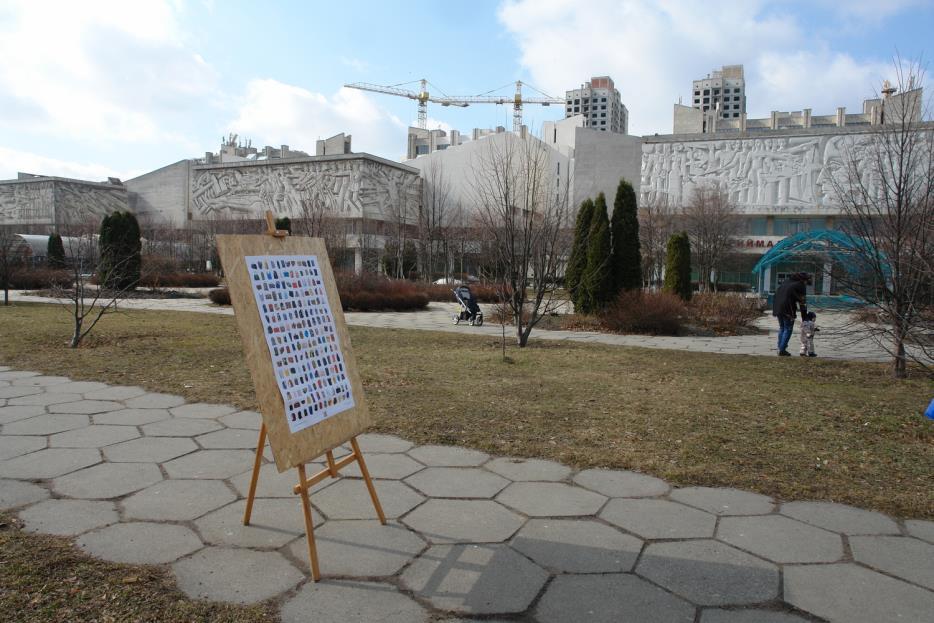
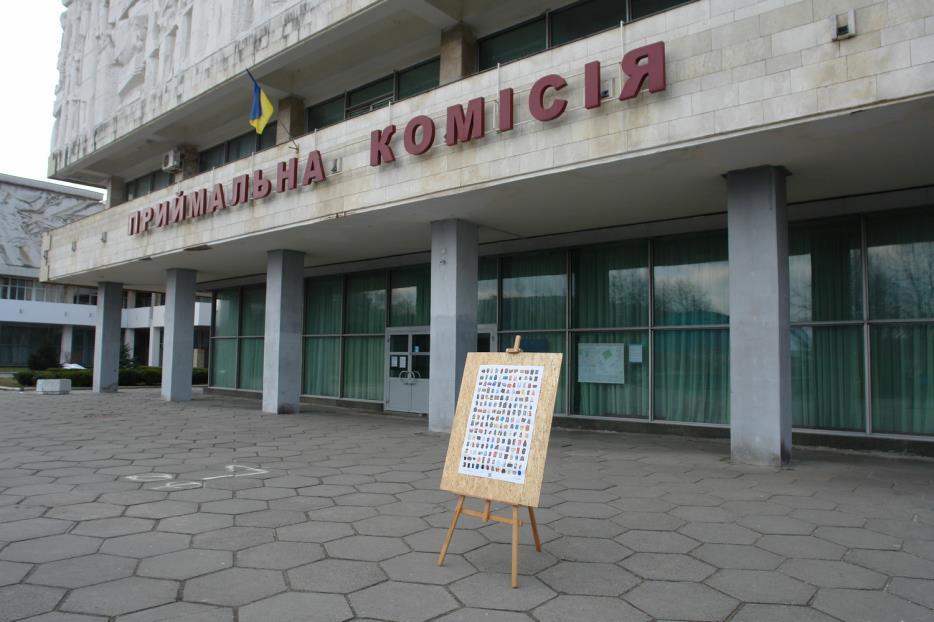


151 KyivUA | HLEBZAWOD | 20/03/’21
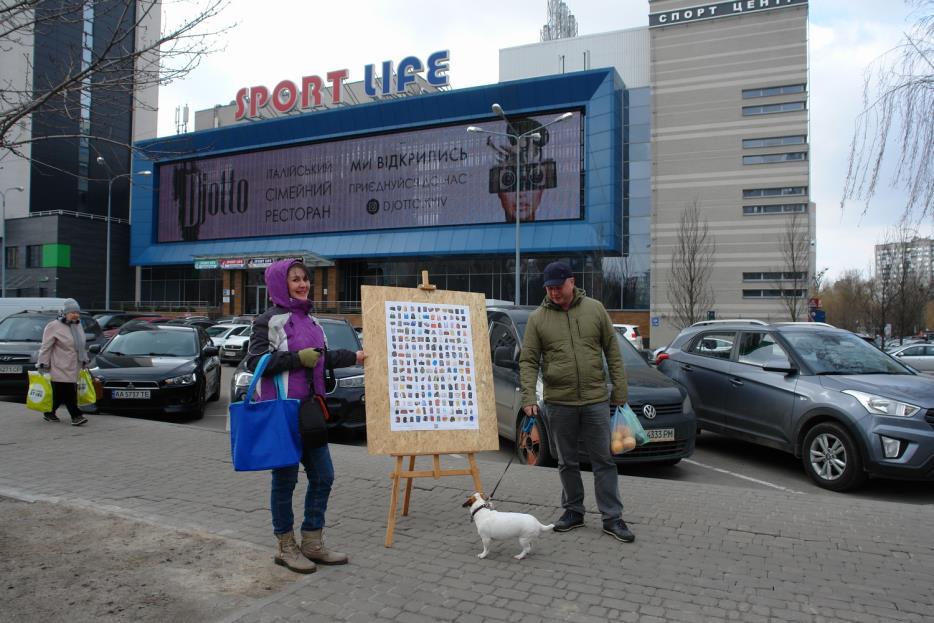



152 KyivUA | HLEBZAWOD | 20/03/’21
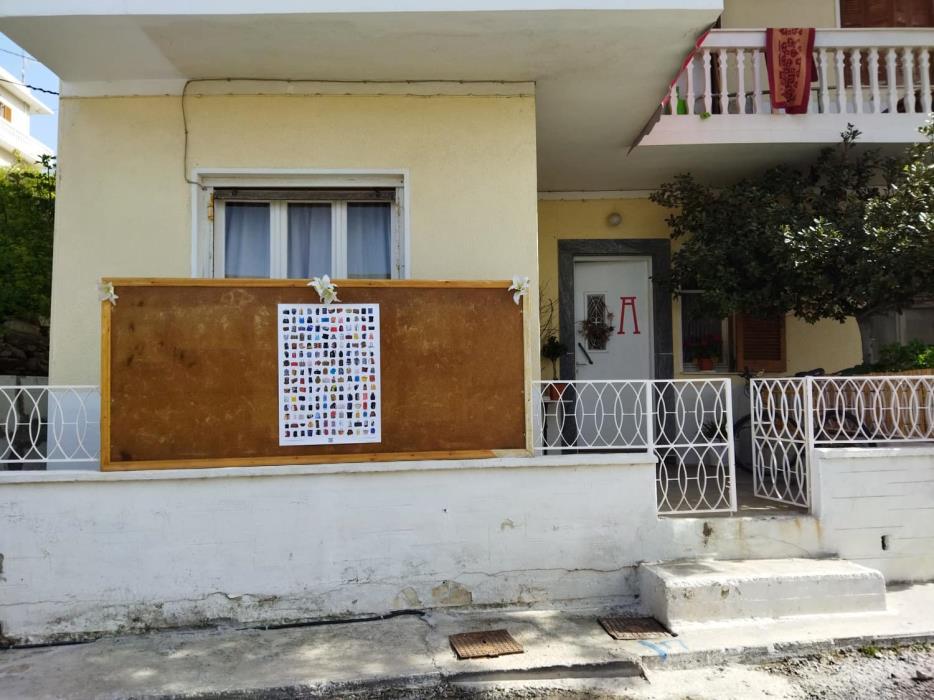
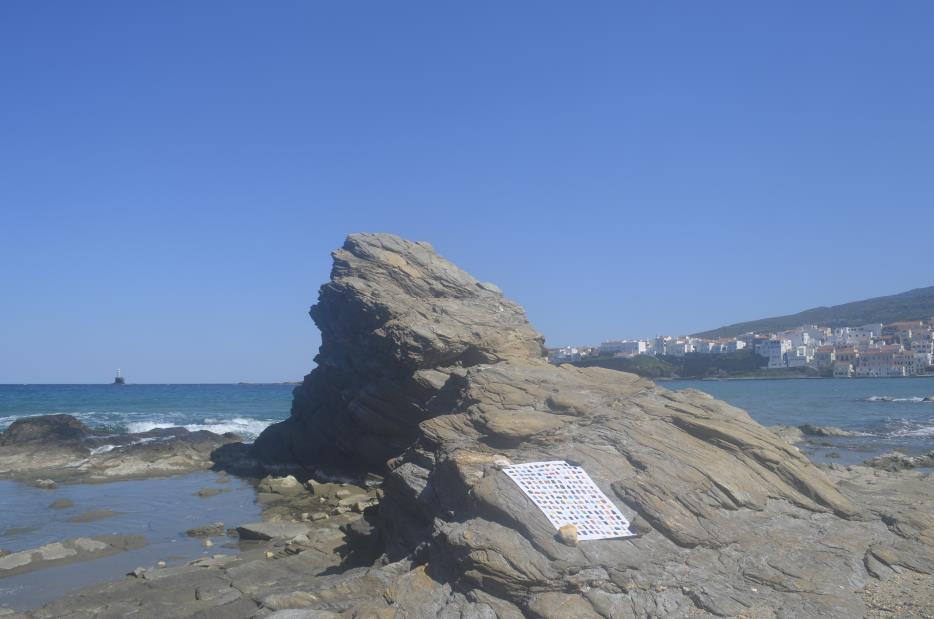
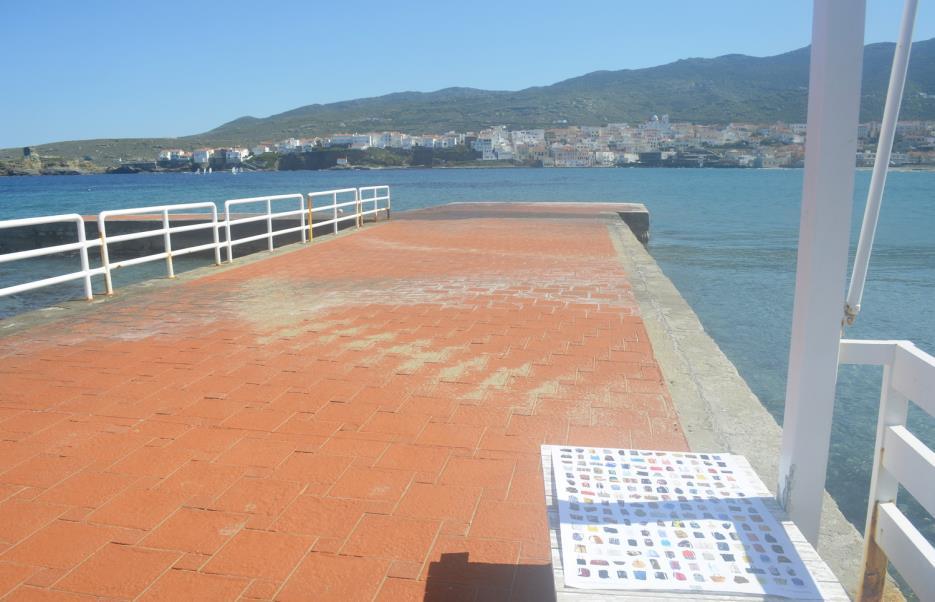

153
KozaniGR | Annita Koutsonanou Architecture Studio | 11/04/’20

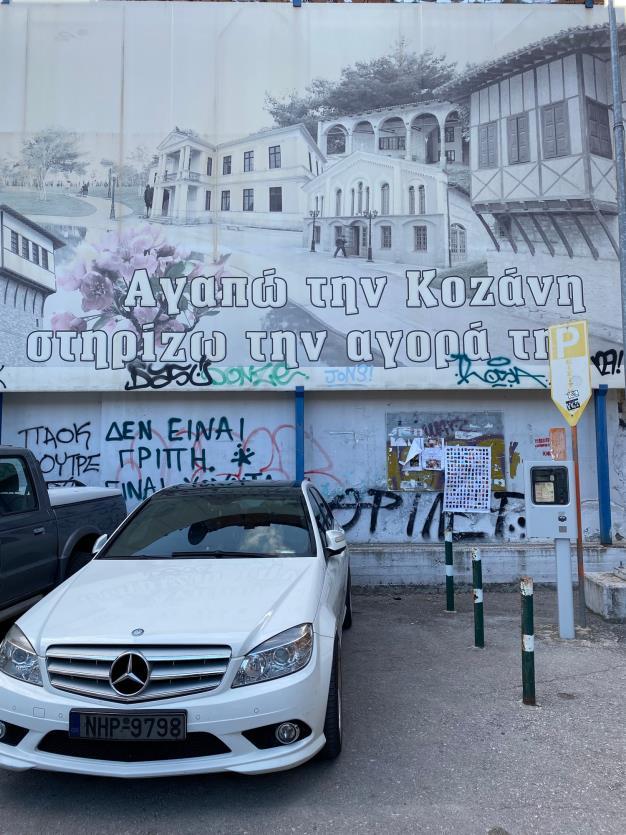

154
KozaniGR | Annita Koutsonanou Architecture Studio | 11/04/’20






155 ΘΡΙΛΕΡ
means thriller or horror movie [due to the Corona economical failures]
KozaniGR | Annita Koutsonanou Architecture Studio | 11/04/’20
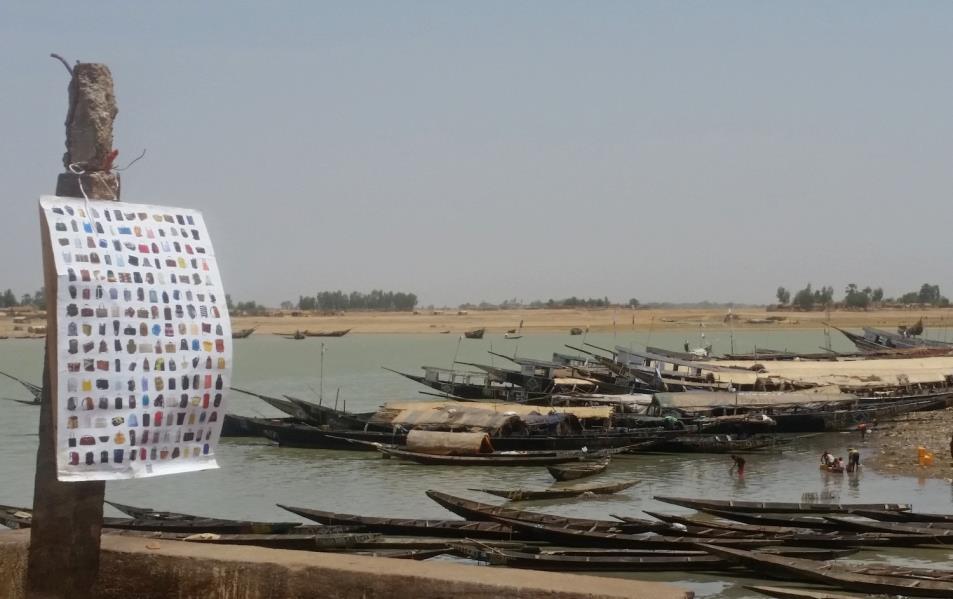

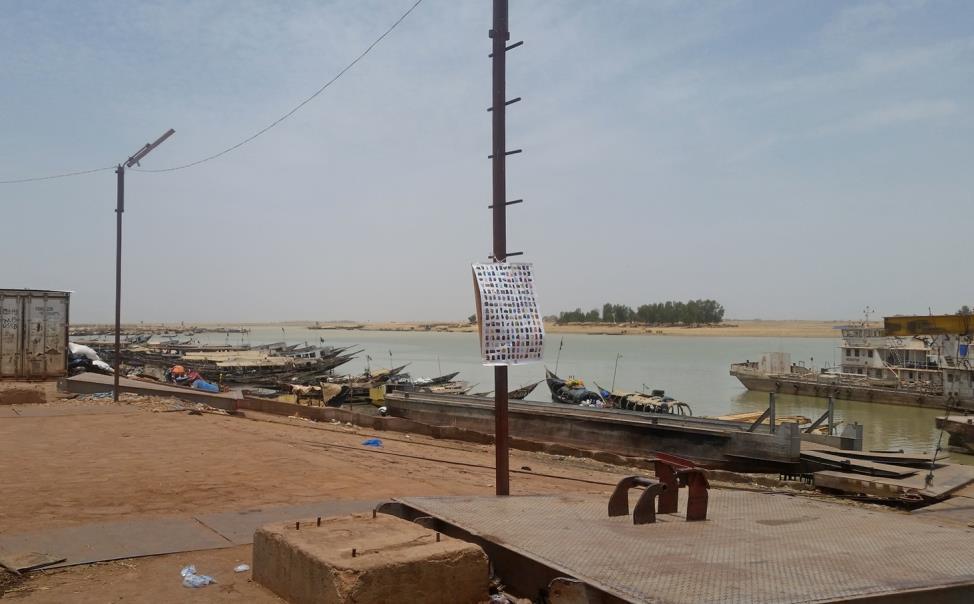
156 MoptiML | 26 - 29/04/’20


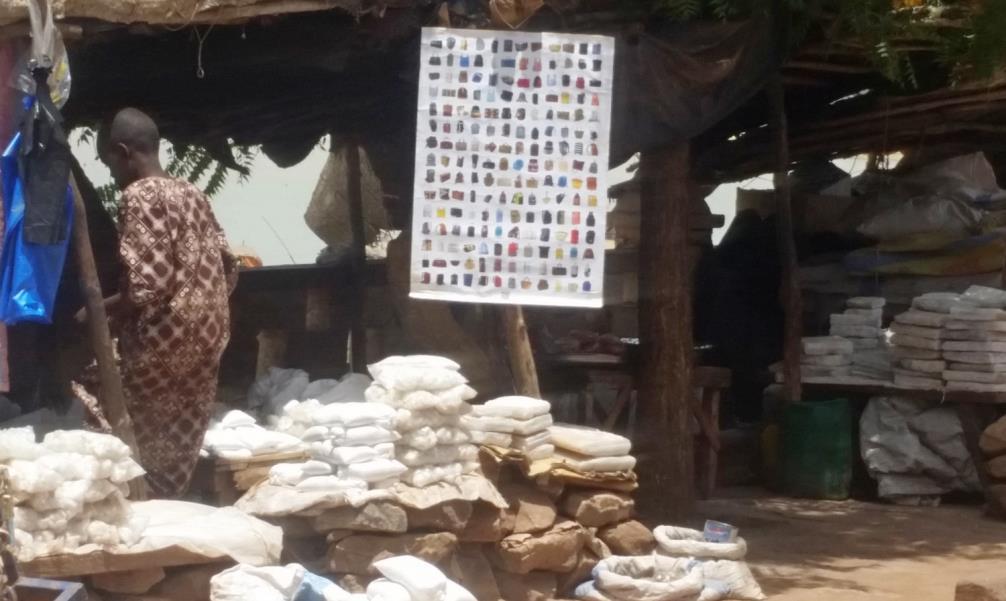
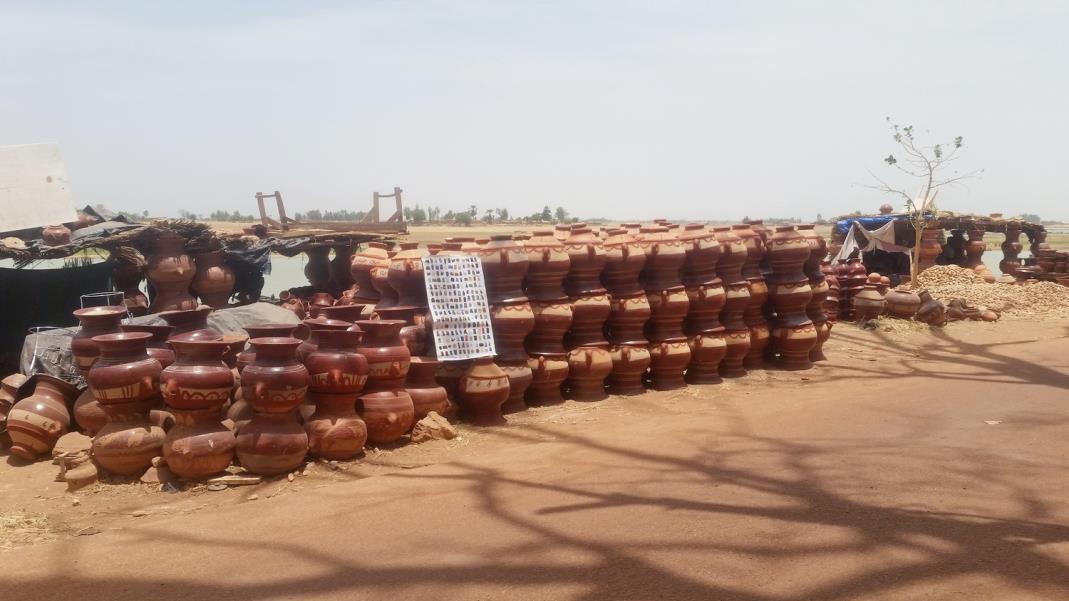
157 MoptiML | 26 - 29/04/’20
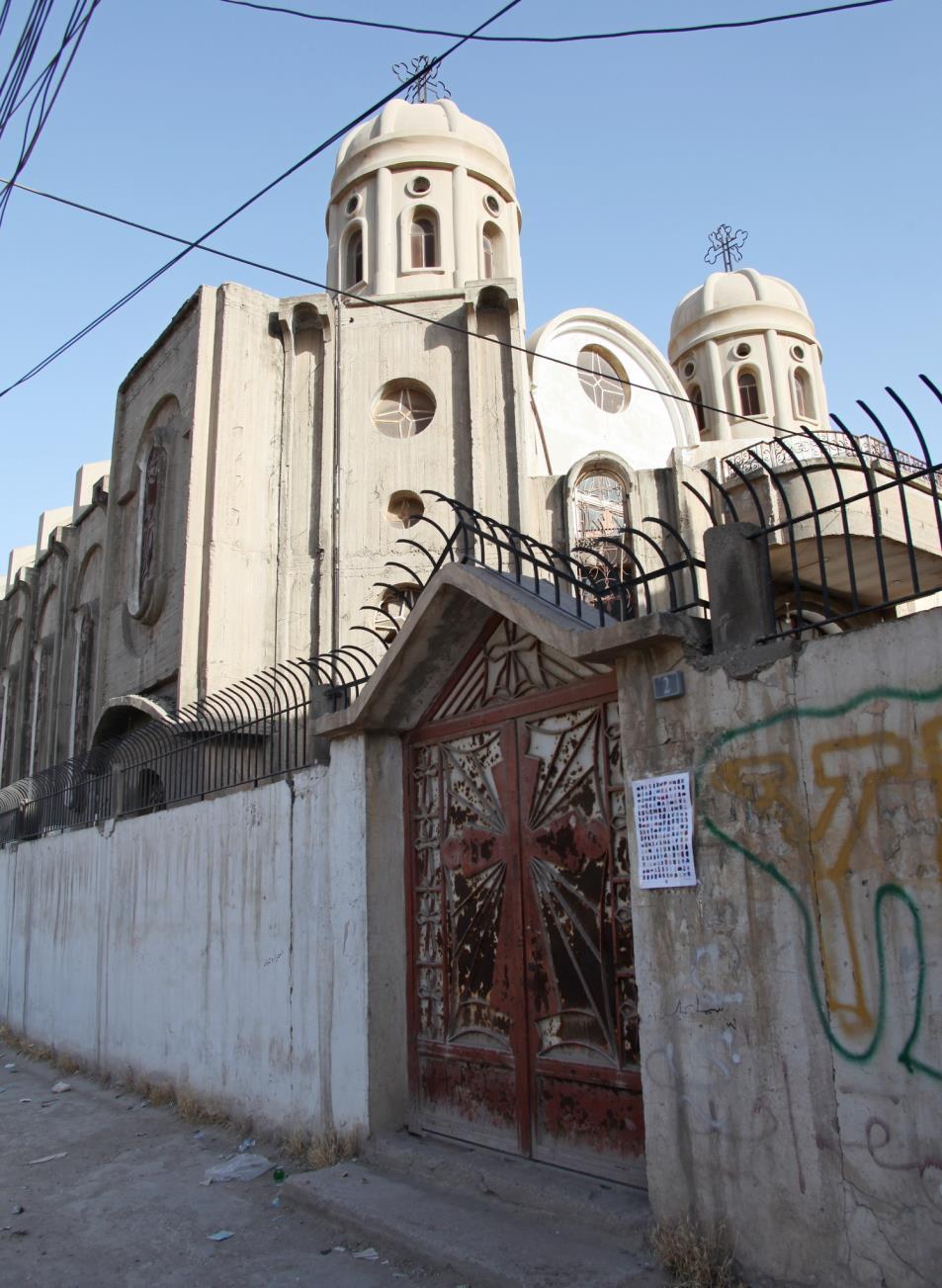
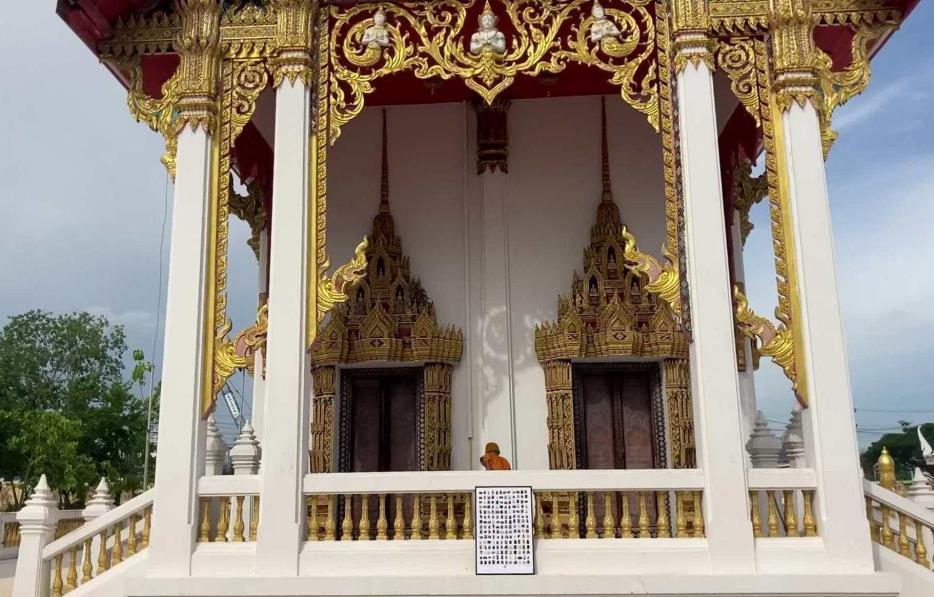
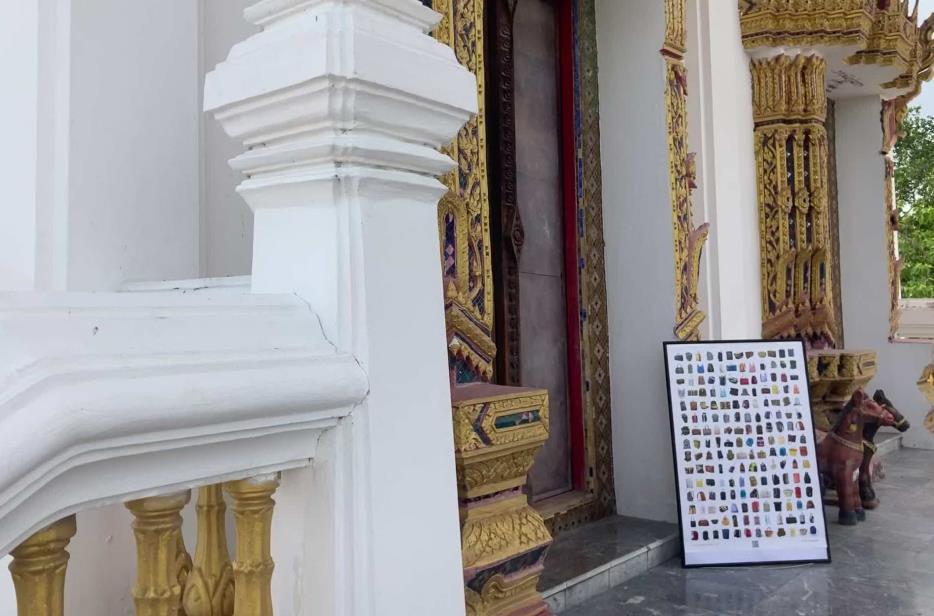
158
Al-HasakahSY [Syrian Kurdistan / Rojava ] 16/05/’21
(Wat) Na Chom ThianTH | 04/06/’21

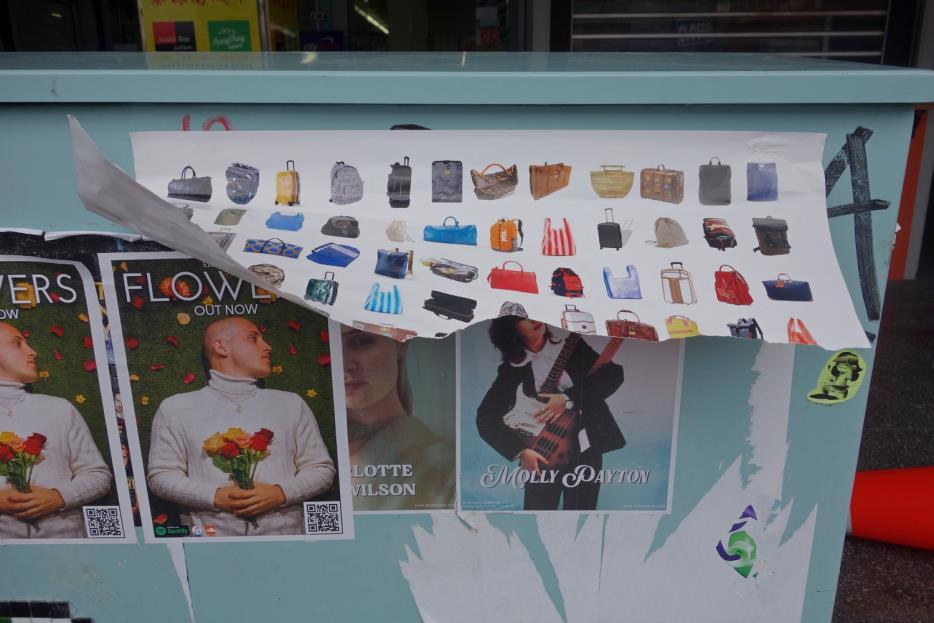
159
Tāmaki Makaurau, Aotearoa (Auckland) NZ | RM Artists Space | 07/09/’21 [ after the storm ]

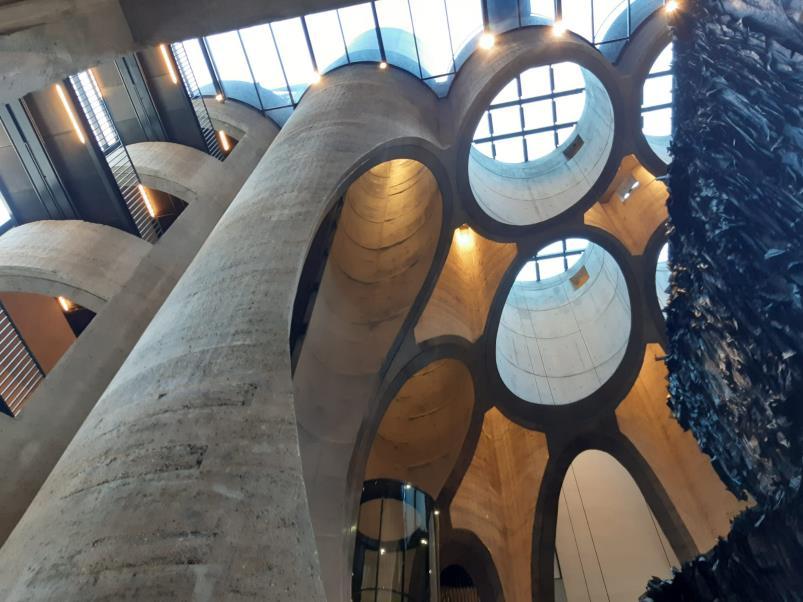

160
CapetownZA | Johan | Zeitz Museum of Contemporary Art Africa | 13/11/’22
DISTANT SUFFERING XXII3 | i.d. of inequality
werk #3 - vlag in Goes | work #3 - flag in Goes
161
Werkloze vlaggenmasten vullen zich met vlaggen van kunstenaars.
Plaats: Mosselbank 4 aan het Goese Meer, Goes.

Een project van Iris v’t Bos / #Loods32.
Werk
Vlag van 90 grs. polyester dundoek, 150 x 225 cm, met print van een zg. turkentas, print van qr-code en titel werk.
Geïnstalleerd op 1 juli 2020. .
vlag / flag I.D. OF INEQUALITY | Mosselbank 4 - Goes
Unemployed flagpoles fill with flags of artists.
Spot: Mosselbank 4 at the Goese Lake, Goes.
A project by Iris v’t Bos / #Loods32
Work
Polyester flag flag 90 gsm, 150 x 225 cm, with a print of a so-called turkey bag, print of qr code and title of the work.
Installed on July 1, 2020

162


163 July 1st | Fam. Virginie&Jan Gmelich Meijlingt van Dooren | GoesNL
August
presentatie Wandelkerk / Abdijcomplex | MiddelburgNL – 76 A4 prints
presentation Wandelkerk / Abby Complex | MiddelburgNL – 76 A4 prints

164
02/07/2020 – 02/09/2020 4 2020
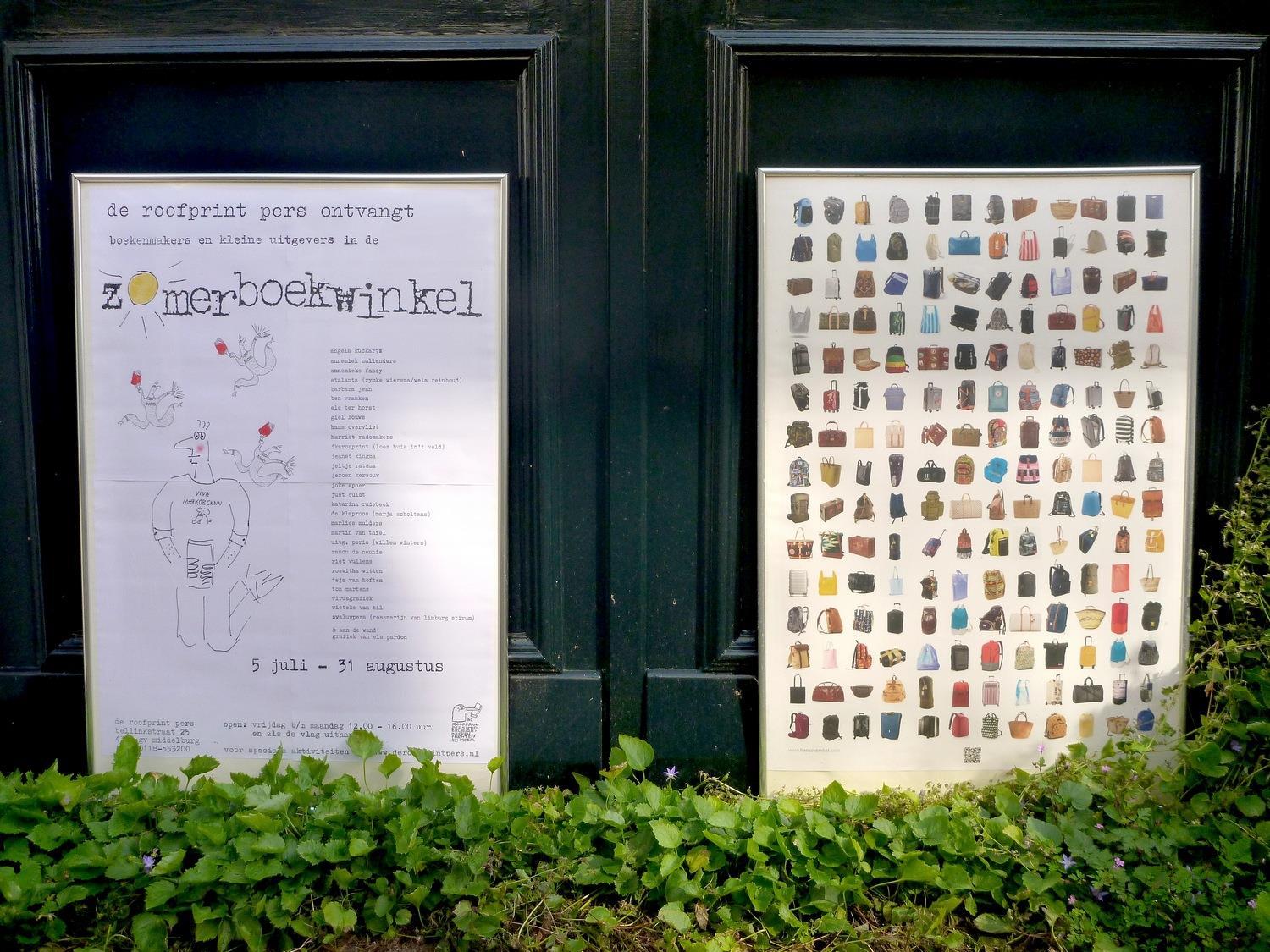
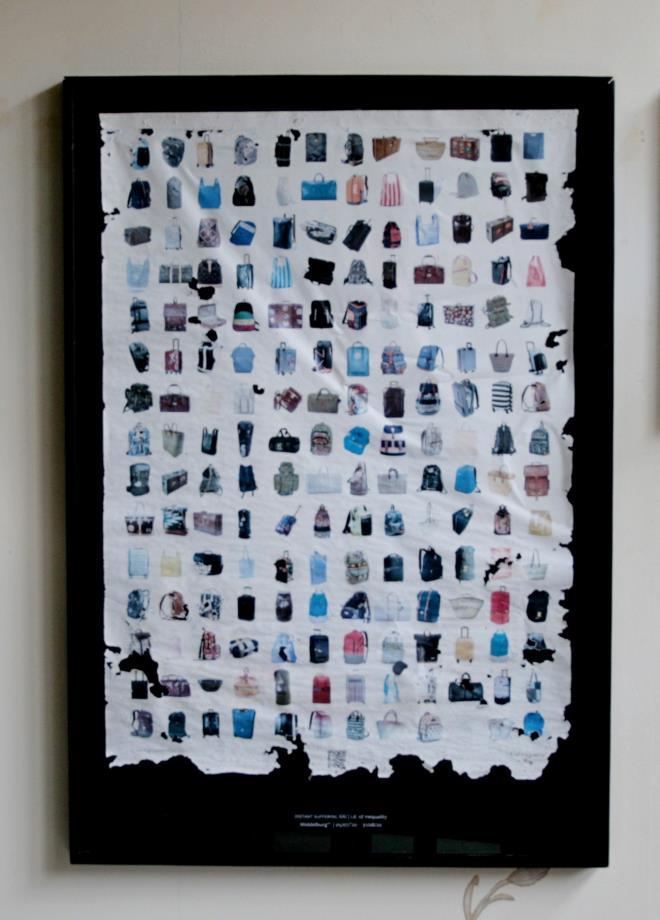
165 presentatie catalogus in wording | presentation catalog in the making zomerboekwinkel - summer bookstore | de roofprint pers Leni van den Berge | MiddelburgNL 5/07/2020 – 31/08/2020 01/09/’20 04/07/’20
Zomerzondagen bij de roofprint pers in Middelburg.

De muziek achter de boeken. | 23/08/’20
In what language? (the dwelling plane of the noises)
Welke taal moet ik spreken als ik al gehoord ben voor ik zelfs maar gesproken heb? Het project van Hans Overvliet ‘i.d. van ongelijkheid’ gaat over (on)mogelijkheid & (on)recht in mobiliteit. Hij vond daarbij muziek van Vijay Iyer en Mike Ladd: In what language?, misschien wel de ‘music for airports’ van nu.
Pianiste Tomoko Mukaiyama heeft een ‘plane dwelling’ tussen Amsterdam en Tokyo. Met geluid van Nederlandse en Japanse componisten. En wie weet wat er verder langs komt.
leni van den berge
Summer Sundays at the roofprint pers in Middelburg.
The music behind the books. | 23/08/’20
In what language? (the dwelling plane of the noises)
What language should I speak if I have been heard before I have even spoken? The Hans Overvliet project "i.d. of inequality "is about (im)possibility & (in)justice in mobility. He found music by Vijay Iyer and Mike Ladd: In what language? Perhaps the contemporary "music for airports".
Pianist Tomoko Mukaiyama has a "plane dwelling" between Amsterdam and Tokyo. With the sound from Dutch and Japanese composers. And who knows what will come along.
leni van den berge
166
CURATORIAL COMMITTEE
Dr. Valerio Villoresi – President of Mellone Foundation Museo Dario Mellone
Dr. Manuel Zoia – President of Independent Artists, Art Project Manager
Dr. Martina Buttiglieri - Art Historian and Curator Assistant
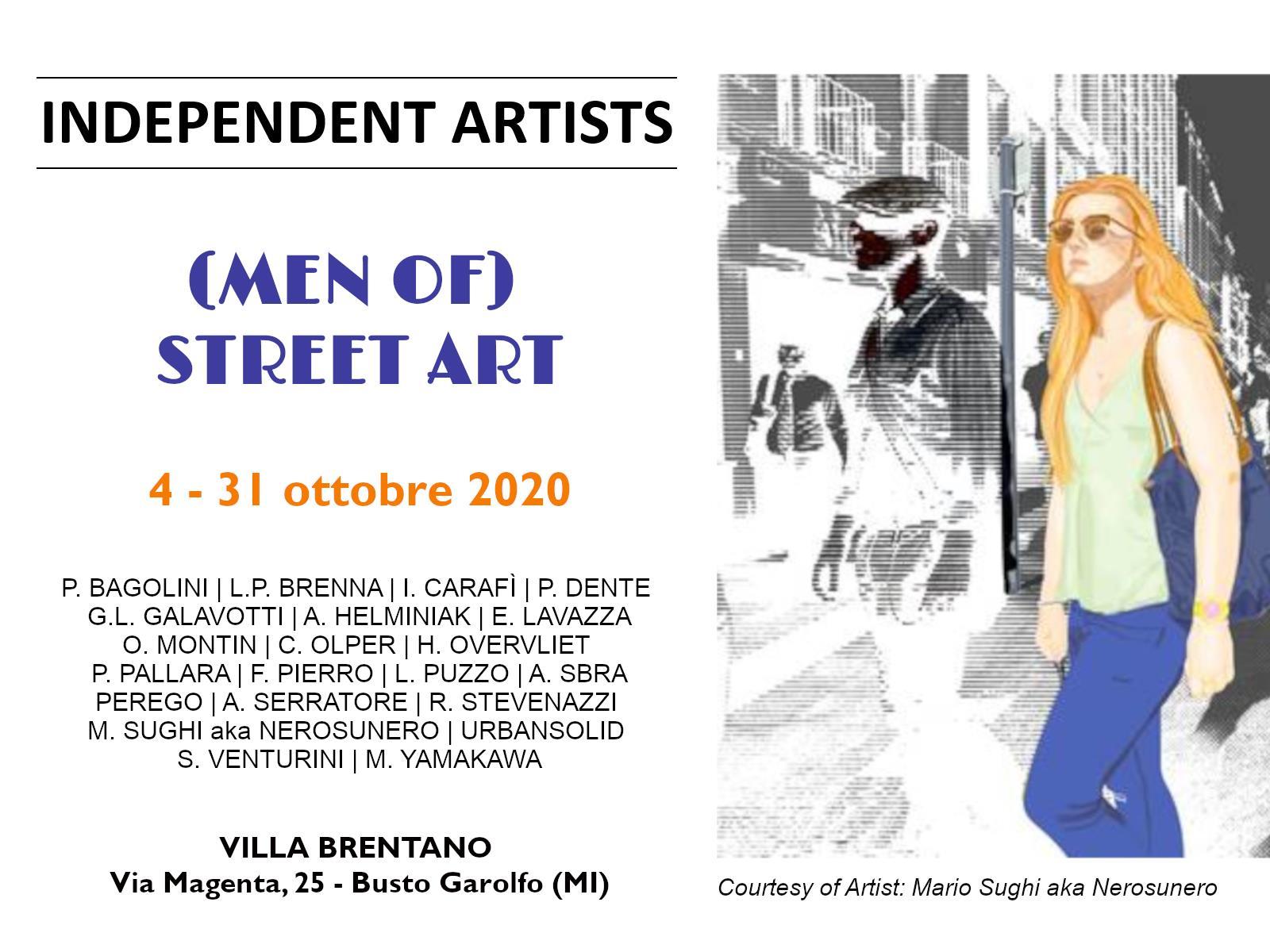
167
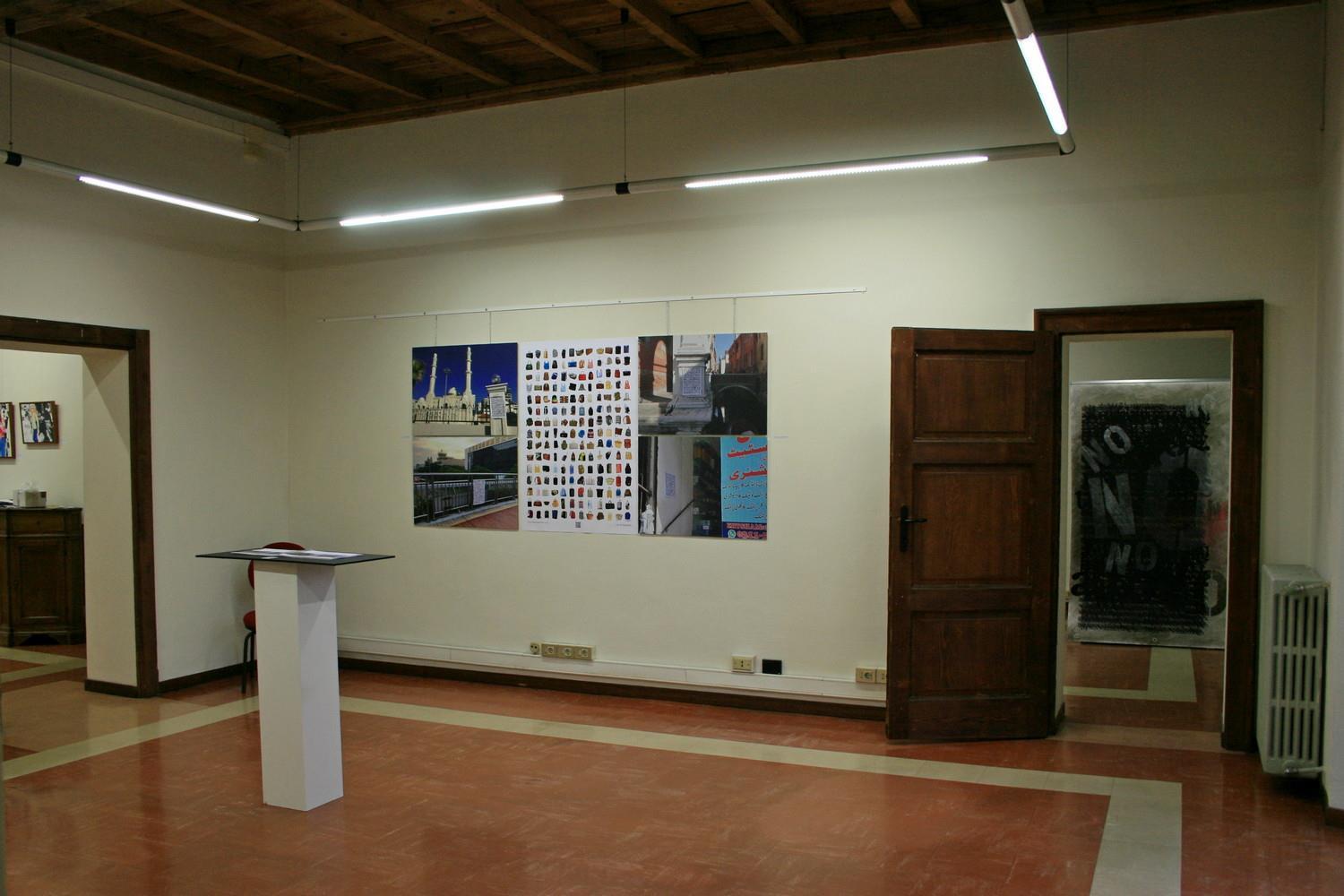
168
Opening on 04/10/’2020
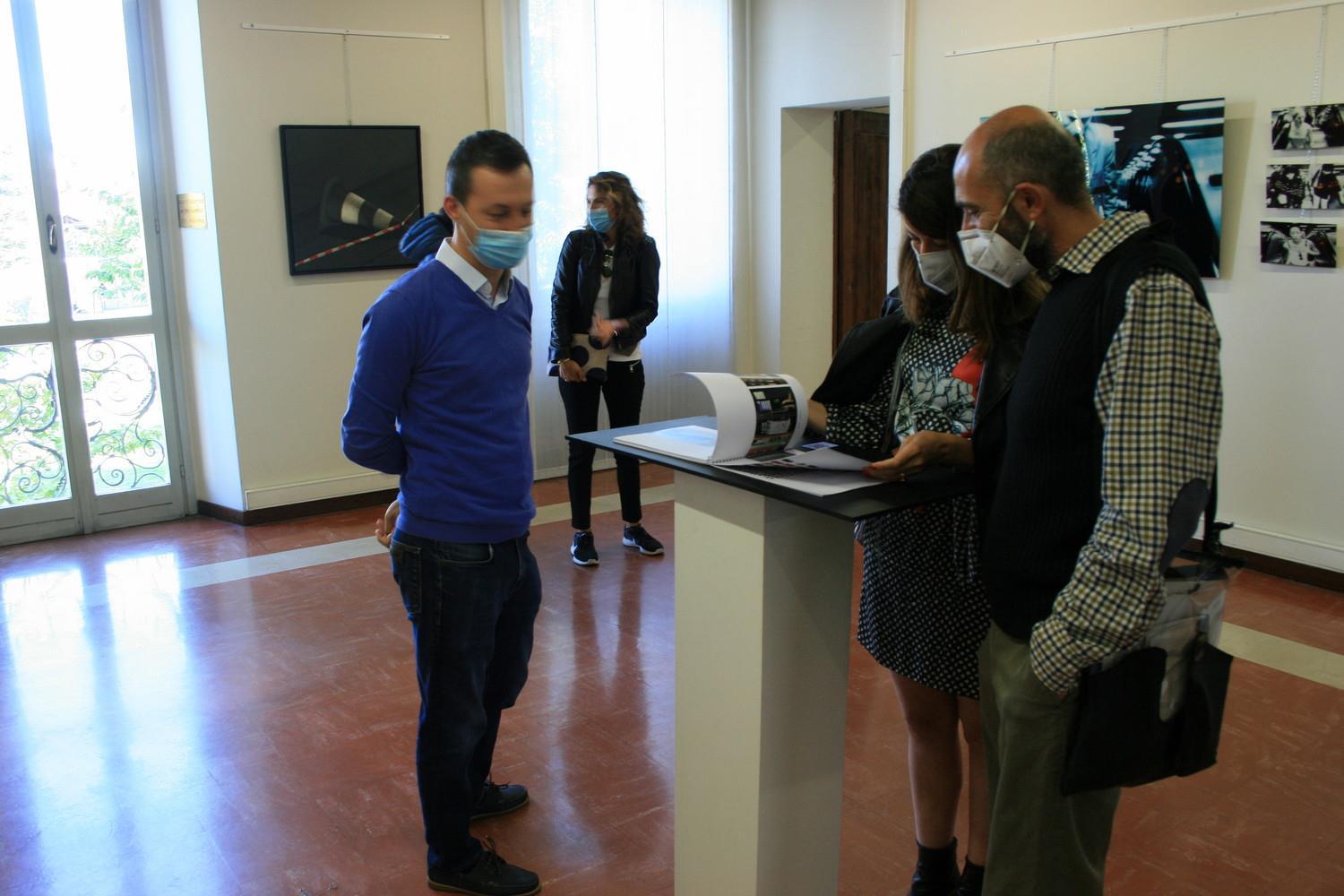
169


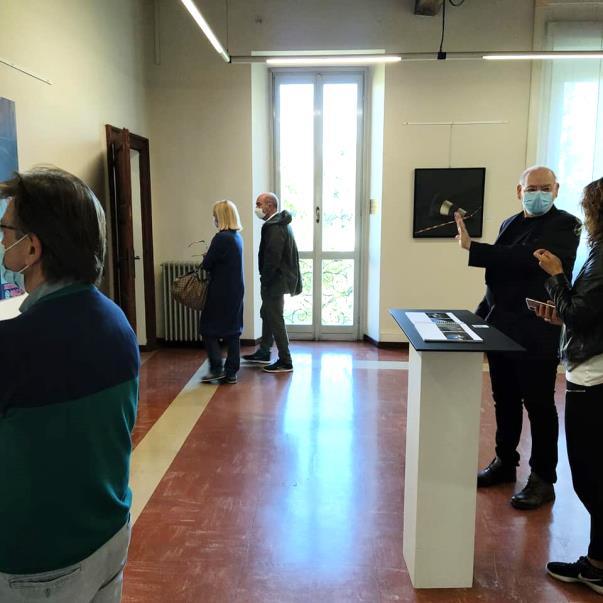

170
Opening 04/10/’20
photo’s Manuel Zoia Martina Buttiglieri
DISTANT SUFFERING XXII4 | i.d. of inequality
werk # 4 - bijdrage aan / work #4 - contribution to Pakje Kunst | Vlissingen / Terneuzen / Goes
2 delen 83 x 55 x 5 mm; in een hoek te plakken. Fotoprint op foam 5 mm met beelden van de parafernalia van 'mobiliteit', de A-1 poster i.d. of inequality, titel / website, QR code met link naar de catalogus in wording.
2 parts 83 x 55 x 5 mm; glue into an angle.
Photo print on foam 5 mm with images of the paraphernalia of 'mobility', the A-1 poster i.d. or inequality, title / website, QR code with link to the catalog in the making.

171
1 – 20 + 2 A.P.
distant suffering XXI5 i.d. of inequality
ware grootte | true size voor & achter / front & back
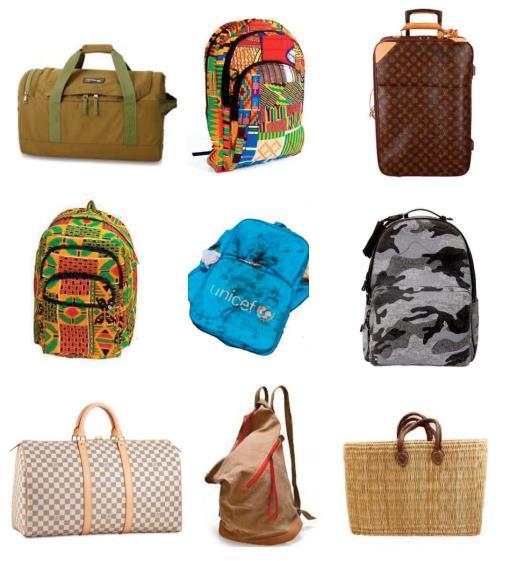
DISTANT SUFFERING XXII5 | i.d. of inequality
werk # 5 | work #5 – opgenomen in - included in Pakje Kunst Museum / Tilburg Klik hier voor een fijne video [ Dutch ]. Dank aan / thanks to Ro-Nalt Schrauwen.
50 x 50 x 5 mm; fotoprint met beeld van hetUNICEF-rugzakje van één van de slachtoffers van de aanslag door de door Saudi-Arabië geleide coalitie op een bus in Dahyan, Provincie Sa’dah, Yemen; QR-code met link naar de catalogus in wording.

50 x 50 x 5 mm; photo print with an image of the small UNICEF backpack of one of the victims of the attack by the Saudi-led coalition on a bus in Dahyan, Sa’dah Province, Yemen; QR code with link to the catalog in the making.
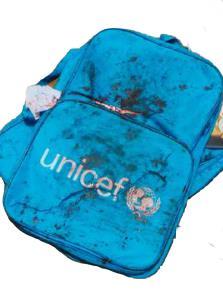
172 www.hansovervliet.com
het midden van elke poster
the center of each poster
Czech Republic
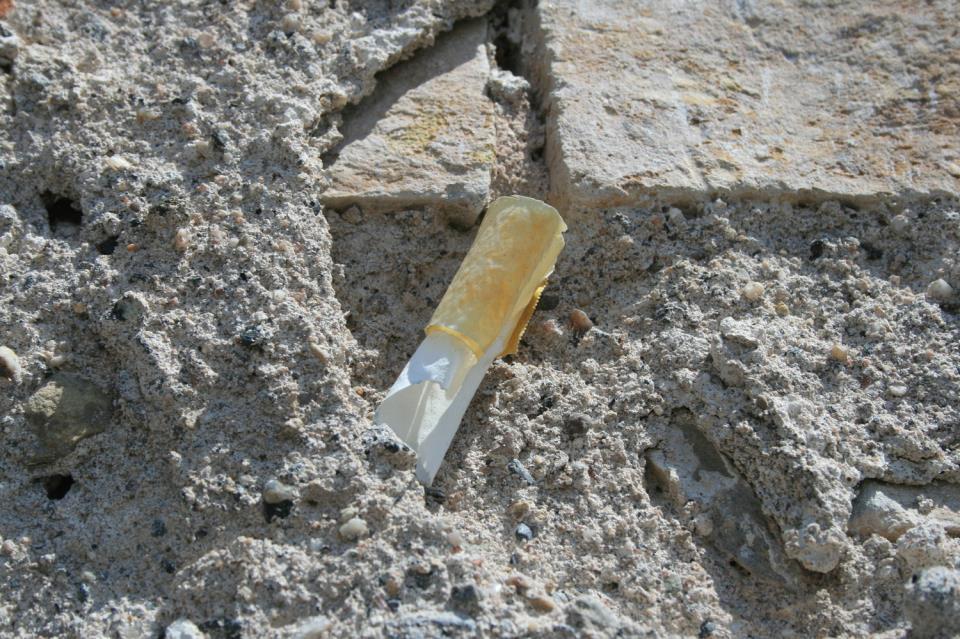
DISTANT SUFFERING
exhibition June 11 – July 30, 2021

artist talk on June 11, 2021
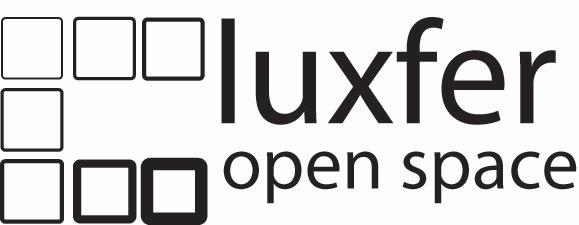
173
Riegrova 347, Česká Skalice
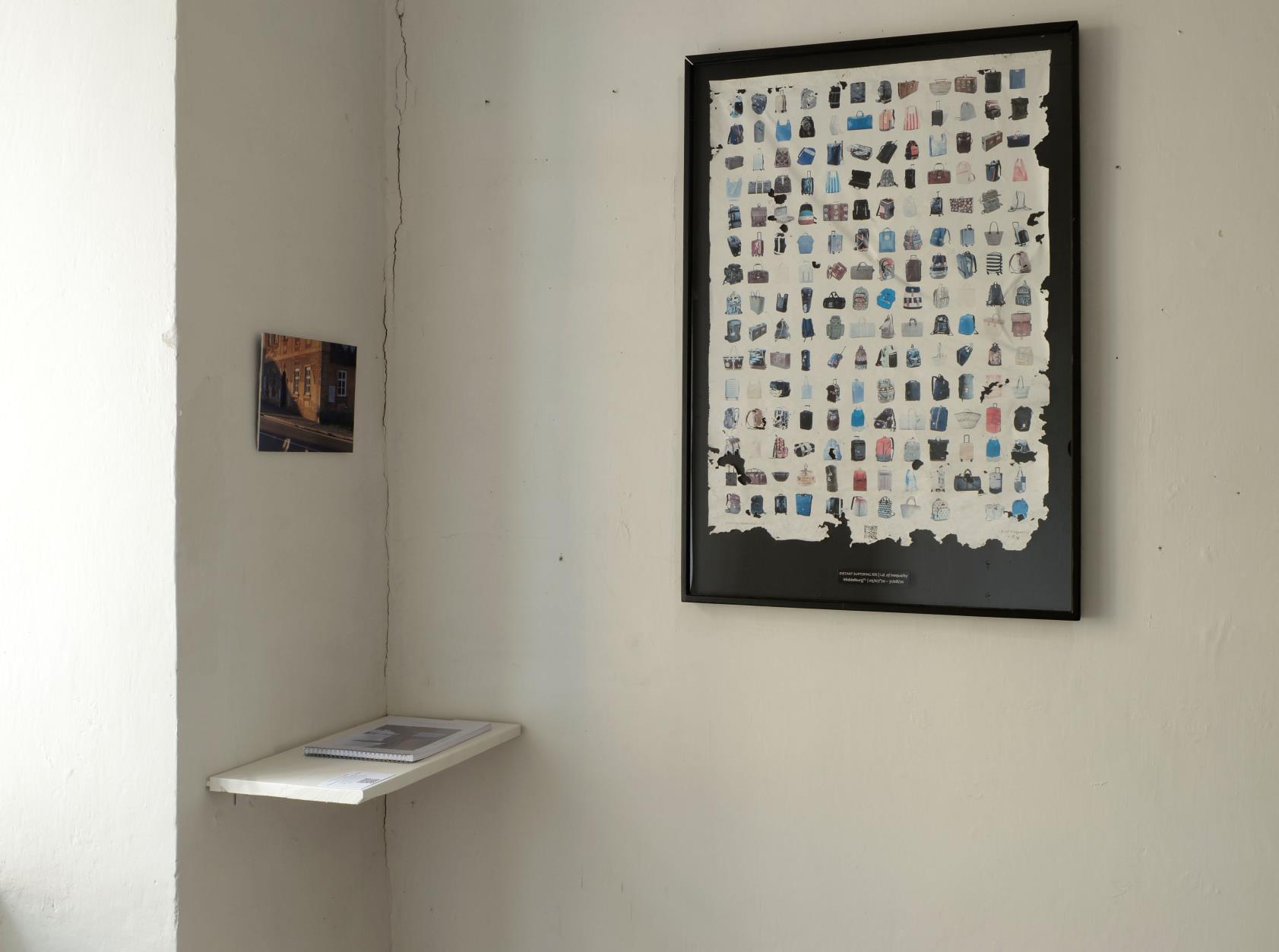
174 p hoto courtesy of © 2021 Lukáš Jasanský
Slipvillan on Långholmen | Stockholm – de aningslösa / the clueless

Vernissage Saturday June 4, 2022
The exhibition is open until Sunday June 19, 2022
Next page: artist talk on June 5, 2022
175

176
177 evenement geïnspireerd door | event inspired by Galerii METROPOL & TRiinu Jürves | Estonia 19 juni 2021 – 12 augustus, Podiumkunstenfestival / June 19 – August 12, 2021, Performing Arts Festival GLOBAL HAPPINESS / ÜLEILMNE ÕNN
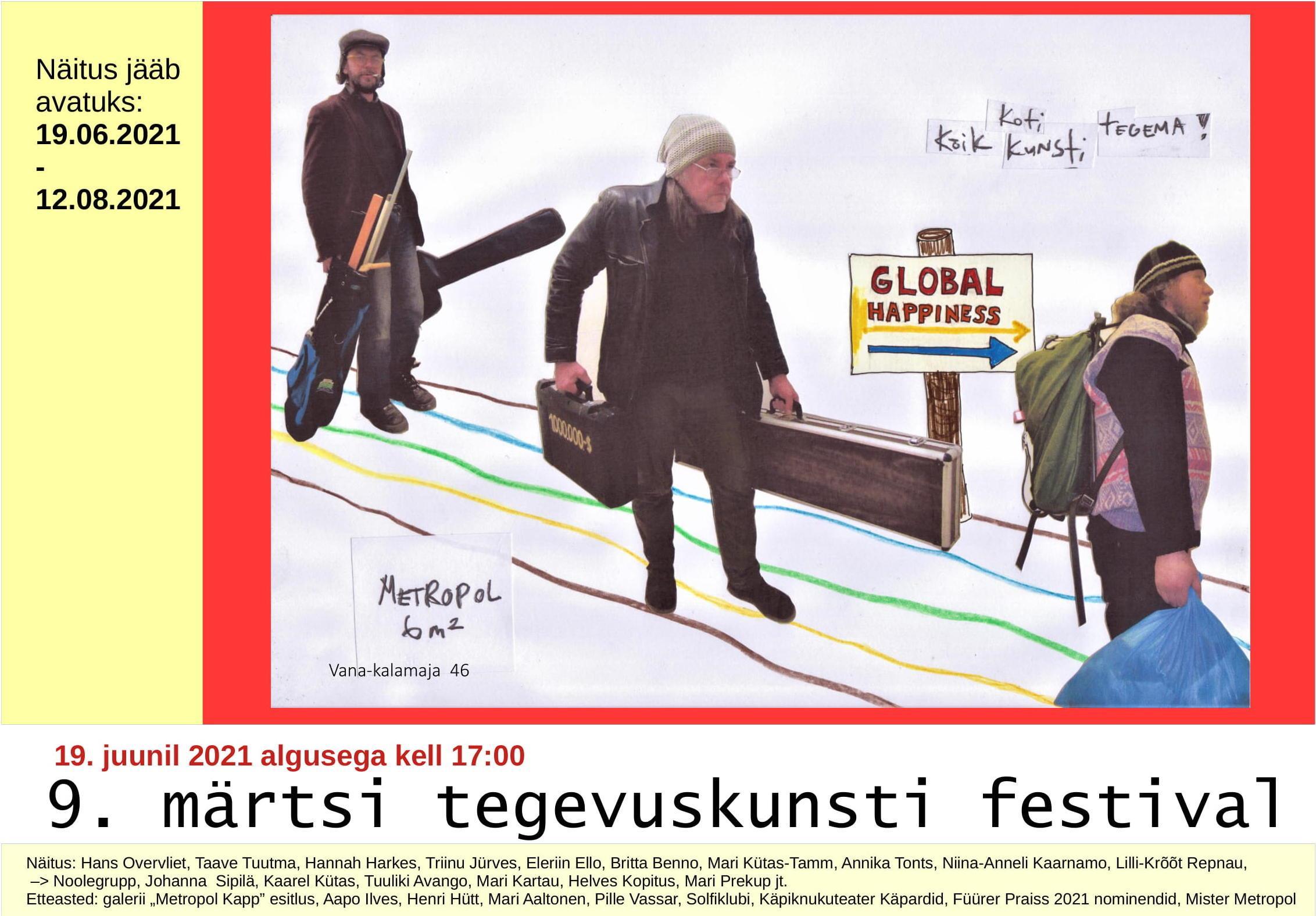
178
Hello Hans, today is the day when GLOBAL HAPPINESS finally arrives. Your poster is up in the exhibition, which is inspired by itself. We have an opening and a small performance art festival in the evening. So, you can take a wine and celebrate with us at home
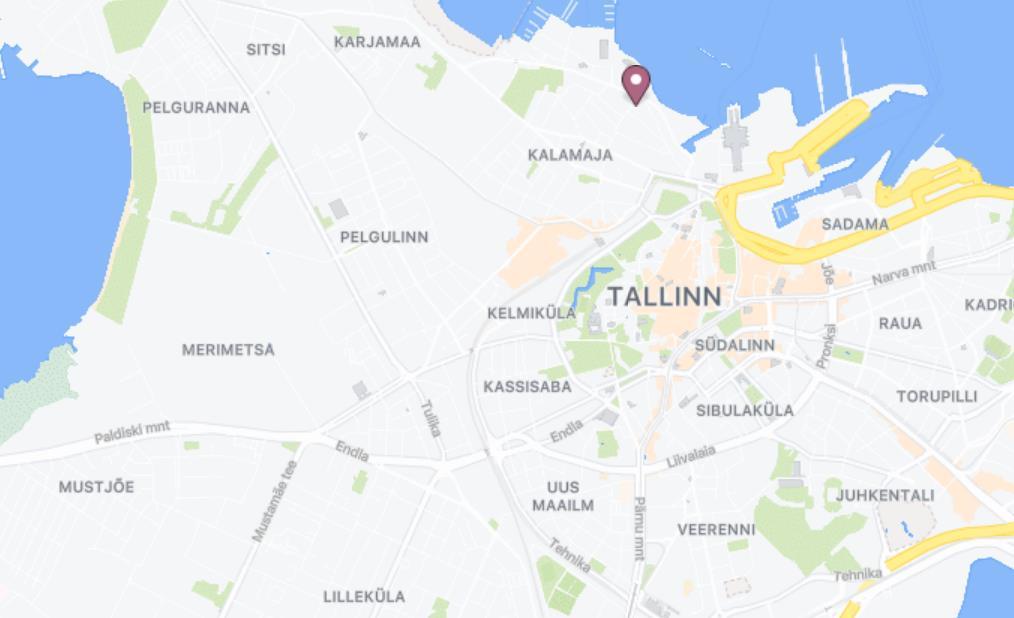
On FB I wrote: "The form of the exhibition is pushed by the project of the Dutch artist Hans Overvliet “i.d. of inequality ” https://issuu.com/.../20_hans_distant_xxi_inequality_liggend and the poster as the main character will also take part in the exhibition."

Many guests mentioned that they had looked at the catalog. During opening I introduced you and what happened with the letter and also read your message (and also your prosits ;-) out loud to everyone.
All the best, and once more, thank you for sending us the poster and inspiration together with it.
Kaarel Kütas
179
Galerii METROPOL
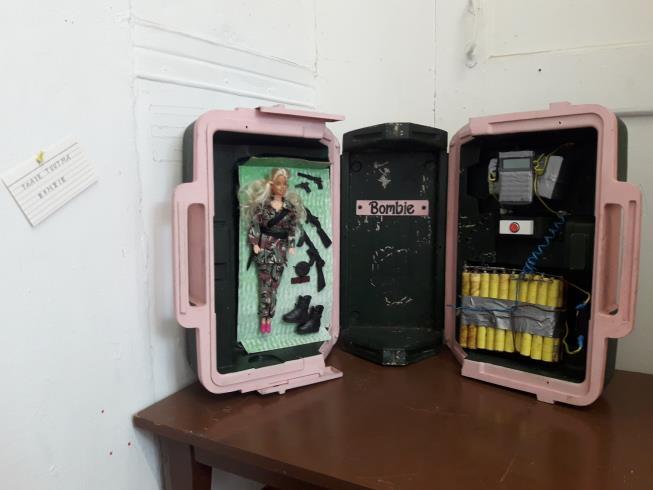


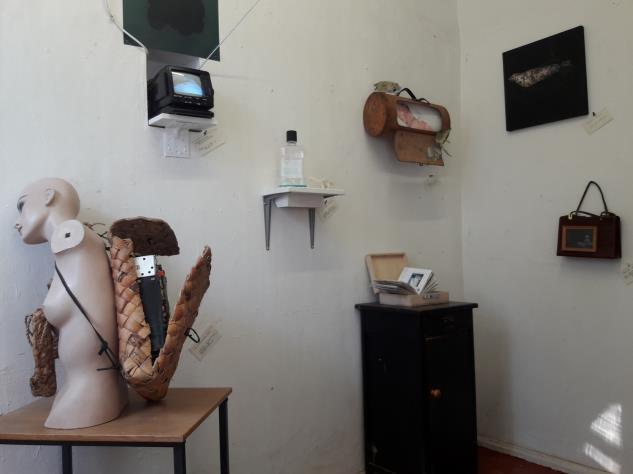
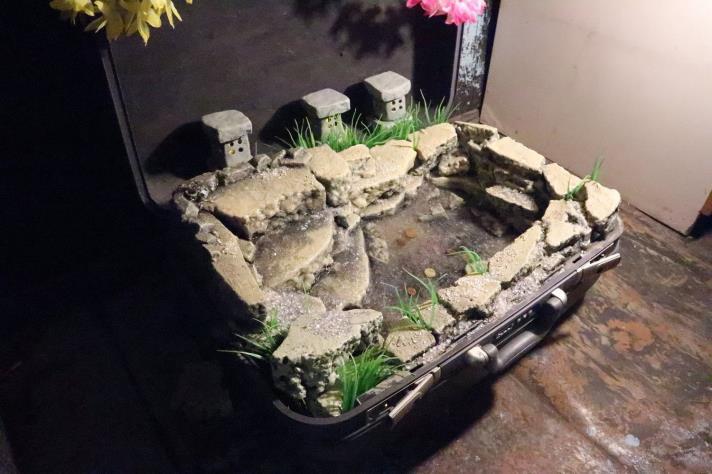
180
Photos ©2021 | Annika Tonts, Triinu Jürrves, Kaarel Kutas
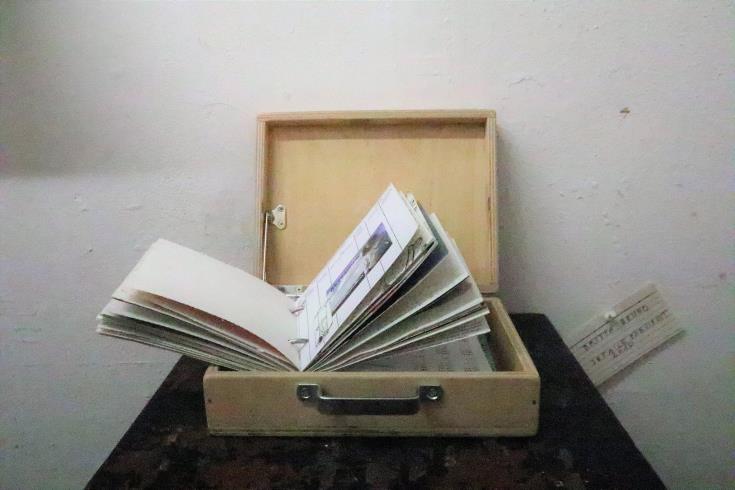
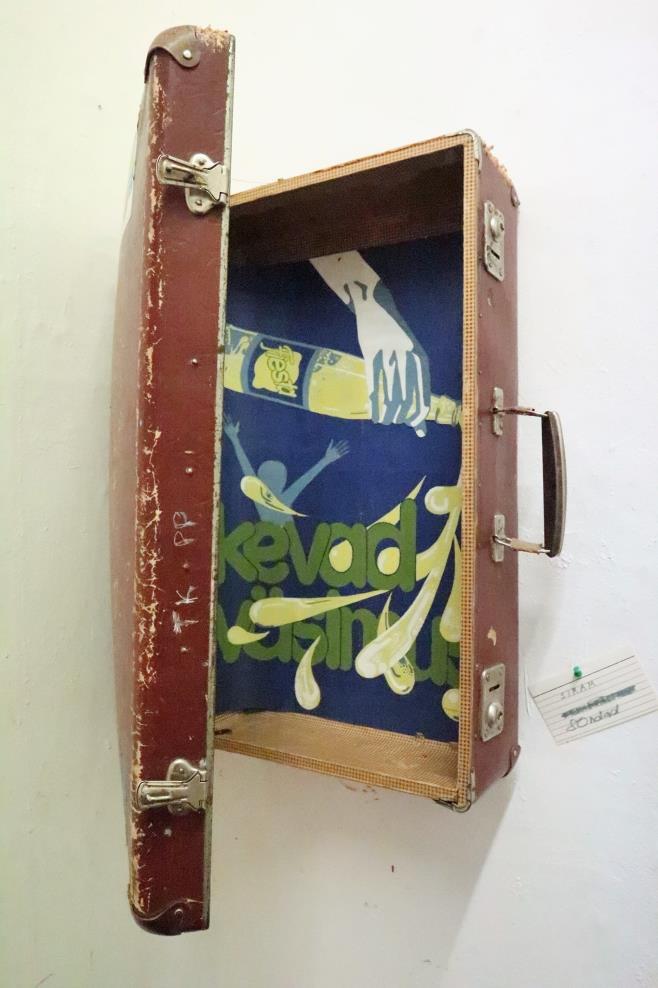
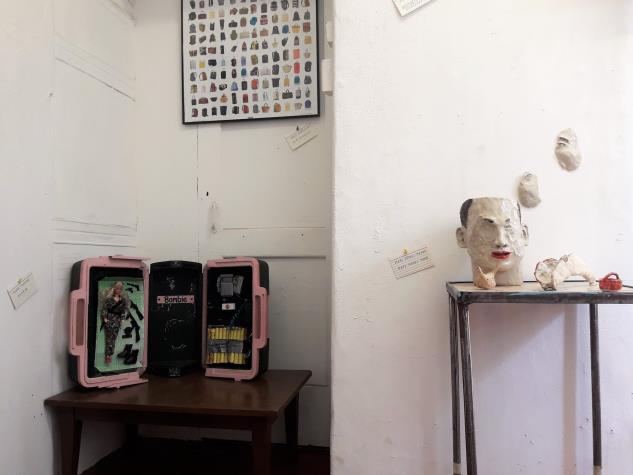

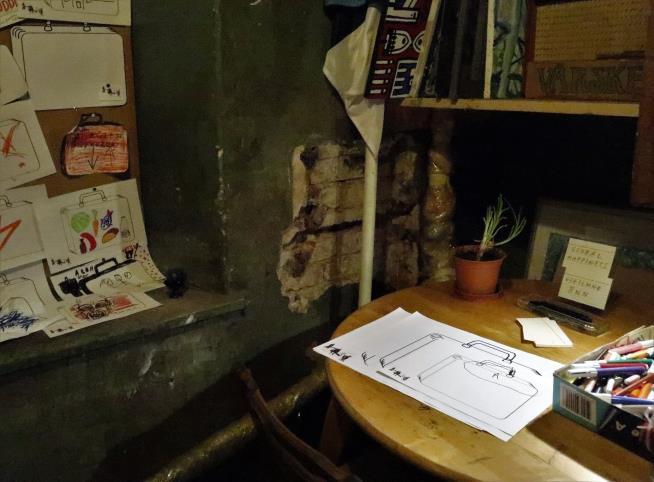
181
Photos ©2021 | Annika Tonts, Triinu Jürrves, Kaarel Kutas
het panopticum binnenstebuiten | the panopticon inside out
182
Het panopticum binnenstebuiten
Ik ben uit de tijd van het paspoort. Een tijd met fysieke landsgrenzen. Gemarkeerd door beweegbare rood-witte slagbomen. Met mannen, inderdaad alleen mannen in uniform. De pet bijna tot over de ogen. In de rij wachten tot je aan de beurt bent.
Ik herinner me vrij scherp hoe het was. Achterin de auto, razend benieuwd naar het gebouw waar die paar geüniformeerde mannen voor staan. Ze kijken streng, nukkig. Korte gebaren. De taal bestaat uit vreemde klanken. Een beetje blaffend bijna.
De douaniers kijken in de blauw-grijze boekjes die mijn vader doorheen het raampje aan hen geeft. Ze lopen vorsend rond de auto. Blik vanuit het boekje naar mij, vanuit het boekje naar mijn broer, naar mijn moeder. Mijn vader kijkt een beetje ongerust.
Dan komen de boekjes terug in de auto. Kort knikje. Kennelijk bedoeld om door te rijden. En opeens ben je ‘in een ander land’. Wat dat inhield zag of beter, voelde je eigenlijk meteen, ook al kon je er de woorden niet voor vinden. Later zag je het aan de vreemdsoortige biljetten en muntjes bijvoorbeeld. En je hoorde en las het.
Jaren daarna werden die paar meter grens een honderdtal spannende kilometers in ‘verboden te stoppen’ gebied; de weg door Oost Duitsland naar West-Berlijn. Nog later werd op een enkel land na de hele wereld door mijn paspoort een volledig open gebied.
Zoals Arnon Grunberg in Migratie is geen crisis – wél collectief geweld opmerkt: ‘Hoe groot je recht op mobiliteit is, hangt vooral af van de vraag welk paspoort je toevallig, namelijk door middel van geboorte, hebt verkregen. Houders van een Nederlands paspoort kunnen zonder visum naar
af van de vraag welk paspoort je toevallig, namelijk door middel van geboorte, hebt verkregen. Houders van een Nederlands paspoort kunnen zonder visum naar een kleine honderdzeventig landen reizen. Wie met een Pakistaans paspoort op weg moet, kan naar minder dan tien landen visumvrij reizen, waaronder Haïti en Gambia.’ 1
De Duitse socioloog Steffen Mau analyseert hoe en met welke middelen de wat hij noemt nieuwe sorteermachines tegelijkertijd mobiliteit en immobiliteit creëren: ‘Grenzen moeten opengaan als warenhuisdeuren voor gewenste reizigers, voor anderen moeten ze strakker dan ooit gesloten blijven. Nergens is het Janus-gezicht van globalisering duidelijker zichtbaar dan aan de landsgrenzen van de 21e eeuw.’ ( … ) ‘Grenzen zijn steeds selectiever geworden en – ondersteund door digitalisering – opgewaardeerd tot slimme grenzen. En grenscontrole is enorm uitgebreid qua ruimte, is zelfs een wereldwijde onderneming geworden die zich losmaakt van het territorium.’ 2
In 1791 presenteerde de Engelse filosoof Jeremy Bentham zijn oplossing voor de ideale gevangenis. Hij ontwierp een rond gebouw dat bestaat uit een centrale hal met daaromheen ringen van cellen op verschillende verdiepingen geconstrueerd.
Elke cel heeft twee ramen: één naar buiten en één op de centrale hal gericht. Eén opzichter in de hal volstaat om alle bewoners [ m/v/x/ ] te bewaken, te kennen en te beheersen.
Bentham noemde dit principe het panopticum; afgeleid van het Griekse ‘alziende’. De uitgangspunten van het panopticum: individualisering - één cel, één bewoner, iedereen is altijd overal volvolledig zichtbaar, de bewaker kan de celbewoners zien, maar
183
ledig zichtbaar, de bewaker kan de celbewoners zien, maar zij hem niet, zij weten zijn aanwezigheid alleen maar. Kostbare, permanente bewaking verandert in goedkope disciplinering en repressie maakt plaats voor ‘vrijwillige’ onderwerping. Het panopticum kan voor veel instituties worden ingezet: als gevangenis, als school, werkplaats of hospitaal. Bentham benadrukt dat in het panopticum, het alziende gebouw, macht en kennis samengaan. Doelen: controleren, disciplineren, bewaken, bestuderen, vergelijken, verbeteren enz.
Dit was een nieuw type bewaking / inspectie dat de verbeelding meer beïnvloedde dan de zintuigen. Het alwetende oog van de bewaker betekende dat gevangenen, in plaats van fysiek gestraft te worden (de zintuigen aantastend), alleen gecontroleerd werden door zichtbaar te zijn (de verbeelding beïnvloedend). Michel Foucault 3 omschreef dit ontwerp als een dispositief*, de architectonische uitdrukking van een meer algemeen machtsmechanisme waarin de 'abnormalen' - of het nu melaatsen, gekken, criminelen of daklozen zijn - het onderwerp van controle worden. In deze tijden zou je daar ‘vluchtelingen’, ‘terroristen’, enz. aan toe kunnen voegen. -
Ook al constateert de Koreaans-Duitse socioloog Byung-Chul Han in 2012 in De transparante samenleving 4 ‘Het geheel nieuwe van het digitale panopticum is vooral dat de celbewoners nu zelf actief meewerken aan bouw en onderhoud, namelijk door zich-zelf in alle openbaarheid tentoon te stellen’, Bethams’ panop-ticum geldt helaas nog steeds en heeft extra kracht door hulp van een nieuw medium en haar taal: big data en algoritmen.
hulp van een nieuw medium en haar taal: big data en algoritmen.
In onze huidige geglobaliseerde informatiemaatschappij wordt door middel van een zeer uitgebreide database van welhaast iedereen op de wijze van het panopticum naar ons ‘gekeken’.5 Niets dat op een deel van de planeet gebeurt, kan daardoor in een ‘buitenwereld’ blijven. Geen terra nulla, geen blanco plekken op de mentale kaart, geen onbekende, laat staan onkenbare landen en volkeren. De wereld heeft niet langer een buitenkant waar problemen kunnen worden weggelaten of achtergelaten. Wat er op één plek in de wereld gebeurt, heeft elders invloed op hoe andere mensen leven, hopen of verwachten te leven. Geen enkel welzijn is onschuldig aan de ellende van de ander.
Elke dag worden er nieuwe beveiligingsmethoden ontwikkeld en ingevoerd. Het belang van paspoorten en identiteitspapieren, reisvergunningen (uitnodigingen) en visa neemt toe. De monitoring van individuen verschuift van gelokaliseerde, persoonlijke ontmoetingen met b.v. douaneambtenaren aan de grens naar een identificatietechnologie die op afstand kan plaatsvinden en in een elektronische database wordt vergaard en bewaard.
Zo verandert bijvoorbeeld het systeem van het controleren van groepen (arbeids)migranten door de snel ‘verbeterende’ digitale technieken gestaag in een proactieve selectie en uiteindelijk in uitsluiting. Globalisering verdeelt zoveel als het verenigt; het
184
in uitsluiting. Globalisering verdeelt zoveel als het verenigt; het verdeelt terwijl het zich verenigt, merkt Zygmunt Bauman in het voorwoord van zijn boek Globalisation: The Human Consequences op. 6
Voor een welvarende, overwegend ‘witte’ elite maakt het reizen naar verre oorden eenvoudigweg deel uit van hun ‘goede leven’. Zij zien het als een primair recht. Bucket lists van mustsee bestemmingen, liefst voorzien van zoveel mogelijk selfies als visueel bewijs. Een totaal ander gebruik van de d-base dus.
De historicus Mark Poster noemde de elektronische database een bijgewerkte cyberversie van het Panopticum.7 Maar in tegenstelling tot het panopticum, dat ervoor zorgt dat niemand uit de bewaakte ruimte kan ontsnappen, is de primaire functie van de d-base ervoor te zorgen dat niemand er onder twijfelachtige argumenten binnenkomt. Zo wordt de d-base een instrument van selectie, scheiding en uitsluiting. Het houdt de globale elite ‘onderweg’ en houdt de lokale bevolking letterlijk op hun plaats.
Vanwege dié strategie - selectie, scheiding en uitsluiting - kan de d-base echter niet worden omschreven als een panopticum. In de woorden van Didier Bigo in zijn Globalised (in)Security, is dit dus geen panopticum dat is getransponeerd naar een wereldwijd niveau, maar een Ban-opticum. De term 'ban' verwijst zowel naar uitsluiting als naar de bevoegdheid van professionele politici om de wet op te schorten. om aan een
Het Ban-opticum heeft tot doel om van een bepaalde, maar zeer grote groep mensen, een elite uitgezonderd, het actief ontnemen van hun mobiliteit; één van de regels in de machtsongelijkheid in de neoliberale ideologie van globalisering. In 2021 ontwikkelde het Westen nog een andere technologie binnen het Ban-opticum: de Corona-app. Taylor 8 merkt hierover op: ‘Terwijl het coronapaspoort vrij reizen in het mondiale noorden vergemakkelijkt, zien mensen in het mondiale zuiden hun toegang tot grote delen van de wereld alleen maar verder versperd worden door QR-scanners. ‘Als je in een arm land woont en wil reizen – bijvoorbeeld om te studeren of familie te bezoeken, wat ieders recht zou moeten zijn – dan is het vaak al ontzettend moeilijk om aan een visum te komen. De invoering van coronapaspoorten maakt dat nog veel moeilijker.’
‘Nu moet je namelijk niet alleen aantonen dat je financieel zelfredzaam bent en een reden hebt om het land in te reizen, je moet ook bewijzen dat je gevaccineerd bent met een vaccin dat is goedgekeurd door dat land.’
Dat rijke landen vaccins uit lage-inkomenslanden niet erkennen, heeft volgens Taylor niets te maken met de kwaliteit van de vaccins. ‘Zelfs vaccins die chemisch identiek zijn aan de vaccins van westerse farmaceuten worden niet goedgekeurd. Het probleem draait om politieke erkenning.’
‘Coronapaspoorten kunnen de wereld niet veiliger maken,’ zegt Taylor. ‘Ongelijker, dat wel. Ze weerspiegelen bestaande ongelijkheden en zullen die waarschijnlijk verergeren.’
Dus ook een wereldwijde pandemie draagt bij aan een (biopolitieke 9) ongelijkheid in mobiliteit.
185
* (sociaal apparaat) dat manieren van kijken, spreken, macht uitoefenen en subjectiviteiten genereert, verzamelt en voortbrengt.
1. Arnon Grunberg, Migratie is geen crisis – wél collectief geweld. NRC 19/11/’2021
2. Steffen Mau, Sortiermaschinen: Die Neuerfindung der Grenze im 21. Jahrhundert, C.H.Beck Verlag, 2021
3. Michel Foucault, Discipline, Toezicht en Straf. De geboorte van de gevangenis, Historische uitgeverij, Groningen, 1997.
4. Byung-Chul Han, De transparante samenleving, Uitgeverij van Gennep B.V., 2012
5. Shoshana Zuboff, The Age of Surveillance Capitalism, Public Affairs, Hachette Book Group, 2019
6. Zygmunt Bauman, Liquid Times: Living in an Age of Uncertainty, Cambridge: Polity Press, 2007
7. M. Poster, ‘Database As Discourse, Or Electronic Interpellations’, in: Bauman, Globalization: The Human Consequences, Columbia University Press, 1998
8. Dr. Linnet Taylor, de Groene Amsterdammer – 08/11/’21
9. Michel Foucault, De geboorte van de biopolitiek, 2013, collegereeks uit 1978-1979, postuum gepubliceerd in 2004
186
The panopticon inside out
I am from the era of the passport. The time with real physical borders. Marked by movable red and white barriers over the road. With men – indeed, only men - in uniform. Their cap torn almost over the eyes. And you waiting in line. I remember quite clearly what it was like. In the back of the car, very curious about the building in front of those uniformed men. They look stern, grumpy. Gesticulating in short gestures. Their language is made up of strange sounds. Sounds almost a little like barking.
The customs officers look ino the blue-grey booklets that my father gives them through the window. They walk around the car searchingly. Look from the book to me, from the book to my brother, to my mother. My father looks a little worried. Then the booklets come back in the car. Short nod. Apparently intended a sign for driving. And, than, suddenly you are 'in another country'. You actually immediately felt what that meant, even if you couldn't find the words for it. Also the strange notes and the coins, for example, were indications. And you could heard and read it.
Years later, those few meters became some hundred exciting miles in 'no-stopping' territory; the road through East Germany to West Berlin.
Later still, except for a single country, for me the whole planet became a completely open area because of my passport.
As Arnon Grunberg points out in “Migration is not a crisis – it is collective violence” writes: 'The extent of your right to
collective violence” writes: 'The extent of your right to mobility depends mainly on which passport you happened to have obtained, namely through birth. Holders of a Dutch pass-port can travel to almost one hundred and seventy countries without a visa. Anyone who has to travel with a Pakistani passport can travel visa-free to less than ten countries, including Haiti and The Gambia.' 1
The German sociologist Steffen Mau analyses how and by what means what he calls ‘new sorting machines’ simultaneously create mobility and immobility: 'Borders must open like department store doors for desired travellers, for others they must remain closed tighter than ever. Nowhere is the Janus face of globalization more visible than at the national borders of the 21st century.’ (…) ‘Borders have become increasingly selective and – supported by digitization – upgraded to smart borders. And border control has expanded enormously in terms of space, has even become a global enterprise, breaking away from the territory as such.’ 2
In 1791, Jeremy Bentham presented his solution to the ideal prison. He designed a round-shaped building that consists of a central hall surrounded by rings of cells, constructed on different floors. Each cell has two windows: one facing the outside and one facing the central hall. One supervisor in the hall is sufficient to monitor, know and control all residents.
Bentham called this principle the panopticon; derived from the Greek all-seeing. The basic principles of the panopticon: individualisation - one cell, one resident, everyone is always every-
187
dualisation - one cell, one resident, everyone is always everywhere fully visible, the guard can see the cell occupants, but they do not see him, they only know his presence. Costly permanent surveillance turns into cheap disciplining and repression gives way to "voluntary" submission.
The panopticon, the all-seeing building, can be used for many institutions: as a prison, a school, a workplace or a hospital. Bentham emphasizes that power and knowledge go hand in hand in the panopticon. Goals: checking, disciplining, monitoring, studying, comparing, improving, etc.
This was a totally new type of surveillance / inspection that affected the imagination more than the senses. The guard’s omniscient eye meant that instead of being physically punished (affecting the senses), prisoners were controlled only by being visible (influencing the imagination). Michel Foucault described this design as a dispositive*, the architectural expression of a more general mechanism of power in which the 'abnormal' - be it lepers, madmen, criminals or homeless - becomes the subject of control. 3
In these times one could add ‘fugitives’, ‘terrorists’, etc.
Even though the Korean-German sociologist Byung-Chul Han observes in 2012 in “The transparent society” 4 that 'The whole new thing about the digital panopticon is above all that the cell occupants now actively participate in construction and maintenance, namely by exhibiting themselves in all openness', Unfortunately, Bentham’s panopticon still applies and has extra po-wer with the help of a new medium and its language: big data and algorithms.
power with the help of a new medium and its language: big data and algorithms.
In our current globalized information society, a very extensive database of almost everyone looks at us in the panopticon way. Nothing that happens on any part of the planet can there-fore remain in an outside world. No terra nulla, no blank spots on the mental map, no unknown, let alone unknowable countries and peoples. “The world no longer has an exterior where problems can be left out or left behind. What happens in one place in the world affects how elsewhere other people live, hope or expect to live. No well-being is innocent of the other's misery” . 5
New security methods are developed and introduced every day. The importance of passports and identity papers, travel permits (invitations) and visas is increasing. The monitoring of individuals shifts from localized, personal encounters with e.g. customs officials at the border to a remote identification technology that is collected and stored in an electronic data-base.
The system of controlling groups of (labor)migrants for example, is steadily changing into proactive selection and ultimo exclusion due to the rapidly ‘improving’ digital techniques. Globalization divides as much as it unites; it divides as it unites, Zygmunt Bauman notes in the preface to his book Globalization: The Human Consequences. 6
For an affluent highly 'white' elite, traveling to faraway places is simply part of their "good life." They see it as a primary right. Bucket lists of must-see destinations, preferably illustrated with
188
Bucket lists of must-see destinations, preferably illustrated with as many selfies as possible as visual evidence. A completely different use of the d-base.
Historian Mark Poster called the electronic database an updated cyber version of the panopticon. 7 But unlike the panopticon, which ensures that no one can escape from the monitored area, the primary function of the d-base is to ensure that no one enters under questionable pretences. In that way the d-base becomes an instrument of selection, separation and exclusion. It keeps the global elite "on the move" and literally keeps the locals in place.
However, because of that strategy - selection, separation and exclusion - the d-base cannot be described as a panopticon. In the words of Didier Bigo in his “Globalized (in) Security”, this is therefore not a panopticon that has been transposed to a global level, but a Ban-opticon. The term 'ban' refers to both exclusion and the power of professional politicians to suspend the law.
The Ban-opticon aims to actively deprive their mobility of a certain, but very large group of people, excluding an elite; one of the rules of power inequality in the neoliberal ideology of globalization.
In 2021 the West developed yet another technology within the Ban-opticon: the Corona app. ‘While the corona passport facilitates free travel in the global north, people in the global south see their access to large parts of the world only further blocked by QR scanners. AsTaylor 8 observes: “If you live in a poor
see their access to large parts of the world only further blocked by QR scanners. As Taylor 8 observes: ‘If you live in a poor country and want to travel – for example to study or visit family, which should be every-one’s right – it is often very difficult to get a visa. The introduction of corona passports makes that even more difficult. Now you not only have to prove that you are financially self-reliant and have a reason to travel into the country, you also have to prove that you have been vaccinated with a vaccine that has been approved by that country.’ ‘Even vaccines that are chemically identical to vaccines from Western pharmaceutical companies are not approved. The problem revolves around political recognition.’
So also a global pandemic contributes to a (biopolitical 9) inequality in mobility.
189
* (social apparatus) that generates, collects and produces ways of looking, speaking, exercising power and subjectivities.
1. Arnon Grunberg, Migratie is geen crisis – wél collectief geweld. NRC 19/11/’2021
2. Steffen Mau, Sortiermaschinen: Die Neuerfindung der Grenze im 21. Jahrhundert, C.H.Beck, 2021
3. Michel Foucault, Discipline, Toezicht en Straf. De geboorte van de gevangenis, Historische uitgeverij, Groningen, 1997.
4. Byung-Chul Han, De transparante samenleving, Uitgeverij van Gennep B.V., 2012
5. Shoshana Zuboff, The Age of Surveillance Capitalism, Public Affairs, Hachette Book Group, 2019
6. Zygmunt Bauman, Liquid Times: Living in an Age of Uncertainty, Cambridge: Polity Press, 2007
7. M. Poster, ‘Database As Discourse, Or Electronic Interpellations’, in: Bauman, Globalization: The Human Consequences, Columbia University Press, 1998
8. Dr. Linnet Taylor, de Groene Amsterdammer – 08/11/’21
9. Michel Foucault, The birth of biopolitics, lecture series from 1978-1979, published posthumously in 2004. The Dutch translation dates from 2013
190
‘work’music:
vijay iyer & mike ladd: in what language?

[ thanks g. ]
DISTANT SUFFERING XXII | i.d. of inequality / mensen | people
191
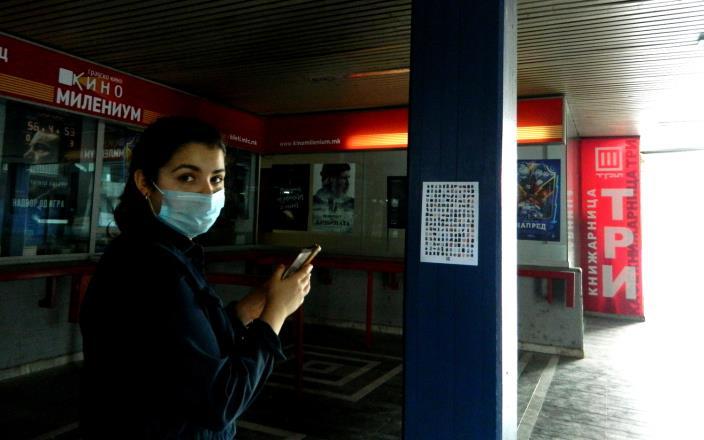
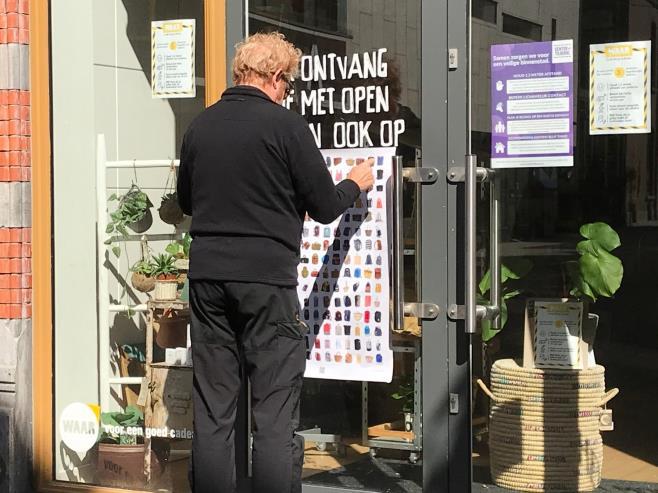

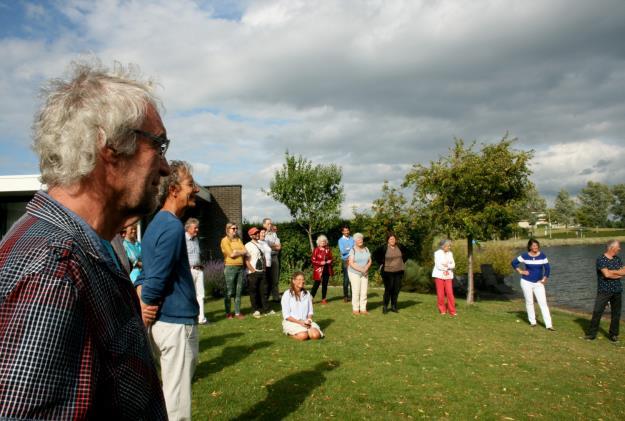


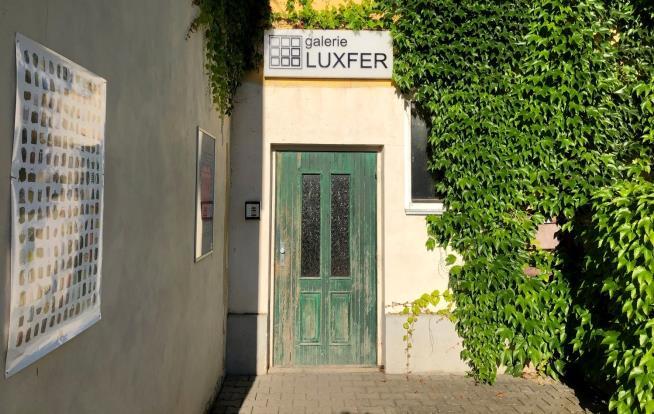
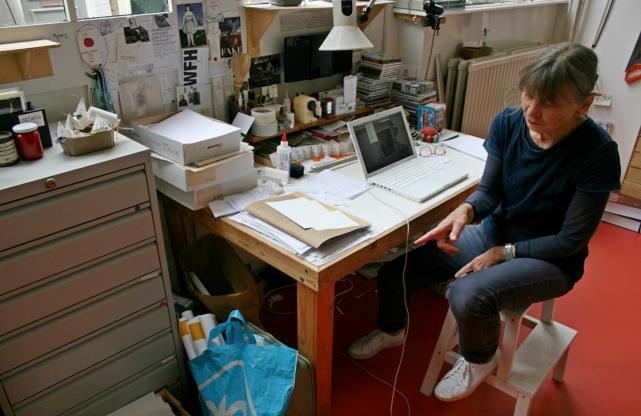

192
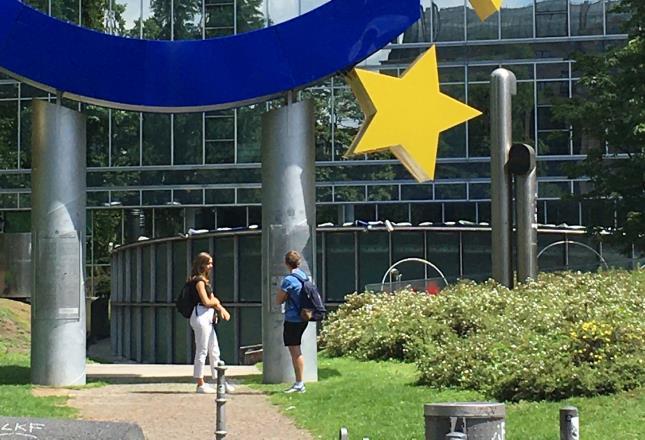



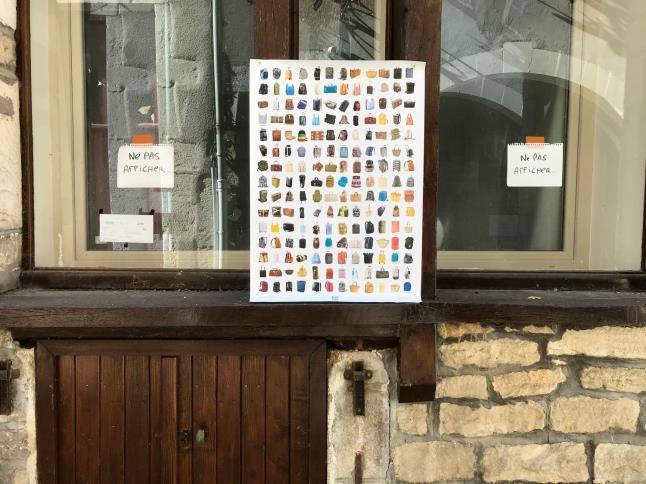
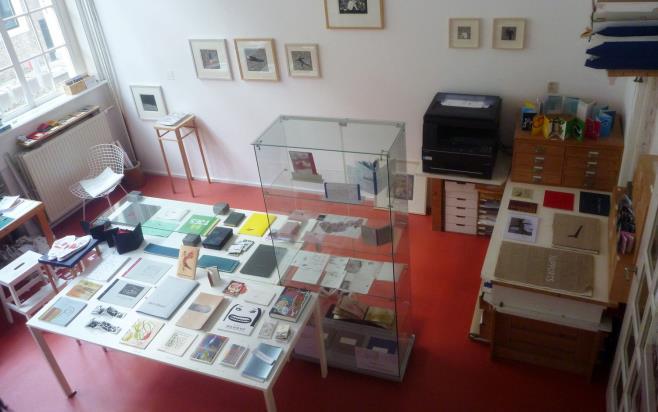
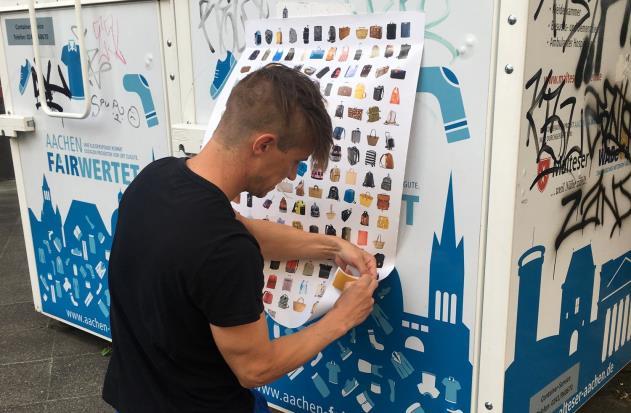
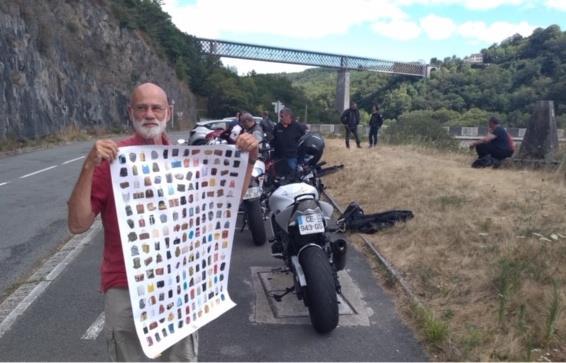
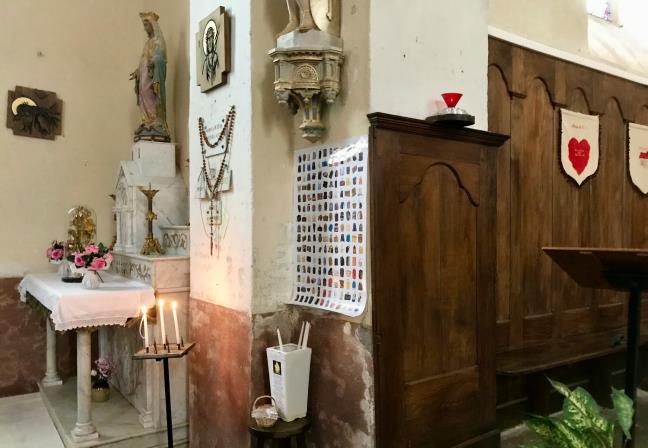
193
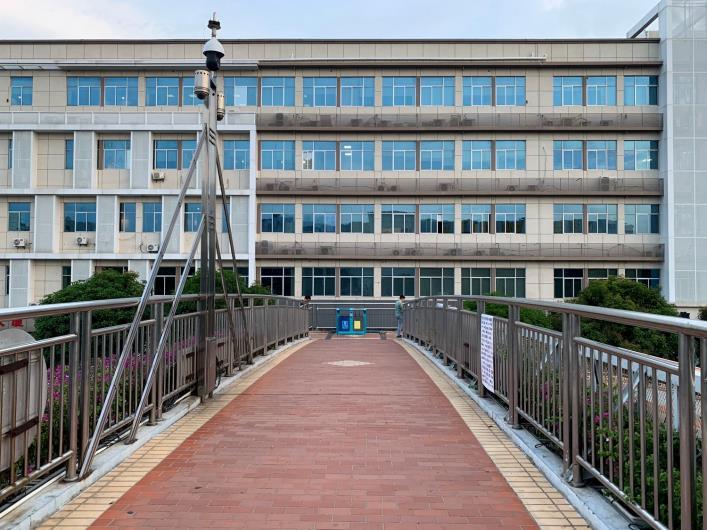


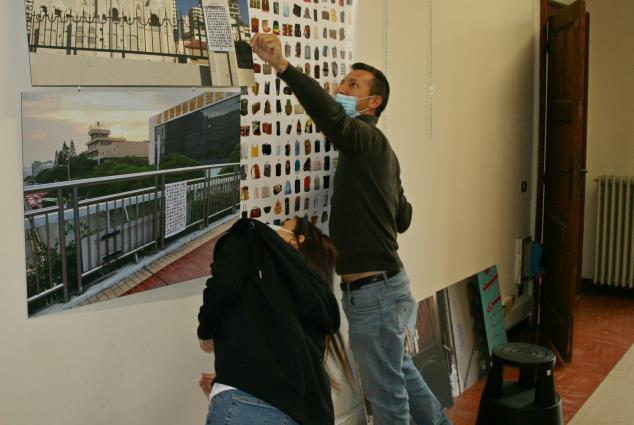

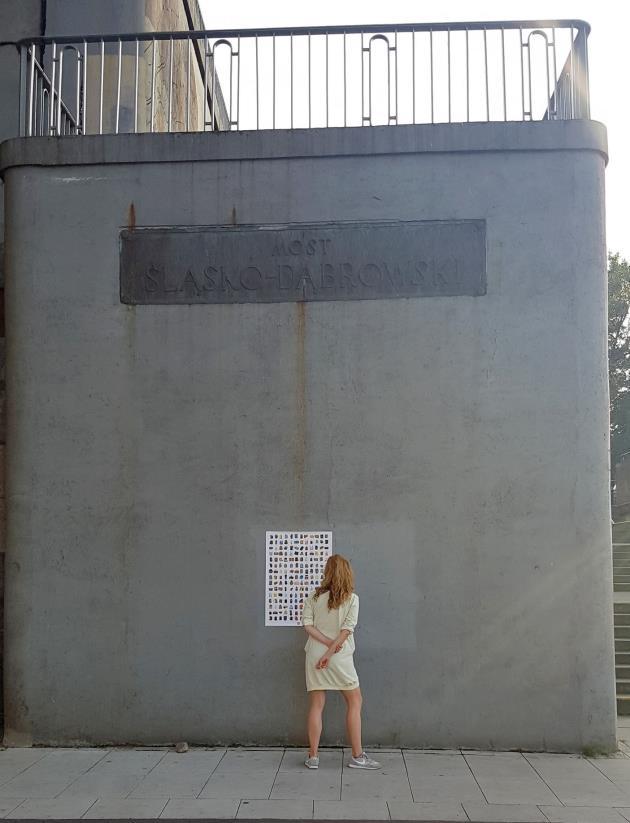

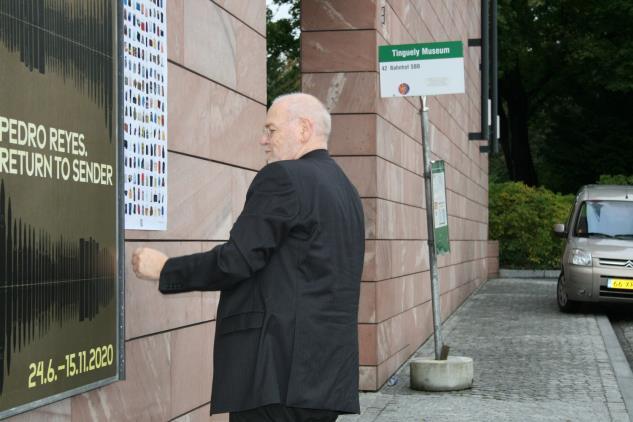
194
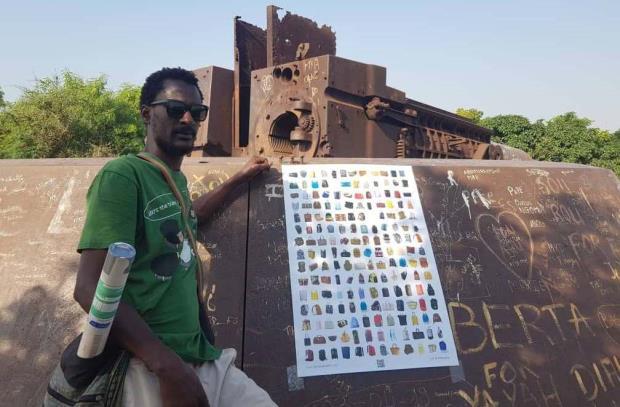
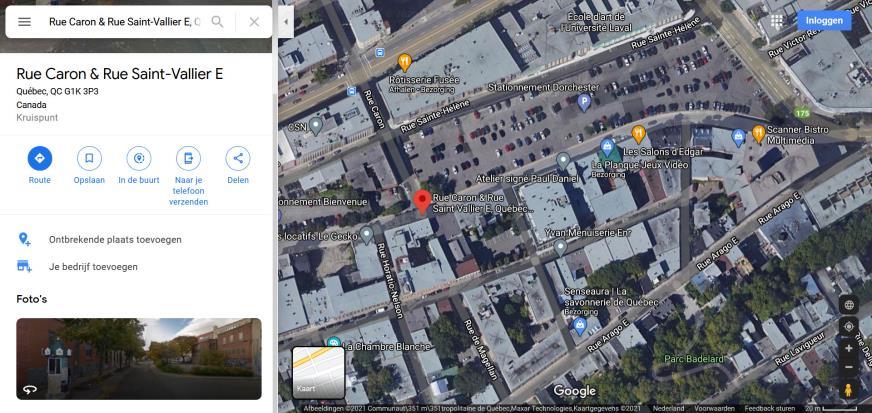
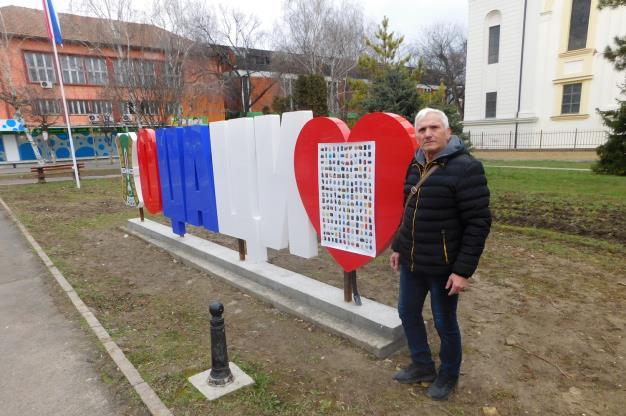


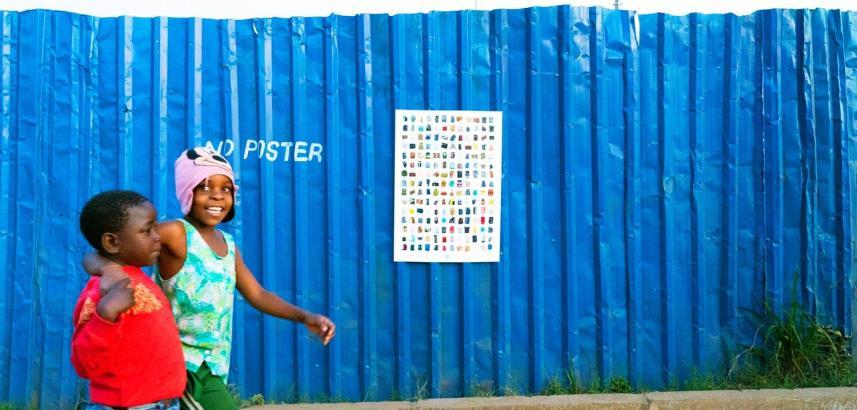
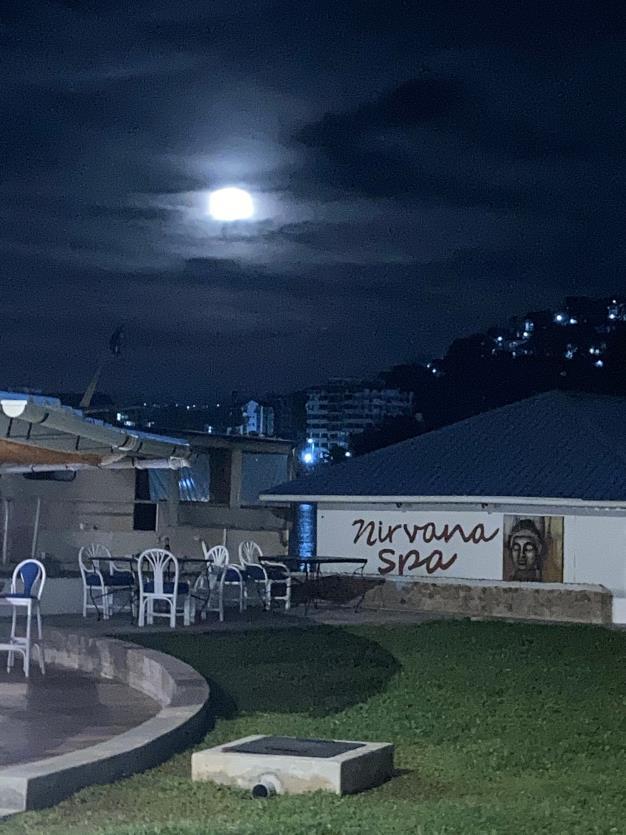
195


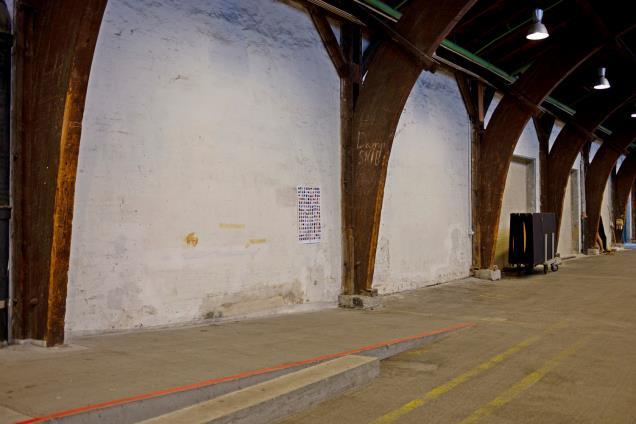
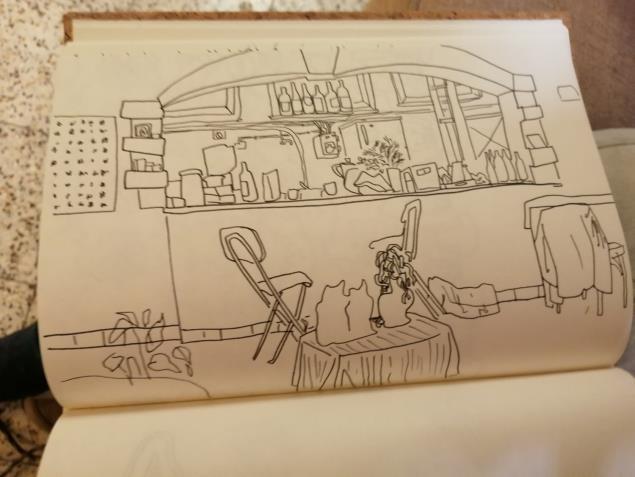
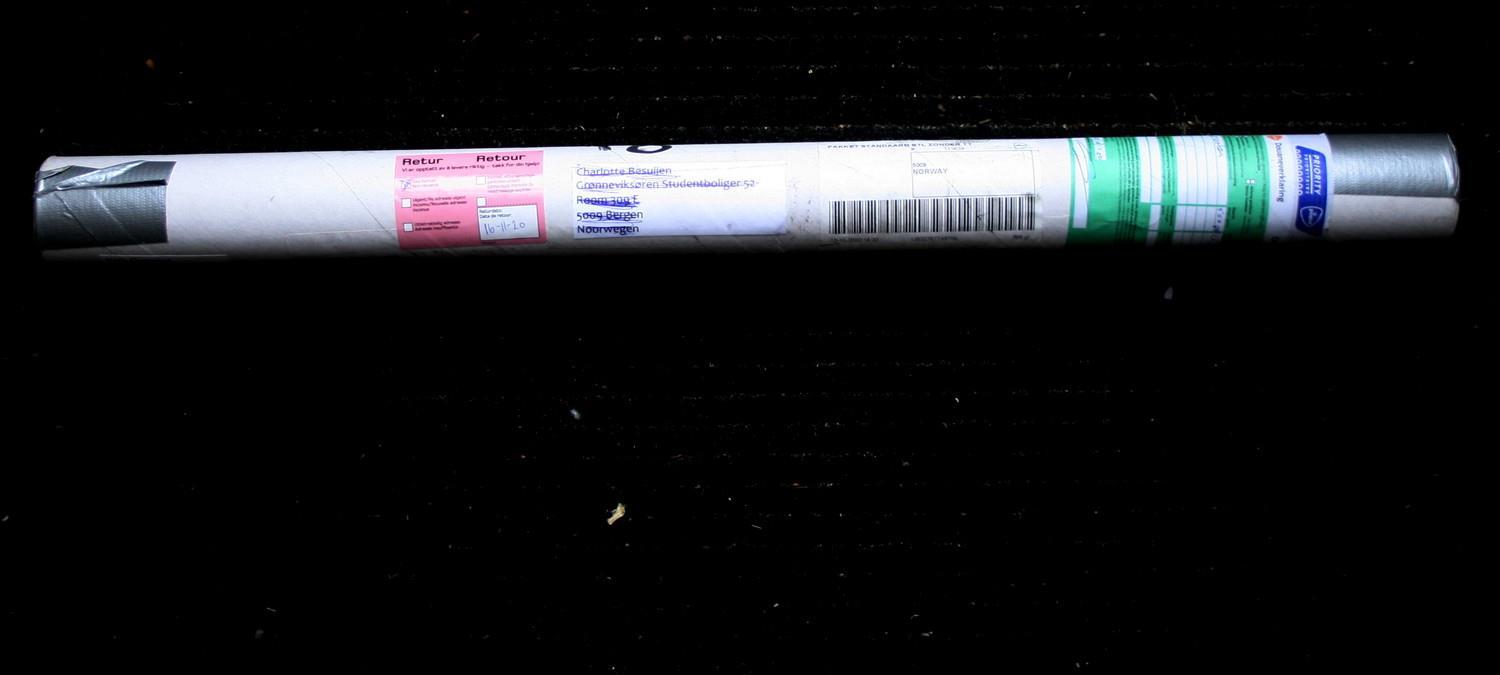
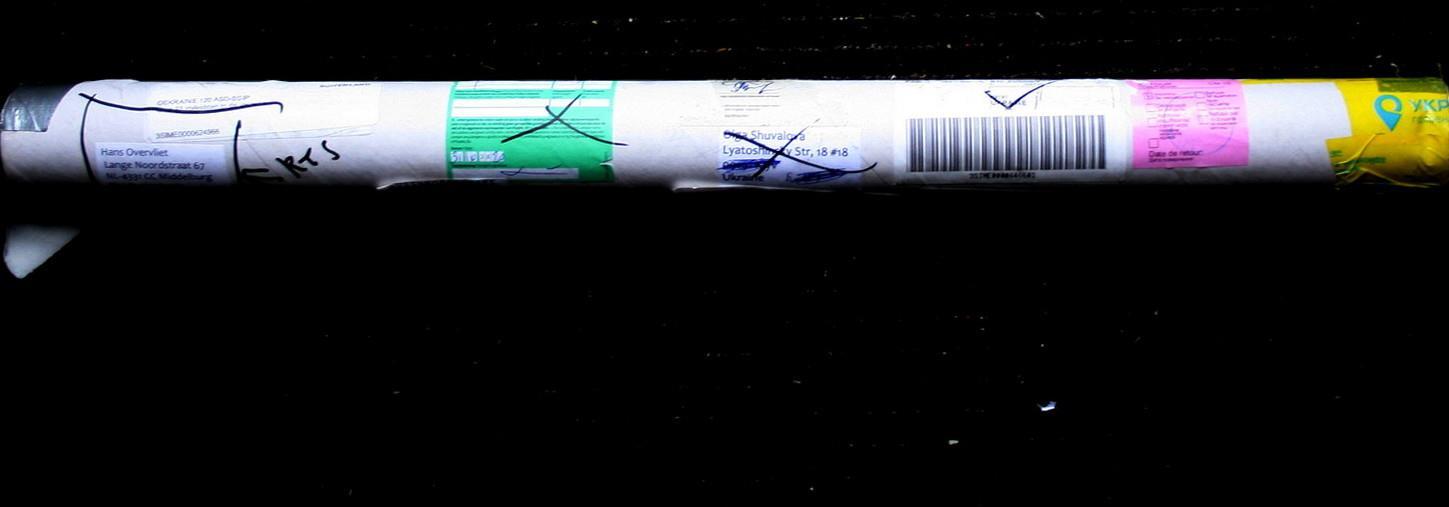
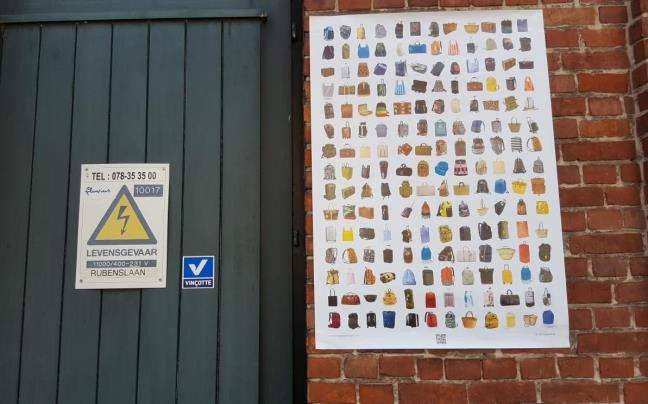
196
St. Petersburg | back to sender
Ukraine | back to sender
Bergen | back to sender

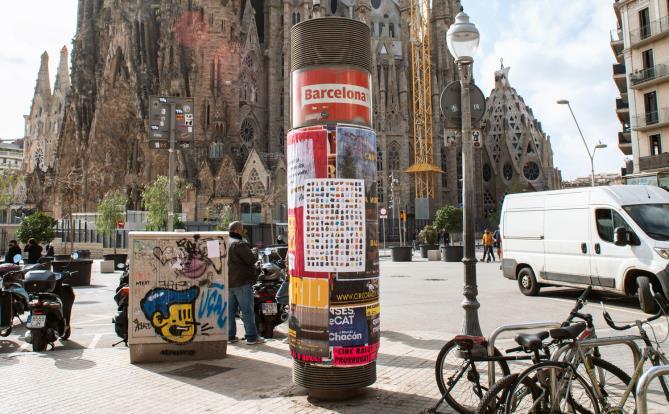
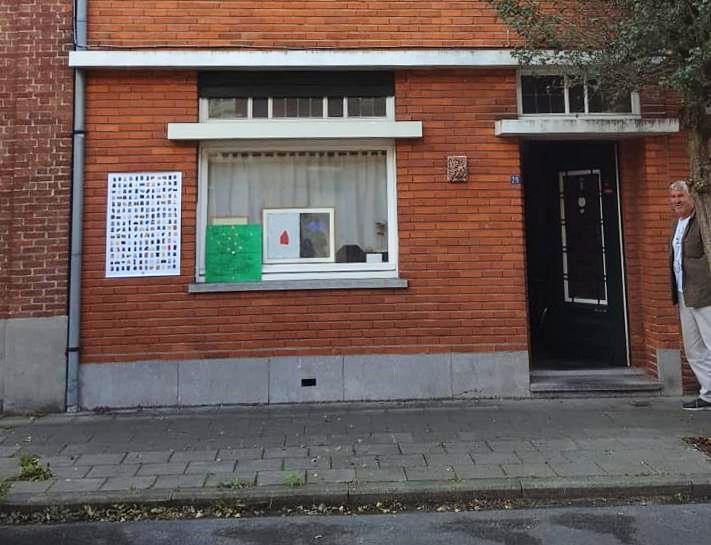
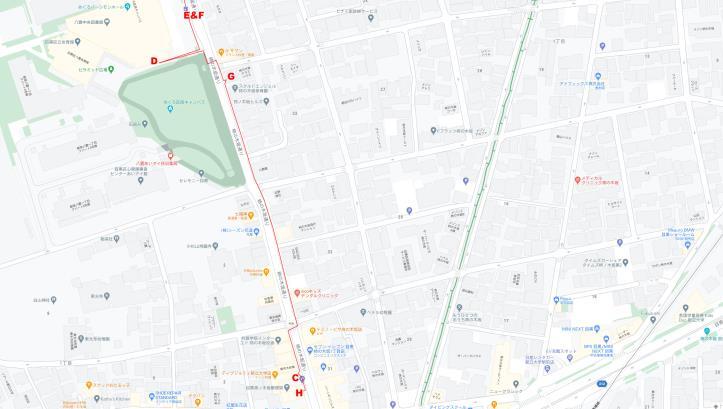
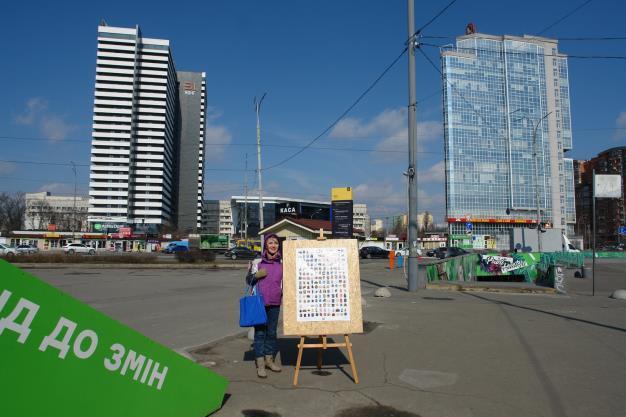
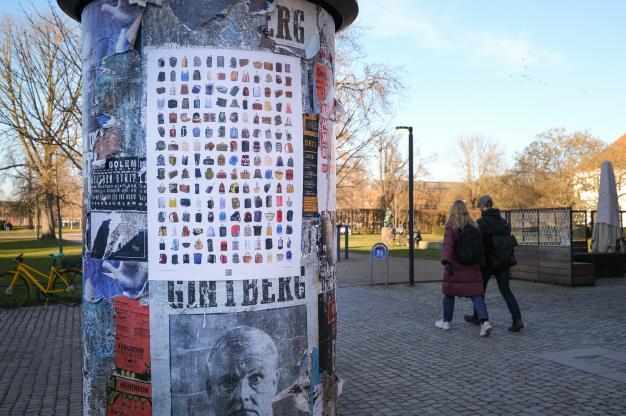
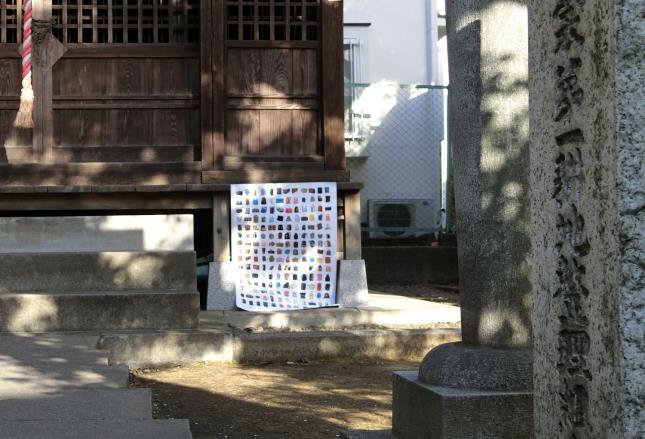

197

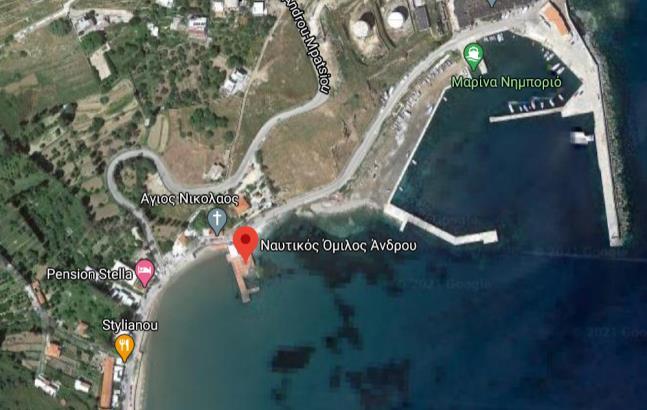
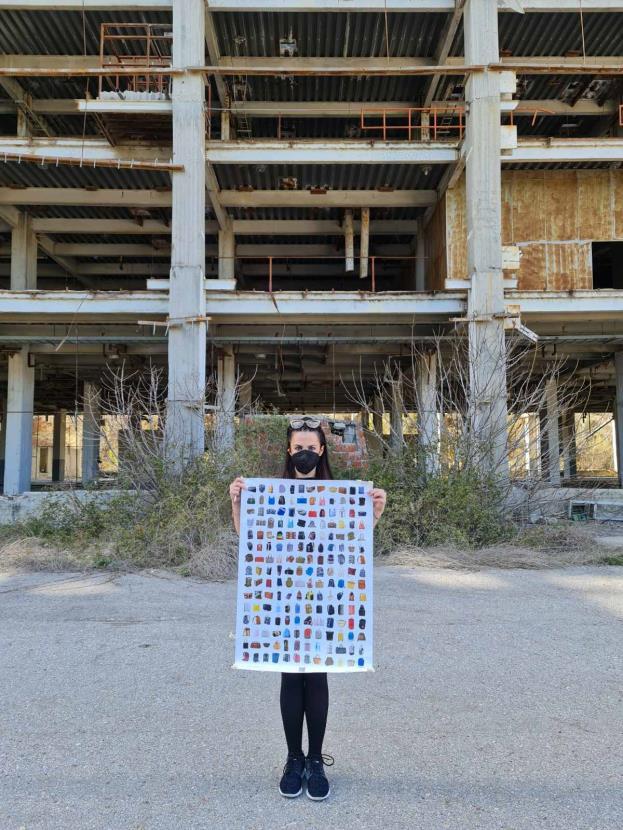

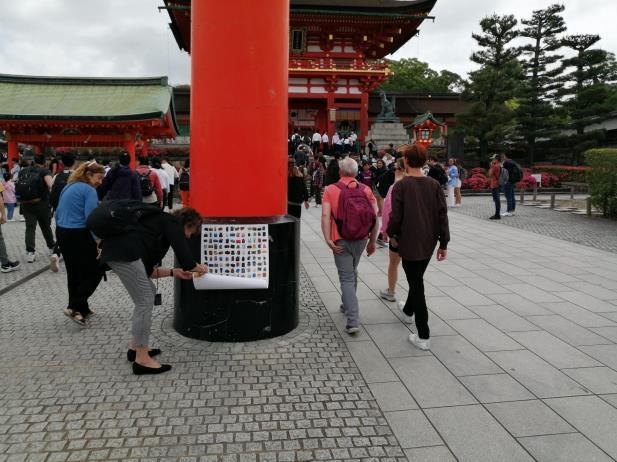
198
Hamburg | back to sender
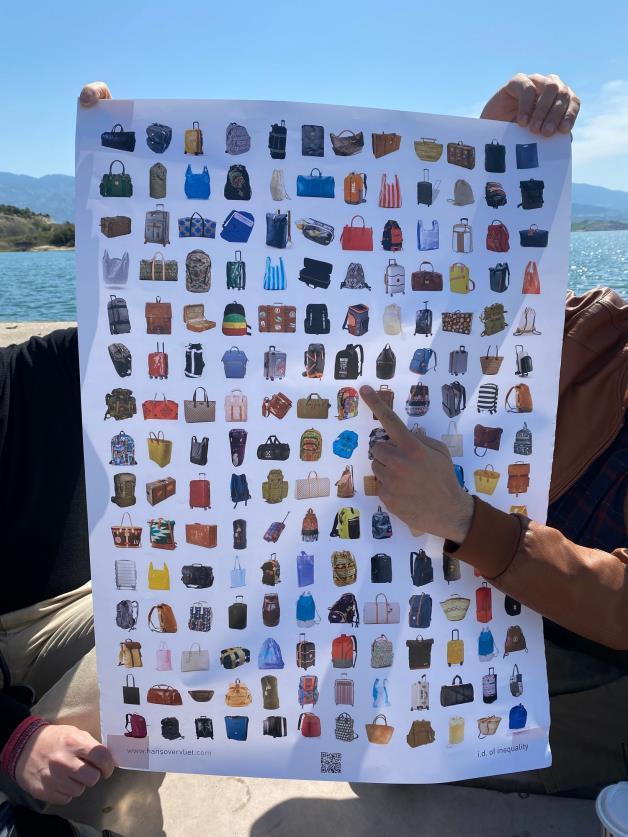
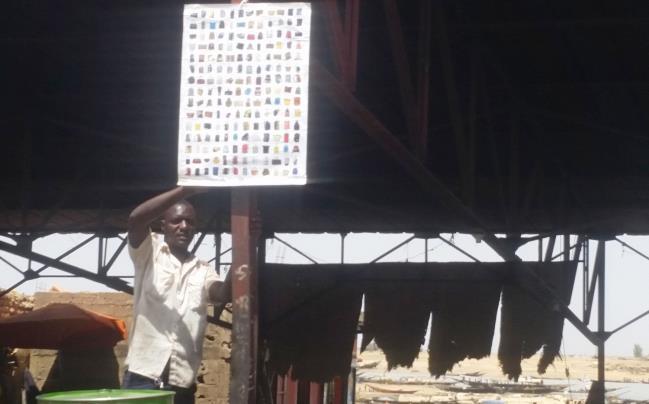

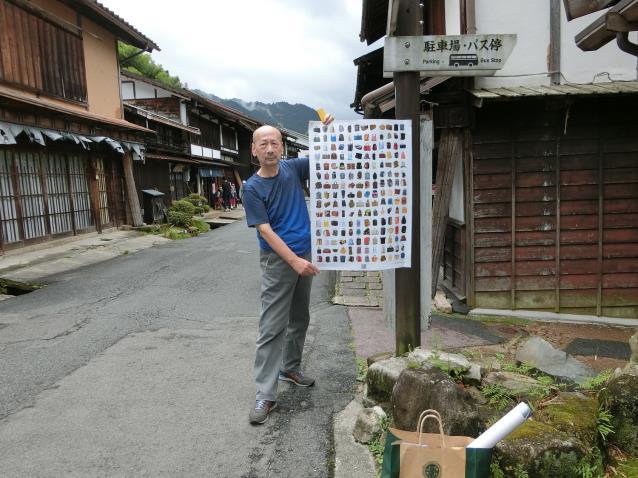

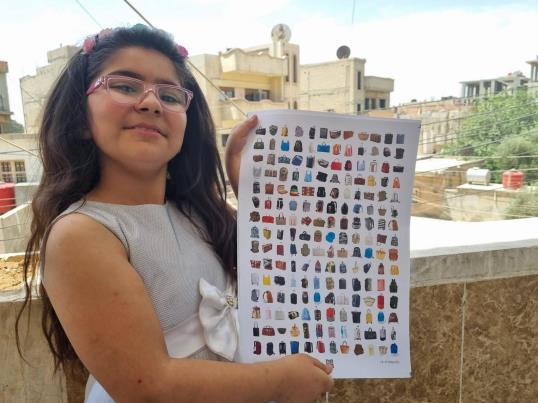
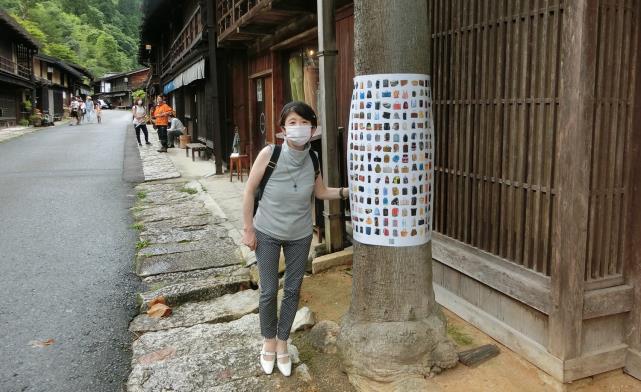
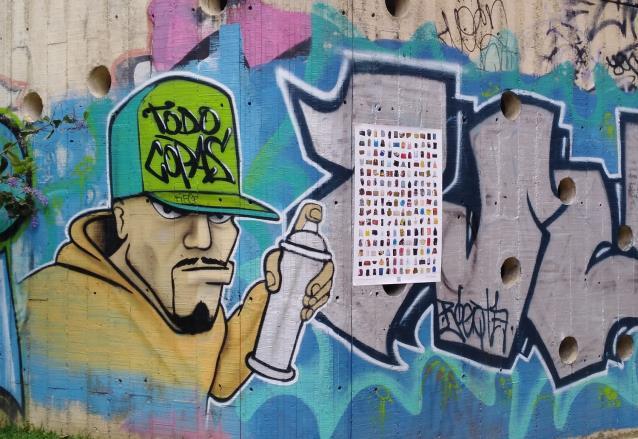
199
200 DISTANT SUFFERING XXII | i.d. of inequality / mensen&plaatsen | people& placesISO-code
On how people reacted
Kia ora Hans!
I am reaching out to deliver images of the placement of the 'i.d. of inequality' poster in Tāmaki Makaurau, Aotearoa (Auckland, New Zealand).
I thought this was appropriate timing to install the poster as after 169 days of freedom, covid-19 has gotten past the border of Aotearoa and the need for travel has sent us back into a complete lack of mobility. After one case we are in a severe lockdown where we cannot leave home except for essential services (food, medical attention), and to exercise within our local area. I was able to get out and install your art-work by riding my cargo bike.
The location your poster found, after a lot of consideration from my end, was one of the first we considered as a relevant place for RM (Gallery and Project Space – ho ). I placed it on Karangahape Road, which is a place of gathering for many diverse communities in Tāmaki Makaurau, and part of RM's local area. The crossing has been painted with the progress pride flag designed by artist Daniel Quasar symbolising a more inclusive pride, with colours representing communities of colour and people who are transgender or non-binary, and it's very recognisable as Karangahape.
Karangahape is one of the oldest roads in Aotearoa and existed several centuries before European settlers arrived. In the previous century it became the main shopping centre in the city, then later from the 1970's businesses started to move out of the area and the street became a red light district, and now it is a mix of clubs, arts communities, ethnicities, LGTBQI+ friendly spaces, and some gentrification.
I hope this choice of place is of interest to you, I will try to get more photos of the work as I pass by and send them along if it isn't removed.
Ngā mihi Sarah Mohawk RM
201
People&PlacesISO-code
arrived | gearriveerd
MiddelburgNL | Hans&Willy
VlissingenNL | Dani&Lieke
TilburgNL | Riet&Jan-Willem
EdinburghSCH | Frederick
Den HelderNL | Margo&Abe
SkopjeMK | Arta&Jana
WarenburgNL | Hans&Willy
SchottheideDE | Hans&Willy
BredaNL | Witte Rook | Kyki
OostendeB | Ginette
Den HaagNL | Stef
Sint KruisB | Yves
MiddelburgNL | Hans
AssebroekB | Jean
AntwerpenB | Jen&Frie
Den HaagNL | Ingrid&Robert
AssebroekB | Hans&Birgitte
EindhovenNL | Stef
RotterdamNL | Hans&Willy
BruggeB | Mieke&Frank&Do
VlissingenNL | leon
LeuvenB | Alina&Ruben
Larrés (Huesca)ESP|Lola&Paco
M’burgNL | roofprint pers | Leni
MadridESP | Mária
GoesNL | Ingrid
RotterdamNL | Reinier
OuwerkerkNL | Ingrid
GoesNL | #Loods32 | Iris
Česká SkaliceCZ | Roman
Galerie Luxfer
Middelburg NL [Abbey] | Johan
GazaPS | Mahmoud
Millingen aan de RijnNL | Niki
BruggeB | Jan
BruggeB | Amber
BruggeB | Dominique
ZwolleNL | Peter&Anne
BruggeB | Nicky, Liliane&Chris
Brnocz | Marek
Artist-group Rafani
Prahazc | Artist-group Rafani
Litomyšlzc | Artist-group Rafani
Trenčíncz | Artist-group Rafani
WemeldingeNL | Lily
West KappelleNL | Hans&Willy
FrankfurtDE | Nojan&Anita
RotterdamNL | Tonio
MenatFR | Jan&Arthur
LisseuilFR | Jan&Arthur
Viaduc des FadesFR | Jan&Arthur
Saurret BeserveFR | Jan&Arthur
ClamecyFR | Jan&Arthur
AgersøDK | Jörn&Dorte&Sille Nor
AmsterdamNL | Giel
BremenDE | Anne&Rezan
VeniceIT | Annechien&Mattia
AkenDE | Dani
NorrköpingSE | Ruben&Saleh
BeirutLB | Alina&Nicola
NijmegenNL | Jac.
Saint Éloy-les-MinesFR | Jan
BreskensNL | Hans&Willy
GroningenNL | Ingeborg
Oosterschelde / Goese SasNL | Iris
KralendijkBES | Anne-Marie
RotterdamNL | Niki
KarachiPK | Mehreen
RotterdamNL | Ruben
DublinIE | Néstor
FujianCN | Zhuona
ChongqingCN | Shan
RotterdamNL | Zoë
VlissingenNL | Ko
MiddelburgNL | Leni
ÅfarnesNO | Liselotte
BerlinDE | Rachele&Frederick
WarsawPL | Dani
LuxembourgLU | Willy&Hans
MetzFR | Willy&Hans
StrasbourgFR | Willy&Hans
ColmarFR | Willy&Hans
SélestadFR | Willy&Hans
ZürichCH | Willy&Hans
BaselCH | Willy&Hans
BaselCH | Willy&Hans
LuzernCH | Willy&Hans
Busto Garolfo / MilanoIT
Martina&Manuel
INDEPENDENT ARTISTS
Boat KielDE - KopenhagenDK
Yolanda&Harrie
KopenhagenDK |
Yolanda&Harrie
OsloNO | Yolanda&Harrie
RingebuNO | Yolanda&Harrie
MilanoIT | Willy&Hans
Trollstigen near AndalsnesNO
Yolanda&Harrie
Busto ArsizioIT | Willy&Hans
202
GenoaIT | Willy
BeauneFR | Willy&Hans
SantenayFR | Willy&Hans
ÅfarnesNO | Yolanda&Harrie
Dakar/ Île de GoréeSN | Hamath
NairobiKE | Jochem
MallorcaSP | Marcos / Espai St.Marc
WienAT | Gudrun / hinterland
WienAT | Markus / Kulturdrogerie
KasselDE | Jürgen O. / no institute
VilniusLT | Dainius / VITRINA&Bench
HelsinkiFI | Kamilla&Mirva
Forum Box
MwanzaTZ | Alma&Kiran
GeelongAU | David / Fluxux Study
Veliko TurnovoBG
Lars&Denitsa / Heerz Tooya
Quebec CA | Rejean
Field Study International
AntwerpBE | Pierre / Linkeroever
OdzaciRS | Nenad / M.A.S.
LeidenNL | Karl
BergenNO | Charlotte
LisbonPT | Katie
BergenNO | Charlotte
People&PlacesISO-code
arrived | gearriveerd
VlissingenNL | Jorieke / Kipvis
TallinnEE | Kaarel / Galerii Metropol
MiddelburgNL | Hans&Willy
GothenborgSE | Anders / Galleri 54
LeidenNL | Romee
AarhusDK | Sasha
Juxtapose Art Fair
BruggeBE | Sylvia
VlissingenNL | Ramon
decreet/concreet
TokyoJP | Masako
Masako Ito Design
BarcelonaCAT | Arnau
OdenseDK | Mikkel / M100
MiddelburgNL | Hans&Willy
PortoPT | Emerenciano
KyivUA | Oleg&Olga / HLEBZAWOD
AndrosGR | Artisan Art Is A Need
Aristea Gravou
KozaniGR | Annita Koutsonanou
Architecture Studio
TokyoJP | Michiyo Nishikubo
MoptiML | Ibrahim
AthensGR | Aemilia
Al-HasakahSY | Rosh
NürnbergDE | Willy&Hans
Na Chom ThianTH |
Yvonne&Mia&Rien
Česká SkaliceCZ | Willy&Hans
ŠonovCZ | Willy&Hans
PilzenCZ | Willy&Hans
WütrzburgDE | Willy&Hans
MedellínCO | Tulio
Tsumago (Gifu )JP | Ryusoke
HamburgDE | Willy&Hans
Aotearoa / AucklandNZ | Ena&Sarah
RM Artists Space
AschaffenburgDE | Willy&Hans
TilburgNL | Riet&Jan-Willem
Sea Foundation
StockholmSE | Rikard Fåhraeus
Studio44
RemersdaalBE | Rémersdael
Rèbiévå [Rembierval]
Deinze BE/ GentBE |
Katelijne De Corte
Jonas Lescrauwaet | plavvorm
LübeckDE | Willy&Hans
BelgradeSR | Katarina
Remont Gallery
StockholmSE | Willy&Hans
QuakenbrückDE | Hans&Willy
TiranaAL | Lauresha
Gallery70
Los AngelesUSA | Durden and Ray
Carlos Beltran Arechiga
LondonGB | ArtCan | Doris Ernst
Raststaette Kreuz Oberpfalzer
WaldDE | Hans&Willy
PísečnáCZ | Willy&Hans
LondonGB | Klio Krajewska
CapetownZA | Johan de Koning
Zeitz MOCAA
Port ElisabethZA | Johan de Koning
ReimsFR | Hans&Willy
KyotoJP | Hetty
Fushimi Inari Shrine
203
onderweg met de post | on the way y post
AnkaraTR | team Kova Art Space
IstanbulTR | Emre / Tasarım Bakkalı
CopenhagenDK | Niels
Buenos AiresAR | Fernando García
ColumbusUSA | John M.
TochigiJP | Keiichi
JolietteCA & MontréalCA | Elaine
KobeJP | Reiko
BarcelonaCAT | Bernat / Nüria
AthensGR | Faidra
SichuanCN | Huang
CairoEG | Sophie
People&PlacesISO-code
Disappeared
South DartmouthMA / USA | Katrina
BeijingCN | Liu
Torteval-QuesnayFR | Philippe
LondonGB | Gemma
HaarlemNL | Marco
RamallahPS | Tina
StellenboschZA | Neeltje
Poster onder weg / on its way
Kova Art Space | team | AnkaraTR
Tasarım Bakkalı | Emre Akçora | IstanbulTR
Nunagawa Campus / Gallery Yuyama | Tokamachi CityJP
Verein Gängeviertel e.V. | Nadine Schwalb | HamburgDE
Visual Art Forum Ramallah | Palestine
E.T.A.J. | BucharestRO
ÖSKG Tsjörnedala Konsthal | SimrishamnSE
Commons | Selman Trtovac | BelgradeRS
back to sender
BrnoTN | Joost&Katie
St. PetersburgRU | Irina / FFTN
twice: HamburgDE
Nadine Schwalb
Verein Gängeviertel e.V.
204
∙
∙
∙The Netherlands
Scotland
Macedonia
Germany
Belgium
Spain
Catalonia
Gaza / Palestine
Czech Republic
Slovakia
France
Denmark
Italy
Sweden
Lebanon
Dutch Islands / Bonaire
Pakistan
Northern Ireland
China
Norway
Poland
Luxemburg
Switzerland
Senegal
Kenia
People&PlacesISO-code
countries in order of 1st contact
Greece
Canada
Austria
Finland
∙
Lithuania
Turkey
Ukraine
Russia
Bulgaria
Mali
Australia
Argentina
U.S.A.
Japan
∙
Israel
Egypt
Romania
Albania
U.K.
Serbia
South Africa
∙
Serbia
Portugal
Colombia
Estonia
New Zealand
Thailand
Syria
South Korea
Jordan
Tunesia
West Bank / Palestine
205
aangekomen / arrived
betrokken kunstenaarsinitiatieven | artists' initiatives involved
WITTE ROOK | BredaNL | Kyki Vermaire
Galerie Luxfer | Česká SkalicaTN | Roman&Kate
Art collective RAFANI | PragueTN / BrnoSK | Marek Meduna
INDEPENDENT ARTISTS GALLERY | Busto GarolfoIT | Martina&Manuel
Espai St.Marc | MallorcaSP | Marcos Vidal Font
hinterland | WienAT | Gudrun Wallenböck
Kulturdrogerie | WienAT | Markus Hiesleitner
no institute | KasselDE | Jürgen O. Olbrich
VITRINA&Bench | VilniusLT | Dainius Liškevičiu
Forum Box | HelsinkiFI | Kamilla Billiers & Mirva Tarvainen
Field Study International | GeelongAU | David Dellafiora
Heerz Tooya | Veliko TurnovoBG | Lars Nordby
Circulaire132 | QuebecCA | Rejean F. Côté
linkeroever | AntwerpBE | Pierre Coric
Multimedial Art Studio | OdzaciRS | Nenad Bogdanovic
Galerii Metropol | TallinnEE | Kaarel Kütas
Galleri 54 | GothenborgSE | Anders Göransson
Juxtapose Art Fair | AarhusDK | Sasha Rose Richter
kunstwerkplaats Kipvis | VlissingenNL | Jorieke Rottier
Masako Ito Design | TokyoJP | Masako Ito
decreet/concreet | VlissingenNL | Ramon de Nennie
M100 | OdenseDK | Mikkel Larris
Gallery Emerenciano Rodrigues | PortoPT
HLEBZAWOD | KyivUA | Oleg Kharchenko & Olga Shuvalova
Artisan Art Is A Need | AndrosGR | Aristea Gravou
Annita Koutsonanou Architecture Studio | KozaniGR
RM Artists Space | Aotearoa / AucklandNZ | Ena & Sarah
Sea Foundation | TilburgNL | Riet&Jan-Willem
Studio44 | StockholmSE | Rikard Fåhraeus
plavvorm | Deinze BE/ GentBE
Katelijne De Corte & Jonas Lescrauwaet
Remont Gallery | BelgradeSR | Katarina Katarina Petrović
Gallery70 | TiranaAL | Lauresha Basha
Durden and Ray | Los AngelesUSA | Carlos Beltran Arechiga
ArtCan | LondonGB | Doris Ernst
Zeitz Museum of Contemporary Art Africa | CapetownZA
Johan de Koning
Poster onder weg / on its way
Kova Art Space | team | AnkaraTR
Tasarım Bakkalı | Emre Akçora | IstanbulTR
Nunagawa Campus / Gallery Yuyama | Tokamachi CityJP
Verein Gängeviertel e.V. | Nadine Schwalb | HamburgDE
Visual Art Forum Ramallah | Palestine
E.T.A.J. | BucharestRO
ÖSKG Tsjörnedala Konsthal | SimrishamnSE
Commons | Selman Trtovac | BelgradeRS
206
Werk in tentoonstellingen
Selectie foto’s
Abdijcomplex MiddelburgNL | 01/07/’20 – 29/09/2020
De catalogus in wording de roofprint pers
MiddelburgNL | 05/07/’20 – 31/08/’20
MEN OF (STREET ART) | Independent Artists Gallery
MilaanIT | 04/10/’20 – 31/10/’20
Pakje Kunst Museum | TilburgNL
Gallery Emerenciano Rodrigues | PortoPT
Luxfer Open Space | Česká SkaliceCZ
Galerie METROPOL | TallinnEE
Slipvillan op Långholmen | StockholmZW
Work in exhibitions
Selection pictures
Abby Complex MiddelburgNL | July 1st – September 29, 2020
The catalog in the making de roofprint pers
MiddelburgNL | July 5, 2020 – August 31, 2020
MEN OF (STREET ART) | Independent Artists Gallry
MilanIT | October 4 – October 31, 2020
Pakje Kunst [ Small Package ] Art Museum | TilburgNL
Gallery Emerenciano Rodrigues | PortoPT
Luxfer Open Space | Česká SkaliceCZ
Galerii METROPOL | TallinnEE
Slipvillan on Långholmen | StockholmSE
207
DISTANT SUFFERING | het project
Hans Overvliet onderzoekt sinds 2013 de rol van de massamedia met betrekking tot berichtgeving over (militair) geweld en de vervagende herinneringen aan geweld door middel van dit work in progress: DISTANT SUFFERING.
Overvliet was als verslaggever ooggetuige van de gebeurtenissen in het Midden-Oosten in de jaren tachtig. Deze ervaringen komen tot uiting in het lijden op afstand.
De titel van het project is ontleend aan het boek Distant Suffering, Morality, Media and Politics van Luc Boltanski.
Overvliet hanteert een ogenschijnlijk controversiële strategie: die van poëtische beelden, geïnspireerd door de woorden van Percy Bysshe Shelley (1792 - 1822): Dichters zijn de niet-erkende wetgevers van de wereld.
Met DISTANT SUFFERING onderzoekt Hans Overvliet ook het ‘eigendom’ van het incident versus het ‘eigendom’ van de documentatie ervan.
De gekozen thema's hebben een sterke band met de beeldcultuur in het algemeen, met name de informatieoverload en het onnadenkend gebruik ervan.
In de kunstreeks DISTANT SUFFERING stelt Overvliet ook de rol van de toeschouwer en zijn eigen rol als kunstenaar in vraag, evenals de neutraliteit en veiligheid van de kunstruimte.
DISTANT SUFFERING | the project
Hans Overvliet, since 2013, investigates the role of the mass media with regard to reporting on (military) violence and the fading memories of violence by means of an ongoing artseries: DISTANT SUFFERING.
As a reporter, Overvliet was an eyewitness to the events in the Middle East during the 1980s. These experiences resonate in distant suffering.
The title of the project is taken from Luc Boltanski’s book Distant Suffering, Morality, Media and Politics.
Overvliet employs an apparently controversial strategy: that of poetic images, inspired by the words of Percy Bysshe Shelley (1792 – 1822): Poets are the unacknowledged legislators of the world.
With DISTANT SUFFERING Hans Overvliet also investigates the ‘ownership’ of the incident, versus the ‘ownership’ of its documentation.
The chosen themes have a strong connection to visual culture in general, particularly the information overload and its thoughtless consumption.
In the art-series DISTANT SUFFERING, Overvliet questions also the role of the viewer and his own role as an artist, as well as the neutrality and security of the art space.
208
Colophon
Thanks to all the people on the previous page & Poster A1 | edition 1-7
DTP | Rinus Roepman for Snowball
Print | de Witte print&design
Feedback
Willy van Houtum | Giel Louws | Thijs Breel
Texts
W.F.T. van Houtum
Hans Overvliet
Cummunity
Alina&RubenDE/NL/B | MargoNL | Witte RookNL
IngridPS/TN/SY/JO | HansB | NéstorES/IE
Luxfer GalleryCZ | JohanZA | TakakoJP | JuneCH | LoekBES
ManuelIT | Artist-group RafaniTN/SK | VassilisNL/GR
JanGA/TZ | RinusSN/ML | JanID | NúriaCAT | ElenaGR | EllenEG/TH
SuzanneIL/PS | mail-art network / Verlag Lutz WohlrabDE KaarelEE | NO-INSTITUTE / Jürgen Olbrich - KasselDE
Exhibition Places
Abbey Complex | MiddelburgNL
Roofprintpers | MiddelburgNL
Loods#32 | GoesNL
MEN OF (STREET ART) | Independent Artists | MilanIT
Photo editing | Hans Bommeljé
Luxfer Open Space | Česká SkaliceCZ
Galerii METROPOL | TalinnEE | Performing Arts Festival
GLOBAL HAPPINESS / ÜLEILMNE ÕNN
Press
Music
Dutch | PZC – English | PZC
vijay iyer & mike ladd: in what language?
Financial support
Vleeshal/Stichting Beeldende Kunst Middelburg (SBKM)
co-sponsoring
209
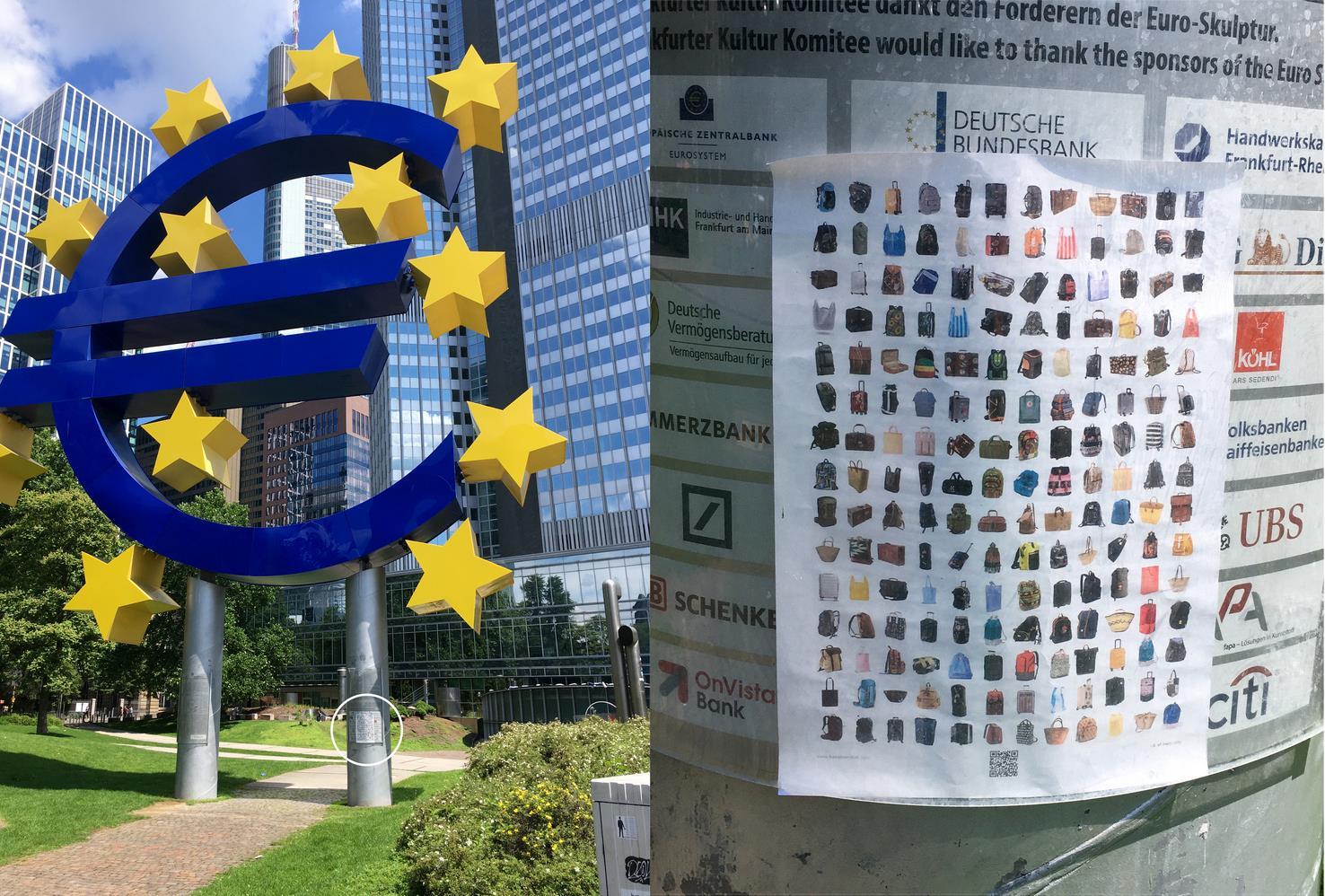
210 DISTANT SUFFERING XXII2 | i.d. of inequality www.hansovervliet.com E.C.B. | FrankfurtDE













































































































































































































 Port ElisabethZA | Johan | Livingstone 20/11/’22
ReimsFR | Hans&Willy | Central Station parking lot | 17/04/’23
Port ElisabethZA | Johan | Livingstone 20/11/’22
ReimsFR | Hans&Willy | Central Station parking lot | 17/04/’23








































































































































































































